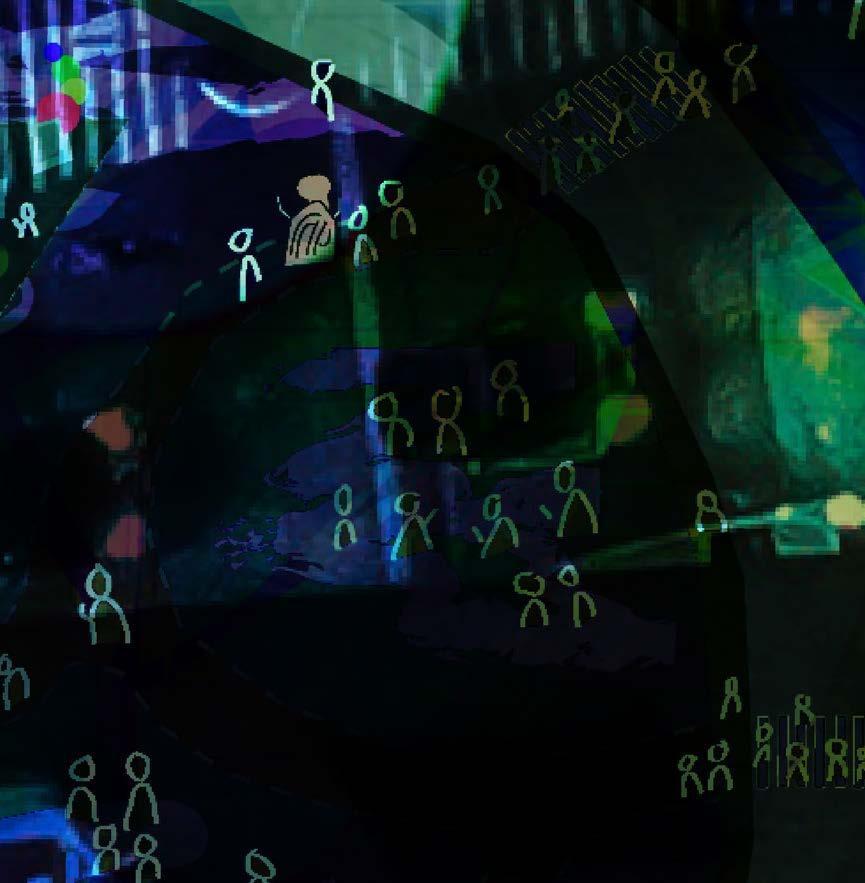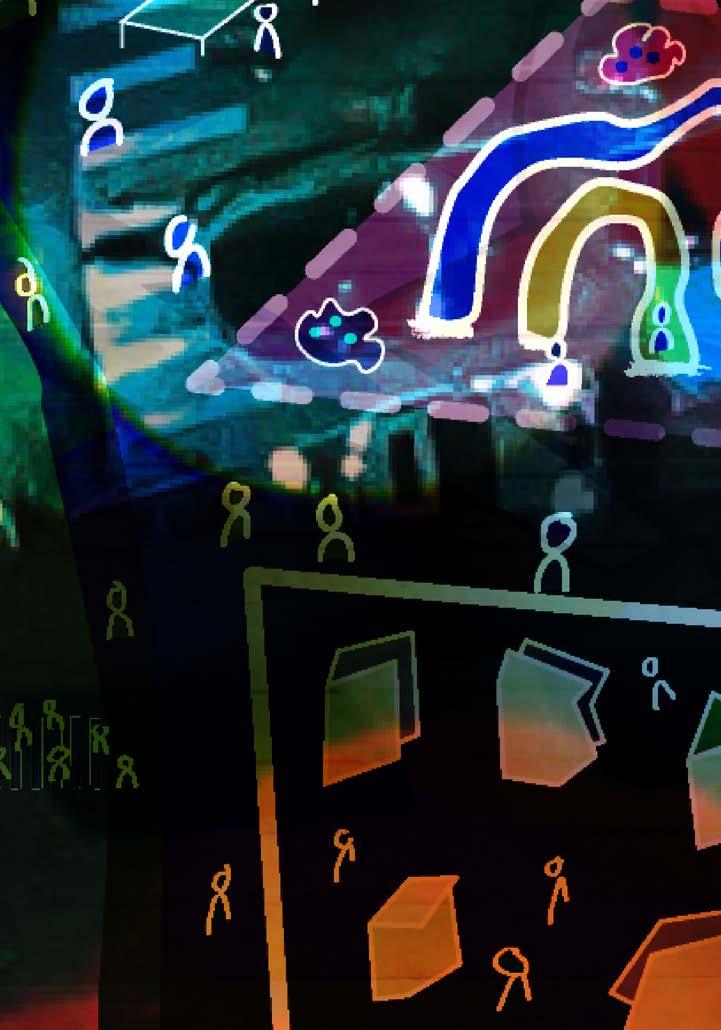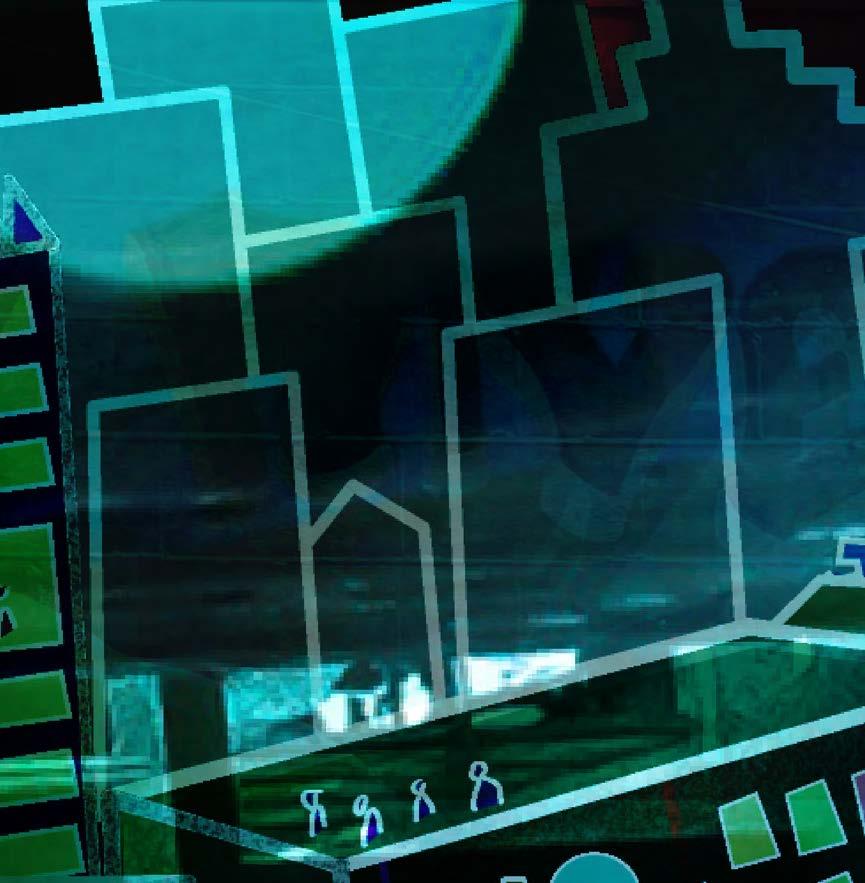
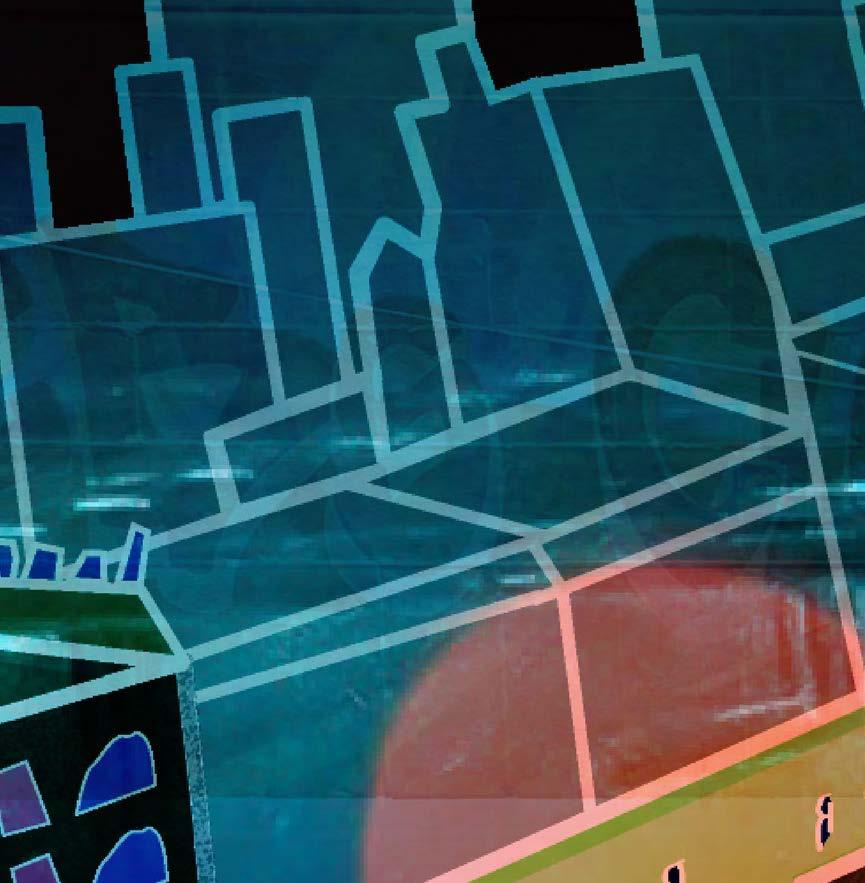



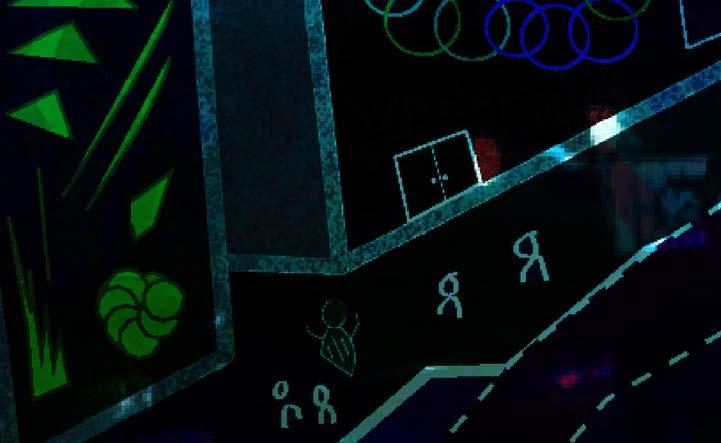









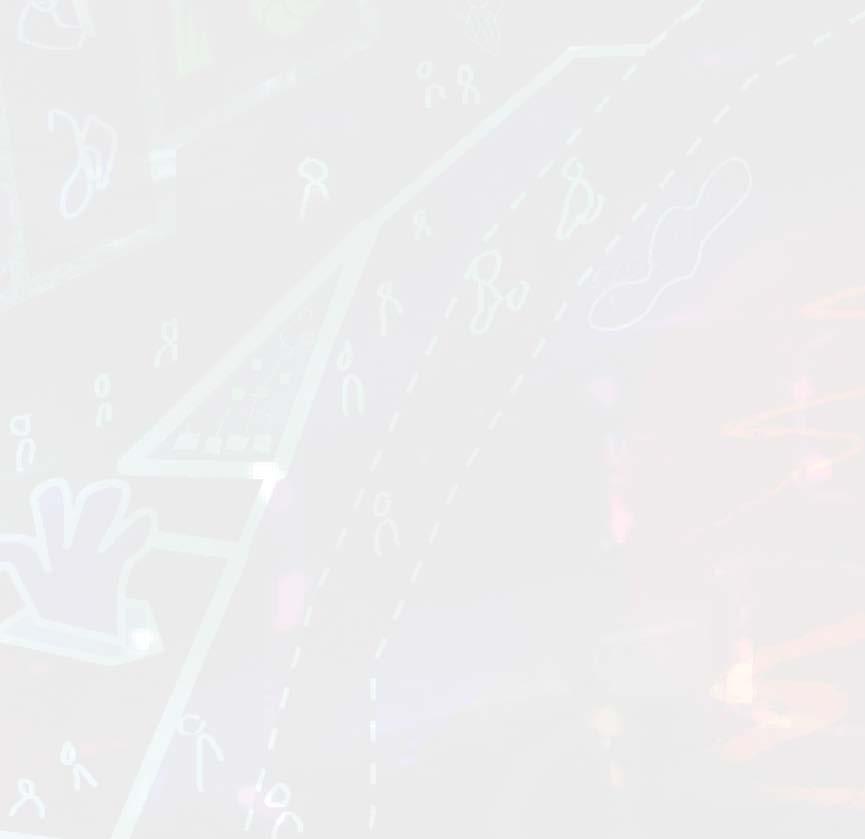


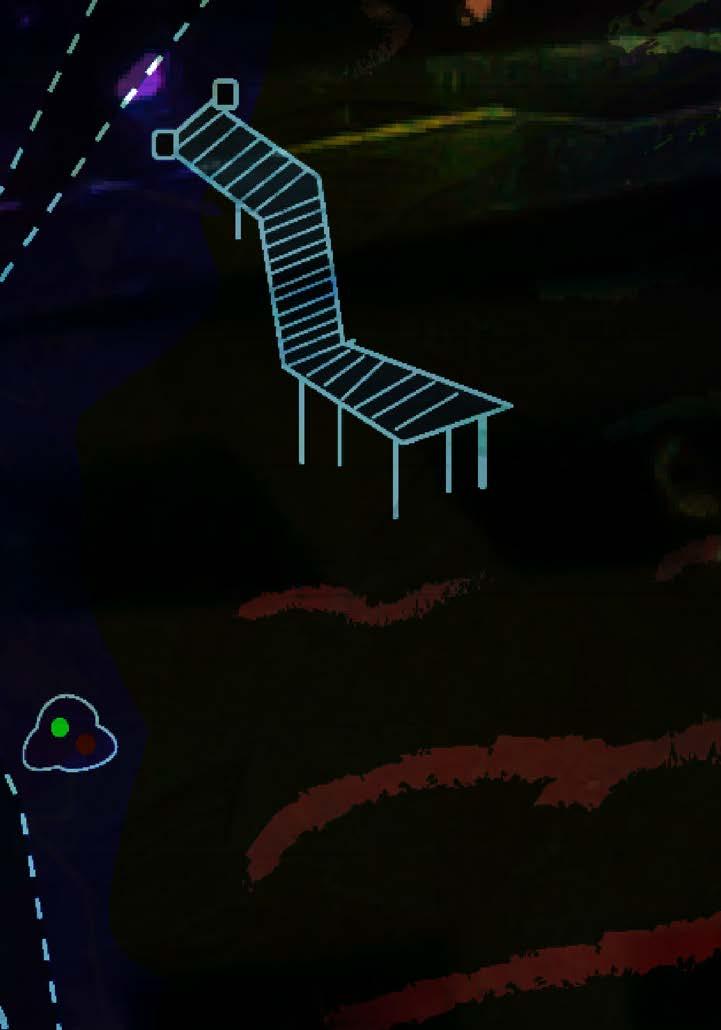




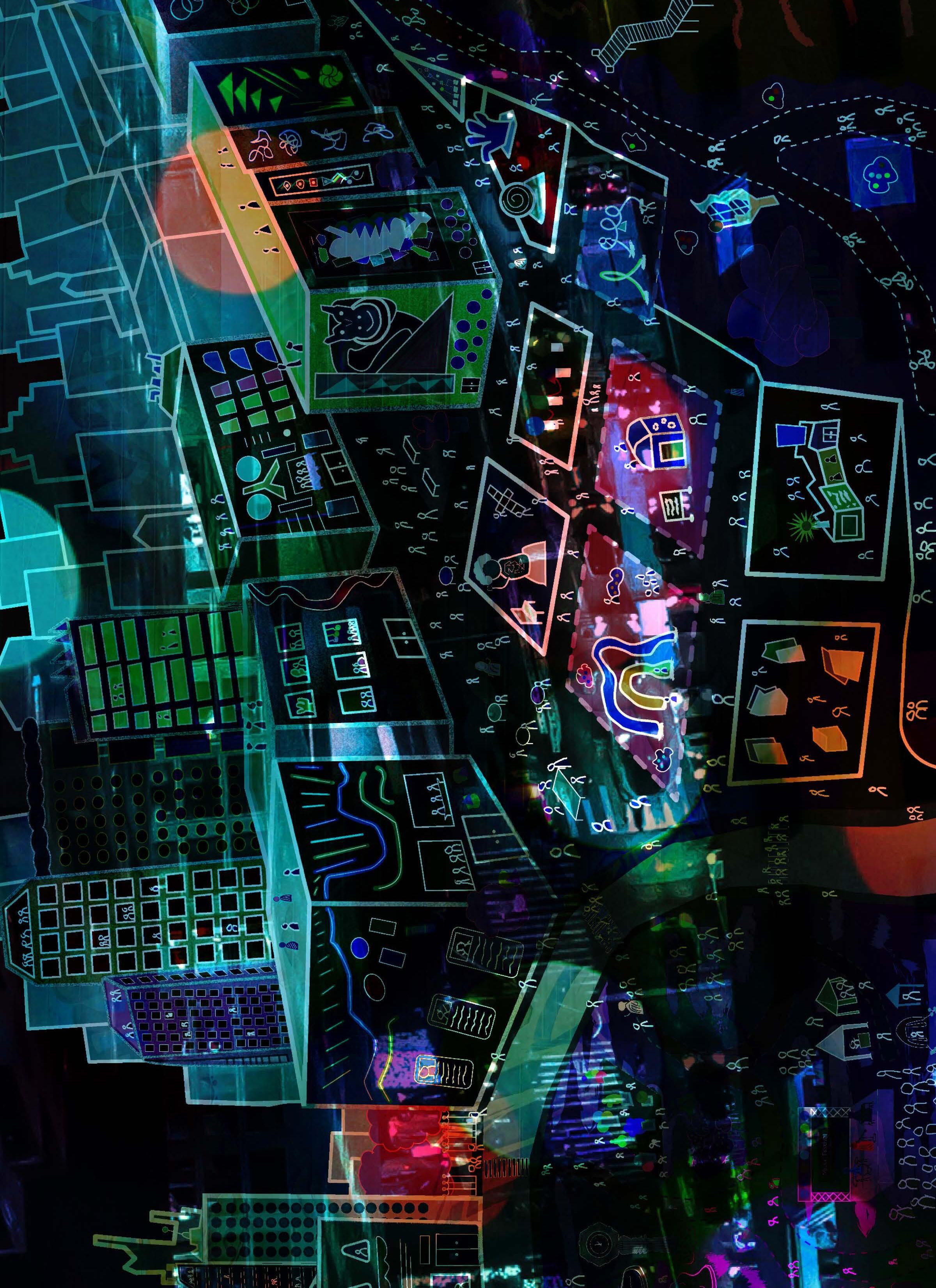
A THESIS PRESENTED TO THE PACIFIC NORTHWEST COLLEGE OF ART AT WILLAMETTE UNIVERSITY
Space Activation: a collaborative exchange between BIPoC artists and cultural institutions
IN PARTIAL FULFILLMENT OF THE REQUIREMENTS FOR THE MASTERS OF FINE ARTS DEGREE
Collaborative Design MFA Program
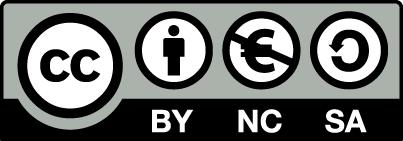

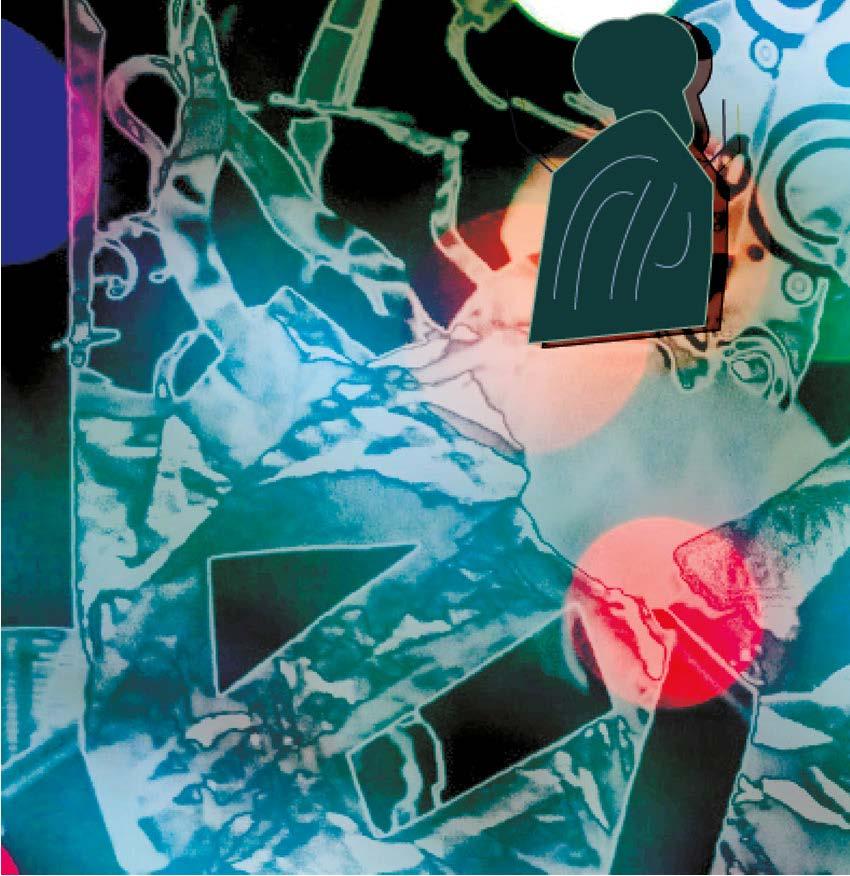
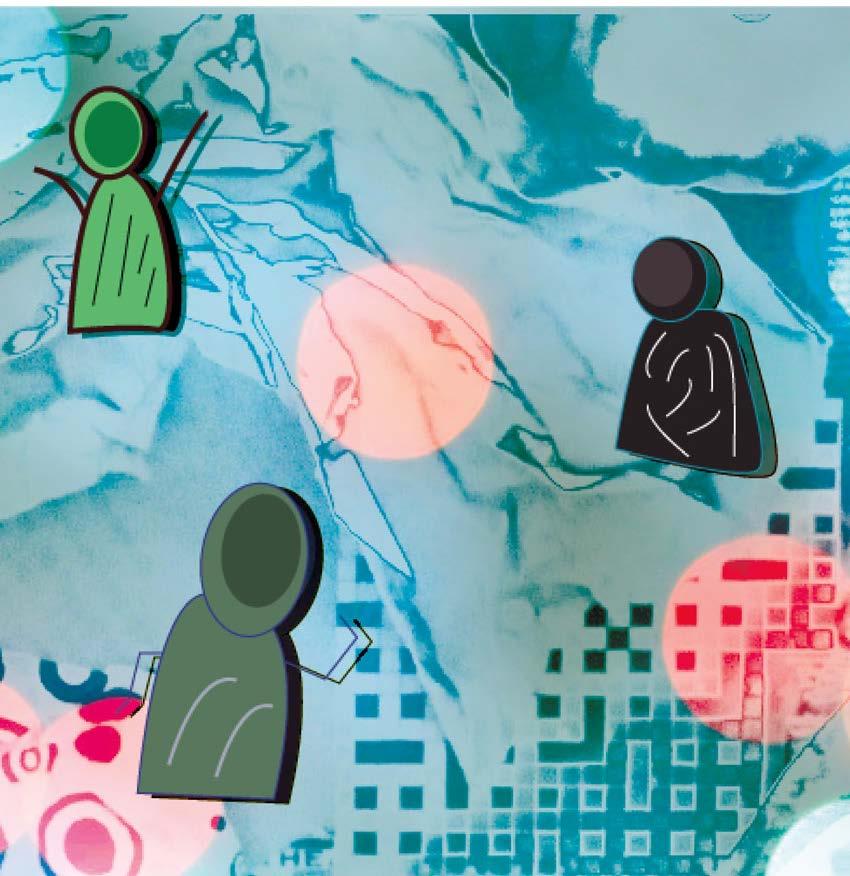



Miguel Rodriguez May 25, 2023
APPROVED BY
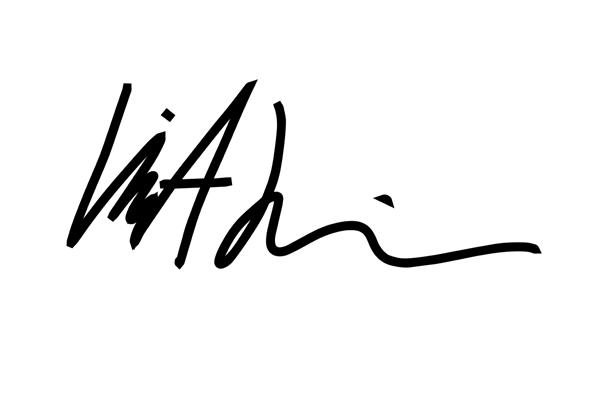
Karim Hassanein
MFA Thesis Mentor

Dave Laubenthal
MFA Thesis Mentor

Skye Morét

Chair of Collaborative Design & Design Systems

Shawna Lipton Academic Director of HFSGS
Cultural institutions have been at the nexus of many conversations about their role in appropriation and extraction. They serve as a perpetual reminder of the lasting effects of colonialism, racism, and capitalism when BIPoC community members engage with institutional content, experiences, and are gate-kept from accessing or creating in these spaces. However, they have also been described as conduits for cultural exchange, preservation, and educational incubators that spark conversation, inspire calls for action, and provide artists with platforms for creativity and expression.
These contradictions briefly highlight the complicated history and relationship between BIPoC community members and our cultural institutions, but it also provides an opportunity for both groups to examine, intervene, and dismantle the underlying causes of these systems of oppression within cultural institution contexts.
My thesis specifically explores how space activation can encourage and foster stronger and healthier collaborations between BIPoC artists and cultural institutions in Portland, and what it can look like through design justice and participatory frameworks. The space activation projects I engaged my stakeholders in helped with the development of new coalitions, increased the number of meaningful, fun, and inspiring artistic collaborations across multiple institutions, and contributed to a more nuanced understanding of how designers and cultural institutions can approach multi-scalable and strategic interventions and solutions with a systems and people-centered approach.
Despite some of the challenges I faced while conducting my research, I remain steadfast in the belief that cultural institutions can and have an obligation to dismantle these oppressive systems and structures, and as a result contribute to a shifting arts and cultural landscape that centers the wellbeing of communities of color.



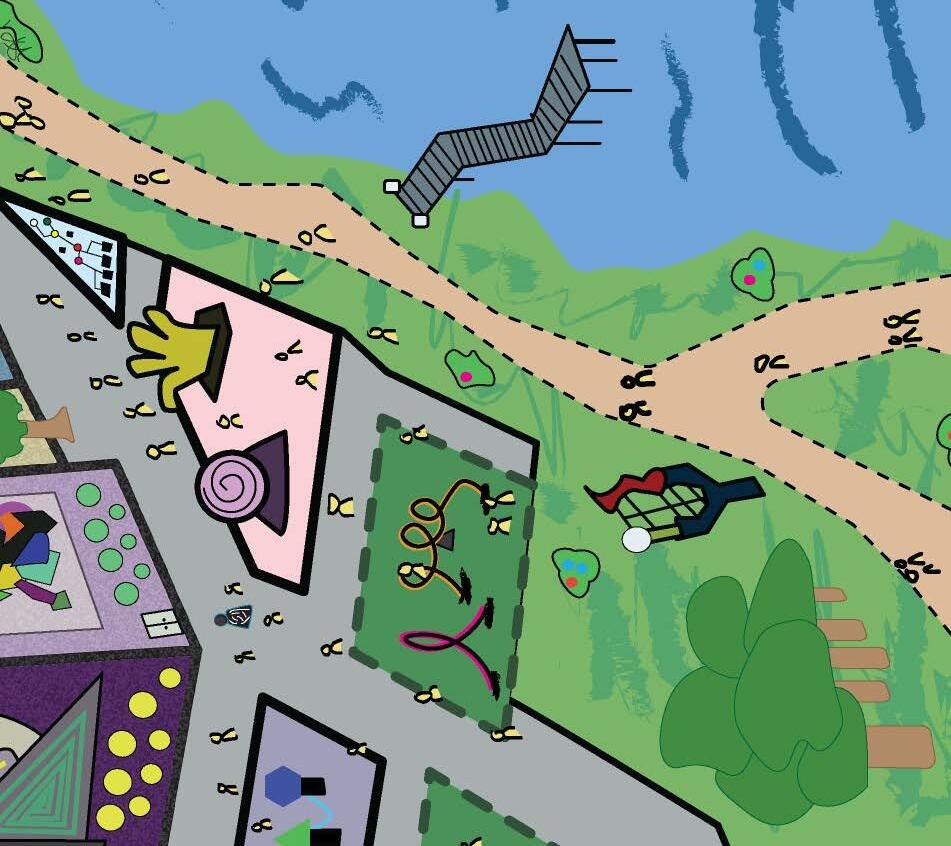
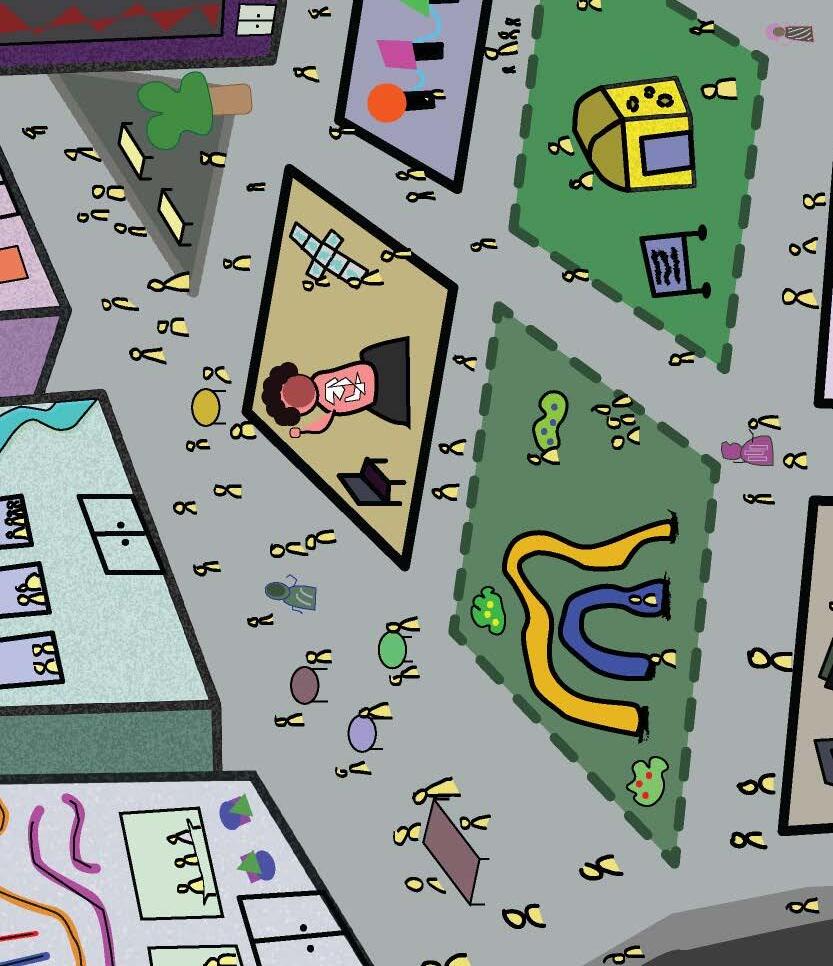
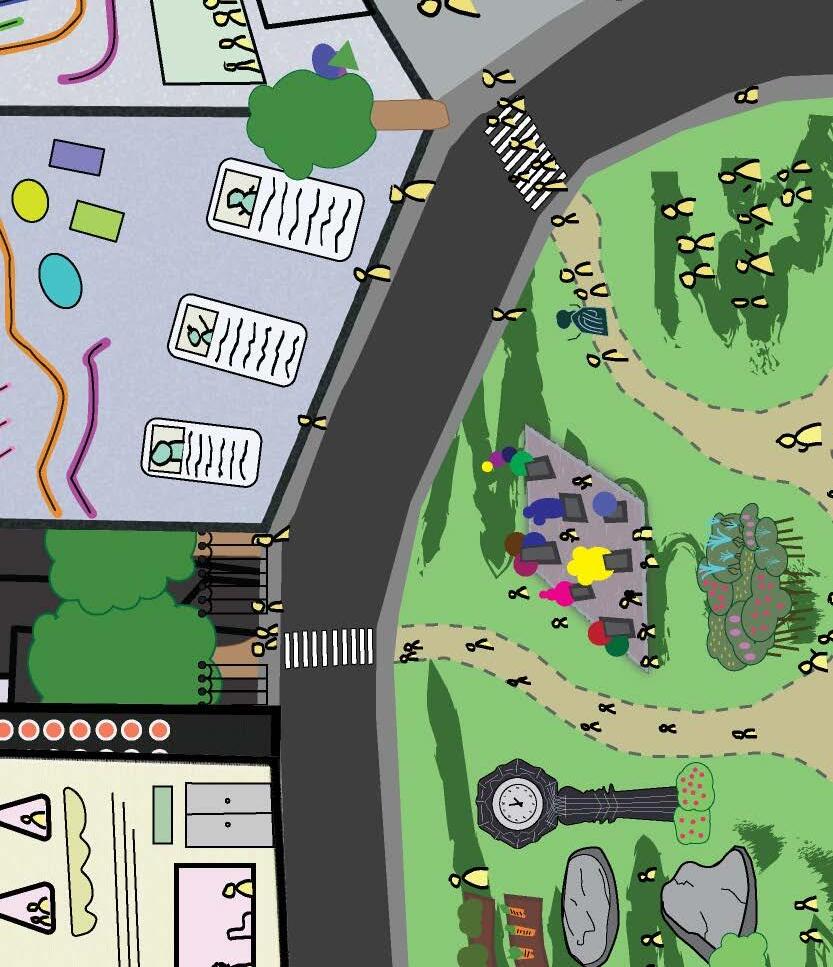


Hello there, and welcome! For those that don’t know me, my name is Miguel Rodriguez (aka Mike Firm), and I’m a Portland-based creative with a focus on multimedia, storytelling, and community building. During the past 10+ years I’ve worked in secondary and higher education, as well as the museum and nonprofit sectors.
And, as of recently, I have also assumed the label of artist/designer; because of this program, this label has felt truer, and it has deeply impacted my work, community organizing efforts, relationships, and more.
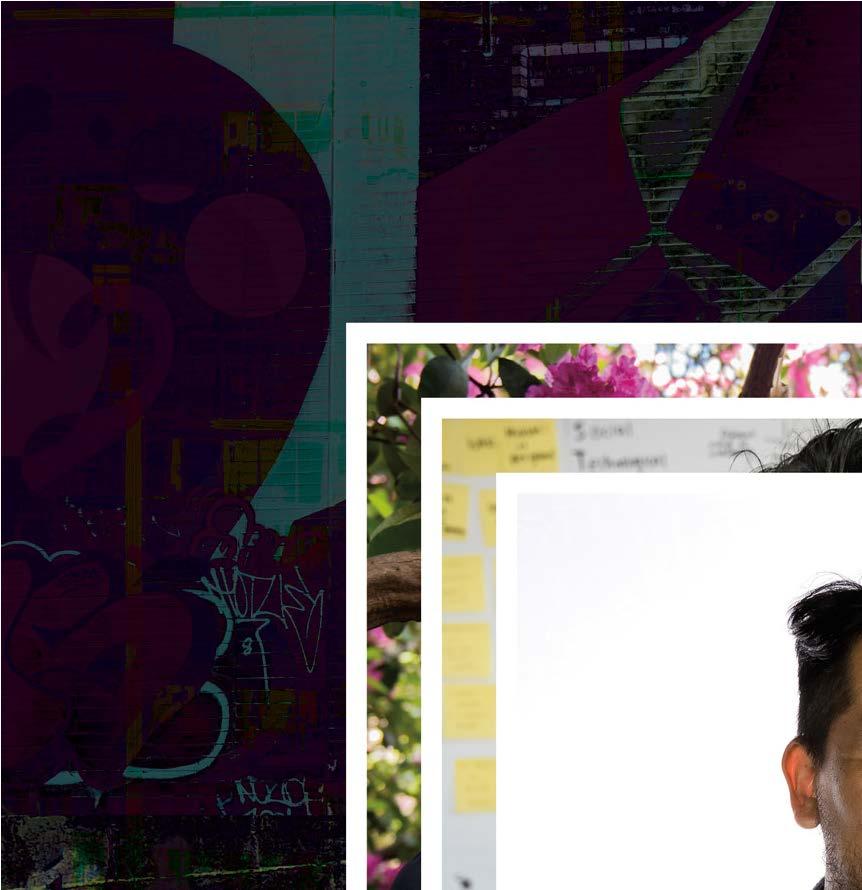


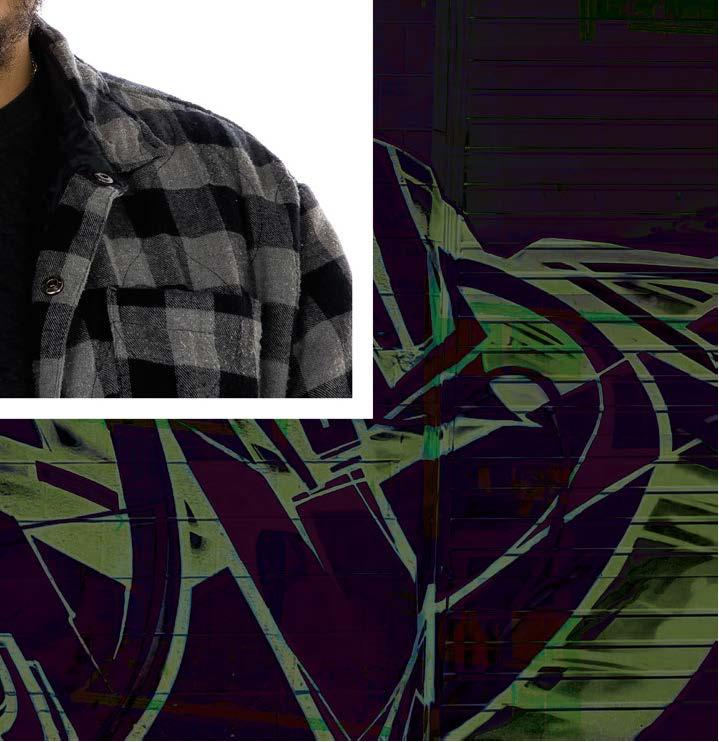
As you explore my thesis, I invite you to tap into this same energy and examine your own relationship to art and design. Maybe it’s the educator in me, but I want you to consider the following while reading:
1.You’re an artist/designer: we all have an inner child that encourages us to be curious, seeks to understand the inherent and hidden complexities of our world, and desires to be creative (minus the label). Follow the thread of a new idea, and see where it takes you without worrying about being right or wrong.
2. Reflect on and dissect the contradictions, but don’t let cynicism consume you: I hope that you experience moments of awe and anger, joy and concern, and imagination and frustration. This should make you uncomfortable in some form or another, especially as it relates to issues and conversations about race and other identity markers.
3.It’s all about context: what might work for me, might not work for you. Think of this as a smorgasbord of information, inspiration, examples, and a call-to-action based on my experiences, research, and process. However, you will need to make it relevant to you, your communities, and your goals.
4.Practice collaboration more frequently: none of this was possible without my communities, loved ones, and colleagues supporting my education, and we never create or design without influence from someone or something else. This requires consistency, intentionality, and constant interrogation of our practices and processes as artists/designers or as members or representatives of a cultural institution.
The last two years have been a whirlwind of a ride... In between juggling full-time grad school, full-time work, and the countless side projects that I probably should've not taken on (just kidding, I love it), I couldn't have done it without the support, collaboration, and insights of my amazing family and friends, colleagues, peers, professors, mentors, and my newfound and growing artist and designer community.
I will probably forget to mention some people, but I want to provide a special shout out to the following people for keeping me sane throughout this program and for believing in the kid. I couldn't have done it without ya'll:
•Adrianne S.
•Aineias E.
•Amy B.
•Andrew N.
•Angie M.
•Anne A.
•Ashley J.
•Bayo O.
•Bevin M.
•Brendy H.
•Cindy RV.
•Daelyn D.
•Daniela E.
•Dave L.
•Edgar H.
•Eric BA.
•Erin D.
•Erin F.
•Erin G.
•Estefania Z.
•Hafsa A.
•Herman D.
•Holly H.
•Jackie I.
•Jonas A.
•Jooyoung O.
•Joy D.
•Joyce C.
•Karim H.
•Kate M.
•Katie F.
•Katie V.
•Lillyanne P.
•Marissa S.
•Mary S.
•Megan M.
•Meghan D.
•Meghann G.
With all of that out of the way, I want to preemptively thank you for taking the time to read and support my thesis work. My lifelong dream of being an art kid going to an art school doing art stuff is finally realized, and it means the world to me that I could connect with and design with people across disciplines, professions, and backgrounds for my MFA thesis.
Make sure to follow and support all of the amazing people, organizations, and cultural institutions highlighted within, doing great work in our communities and beyond here in Portland, nationally, and internationally.
Enjoy!
•Mireaya M.
•Mom
•Omar RV.
•Paola C.
•Raquel B.
•Rebecca B.
•Riza L.
•Savana S.
•Sharita T.
•Shauna CF.
•Shohei K.
•Skye M.
•Sophia XA
•Sophie H.
•Spencer G.
•Suzanne C.
•Todd U.
•Tyrel O.
•Vale E.
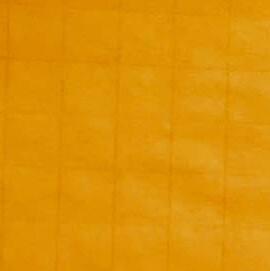





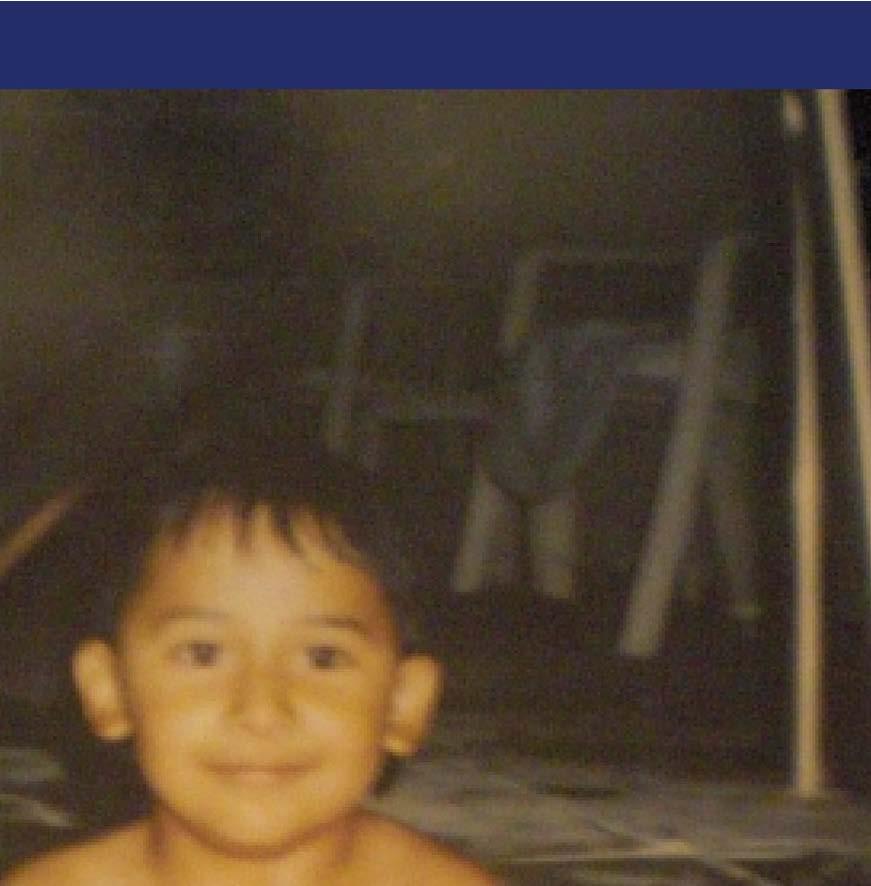

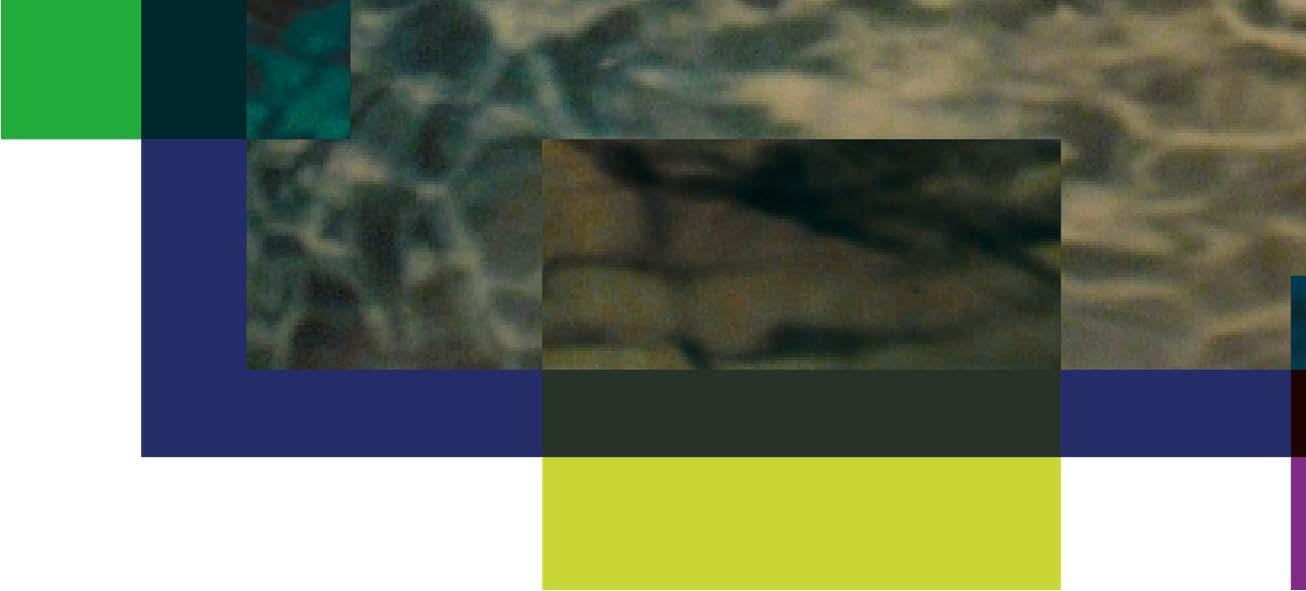

As a young kid living in southern California during the early 2000s, I was usually mesmerized by the sprawl of Los Angeles and its surrounding counties. The built environment was a living organism in of itself, and there was always something new to discover down the countless streets, alleys, and freeways stretching across its populous, unique, and skyscraperladened landscape.
Travel became synonymous with discovery and daydreaming, and I actively sought opportunities to imagine, create, and immerse myself in the development of new worlds of my own making. However, it was my affinity for video games that encouraged me to tap into this creativity more intentionally; the blend of games like Command and Conquer, SimCity 4, Army Men: Toys in Space, and Fallout 3 fostered a significant appreciation and skill for building, exploring, and imagining, including a knack for testing the boundaries and mechanisms at work.
These video games were foundational for the development of my own strategy, design, and resource management skills—at a young age I was already thinking like a designer, with all of the nuances, affordances, and considerations necessary for a successful player. Additionally, these worlds would translate into the fake cities I would build out of Hot Wheels and Legos, trying to turn the digital into the physical.
After some time, the accumulation of these interests coalesced into an interest in architecture / urban design as a career path. In particular, I found the idea of designing buildings and spaces that would serve peoples’ needs to be exhilarating; this excitement translated to some key architecture and AutoCad drawing classes throughout high school.
Now, while this path didn’t materialize as a child and young adult, I am fond of recent experiences that have slowly drawn me back into the realm of architecture and urban design. In particular, I am invested in the subfield of space activation and placemaking, and how this framework and process can support communities’ connection to spaces that they want to live, play, and connect within.
The concept of space activation and placemaking speaks to me because of the interdisciplinary and community-led approach it requires, and how it’s basically an amalgamation of my countless interests and values as a designer. As described by the Project for Public Spaces and Max Musicant of the space activation firm The Musicant Group, this framework and process emphasizes the need and importance of using a people-centered approach for designing spaces with people, as well as a focus on reenvisioning our current built spaces, whether they are physical or digital, temporary or permanent, and public or private.1
Without knowing it, I had already been practicing this framework and process, and I just needed some new knowledge and experiences to better understand my affinity with our built environments. For context, in my professional and community organizing career to date, there have been three key experiences that have shaped my current trajectory into space activation and placemaking. These include my time with the non-profit College Possible, the grassroots collective that I lead and cofounded Portland Through a Latinx Lens, and my current role as a Talent Development & Inclusion Strategist at the Oregon Museum of Science & Industry (OMSI).

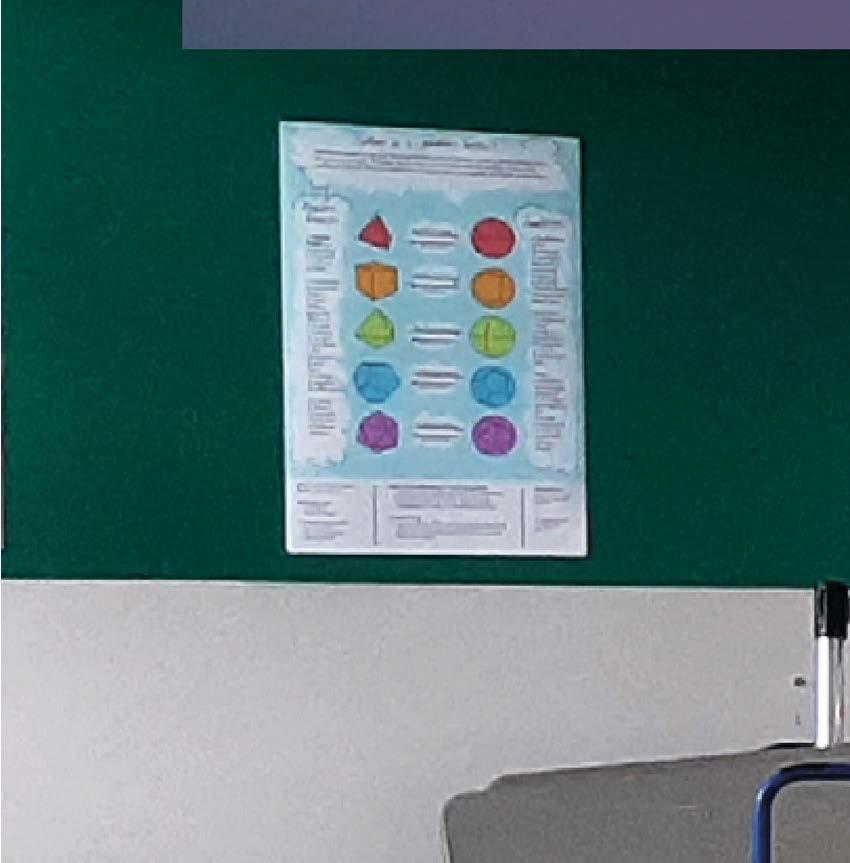





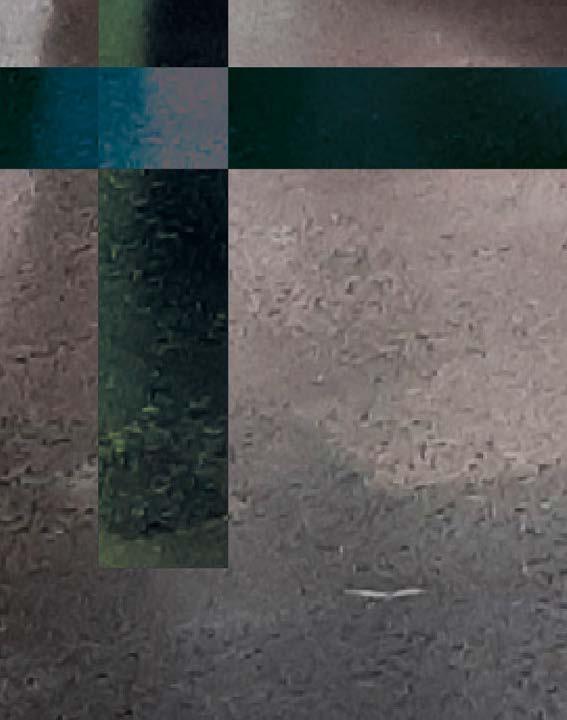


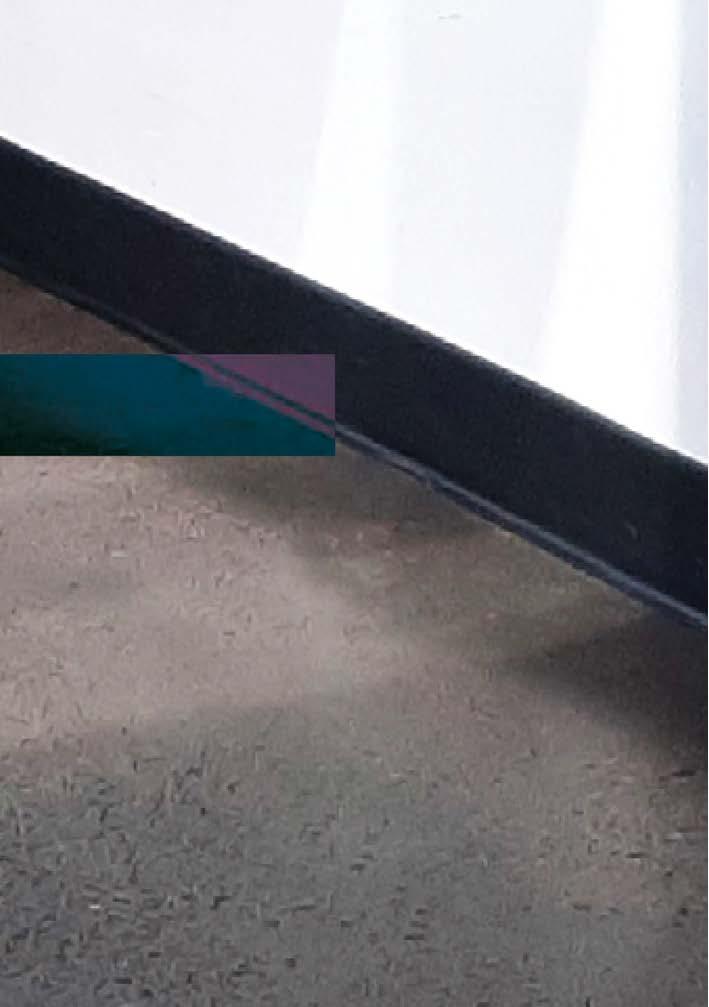
My time working at College Possible was complicated, emotionally taxing, and arduous, but it has been a defining moment in my professional career. Over the span of two years, my caseload revolved around supporting 40+ youth in a college access capacity. While I could probably write an entire novel about the difficulties happening on a day-to-day basis, the lessons learned (both positive, negative, and in between), and the breadth of pervasive systems of oppression operating at McDaniel High School, all of it was worth it because of the relationships, community, and trust that my students, their families and caregivers, and I built together.
Whether we knew it or not, we had been practicing space activation and placemaking in the health classroom and computer labs where we spent most of our days. Whether we knew it or not, my students kept coming back because the physical space we were building together was inviting, safe, and fun (except for the dreaded ACT test practice days or when crunch time was in full effect).
Now, as the 5 year anniversary of their high school graduation approaches in June 2023, some have graduated from college, others are fully embedded in the workforce, and others are still in the process of completing their degrees. While we don’t keep in touch as we used to, I’m confident in all of my students’ skills and abilities to be successful as they navigate systems and spaces that were not built for BIPoC communities to thrive in, partially because of the two years we spent together in our shared, community-focused space.
But, that's not okay or enough. They deserve better than just surviving and navigating these systems. They deserve access to multiple spaces where they can be unapologetic with their forms of expression and create alternative spaces for their communities to thrive in.

Before we move on to the next experience that has influenced my thesis work, I want to leave y'all with a story for reflection. During my final year with College Possible, I was working with a student who wanted to share her story and thoughts for the grassroots collective I’m a part of, Portland Through a Latinx Lens. Ann’s contribution focused on the nuances of her being the “first” in a variety of contexts, specifically as a Latina woman navigating family, societal, and cultural norms in Portland. But, it was her focus on the future that was the most illuminating and impactful for her peers, mentors, and I to hear out loud:
For our future, I feel that we have a lot of work to do. Hopefully we are embraced more. However, why don’t we have cultural centers centered around our culture? With that in mind, I want to build and help communities; I wish there were places where kids wanted to go to receive the help they need. Not just school. But life therapists, mentors, tutors so that they have places where they can feel supported… we have community places, but not community centers for our people and run by us… Portland needs to have more work done for the Latino community; places like Portland Mercado are great, but there needs to be more.2
Ann’s journal contribution has had a long-lasting and resonating effect on me as an educator, professional, and designer. Her words highlight the curiosity, ambition, and thoughtfulness that many youth take into consideration when reflecting about the larger context of their worlds, despite the various systems of oppression that they face in their daily lives on a consistent basis. Even more, her words are a constant reminder of the types of spaces that need to exist in Portland, and the types of outcomes we need to strive for with space activation and placemaking.
2 Caballero-Pateyro, Ann, "I am First Generation," Portland Through a Latinx Lens, 2018. https://pdxlatinx.org/#/anncaballeropateyro/
As a result, this experience spawned a question that I have continuously asked myself during moments of doubt, confusion, or when I needed reorientation; seeing myself in Ann and my other students of color, this question draws from similar reflections in my own adolescence. It is a question that I now pose to you, the reader: what are we all going to do about the lack of these types of spaces? However, reflecting further on my current context as a systems-orientated designer, the question has since evolved to be more detailed, multi-faceted, and accountable:
1.How will WE make sure these spaces materialize?
2. What do these culturally-specific spaces look and feel like?
3.What do these spaces look like for youth?
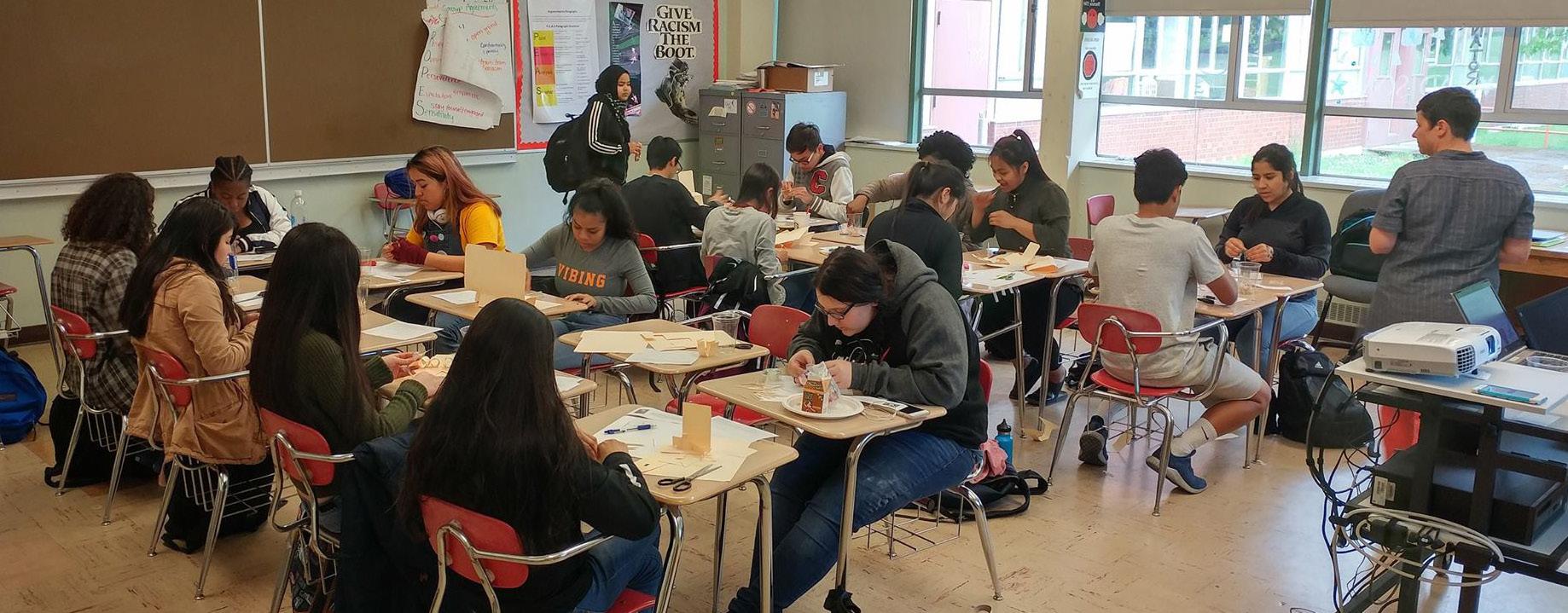
When I arrived in Portland in 2014, it was overwhelming. Not because of my recent transition from a rural community, but because I felt isolated and confused. More explicitly, I was hoping to see more Black and brown people in Portland, at school, and at work, and this—alongside other complicated issues I was navigating at the time—heavily impacted my mental health and school progress. Partially attributable to my assumption that big cities meant more diversity, I was slightly shocked but felt strong disappointment to realize that Portland was not excluded from its shared history with the rest of Oregon: it was predominantly white, and it had a complicated and pervasive history with racism.3
I was expecting the city to be a space where I could more easily connect with folks of diverse backgrounds based on my Los Angeles days. However, it would take nearly five years for me to find and create a meaningful space with others who shared similar backgrounds, values, and goals with me in the whitest city in America.

3 Alana Semuels, “The Racist History of Portland, the Whitest City in America,” The Atlantic, July 22, 2016. https://www. theatlantic.com/business/archive/2016/07/racist-history-portland/492035/
In late 2017, I joined AVANZA: Programa de Liderazgo para Jóvenes Adultos Latinos4 with Edúcate Ya per the suggestion of one of my College Possible colleagues. Over the span of eight weeks, I met with 15 other Latin identifying folks in a culturally-affirming space that expanded my thoughts, skills, and knowledge of leadership.
Despite having different lived experiences in Portland, our shared cultural background united and encouraged us to explore possibilities that we hadn’t thought were possible; we all knew that living in Portland as BIPoC people was difficult, but we knew it could be easier if we stuck together. Our new community was a mechanism for times when we needed to share, cope, strategize, or just have fun amidst the overwhelming feelings of isolation in our day-to-day lives caused by the whiteness of the city.

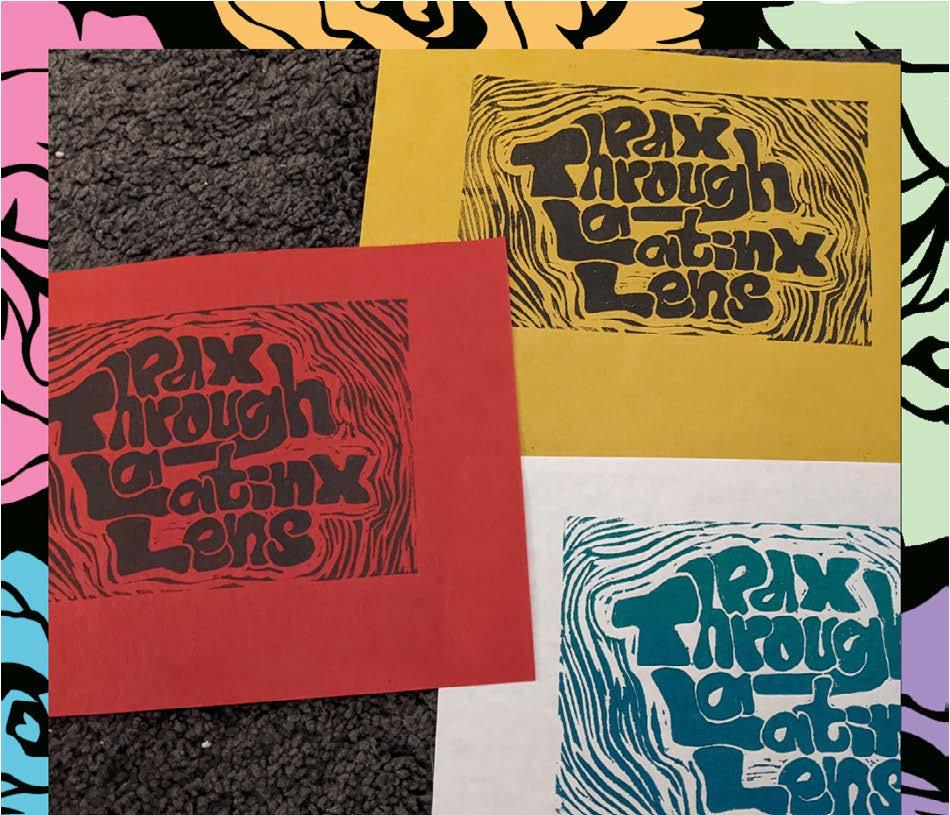


https://www.educateya.org/avanza.html
Moving forward to early 2018, I was contracted by the executive director to be the program’s next coordinator, and that’s where I met some of my closest friends and collaborators with Portland Through a Latinx Lens. The idea of sharing our stories of being Latinx in Portland emerged from the culminating project, and the groundwork was set: social media, and the digital ecosystem, became our preferred form of space activation.
Since then, our programming evolved to include community workshops, zines, a digital archive/website of our stories, and pop-up art galleries. We actively relied on the support of our various communities and community organizations to elevate these experiences through grant funding, free rental spaces, volunteer hours, and more. While the pandemic and our busy lives impacted our trajectory and slowed down future plans for the collective, the five of us are incredibly proud of the work we’ve done. The spaces we activated, while temporary, brought many BIPoC and white community members together to learn more about Latin culture and how to support our community, which has far surpassed our initial ambitions and expectations.
Our next steps are a bit uncertain, but the idea of having our own physical space has crossed our minds multiple times; speaking for myself, I believe that such a decision would be a tangible step towards realizing my student Ann’s dream (and that of many other students, youth, creatives, designers, and cultural workers I’m in community with) of culturally-specific places for the Latin community and other communities of color.
A physical could take on many forms, but fundamentally it would have to adhere to our mission, values, and vision, as well as the Design Justice Network Principles5 (please visit the methodology section for more details). Bearing in mind these principles, a physical space that is malleable, inclusive, and education-focused would round it out.
Looking through some local spaces, Portland’s BIPoC community has been exploring these types of spaces already. Examples include Portland State University's Cultural Resource Centers,6 the Filipino Bayanihan Center,7 Marrow PDX,8 or the forthcoming Creative Homies9 and La Plaza Esperanza spaces.10
All of these spaces have their own affordances and consideration, but they serve as a foundation and inspiration for a more permanent location for our collective: a permanent space activation that emphasizes a communal environment based on shared cultural heritage, cross-cultural pollination, safety, and creativity and expression.
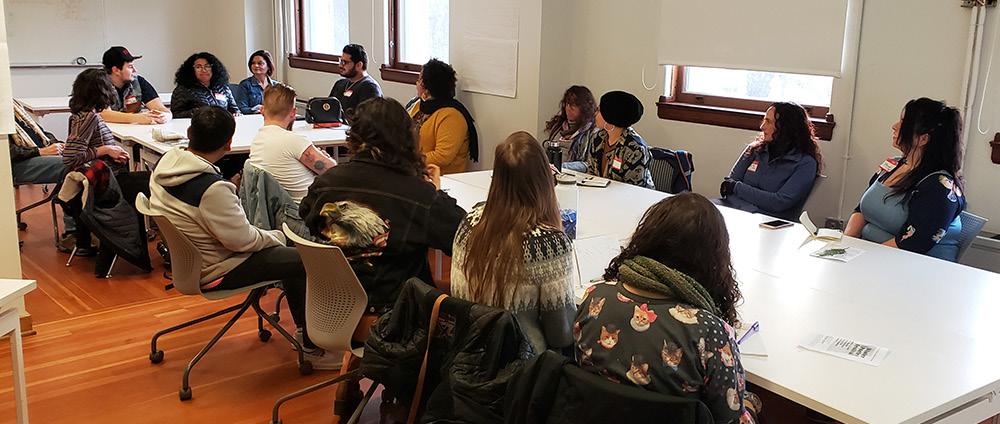
5 “Design Justice Network Principles,” Design Justice Network, n.d. https://designjustice.org/read-the-principles
6 “Cultural Resource Centers,” Postland State University, n.d. https://www.pdx.edu/cultural-resource-centers/
7 Filipino Bayanihan Center, n.d. https://www.bayanihanoregon.org/
8 Marrow PDX, Instagram, n.d. https://www.instagram.com/marrowpdx/
9 Creative Homies, n.d. https://www.creativehomies.com/
10 "La Plaza Esperanza," Latino Network, n.d. https://www.latnet.org/la-plaza-esperanza
Transitioning from McDaniel High School was one of the toughest decisions I’ve had to make in my professional career, but it was a necessary step towards delving into more systemic work that could impact the lives of more students, their families, and the larger community.
After a lengthy search and interview process with multiple non-profit organizations, I became the first Talent Development & Inclusion Strategist at the Oregon Museum of Science & Industry (OMSI). I was excited to assume this position because of its unique emphasis on diversity, equity, and inclusion (DEI) in a science-based museum. Furthermore, the ability to mold the position to the needs of BIPoC communities, who have been traditionally excluded from these spaces, was an opportunity I could not shy away from.

Throughout my adolescence, I saw the influence and power that cultural institutions—e.g. museums, art galleries, libraries, community centers, etc.— have in shaping the zeitgeist of our societies’ norms and values, as well as how they maintain the status quo and perpetuate various systems of oppression within.
For example, when I moved to Oregon, many people would consistently talk about the role OMSI played in shaping their STEAM identity and affinity. But at the same time, I would hear from many communities of color that it was a predominantly white space, which did not take a nuanced approach in its offerings, representation of its staff, and other experiences that made it an unwelcoming and sometimes hostile space for them to visit.
Nevertheless, once I was set to transition to my new role, many friends, colleagues, and students of color were excited and interested to see how I would fare in navigating this role and environment.
While the past three years have been a whirlwind because of the pandemic and shifting societal norms and values, the work that my team and I have been doing at OMSI has set the foundation for a stronger and more inclusive environment for BIPoC communities.
We’ve had a solid amount of wins that keep us pushing, but also a string of losses that have felt demoralizing. Yet, despite these conditions and challenges, I still have hope. Tackling systems of oppression in these types of spaces is unique, multifaceted, and intersectional.
The symptoms of white supremacy values in a cultural institution cannot be changed just by an individual or solely at an interpersonal level; it requires a multitude of strategies, changing mindsets,11 and design to disrupt and intervene systems so as to not replicate the same results.
The work never ends, and there will always be another struggle, disappointment, or setback in our journey for more inclusive BIPoC spaces, but it's important to note that this is also temporary and that better days are to come as well.
I wholeheartedly believe that cultural institutions like OMSI can and have an obligation to dismantle these systems and structures that prevent BIPoC communities from wholly participating and accessing the resources these spaces hold.
11 FrameWorks Institute, “Mindset Shifts: What Are They? Why Do They Matter? How Do They Happen?” June 2020. https:// www.frameworksinstitute.org/wp-content/uploads/2021/02/FRAJ8064-Mindset-Shifts-200612-WEB.pdf
My role as a designer, cultural worker, and educational professional working within one of these institutions is to not only highlight the underlying issues, but to also take actionable steps towards facilitating stronger and healthier relationships between these two groups. In particular, this requires me to have an interdisciplinary, collaborative, and people-centered approach to design, trial, and materialize alternative models and frameworks with my communities.
My unique position provides me the opportunity and responsibility to advance this important work, and model this type of engagement and processes to other community members and cultural institutions interested in community-led space activation. Recent examples include our series of culturally-specific Community Science Nights, the OMSI-specific projects within the space activation section of my thesis, and the upcoming Waterfront Education Park, Center for Tribal Nations, and OMSI district.12
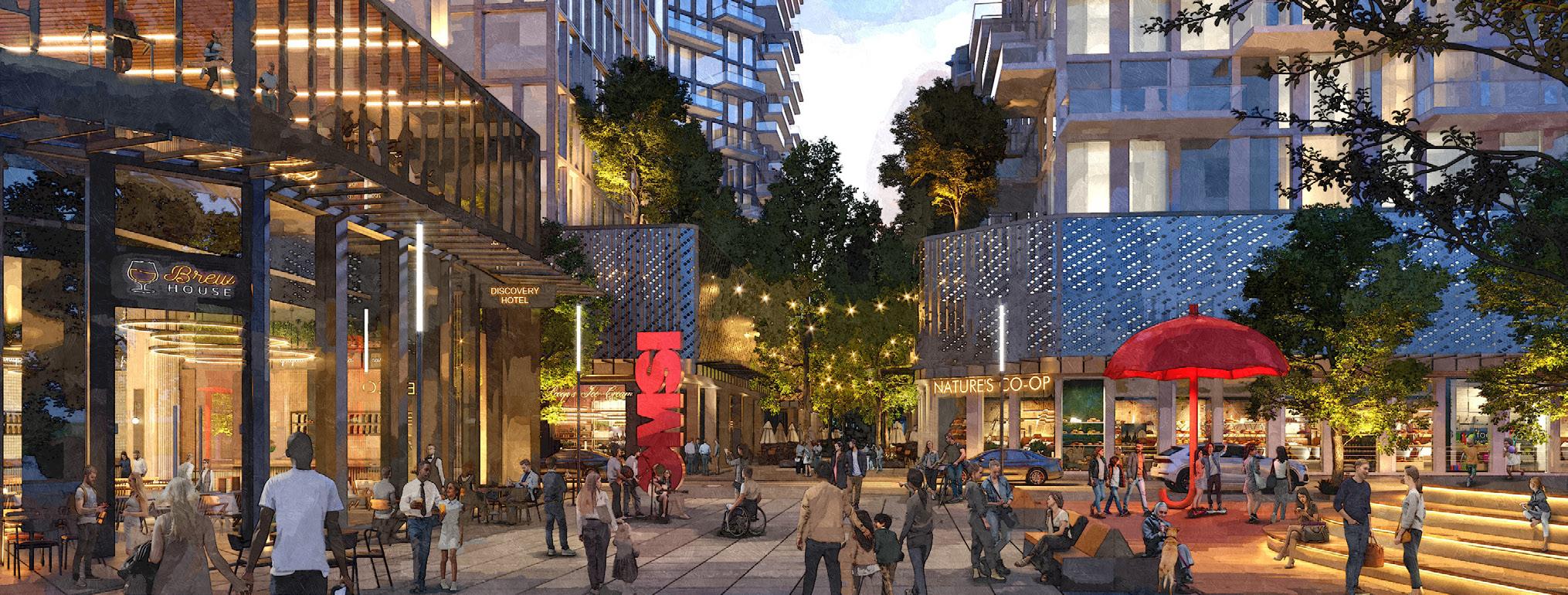
Figure 13: Imagining the OMSI District, a mixed-use development (residential, commercial, cultural, institutional, and entertainment) space in inner SE Portland. Rendering by ZGF Architects.
12 “Visioning a Center for Tribal Nations and Waterfront Education Park in the OMSI District,” Oregon Museum of Science & Industry (OMSI), 2022. https://omsi.edu/articles/visioning-a-center-for-tribal-nations-and-waterfront-education-park-in-the-omsidistrict/

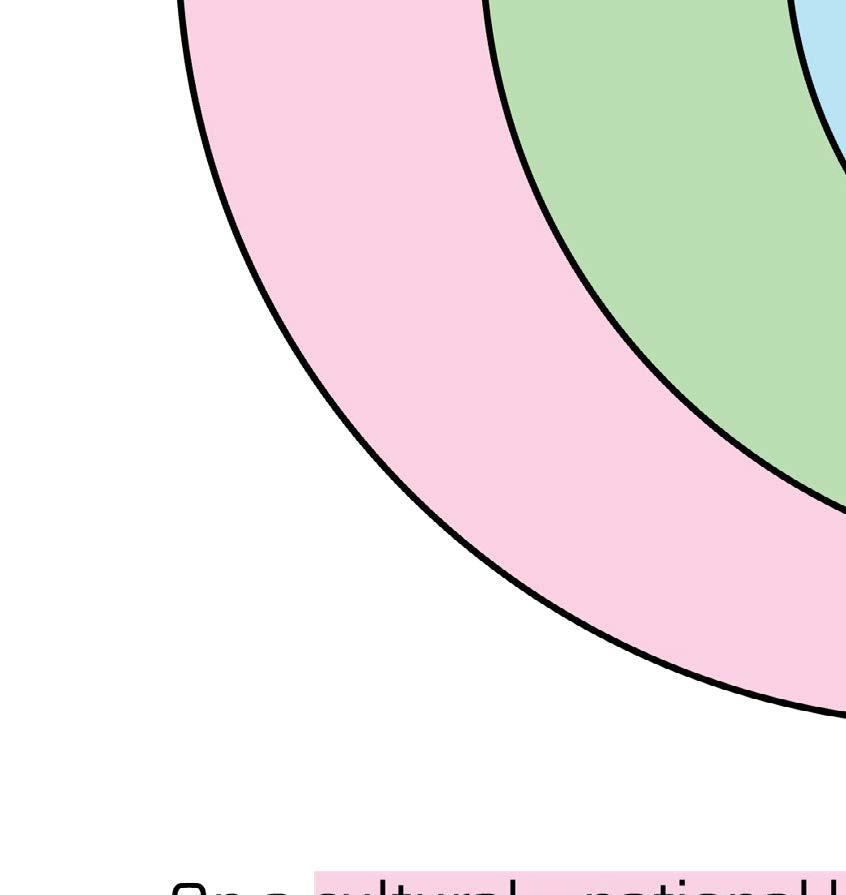
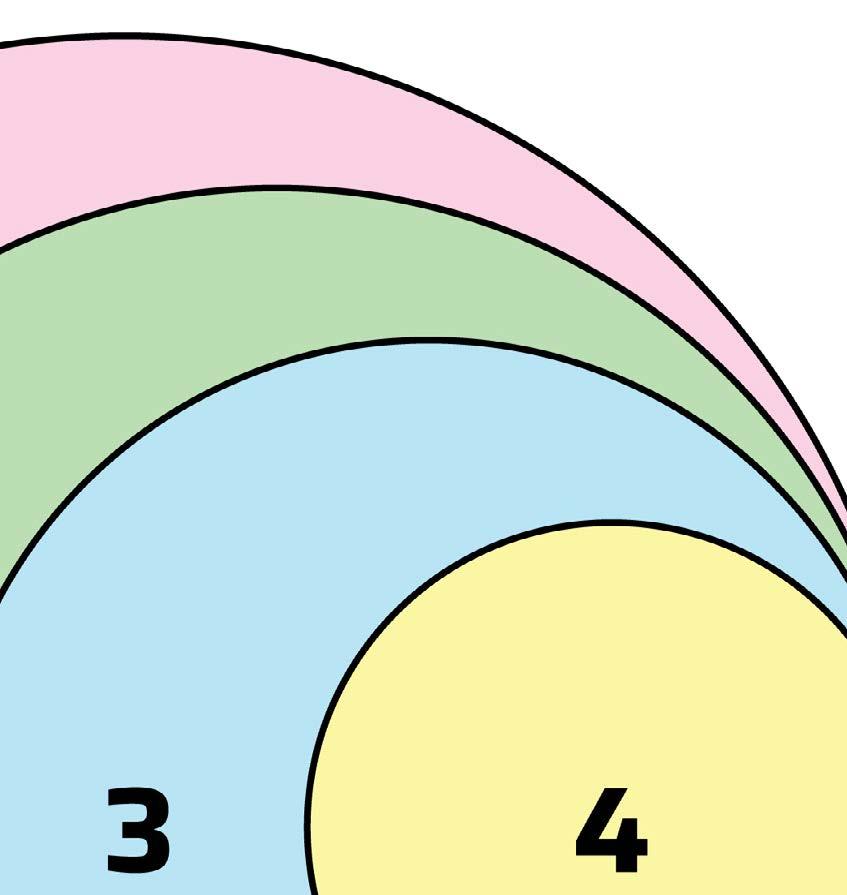
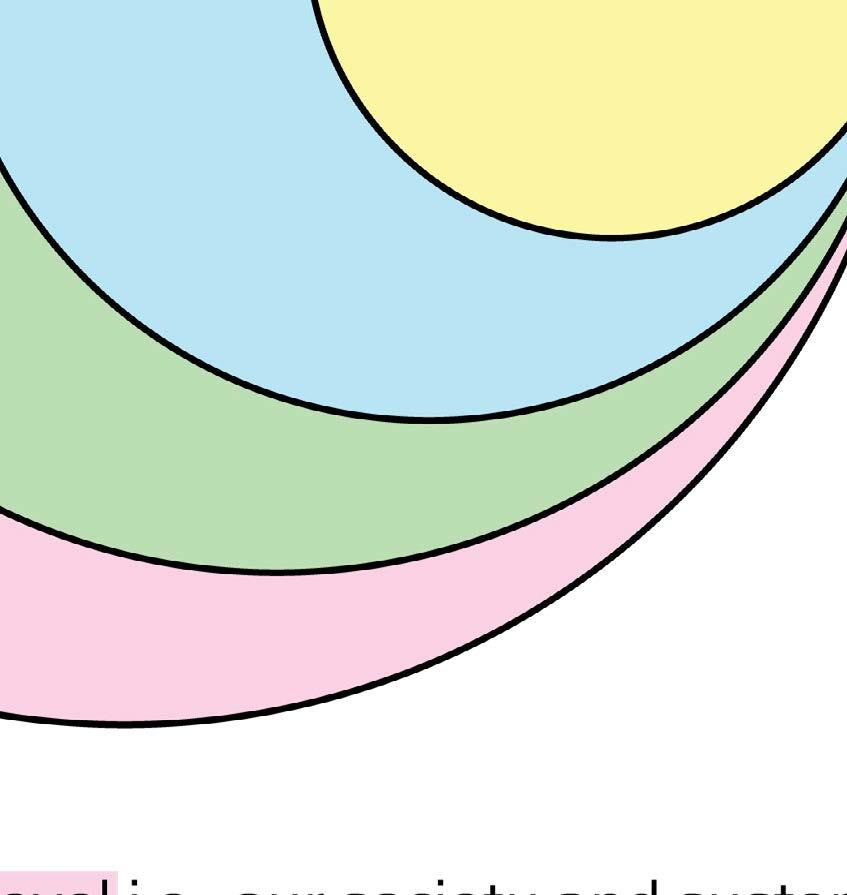


Before we can delve into the local, nuanced relationship between BIPoC artists and cultural institutions, and how space activation can encourage and foster stronger and healthier collaborations between both groups, we need to understand the larger arts and culture landscape in both cultural and national contexts.

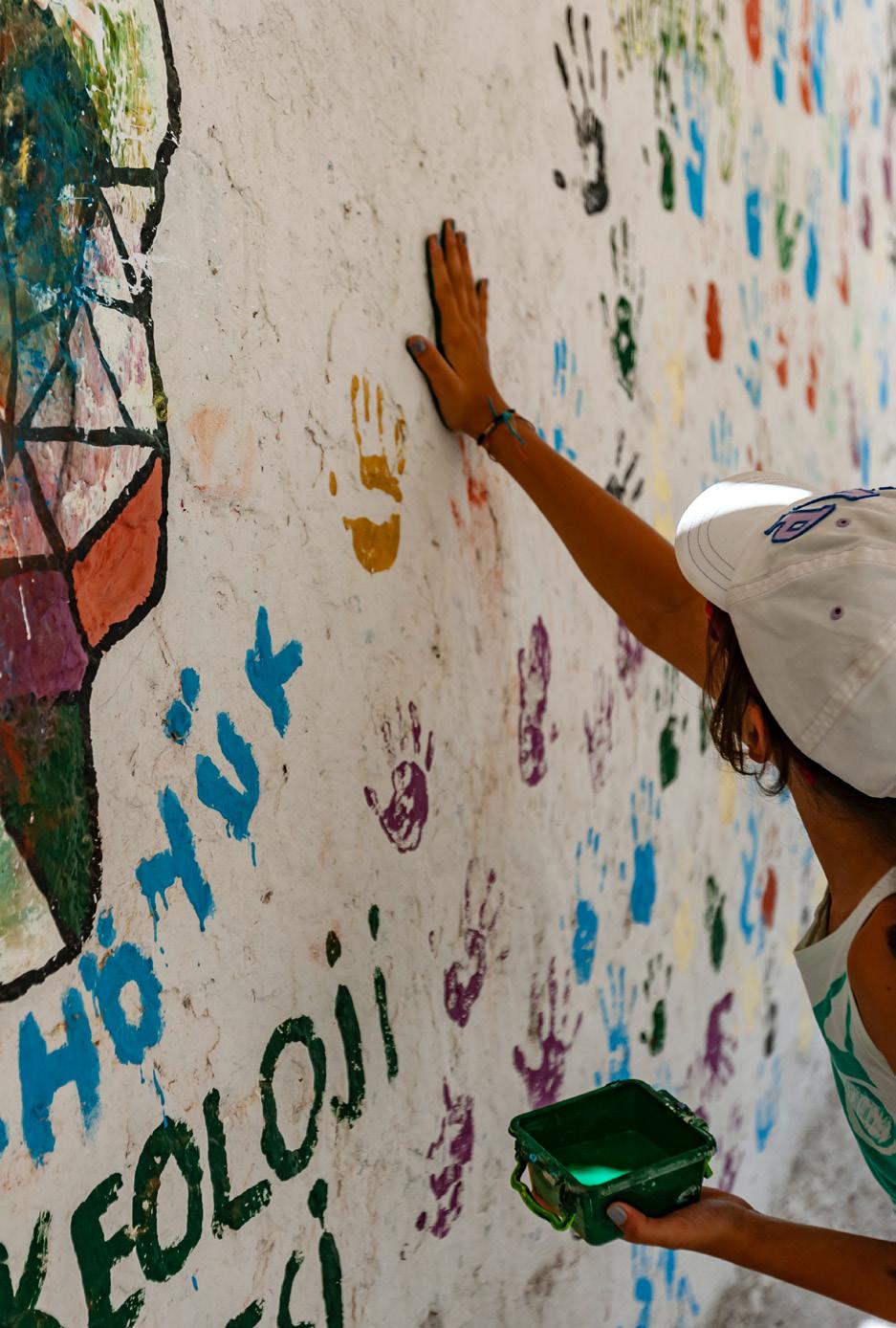
At a cultural level, the importance and prominence of the arts is far reaching, interdisciplinary, and impacts every person. This is best summarized in the introduction of Cultural Times — The First Global Map of Cultural and Creative Industries 2015 report, commissioned by the International Confederation of Societies of Authors and Composers (CISAC) and EY (formerly Ernst & Young), with support from The United Nations Educational, Scientific and Cultural Organization (UNESCO) and many other international arts and cultural organizations:
The world has a shared history and a rich, diverse cultural heritage. This heritage is cherished globally as an asset that belongs to us all, yet gives our societies their identity and binds them together, nurturing a rich cultural and creative present and future. That is why stakeholders of the creative and cultural world must do everything in their power to preserve this heritage and the diversity of actual cultural content, amid a political and economic climate that is subject to major upheavals.13
While the report’s content leans towards the economic impacts of the arts and cultural industries, the inclusion of country and artist profiles rounds out and emphasizes the essence of the human condition in relation to culture, as experienced and amplified through the arts: necessary, valuable, and a method for preserving our collective histories.
On the national stage, CISAC and EY’s study findings easily translate to this context. However, the frameworks and efforts of the National Endowment for the Arts (NEA) are of particular significance because of its status and reputation as one of the most influential arts and cultural institutions in the United States.
In particular, the NEA “fosters and sustains an environment in which the arts benefit everyone in the United States”14 through a variety of tactics and methods, including funding opportunities, honorifics, partnerships and initiatives, research publications, and more. The impact of the NEA in shaping the arts and cultural landscapes across the U.S. is severely understated. I encourage everyone to peruse their annual reports, timeline of highlights, and milestone videos for a more comprehensive picture of the government's approach in "...advancing equitable opportunities for arts participation and practice."14
Besides the NEA, the magnitude and scope of arts and cultural institutions across the country is outstanding,15 and every single one— no matter its size or scope—has impacted the ever evolving zeitgeist of American culture (and globally, for that matter). As of recently, however, they have come under scrutiny because of the need for their systems and processes to change, which would advance a multitude of social causes in their institutions.

13 “Cultural Times — The First Global Map of Cultural and Creative Industries,” International Confederation of Societies of Authors and Composers and EY, Neuilly-sur-Seine, France, 2015. https://en.unesco.org/creativity/files/ culturaltimesthefirstglobalmapofculturalandcreativeindustriespdf
Figure 17: The NEA was established in 1965 by Congress as an independent federal agency that is the largest funder of the arts and arts education in the United States.
14 “What Is the NEA?” National Endowment for the Arts, n.d. https://www.arts.gov/about/what-is-the-nea
15 “United States of Culture,” Google Arts & Culture, n.d. https://artsandculture.google.com/project/american-wonders
From a social issues perspective, the arts landscape in the U.S. has not been free of the effects of systemic racism, capitalism, colonialism, patriarchy, and more. All of this was amplified by the murder of George Floyd (and many other Black folks) during the spring of 2020 and the resurgence of the Black Lives Matter movement, as well as the uncertainty and collective trauma caused by the COVID-19 pandemic.16
Through these combined experiences, there were calls for systemic change and racial justice spanning various systems and institutions (i.e., educational, healthcare, political, environmental, and cultural), albeit with varied success.17 Even more, the pervasiveness of systemic racism and its many forms within our cultural institutions were also called out by museum workers and BIPoC communities,18 especially due to their role in shaping cultural and social norms.
For example, museums were explicitly highlighted because of their role and complicity in perpetuating white supremacist norms and values through a lack of representation in collections, lack of diversity in artists, staff, and leadership, issues of microaggressions and gatekeeping, and remnants of archaic policies and practices that maintain the status quo.19
To learn more about these issues, consider checking out the following:
1.Ithaka S+R's "Art Museum Director Survey 2022: Documenting Change in Museum Strategy and Operations" (link).
2.Hyperallergic's "Artists in 18 Major U.S. Museums are 85% White and 87% Male, Study Says" (link).
3.HBO's "Museums: Last Week Tonight with John Oliver" (link).
4.Museum Next's "How Have Museums Responded to the Black Lives Matter Protests?" (link).
5.Museums Association's "Black Lives Matter: One Year On" (link).
6.New York Time's "Museums Are Finally Taking a Stand. But Can They Find Their Footing?" (link).
7.Vox's "If Museums Want to Diversify, They’ll Have to Change. A lot." (link).
8.northjersey.com's "Systemic Racism is Shaping our Access to Art. How East Coast Art Institutions Strive for Change" (link).
16 Taylor, Yamahtta, “Did Last Summer's Black Lives Matter Protests Change Anything?” The New Yorker, 2021. https://www. newyorker.com/news/our-columnists/did-last-summers-protests-change-anything
17 Cox, Kiana, and Khadijah Edwards, “Black Americans' Views of Racial Inequality, Racism, Reparations and Systemic Change,” Pew Research Center, 2022. https://www.pewresearch.org/race-ethnicity/2022/08/30/black-americans-have-a-clear-vision-forreducing-racism-but-little-hope-it-will-happen/
18 Lieu, Clara, Jordan McCracken-Foster, and Alex Rowe, “Racism in the Art World & Art School,” Art Prof: Create & Critique, 2021. https://artprof.org/pro-development/racism-in-the-art-world/
19 Kenney, Nancy, “Exclusive Survey: What Progress have US Museums Made on Diversity, After a Year of Racial Reckoning?” The Art Newspaper, 2021. https://www.theartnewspaper.com/2021/05/25/exclusive-survey-what-progress-have-us-museumsmade-on-diversity-after-a-year-of-racial-reckoning


Lastly, before we transition into the local context, it is pivotal to know that many cities across the United States have vibrant arts communities. In a 2022 study conducted by SMU DataArts, they provided a summary of the Top 40 Arts-Vibrant Communities, a cross examination of small, medium, and large cities based on the number of art providers, movement of arts dollars, and the types of government support (including funds) received, as well as an interactive map.20
Key art cities recognized include New York, Miami, Seattle, San Francisco, Santa Fe (NM), and Boulder (CO); and, it’s also exciting to see that Portland ranked twenty-second in the nation amongst these other major cities. Concurrently, while the tone of this report is mainly positive, it also describes how many arts communities were severely impacted by the effects of the COVID-19 pandemic. In particular, arts and cultural institutions, artists, and audiences had to adapt and pivot to the situation, including the closing of physical spaces, an uptick in virtual/digital experiences, and loss of revenue for all groups.21
As of recently, there has been a slight sense of relief amongst these institutions towards the future, but these factors continue to be pressing and stressing them to evolve to the times and cultural and national contexts. While we could dig even further by taking a look at the political and economic factors, some of this is best understood at the local context. Let’s see how this plays out in Portland.
20 “The Top 40 Most Arts-Vibrant Communities of 2022," SMU DataArts, 2022. https://culturaldata.org/what-we-do/artsvibrancy-index/
21 Wolff, Benjaim, “New NEA Report Reveals How Bad Covid Was For The Arts — With A Silver Lining,” Forbes, 2022. https:// https://www.forbes.com/sites/benjaminwolff/2022/03/21/new-nea-report-reveals-how-bad-covid-was-for-the-arts---with-a-silverlining

Trigger Warning:
While brief, the next two pages mention the origins and ongoing systemic marginalization and opression of Oregon and Portland's Black and brown residents through racist policies, hate crimes, and institutionalized white supremacy. I do not like writing about these things, but I find it necessary to contextualize how these factors and legacies impact the arts and cultural landscape of Portland.
Since their inceptions, Oregon and the city of Portland have never truly been welcoming spaces for Black and brown communities. The historical, political, and cultural context of both have roots in white supremacy that permeate across every sector and industry in the city. Three significant manifestations include:
1.Oregon originally being envisioned as a whites-only state (e.g. Black exclusionary laws written in the constitution, cases of sundown towns, and more).22
2.Portland systemizing many displacement policies and initiatives that disproportionately affect and continue to impact communities of color (redlining practices, gentrification, hostile architecture, and the Legacy Emanuel Medical Center + I-5 Corridor + Moda Center “urban renewal” processes).23
3.Portland experiencing a myriad of systematic and individual acts of violence against communities of color, in the past and to this date (e.g. Vanport Flooding, anti-Chinese sentiments and violence, the murder of Mulugeta Seraw, MAX stabbings, and more).24
22 Camhi, Tiffany, “A Racist History Shows Why Oregon is Still so White,” Oregon Public Broadcasting, 2020. https://www.opb. org/news/article/oregon-white-history-racist-foundations-black-exclusion-laws/
23 Albina Vision Trust, n.d. https://albinavision.org/arts-and-culture/ Bureau of Planning and Sustainability (BPS), “Historical Context of Racist Planning: A History of How Planning Segregated Portland,” City of Portland, 2019. https://www.portland.gov/bps/ documents/historical-context-racist-planning/download Burkett, Red, "Racialized Space: Historical, Economic, and Social Factors Contributing to the Gentrification of North & Northeast Portland’s Albina Neighborhoods," University Honors Theses, 2021. Paper 1123. https://doi.org/10.15760/honors.1154 Jaquiss, Nigel, “The City of Portland Tried to Undo Gentrification. Black Portlanders Are Conflicted About the Results,” Willamette Week, 2022. https://www.wweek.com/news/2022/05/25/the-city-of-portland-tried-toundo-gentrification-black-portlanders-are-conflicted-about-the-results/
24 Law, Steve, “Unburying History: Portland's Shameful Anti-Chinese Violence,” Portland Tribune, 2020. https://www. portlandtribune.com/opinion/unburying-history-portlands-shameful-anti-chinese-violence/article_4f1d5d16-1f25-5737-a9660f582640eade.html; Frost, Allison, “Celebrating The Life Of And Justice For Mulugeta Seraw,” Oregon Public Broadcasting, 2018. https://www.opb.org/radio/programs/think-out-loud/article/mulugeta-seraw-portland-ethiopia-africa-white-supremacist-murder/ Powell, Meerah, “Portland MAX Stabbing Victims Call Out Racist System During Sentencing Hearing,” Oregon Public Broadcasting, 2020. https://www.opb.org/news/article/jeremy-christian-sentencing-hearing-victim-impact-statements-portland-oregon/
While some may consider these manifestations as separate from the framework and process of space activation and placemaking, I argue that they’re not. They are intimately intertwined. They inform each other and establish the cultural conditions many designers, architects, urban planners, creatives, cultural institutions, industries, and sectors operate in and reinforce.25 As a result, this creates disproportionate effects on communities of color, including how people use and access space.26
In essence, the state and city of Portland have been key actors in creating spaces that allow white people to thrive and prosper in the built environment at the expense of communities of color. In turn, many Black and brown Portlanders have been unable to create spaces that allow their respective communities to do the same.
Yes, there are examples and cases of BIPoC communities developing these spaces (e.g. ORI Art Gallery,27 Portland Mercado,28 and the Coalition Art Gallery29), but they are few and far between and more often than not are simultaneously combatting institutionalized white supremacist systems and processes while trying to keep their culturally-specific spaces alive. This includes trying to secure and maintain ongoing funding, having access to affordable physical spaces, and having the appropriate support mechanisms to sustain their efforts.
25 Curry-Stevens, Ann, Amanda Cross-Hemmer, and Coalition of Communities of Color, “Communities of Color in Multnomah County: An Unsettling Profile,” Portland State University, 2010. https://pdxscholar.library.pdx.edu/cgi/viewcontent. cgi?article=1091&context=socwork_fac
26 Breon, Autumn (@autumnbreon), “Be a part of my new artwork and share where your leisure lives,” Instagram, 2023. https:// www.instagram.com/p/CofdLuIpJqU/
27 Vivas, Maya, and Leila Haile. “About — Ori Gallery,” Ori Gallery, n.d. https://oriartgallery.org/about-ori
28 Hacienda CDC, “About Us — Portland Mercado,” n.d. https://www.portlandmercado.org/about-us
29 Olympio, Bayo, “About Us - Coalition Art Gallery,” n.d. https://coalitionartgallery.com/about/
While Oregon and Portland’s complicated racial history impacts every facet of the city’s ecosystem, cultural institutions play a significant role in the normalization of white supremacy through the creation, curation, and access of culture.
Recently, as previously mentioned in the national and cultural landscape section, many cultural institutions have been tasked with examining and re-envisioning their systems and processes. As a result, there’s work being done to change the status quo at many cultural institutions across the U.S.

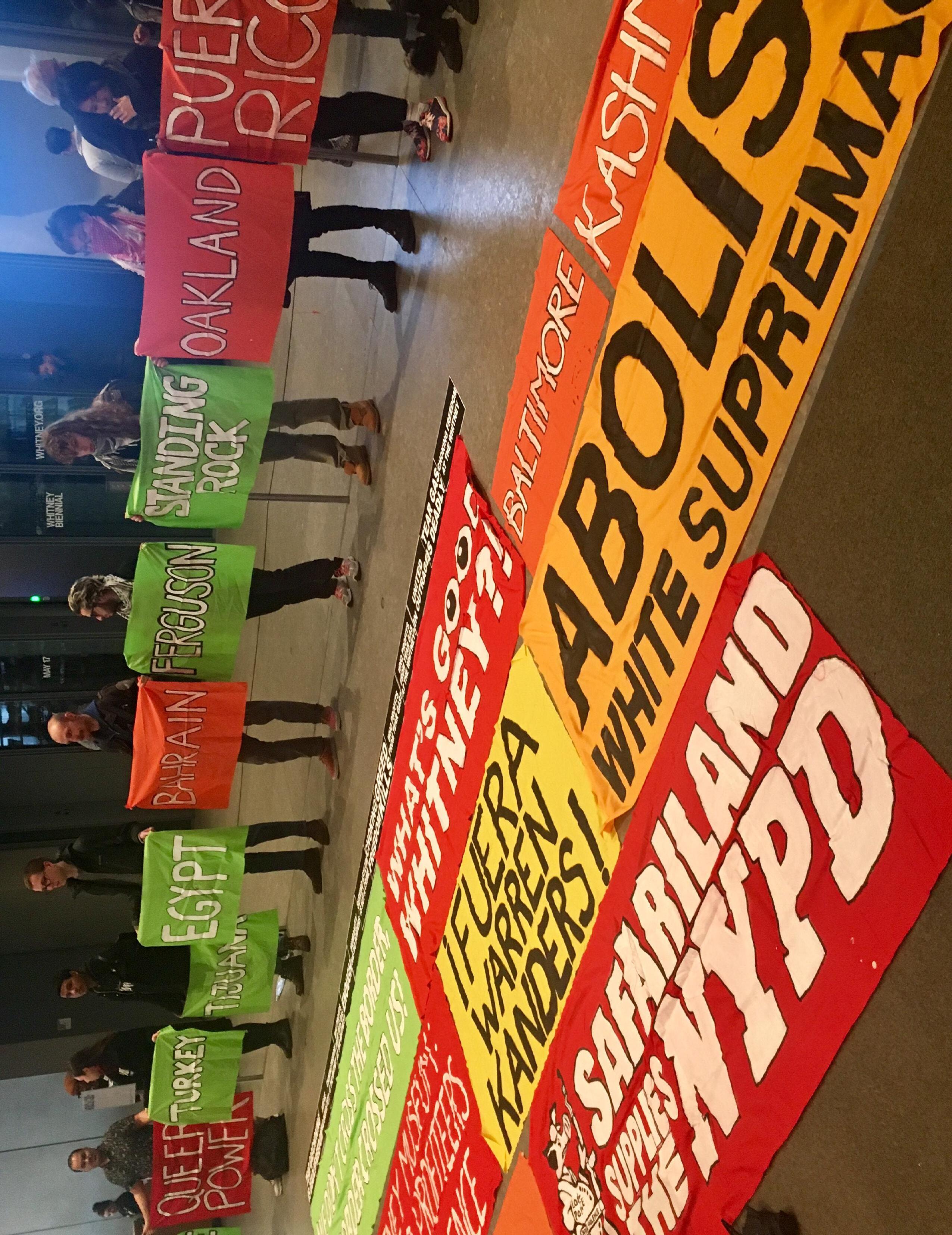
Here in Portland, the collaboration between the city and the Regional Arts and Culture Council (RACC) has fostered some incredible work that aims to address these concerns (even though there’s more that needs to be done), whose intertwined histories span over 50 years and includes a variety of master arts plans and reports aimed at moving the arts and cultural landscape forward in the Portland metro area, which includes the Multnomah, Clackamas, Clark, and Washington counties:30
• Arts Plan 2000+, published on February 1992 by the City of Portland’s Metropolitan Arts Commision (predecessor to RACC before a restructure).31
• Act for Art, published on April 2009 by RACC.32
•The Portland Plan, commissioned on April 2012 by the City of Portland’s Bureau Planning and Sustainability Commission (the arts and culture sections of the drafts and background reports, leading up to the final document, are highlighted).33
• A Plan for Preserving and Expanding Affordable Arts Spaces in Portland, published on January 2018 by the Art Council of Portland.34
30 Hull Caballero, Mary, Kari Guy, Jenny Scott, and Martha Prinz, “Regional Arts and Culture Council: Clear City Goals Aligned with Strong Arts Council Strategy will Improve Arts and Culture Services,” Portland City Auditor: Audit Services, 2018. https://www. portlandoregon.gov/fish/article/685075 29 Hull Caballero, Mary, Kari Guy, Jenny Scott, and Martha Prinz, “Regional Arts and Culture Council: Clear City Goals Aligned with Strong Arts Council Strategy will Improve Arts and Culture Services,” Portland City Auditor: Audit Services, 2018. https://www.portlandoregon.gov/fish/article/685075
31 Metropolitan Arts Commission, “Arts Plan: Animating Our Community,” Regional Arts and Culture Council, 1992. https://racc. org/wp-content/uploads/2016/02/Arts-Plan_Animating-our-Community-1992_Summary.pdf
32 Curtis Cosgrove, Kathleen, Jeff Hawthorne, Regional Arts & Culture Council, and Creative Advocacy Network, “Act for Art: The Creative Action Plan for the Portland Metropolitan Region,” Regional Arts and Culture Council, 2009. https://racc.org/wp-content/ uploads/2016/02/Act4Art_FINAL-1.pdf
33 City of Portland’s Bureau Planning and Sustainability Commission, “The Portland Plan: Arts & Culture.” Portland Online, 2011. https://www.portlandonline.com/portlandplan/index.cfm?c=51427&a=373231 City of Portland's Bureau of Planning and Sustainability Commission, “Portland Plan: Background Report Overviews,” Portland Online, 2009. https://www.portlandonline.com/ portlandplan/index.cfm?c=51427&a=279502
34 Art Council of Portland, “A Plan for Preserving and Expanding Affordable Arts Spaces in Portland,” Portland.gov, 2018. https:// www.portlandoregon.gov/fish/article/667747
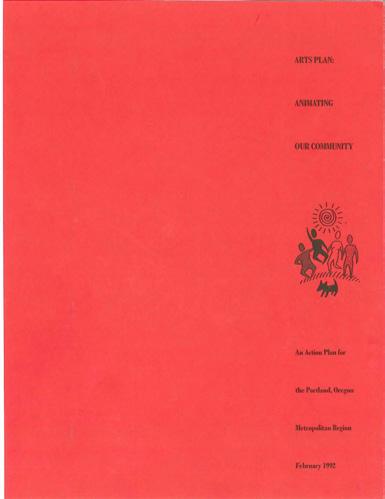

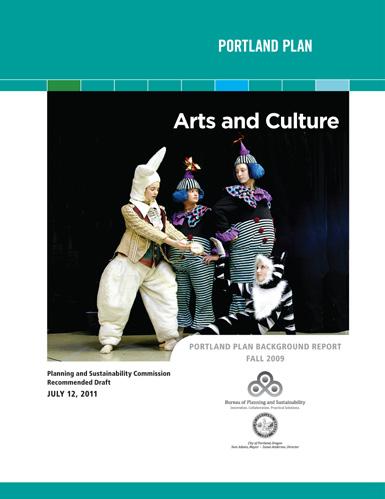
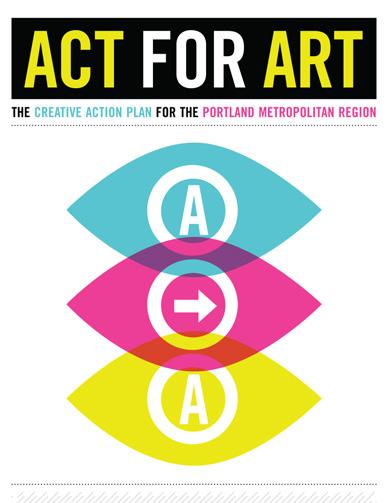
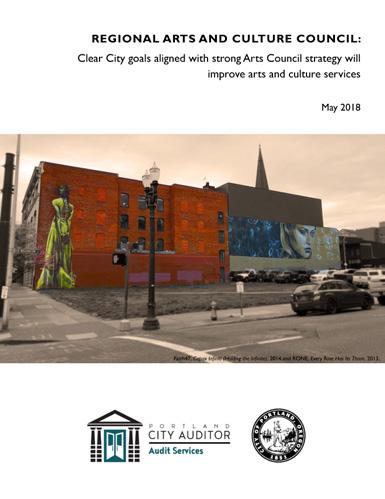
Figure 23: Front covers of the mentioned arts and culture-related reports from RACC and the City of Portland.
•Regional Arts and Culture Council: Clear City Goals Aligned with Strong Arts Council Strategy will Improve Arts and Culture Services, published on May 2018 by the Audit Services Division of Portland.35
•Our Creative Future, a recent initiative to create a new arts and cultural plan for the Portland metro region and Clackamas, Multnomah, and Washington Counties. This effort is being led by staff from Portland’s City Arts Program, the aforementioned counties, the cities of Hillsboro and Beaverton, the Metro regional government, and RACC.36
35 “Regional Arts and Culture Council: Clear City Goals Aligned with Strong Arts Council Strategy will Improve Arts and Culture Services,” Portland City Auditor: Audit Services.
36 “About – Our Creative Future,” Our Creative Future, 2023. https://ourcreativefuture.org/about/
While these reports and initiatives have consistently highlighted the desire for a comprehensive arts and cultural plan for the region, the Audit Division of Portland describes—with some cynicism—a pressing and overarching issue present within the older reports. They emphasize a common thread and need for more nuanced collaborative processes and collective action between many of the city’s institutions spearheading or contributing to the arts and cultural landscape: While proactive, these efforts do not address Portland’s entire arts ecology and do not articulate either a vision or goals for what the City wants to do in terms of arts and culture generally, and how they intend to get there through the work of the Arts Council and City bureaus.37
In sum, Portland’s art and culture landscape struggles with actionable steps, which is the key step towards systemizing, normalizing, and enabling the city’s creatives to thrive, especially for its Black and brown creatives. For example, some of Portland’s most significant and recognizable cultural institutions need to continue investing and implementing genuine diversity, equity, and inclusion (DEI) initiatives across all of their operations, personnel, and systems to deliver on the countless statements and promises shared in response to the social unrest culminating from the murder of George Floyd—and many other Black folks—alongside the impacts of COVID-19 in our communities.

Lastly, it’s pivotal to know that museums in Portland—a major subset of cultural institutions—are strategically posed to contribute more meaningfully than their counterparts (e.g. art galleries, community centers, etc.) to the arts and culture landscape. The role of museums in advancing these efforts is best described by the American Alliance of Museums (AAM): Museums are a vital part of how we tell the stories of who we are, who we’ve been, and how we will live together. They maintain our cultural heritage and teach us about all the ways we are different and the same. Reflecting the diversity of that heritage is a critical part of museums’ work. We cannot claim to be truly essential to society if we are not accessible to all… we believe that equity is our goal, inclusion is how we move toward that goal, and diversity describes the breadth of our experiences and perspectives.38
In the context of my experience working in the museum industry as a Talent Development & Inclusion Strategist at the Oregon Museum of Science & Industry (OMSI), I’ve noticed that museums tend to have more capacity, influence, and power to implement and systemize the space activation and placemaking framework and process if combined effectively with their DEI initiatives, goals, and policies. However, this is easier said than done; this type of pivot requires commitment, intention, accountability, and action to realize.
As mentioned in the cultural and national context section, in 2020 museums were called out and pressured to analyze, confront, and address their current and inadequate systems and processes, which normalize and perpetuate white supremacist culture. While some of the key target initiatives included DEI trainings, increased diversity of staff and senior leadership, and more diverse representation in museum collections, there was also a notable emphasis on diversifying and strengthening programming, opportunities, and resources in order to increase the sense of belonging and community of BIPoC communities, which have historically been excluded from these spaces.39
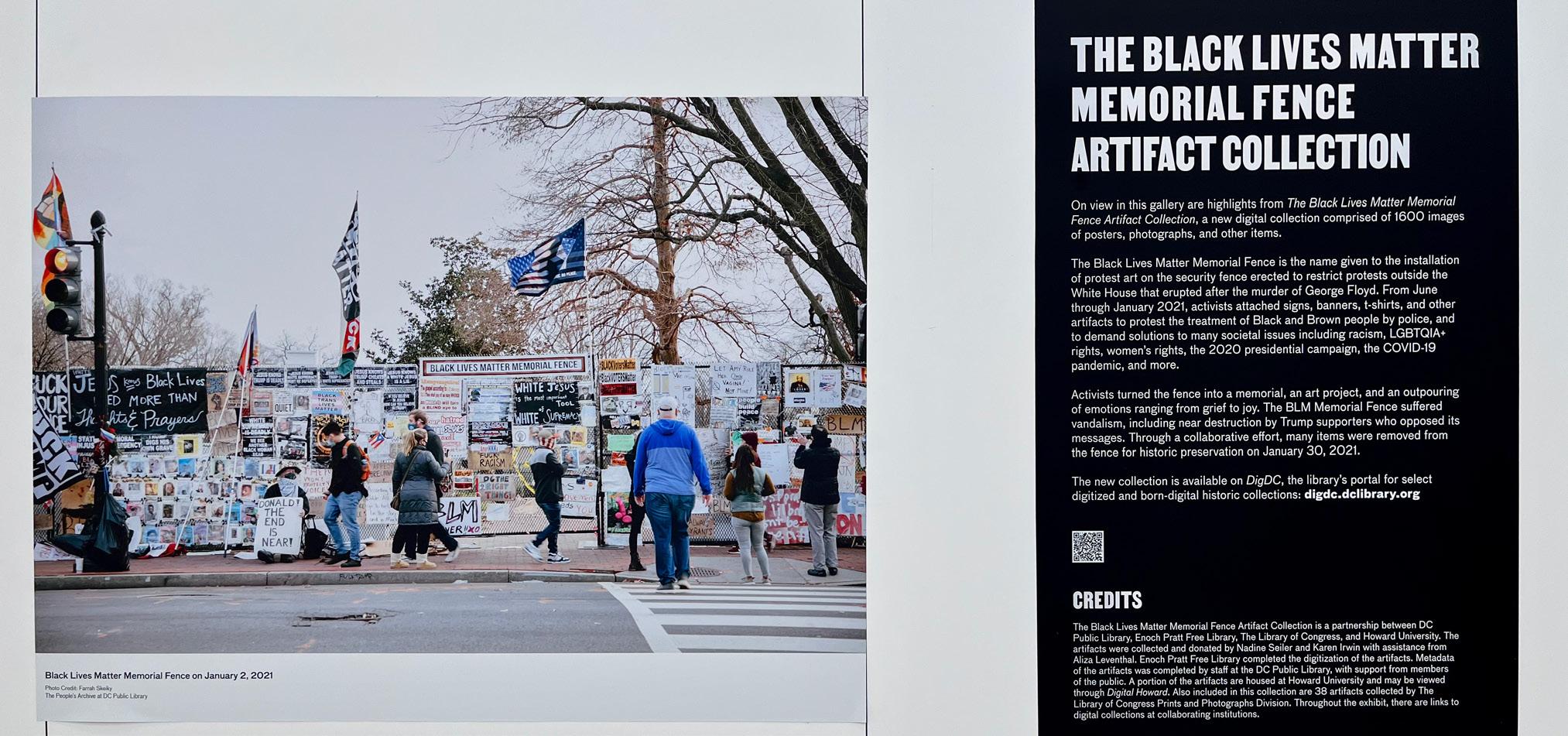
38 “Diversity, Equity, Accessibility and Inclusion,” American Alliance of Museums, 2020. https://www.aam-us.org/programs/ diversity-equity-accessibility-and-inclusion/
39 Lawson-Tancred, Jo, “Two Years Ago, Museums Across the U.S. Promised to Address Diversity and Equity. Here's Exactly What They Have Done So Far,” Artnet News, 2022. https://news.artnet.com/art-world/museum-dei-plans-2022-2161690
While prioritizing a framework and process like space activation and placemaking in a museum can never fully address the problematic historical, political, and cultural contexts of these institutions, it has the potential to tackle them by creating, revising, or dismantling policies, funding models, and processes that center Black and brown creatives and their communities.
For nuanced and beautiful examples of museums engaged in culturallyspecific space activation and placemaking, please take a look at AAM’s Effective Museums and Exhibits Should Build Community: La Rodadora and Public Spaces and Potential Places 40
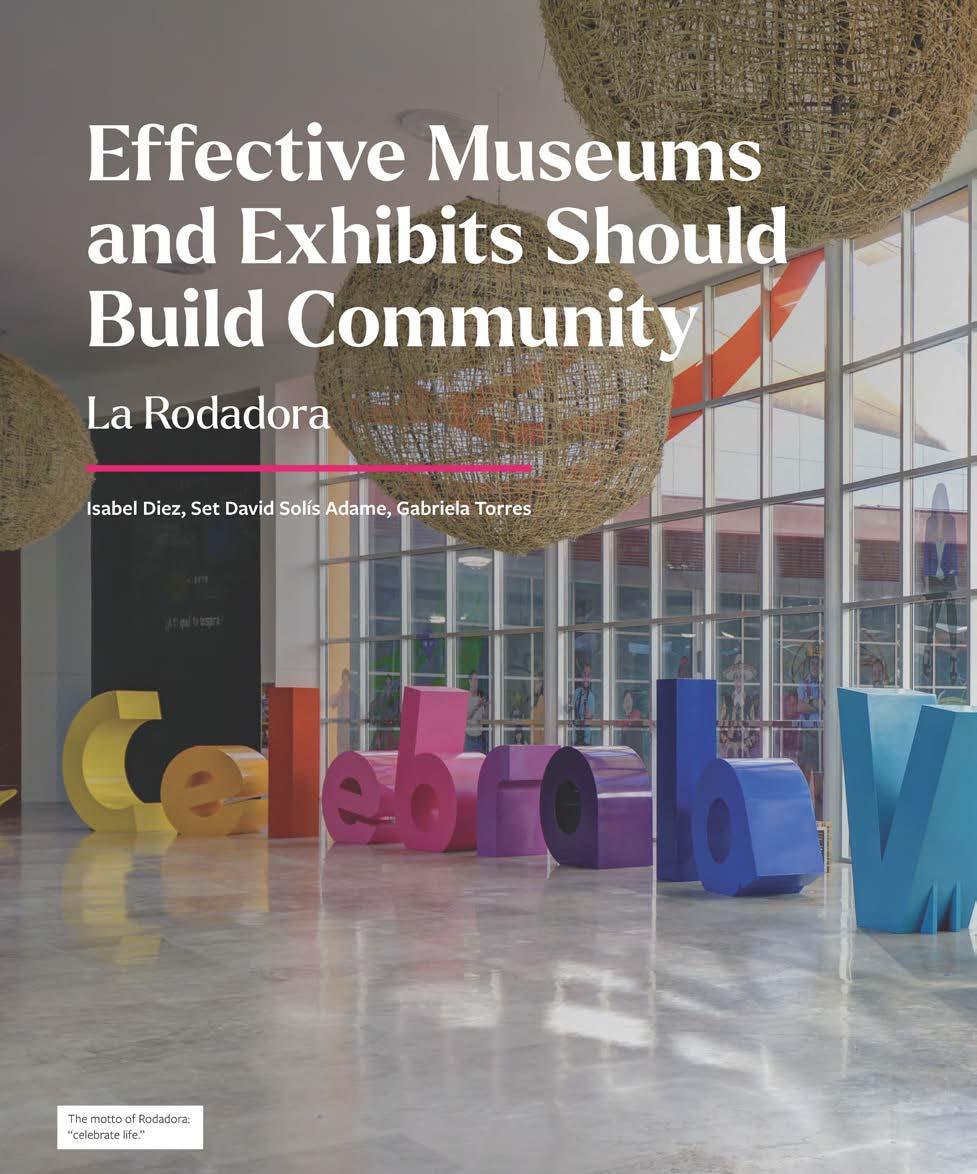

40 Diez, Isabel, David Solís, and Gabriela Torres. 2022. “Effective Museums and Exhibits Should Build Community: La Rodadora.” American Alliance of Museums. https://static1.squarespace.com/static/58fa260a725e25c4f30020f3/t/ 635a8bf5d89bad67e70daae5/1666878454018/07_Exhibition_22FA_EffectiveMuseumsShouldBuildCommunity.pdf
Campbell, Eileen, and Shawn Lani, “Public Spaces and Potential Places,” American Alliance of Museums, 2022. https://static1. squarespace.com/static/58fa260a725e25c4f30020f3/t/616f30f83e0225214a21b252/1634676997066/09_Exhibition_21FA_ PublicSpacesPotentialPlaces.pdf
In wrapping up this section, I want to share the following list which highlights what I believe are some of Portland’s key cultural institutions (with half of the list being comprised of museums);41 it’s important to be privy of their areas of strength, areas for improvement, their past, present, and future, and how they are centering and being held accountable by BIPoC communities (or whether they are not, for that matter) because many have shared their own versions of diversity, equity, and inclusion (DEI) goals and initiatives, equity statements, or some combination of the two.
I encourage ya’ll to read their statements and explore the types of space activation projects they host and contribute to. There is a breadth of examples, ranging from window exhibits about local history, outside exhibits and interactives, murals, projections, performances, cultural districts, and more.


41 Maia, Gaby, “Top 15 Best Art And Cultural Attractions In Portland,” Global Grasshopper, 2022. https://globalgrasshopper. com/destinations/north-america/best-art-and-cultural-attractions-in-portland/ “Arts and Culture.” Portland Relocation Guide n.d. https://portlandreloguide.com/museums-theaters-galleries-music-and-more/ “Arts | The Official Guide to Portland,” Travel Portland, n.d. https://www.travelportland.com/culture/arts/ “THE 10 BEST Museums You'll Want to Visit in Portland,” TripAdvisor, n.d. https:// www.tripadvisor.com/Attractions-g52024-Activities-c49-Portland_Oregon.html; State of Oregon, “Blue Book - Oregon's Major Arts Organizations,” Oregon Secretary of State, n.d. https://sos.oregon.gov/blue-book/Pages/cultural/arts-major.aspx
•Five Oaks Museum (formerly the Washington County Museum).
•Jordan Schnitzer Museum of Art at Portland State University.
•Lan Su Chinese Garden.
•Oregon Center for Contemporary Art.
•Oregon Historical Society.
•Oregon Jewish Museum and Center For Holocaust Education.
•Oregon Museum of Science & Industry (OMSI).
•Oregon Symphony.
•Portland Art Museum.
•Portland Children’s Museum (closed due to the pandemic).
•Portland Chinatown Museum.
•Portland Center Stage (PCS).
•Portland'5 Centers for the Arts.
•Portland Institute for Contemporary Art (PICA).
•Portland Japanese Garden.
•Portland Playhouse.
•Portland Opera.
•Regional Arts and Culture Council (RACC).
•World Forestry Center - Discovery Museum.
•Yale Union (closed and transferred building and land rights to the Native Arts and Cultures Foundation [NACF]).
Please note this is not a comprehensive list; on top of these cultural institutions, there are many local art galleries, festivals, and events across the city that contribute to Portland’s arts and culture landscape + actively practice space activation and placemaking. Additionally, I curated this list based on my own—subjective—understanding of each cultural institutions’ brand recognition, size, and cultural impact potential on Portland’s populace and art and cultural landscape.

As mentioned in previous sections, space activation and placemaking emphasizes the need and importance of using a people-centered approach for designing spaces with people, as well as a focus on re-envisioning our current built spaces, whether they are physical or digital, temporary or permanent, and public or private.42 But this framework and process is part of a larger philosophical question of the human condition: how do humans define space and place, and what effects does it have on people in cultural, societal, spiritual, and social contexts?
Tim Cresswell’s book, Place: An Introduction, explores these questions and highlights a breadth of theories, considerations, and examples while simultaneously making significant connections to both historical and contemporary contexts:
•For some, space and place is about a physical location i.e. a pin on the map, a landmark to visit, or a city to travel to.
•For some, it’s a method for connecting with others i.e. a gathering spot for the community to gather, socialize, and interact with each other.
•For some, it’s a political space that symbolizes power and cultural heritage e.g. The 2011 Egyptian Revolution at Tahrir Square in 2011.
•For some, spaces aren’t always stationary. Both permanent and mobile spaces can encourage a sense of place and affinity i.e., a building (permanent) and a ship (mobile) can both achieve this.
•And many more. The list goes on…43
42 Arnold, “Podcast: What is Space Activation and Placemaking?” Authentic Form & Function; “The Placemaking Process.” Project for Public Spaces, 2018.
43 Cresswell, Tim, Place: An Introduction (Chichester, United Kingdom: John Wiley & Sons Ltd, 2015), 1-18.
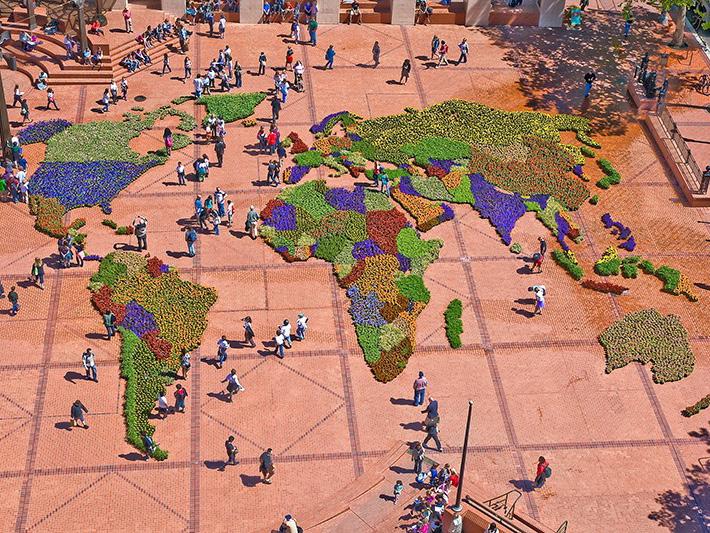





But, it’s Creswell’s attribution to political geographer John Agnew’s definition of place that best summarizes my own understanding of space and place. Agnew states that every place has three inherent qualities: location, locale, and sense of place.44
The first—location—is about knowing where a place is, akin to the pin on a map metaphor or the use of GPS coordinates to triangulate a place. The second—locale—is about the physical shape and social network of a place, akin to the walls, the buildings, the streetlights, the wildlife, and interconnectivity at a place. The third—sense of place—is about the emotions and meaning that people attach to a place, akin to a feeling, a memory, or a cultural history within a place.
All three are important to understand and consider when using the framework and process of space activation and placemaking, but a sense of place is of most significance because of the connection it facilitates between people and their built environments.
For me, however, a sense of place requires additional factors to round out the foundations and principles with which we are leading space activation and placemaking design processes; in particular, we must prioritize the concepts of memory, time, and culture.




Figure 36: Public Street Plaza (bottom) [SE Ankeny Street / SE 28th Ave]. Photo by author.
44 Agnew, John A, Place and Politics: The Geographical Mediation of State and Society (Crows Nest, Australia: Allen & Unwin 1987), 5; “Changing Places,” University of Plymouth, n.d. https://www.plymouth.ac.uk/uploads/production/document/path/19/19721/ Geography_Changing_Places_Poster.pdf
Delving into the three additional factors more closely—memory, time, and culture—Creswell states that “place and memory are, it seems, inevitably intertwined… monuments, museums, the preservation of particular buildings (and not others), plaques, inscriptions, and the promotion of whole urban neighborhoods as ‘heritage zones’ are all examples of the placing of memory,” which highlights the process of attributing a space as valuable, culturally significant, and worth preserving (time and memory).
Further on, Creswell also mentions the concept of genius loci, or the the prevailing character, atmosphere, or ‘spirit’ of a place, as an example of architects and urban planners being tasked with balancing the pre-existing sense of place alongside the needs of its users45, which emphasizes a process instead of just a snapshot and/or state of being (culture).
If conversations and engagement with community members and stakeholders do not prioritize these attributes of sense of place throughout the design process, confusion, frustration, and skepticism can occur. These potential emotions and outcomes parallel renowned humanistic geographer Yi-Fu Tuan’s own reflections about the introduction of improvements to our built environments, and the subsequent loss of context if not stewarded (time): “wheelchair ramps in public spaces are an example… [they] were built at great expense. They are an emblem of civilization, yet who now see them with a sense of civic pride?”46
46
45 Cresswell, Tim, Place: An Introduction 119-120, 128-129.
Thompson Pub 2012).
In essence, if mechanisms aren’t in place to protect, document, and systemize the space activation and placemaking process, the new benchmark is the standard by which the community is held accountable to. This absence does not always honor or represent the individual and collective efforts of all groups involved, in turn allowing history to be forgotten, which can be detrimental to a community’s understanding and commitment to the process and/or project.
Therefore—in order to honor a sense of place in relation to memory, time, and culture—practicing effective community-led preservation is critical to a project’s long-term success and sustainability. Moving towards the practical applications of this framework and process, let’s make sure to keep these factors in mind and consistently reference them: before, during, and after.


Before we move on to actual space activation and placemaking examples, there’s a pressing question we must ask ourselves: what makes a great space? Taking it further, what makes a great space activation and placemaking process and project? A foundational primer to consider is Project for Public Spaces' Placemaking: What If We Built Our Cities Around Places? which highlights four key attributes for a great place:47
1.They are accessible and well connected to other important places in the area.
2.They are comfortable and project a good image.
3.They attract people to participate in activities there.
4.They are sociable environments in which people want to gather and visit again and again.

47 “Placemaking: What If We Built Our Cities Around Places?” Project for Public Spaces, 2022, 5-6. https://assets-global.websitefiles.com/581110f944272e4a11871c01/638a1fe260f36b92be75784f_2022%20placemaking%20booklet.pdf
Project for Public Spaces' full report provides more details, information, and questions for designers engaged in space activation and placemaking. However, I want to add some additional considerations that I believe the report is lacking; in particular, there’s a glaring and minimal consideration of how race and ethnic background impacts the use, access, and design of spaces for communities of color.
In order to address this issue—and on a local level—I want to center the work that Imagine Black (formerly known as PAALF Action Fund) conducted through its 2017 report, The People’s Plan, as well as the work that the Immigrant and Refugee Community Organization (IRCO) conducted through its 2022 Community Needs Assessment report.48
Both of these reports highlight the need for resources and spaces that are culturally relevant for communities of color, especially given the historical marginalization that manifests as various social issues (e.g. food insecurity, hate crimes, environmental racism). In sum, both reports emphasize how the built environment, social, and community contexts that communities navigate are rooted in racist systems that actively contribute to the loss of culture and mental health issues.
As a designer, if you are not actively considering and tackling these racist structures and symptoms of white supremacy during a space activation and placemaking process or project, you are unable to make a great place. If the experiences, culture, and expertise of Black and brown communities are not being centered and prioritized, there’s no great place.

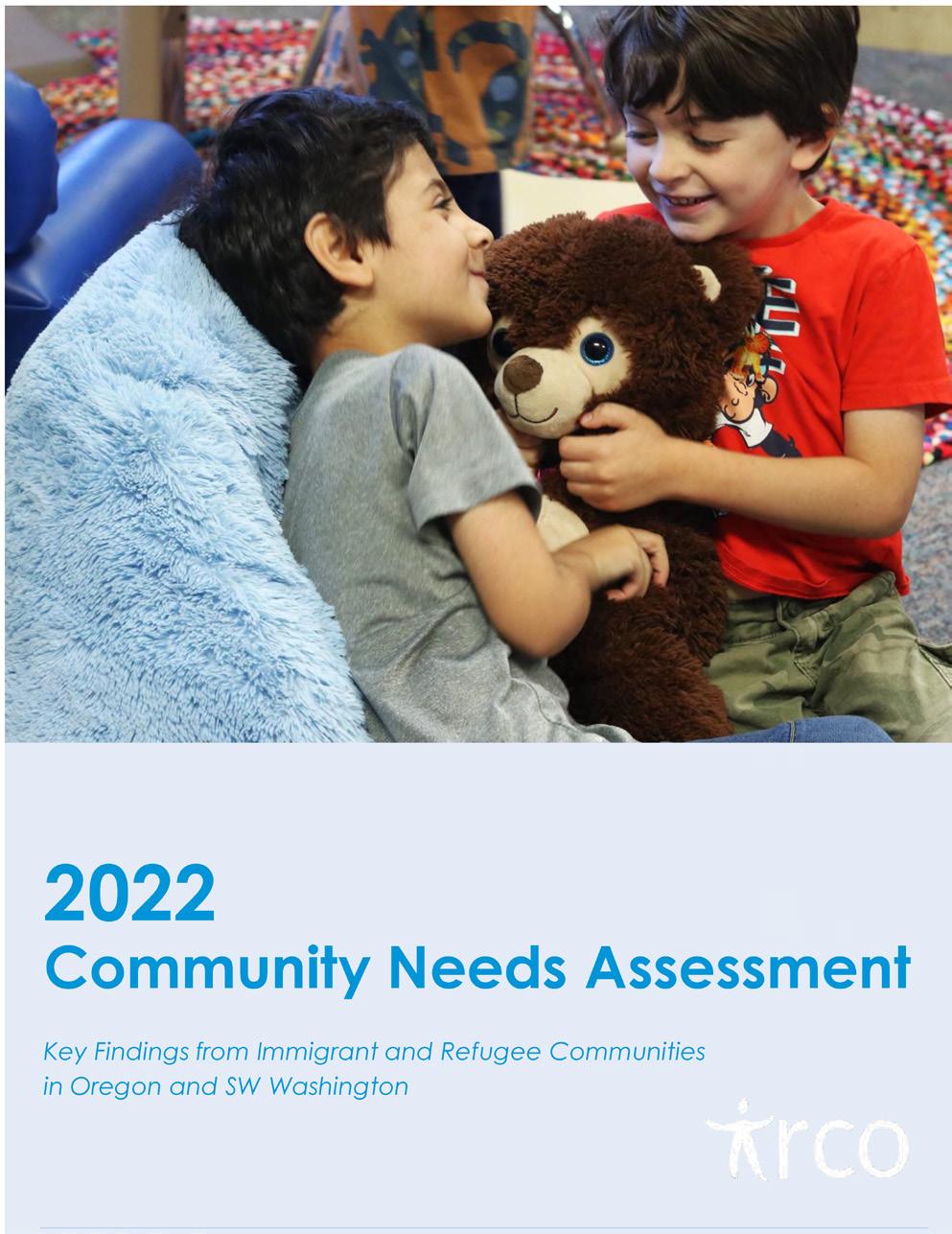
48 “The People's Plan,” Imagine Black, 2017. https://static1.squarespace.com/static/5c1ad1377106994934ad2548/t/616cd794 ede41951358def30/1634523053052/_PAALF+Peoples+Plan_2017_final.pdf; “2022 Community Needs Assessment,” Immigrant and Refugee Community Organization (IRCO), 2022. https://irco.org/who-we-are/reports/
Space activation and placemaking projects can take on a variety of forms, and an exhaustive list is not possible. Nevertheless, the following pages showcase examples that regularly come up; please note that there will always be emerging and/or remixed projects because of the evolving nature of this framework and process.
Furthermore, as previously mentioned, cultural, societal, spiritual, and social contexts alongside communities’ local, state, and national landscapes will inform the manner in which these manifest e.g. the affordances between U.S. cities such as Portland, San Francisco, New York, Seattle, and Miami have some similarities, but they are uniquely different based on their individual and respective policies, histories, and populations.
For us to practice effective space activation and placemaking, we must remain knowledgeable of other practitioners and examples throughout every step of the design process. If we intentionally practice and keep these things in mind, we are able to make meaningful progress towards creating meaningful spaces that people and communities want to be in; when we center folks that are traditionally excluded from the design process, we are able to make progress towards improving our collective conditions.
On a personal and individual level, consider exploring your own neighborhoods and cities for space activation and placemaking examples and projects; for example, the images used throughout are a combination of images I took while exploring Portland, photographs sourced from my fellow CD/DS peers, and from a variety of reports, articles, artists, photographers, and websites.
And lastly, the resources and links across the following pages span space activation and placemaking projects at local, national, and international contexts. As you explore, what ideas do they spark for you?
Common Space Activation and Placemaking Examples:
•Murals
•Community Centers
•Interactive Exhibits / Installations
•Gathering Places / Plazas
•Pop-ups / Markets
•Events and Festivals
•Classes, Workshops, and Performances




Arts East: A Plan for Increasing Arts Equity, Access, and Resources in East Portland, Oregon
Regional Arts and Culture Council and Portland’s City Council (link)


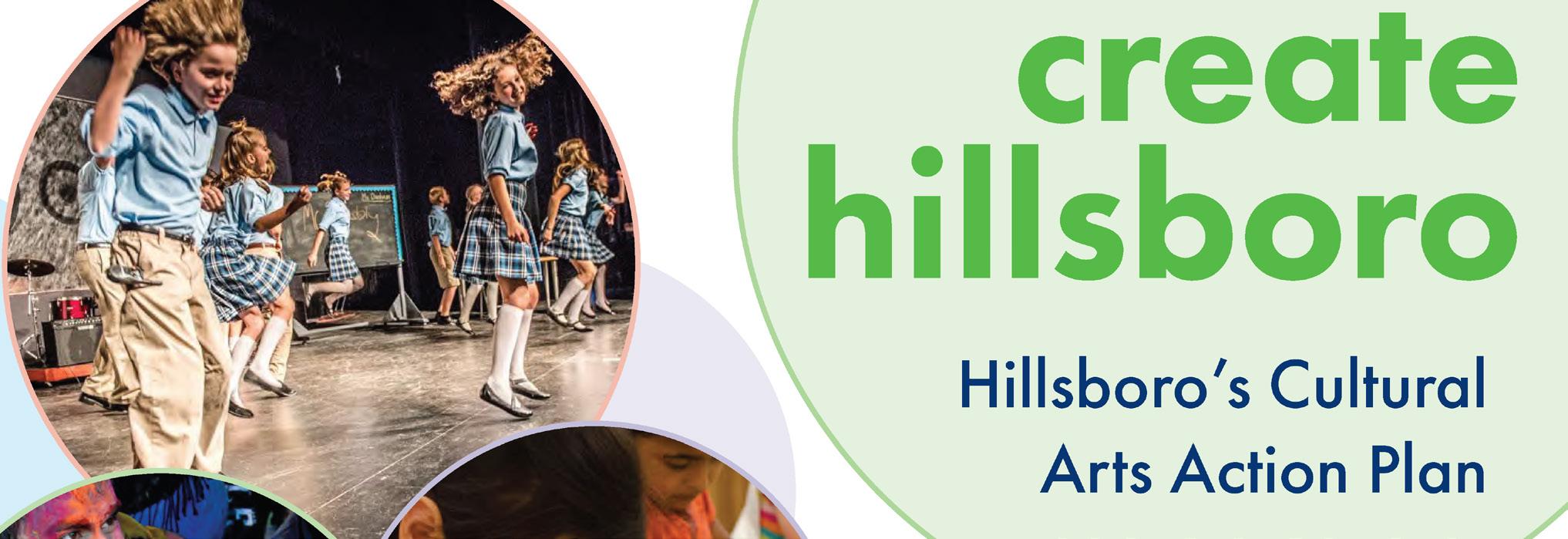
Center for Native Arts and Culture
Native Arts and Cultures Foundation (link)
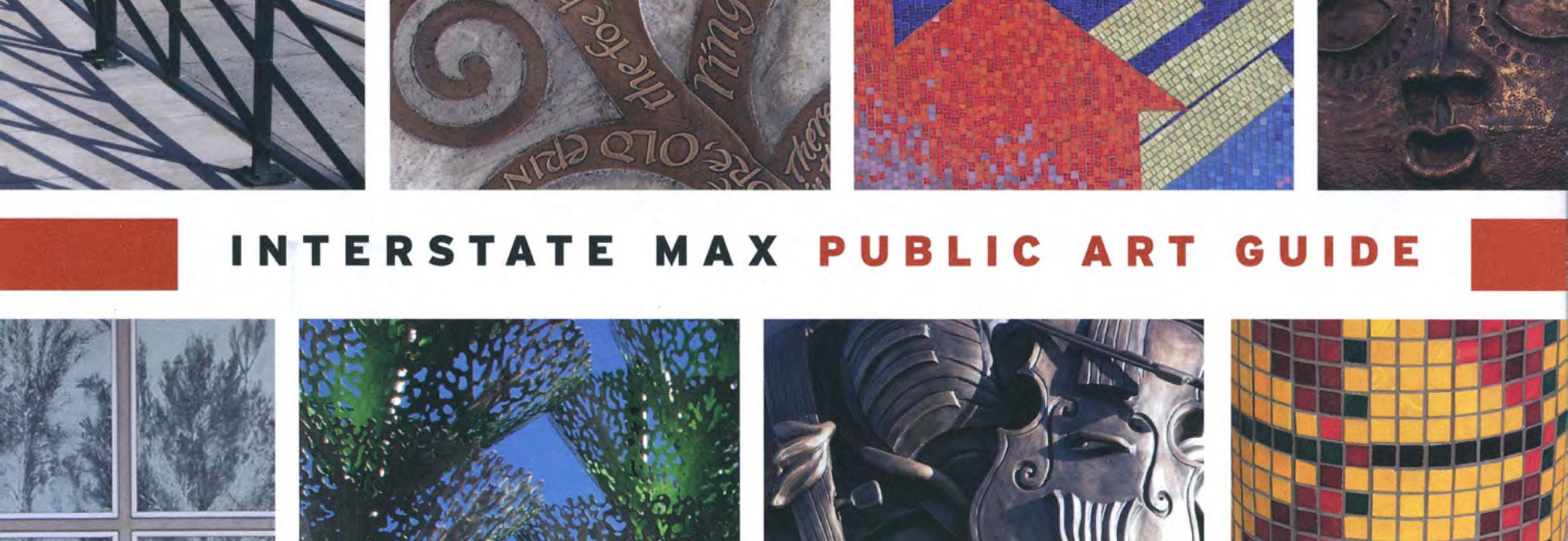


Interstate MAX Public Art Guide
TriMet (link)
PDX Sidewalk Joy Map
PDX Dinorama and the growing list of folks who have curated galleries, exchanges, and displays in curb gardens, front yards, or sides of buildings (link)
Street Art in PDX
Project P.A.I.N.T. (link)



Street Roots New Headquarters
Street Roots and Holst Architecture (link)
Public Art Walking Tour Guide
Oregon Convention Center (link)
The Summer Series at Madison Plaza on SW Park Ave and SW Madison Street
The Numberz FM, Portland Art Museum, and the Portland Bureau of Transportation [PBOT] (link)
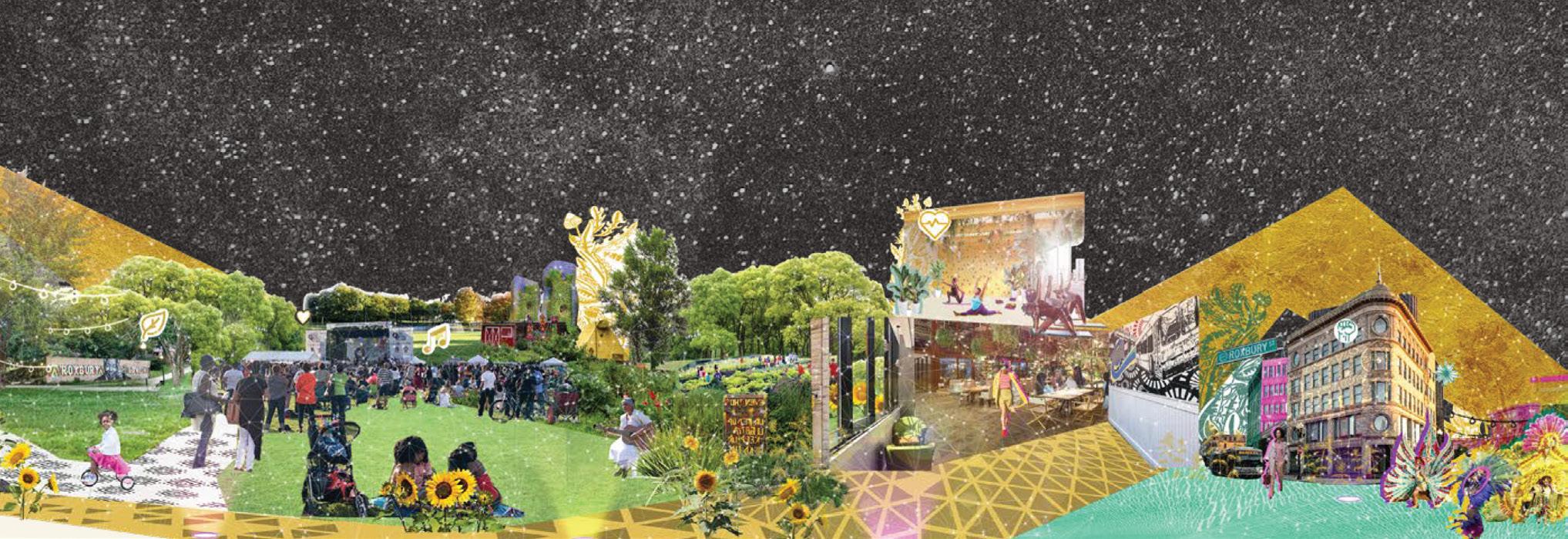
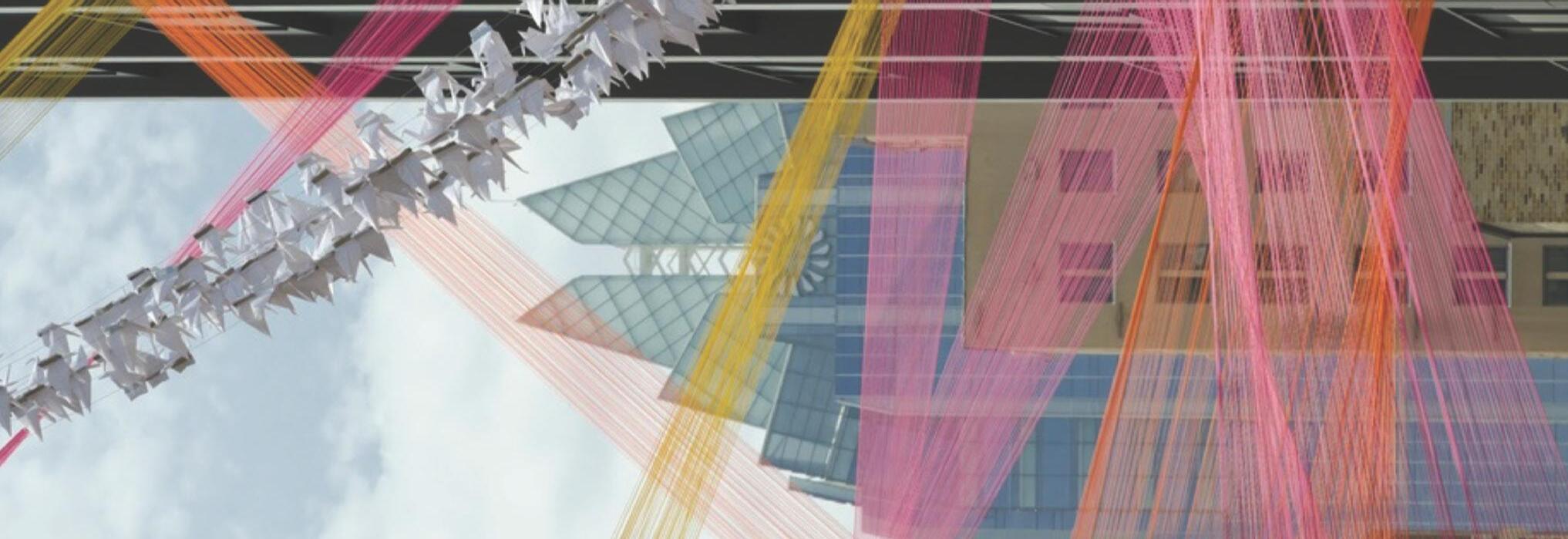
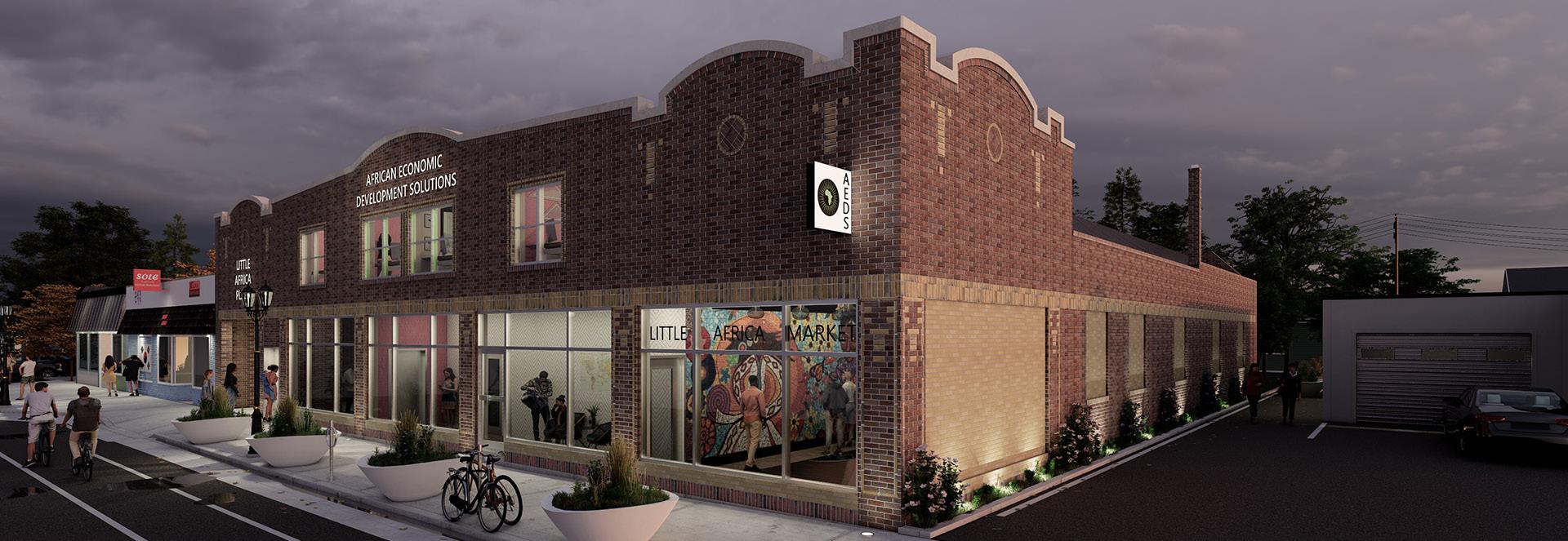
A Voice at the Table: An Exploration Around Affirmative Space for Black Womxn in Roxbury, MA
Sasaki in Boston, MA (link)
Activating Austin's Downtown Alleys as Public Spaces
City of Austin's Downtown Commission Alley Activation Workgroup in Austin, TX (link)
Envisioning an Art-driven Economy with Little Africa's Creative Placemaking
African Economic Development Solutions (AEDS) in St. Paul, MN (link)
National Space Activation Examples



Exploring our Town
National Endowment for the Arts across the United States (link)
Parks & Public Spaces
Downtown Seattle Association in Seattle, WA (link)
Public-Space Activation Fund (PAF)
Department of Cultural Affairs in Los Angeles, CA (link)

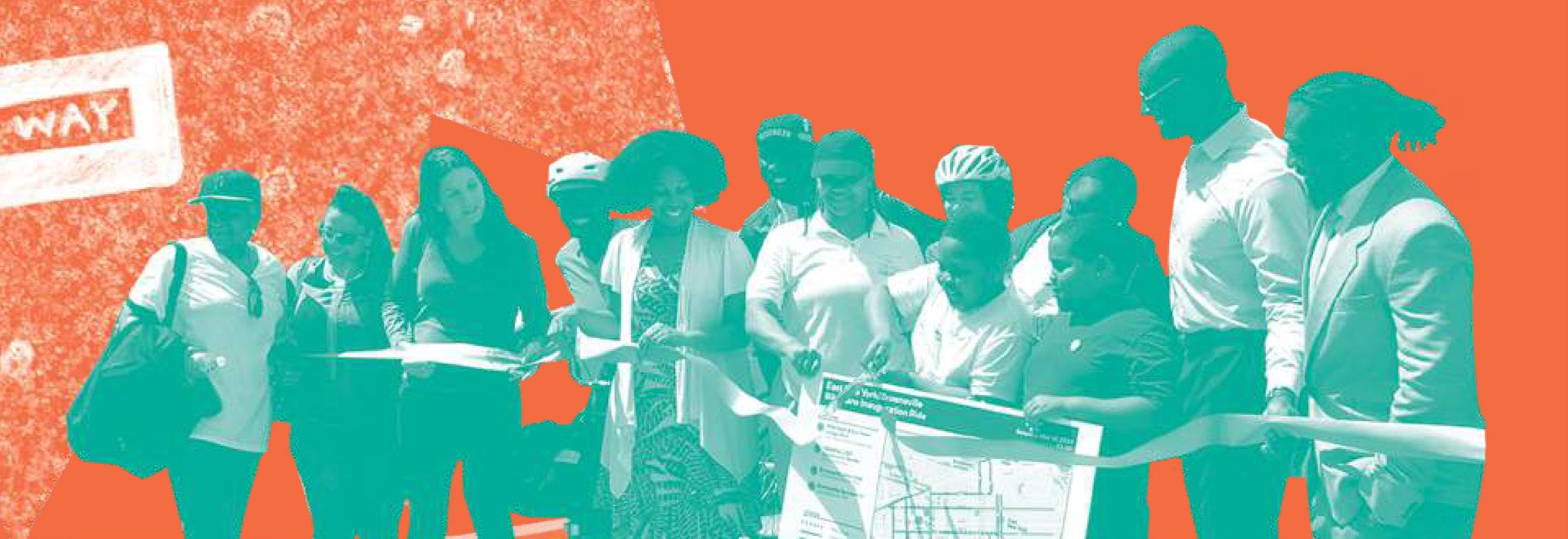
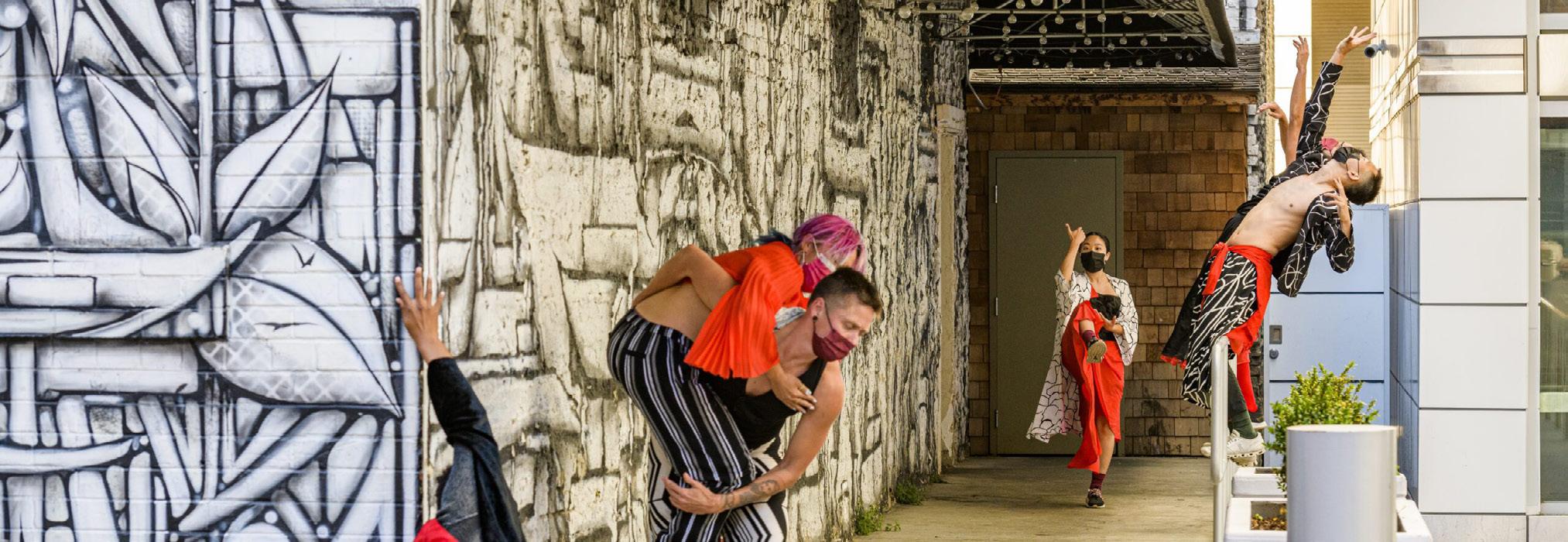
Public Space Activation & Stewardship Guide
District of Columbia Office of Planning in Washington D.C. (link)
Safe Places and Active Spaces
Mayor's Office of Criminal Justice in New York City, NY (link)
Space Activation Artist in Residence Program
Intersection for the Arts in San Francisco, CA (link)

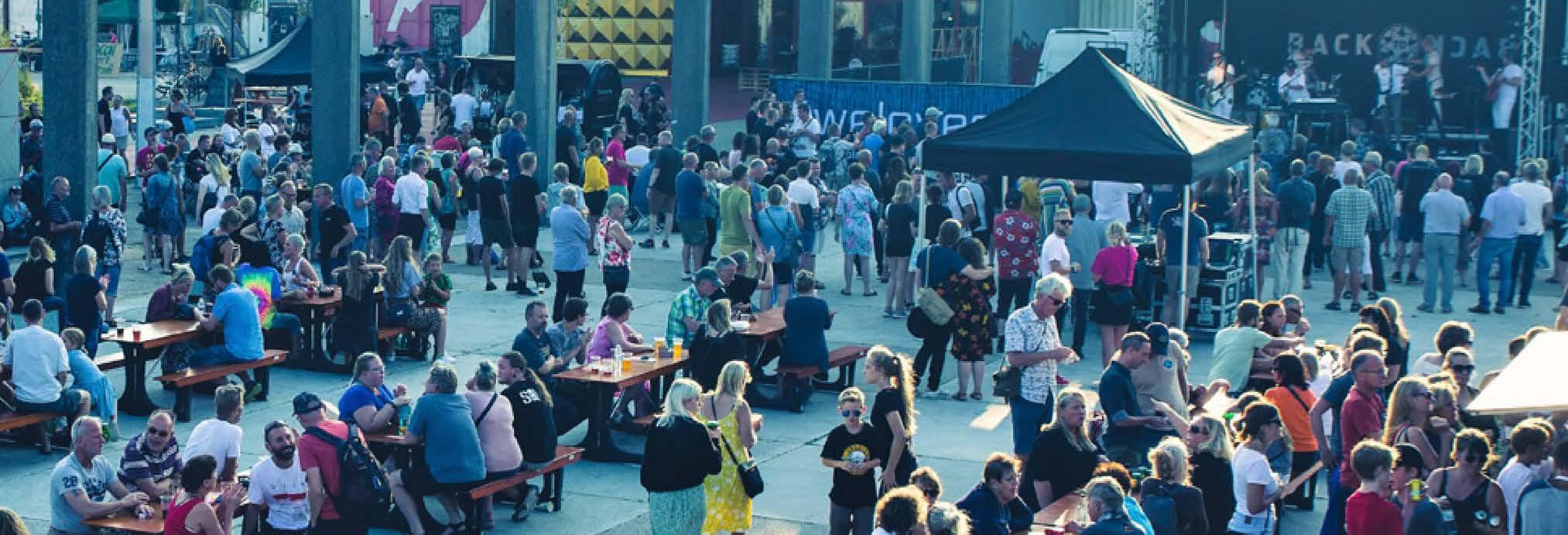

A New Placemaking Agenda for African Cities
Our Future Cities across the African continent (link)
Creative Placemaking in Denmark
Urban Land Institute in the country of Denmark (link)
The Politics of Solidarity and Erasure in South Asia (HaP)
Heritage as Placemaking (HaP) in the countries of India and Nepal (link)



How to Make a Great Place: Placemaking Stories in Singapore from Communities and Designers
Urban Redevelopment Authority (URA) in the country of Singapore (link)
NSW Guides to Public Space Activation
New South Wales Department of Planning and Environment in the country of Australia (link)
The Toolbox
Placemaking Europe across the European continent (link)
Space Activation Examples
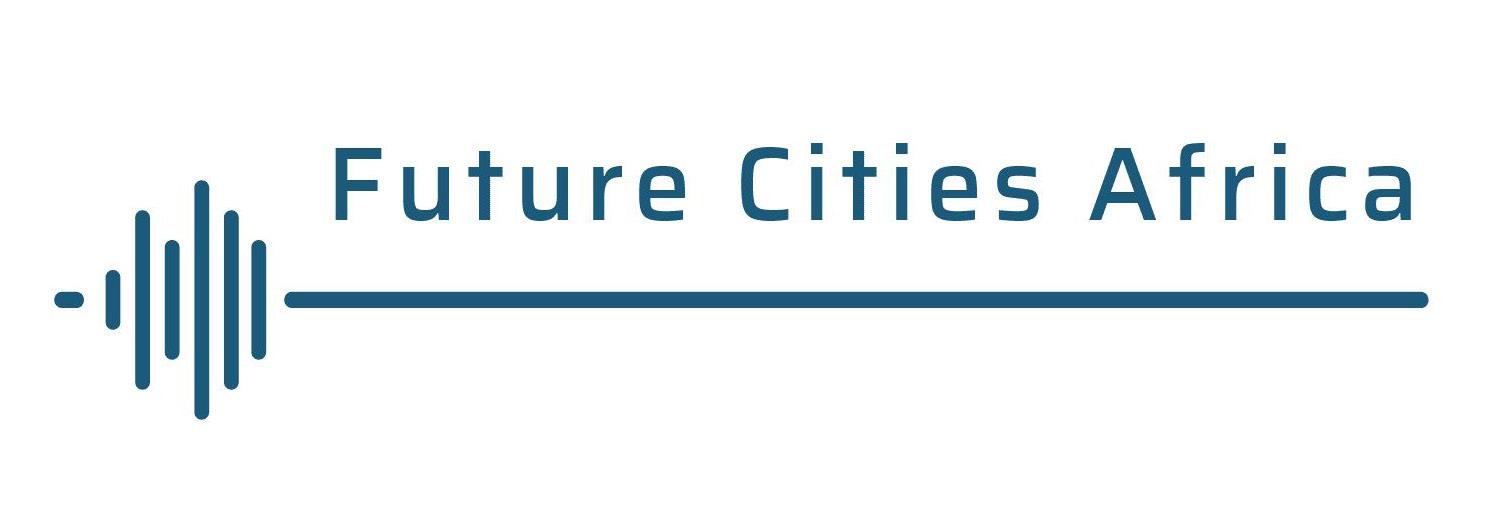
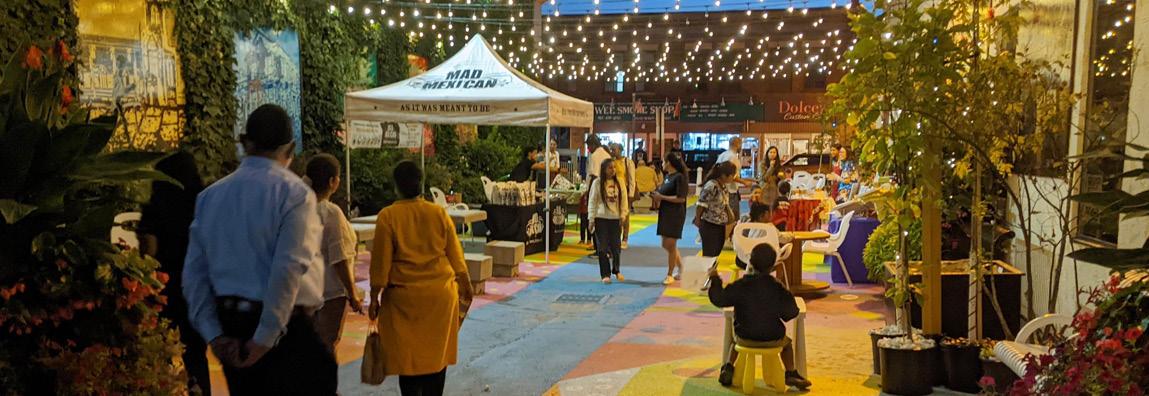
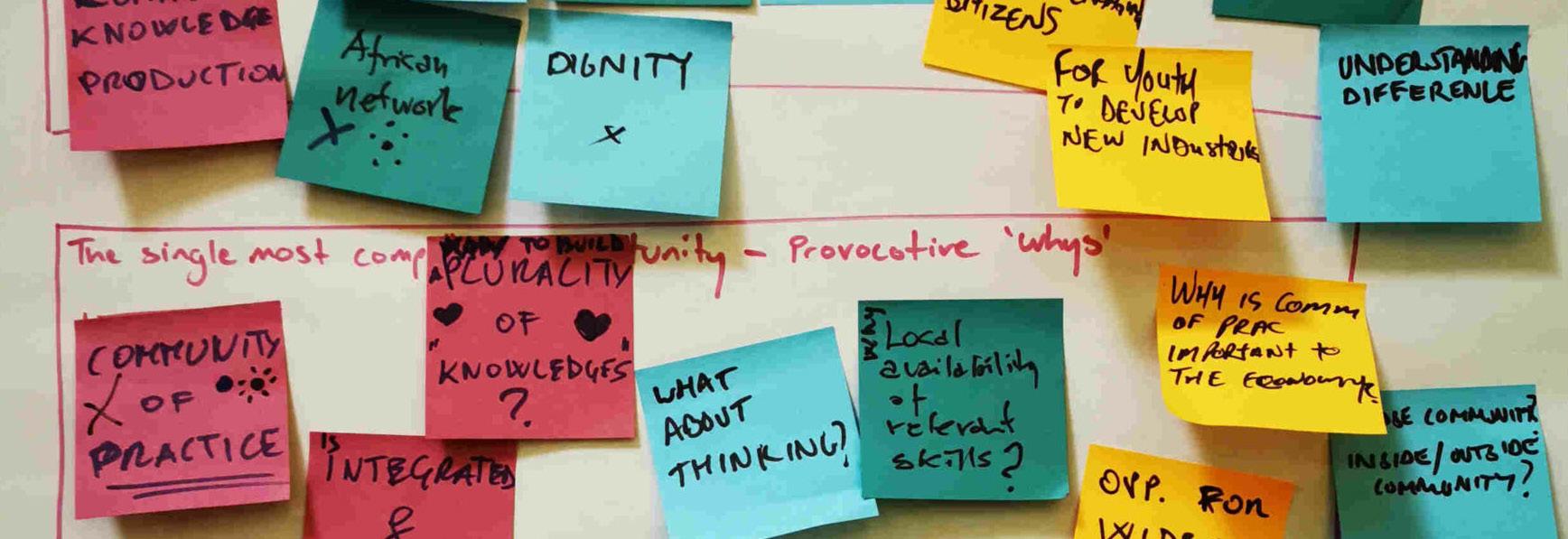
Shaping the Future of African Cities
Futures Cities Africa across the African continent (link)
Stories, Insights, and Work
8 80 Cities in the country of Canada (link)
Human(e)
The Centre on African Public Spaces in the country of South Africa (link)


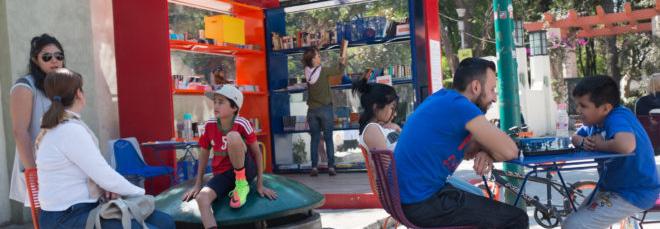
The Eye of Mexico
Massiv Art in the country of Mexico (link)
The Journal of Public Space
City Space Architecture and the UN-Habitat in the countries of Italy and Kenya (link)
This Must be the Place: Learning by Doing in Mexico City
Project for Public Spaces in the country of Mexico (link)

Written by B. Cannon Ivers, with examples spanning the world (link)
With the majority of my secondary research of the arts and culture landscape completed, I embarked on eight months of rigorous, fun, creative, community-centered, and coalition-building engagements. This included conducting a series of interviews, surveys, and space activation and placemaking engagements with key stakeholders (I focused on four priority groups):
1.BIPoC artists / designers / cultural workers
2.Cultural institutions and community organizations
3. Staff from the Oregon Museum of Science and Industry (OMSI)
4.Mathematicians / creative math artists
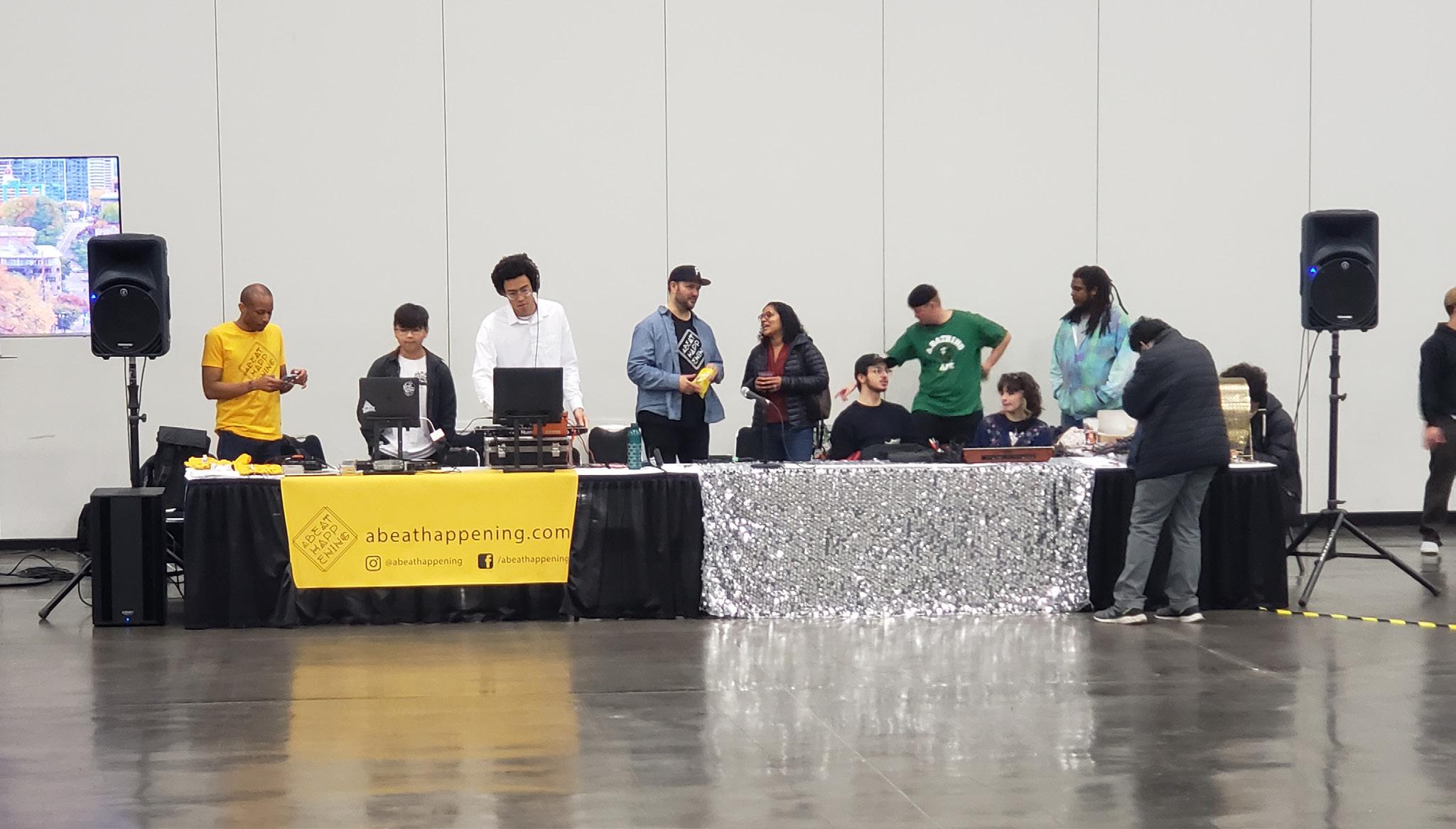
The overarching goal of my engagement was to better understand the affordances of space activation and placemaking:
1.In our local context.
2. By identifying commonalities and differences amongst the groups, and what influences them.
3.By understanding the systems and processes that prevent strong and healthy collaborations between these groups.
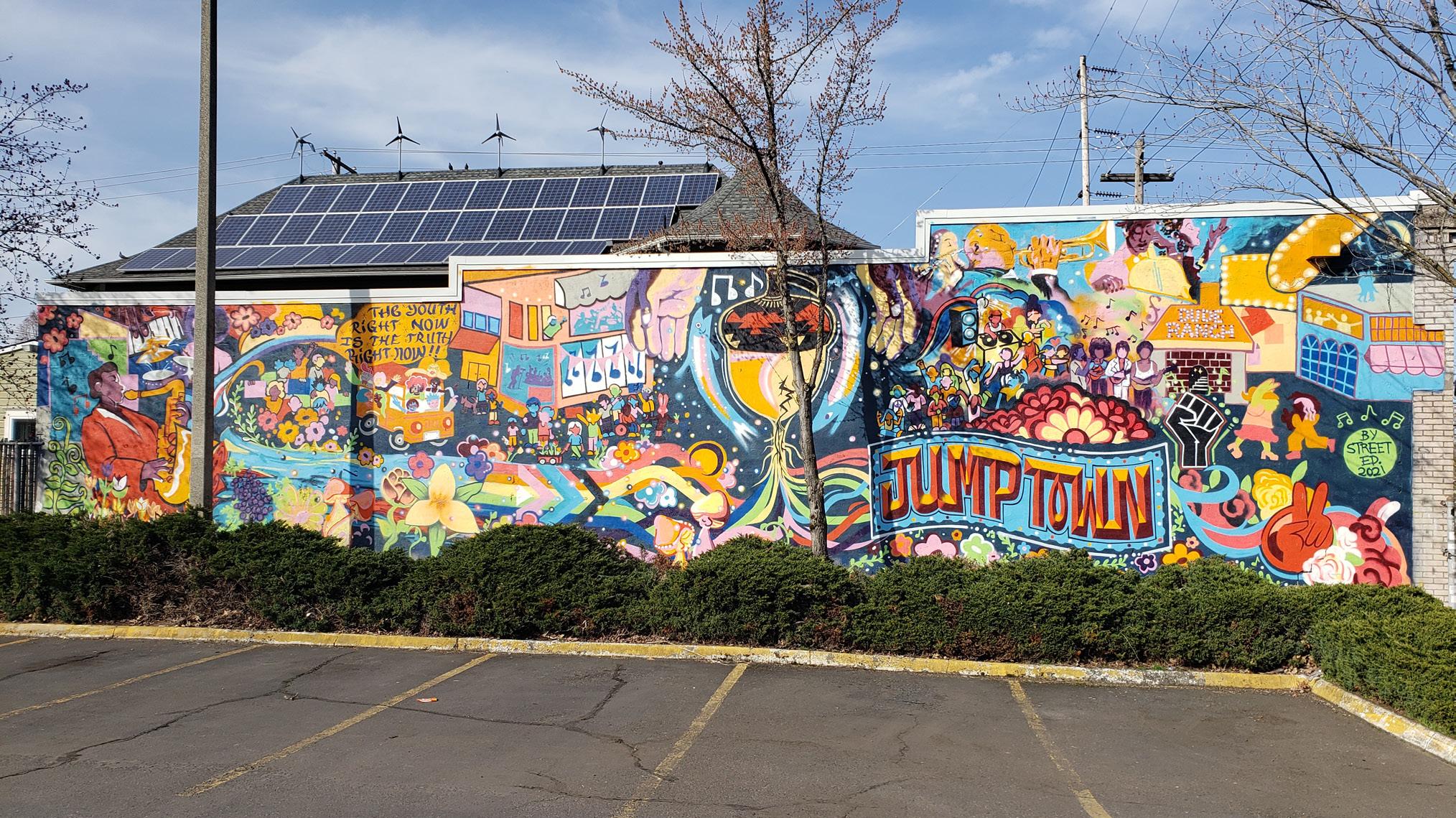
While ambitious in scope, I envisioned my collaborative design process requiring a significant number of stakeholders because of the complexity, nuance, and interconnectedness of my thesis topic.
For example, the needs of an individual artist are different from that of another artist, a cultural institution’s strategies and approaches do not necessarily translate 1-to-1 to another institution, the systems and process impacting people are based on their individual/collective and localized contexts, and so forth.
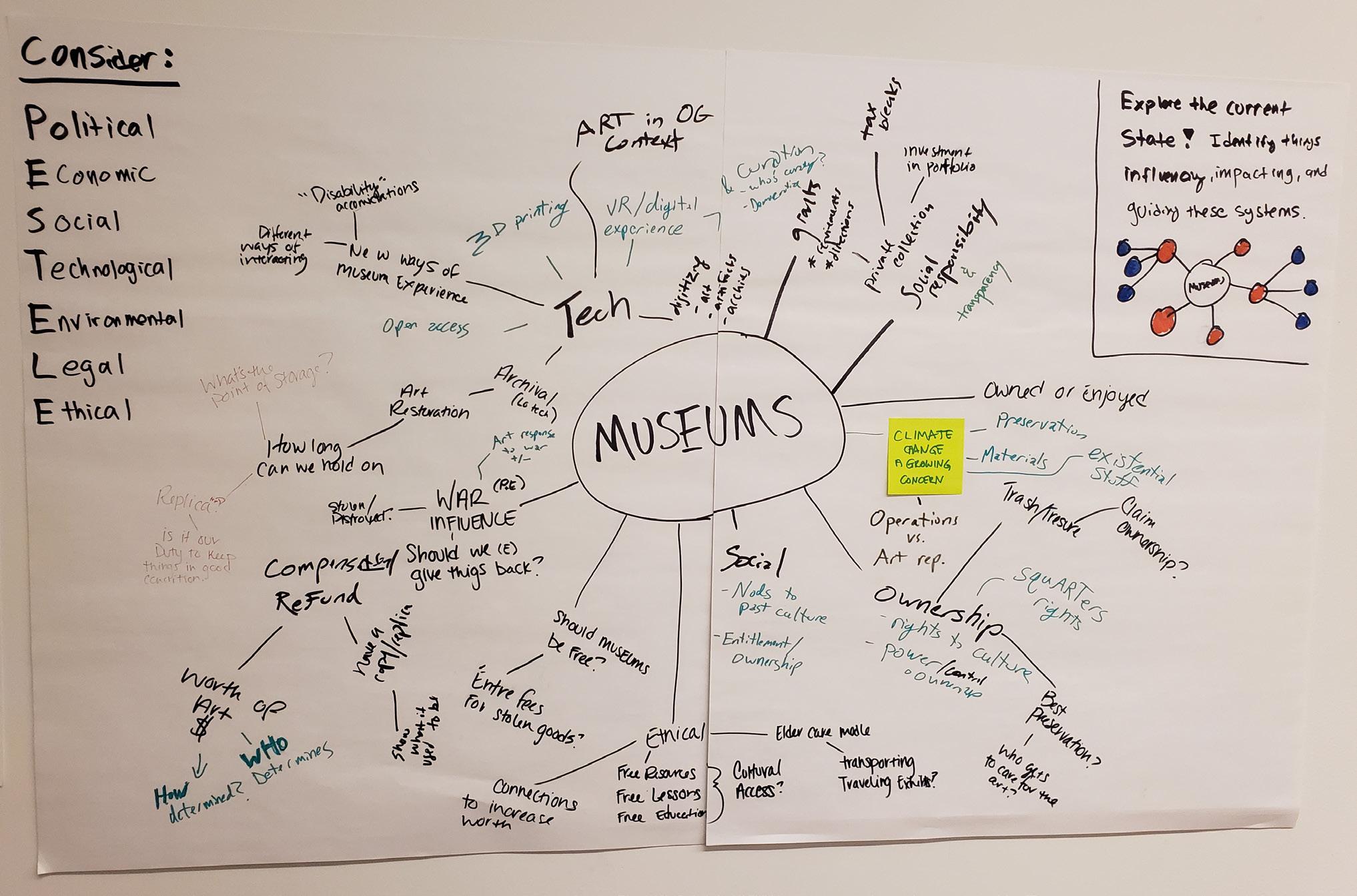
While this process was not free of challenges, I’m incredibly proud of the collaborative design approach I was able to research, develop, and iterate on, which led to many lessons learned, strengthened my practice as a designer, and provided collaborative opportunities for all parties involved.
As you read on, please note that my approach is not a template, but a guide; my hope is that elements of my experience can be replicated, but informed by your own individual context.
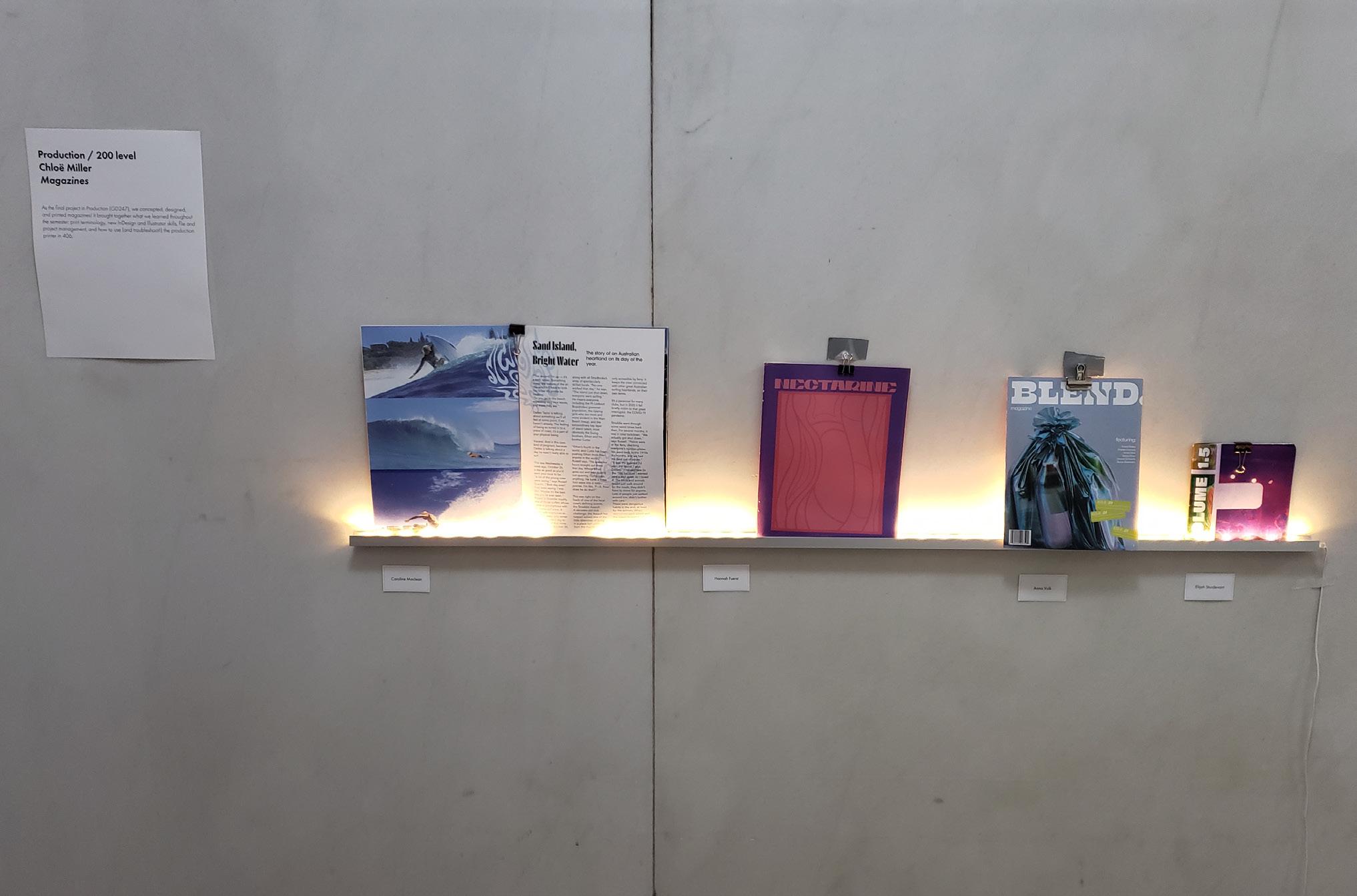
How can space activation encourage and foster stronger and healthier collaborations between BIPoC artists and cultural institutions in Portland, and what can it look like through design justice and participatory frameworks?

As described in previous sections, because cultural institutions have traditionally and systematically excluded BIPoC communities from using and accessing their spaces and resources, I wanted my design and research requirements to center and emphasize their experiences and needs through meaningful, collaborative, and community-centered frameworks, practices, and principles.
Because of my secondary research, I was able to learn about, create, or revisit the following throughout my primary research and space activation and placemaking engagements:
1.The Design Justice Principles by the Design Justice Network.49
2.What Makes a Great Place + The 11 Principles for Creating Great Community Places by the Project for Public Spaces.50
3.Scaling Down Principles by Jeremy Myerson, which are rooted in community-led design and participatory action research.51
4.Principles of play to guide my engagement, research, and creation processes.52
5. My own guiding pillars, which are influenced by my own individual context and spheres of influence as a designer.
Consequently, these five informed how I designed a suite of interactive and partipicant-focused survey instruments (i.e., Interest Form, MURAL Survey, and Mapping Activities) for my engagements.
49 “Read the Principles,” Design Justice Network, 2018. https://designjustice.org/read-the-principles
50 “Placemaking: What If We Built Our Cities Around Places?” Project for Public Spaces, 5-6.
51 Myerson, Jeremy, “Scaling Down: Why Designers Need to Reverse Their Thinking,” She Ji: The Journal of Design, Economics, and Innovation 2, no. 4 (September 2017): 288-299. https://doi.org/10.1016/j.sheji.2017.06.001 Blake Stevenson, WBA Creative Architecture, and Scottish Government, “Evaluation of Community-led Design Initiatives: Impacts and Outcomes of the Charrettes and Making Place Funds: People, Communities, and Places,” 2019. https://www.gov.scot/binaries/content/documents/govscot/ publications/research-and-analysis/2019/10/evaluation-community-led-design-initiatives-impacts-outcomes-charrettes-makingplaces-funds/documents/people-communities-places-evaluation-community-led-desi Baum, Fran, Colin MacDougal, and Danielle Smith, “Participatory Action Research.” National Library of Medicine: National center for Biotechnology Medicine, 2006. https://www. ncbi.nlm.nih.gov/pmc/articles/PMC2566051/
52 “Principles of Play,” Institute for Self Active Education, n.d. https://isaeplay.org/the-power-of-play/principles-of-play/

















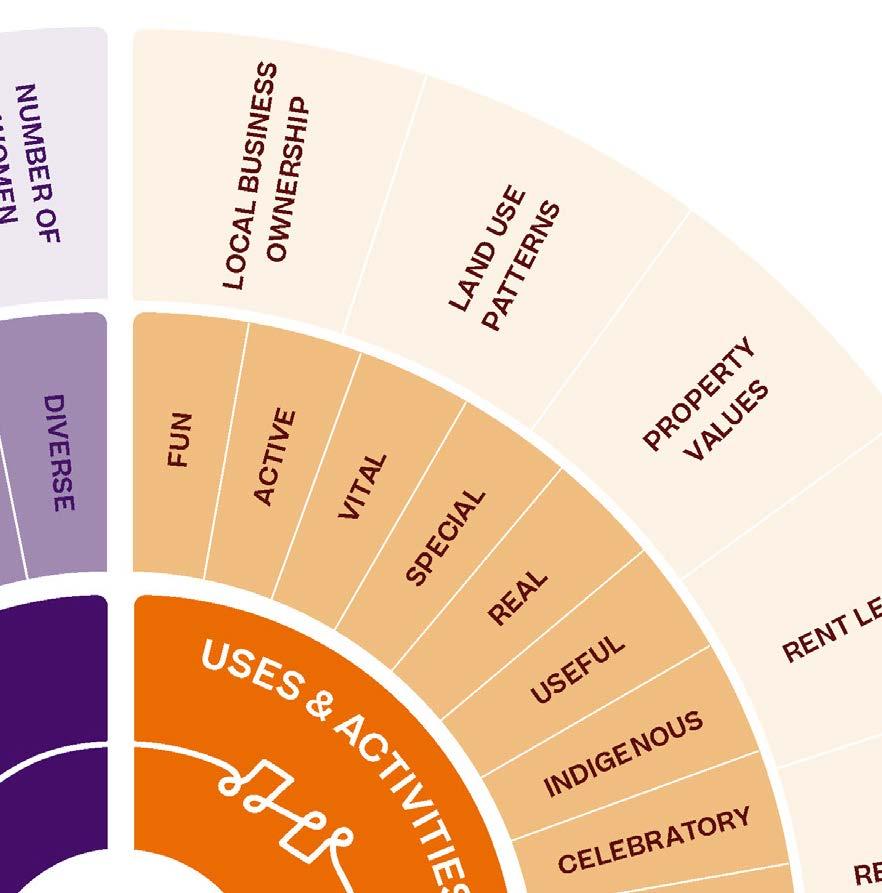
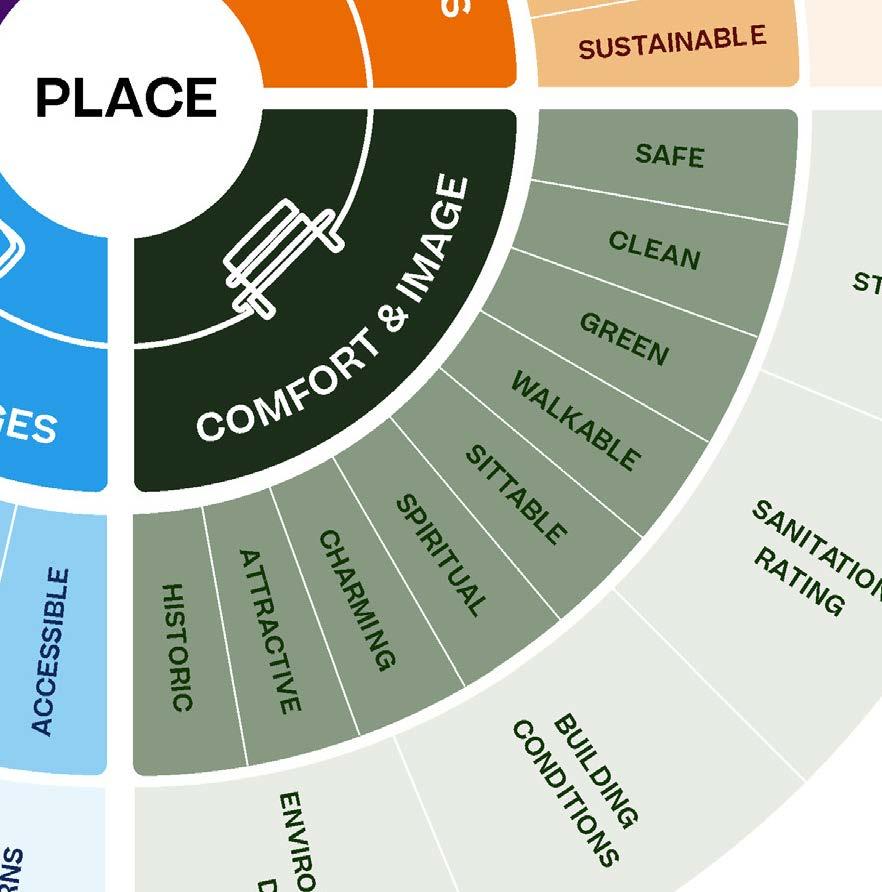





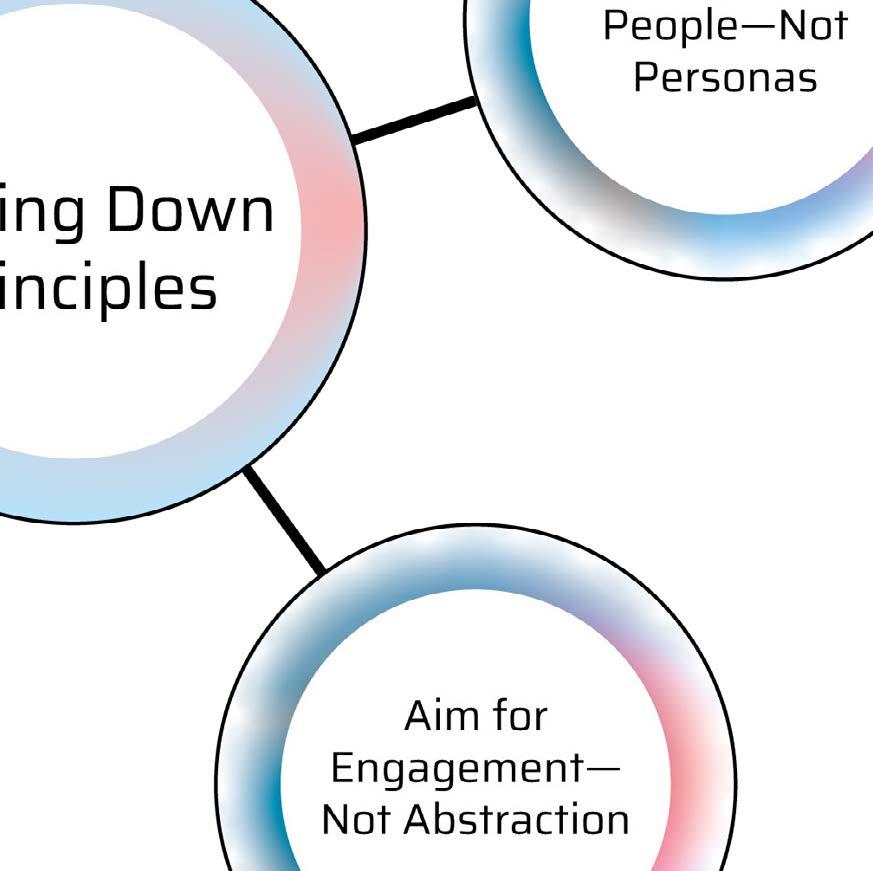

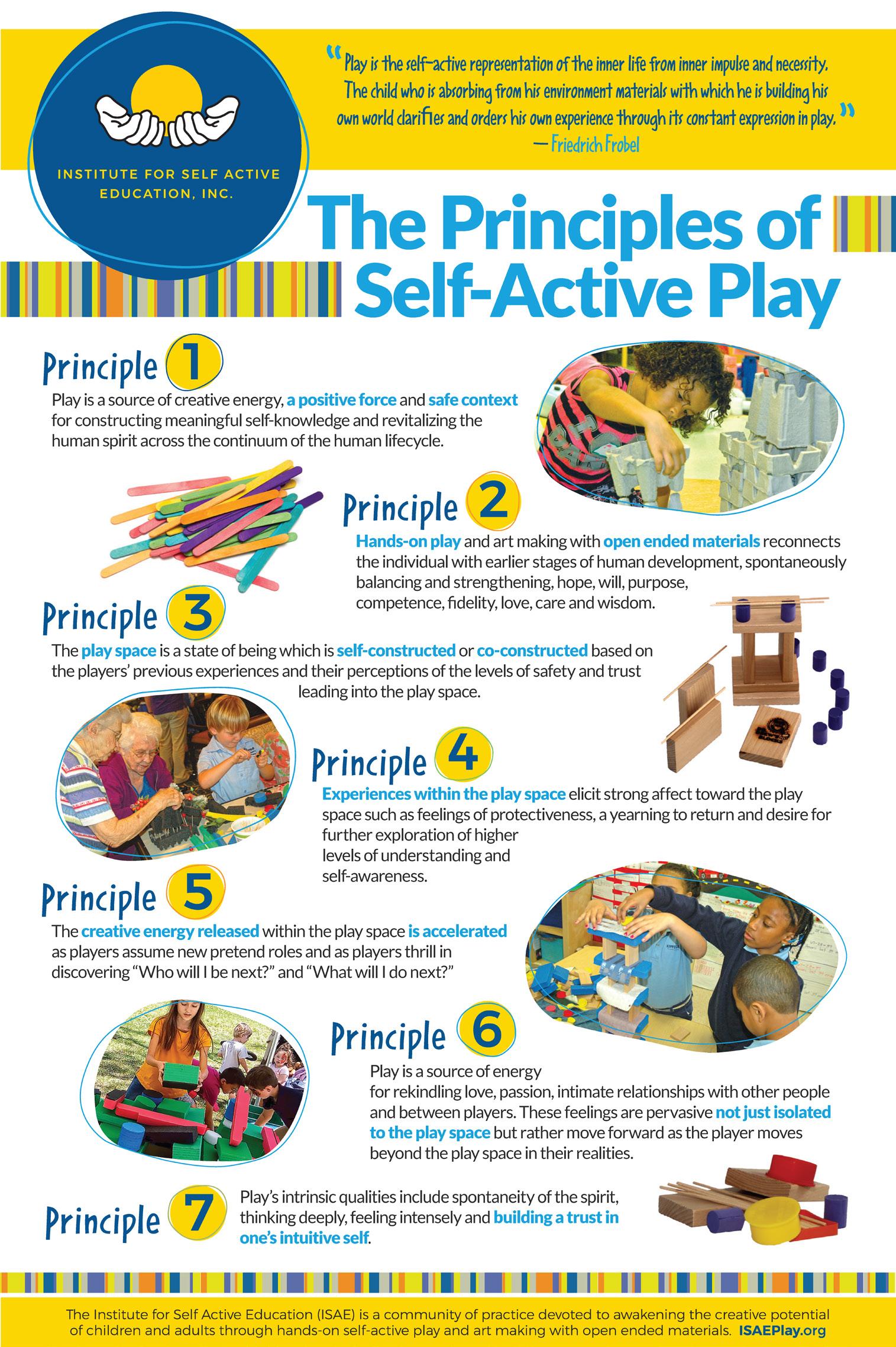
Center BIPoC Communities
Center STEAM education
Center fun and creativity
Center trial and error
Prioritize Design Justice Frameworks
Prioritize Participatory Action Research
Prioritize Community-led Practices
Prioritize collaboration
Understand cultural institution landscapes
Understand design processes
Understand systems + processes
Understand trends

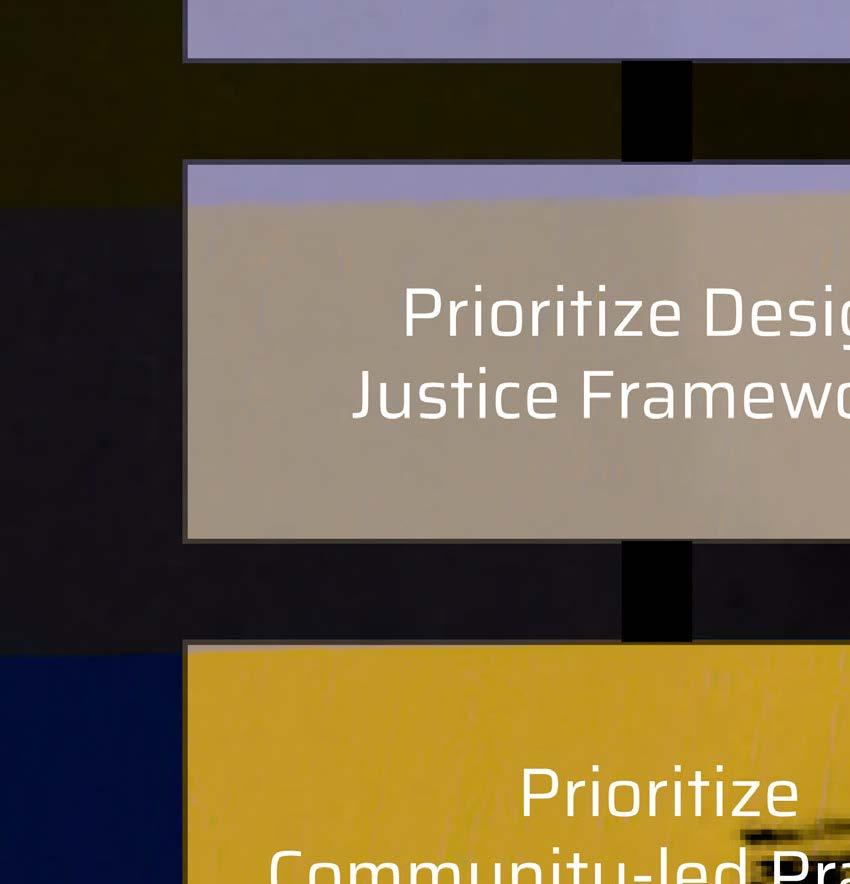
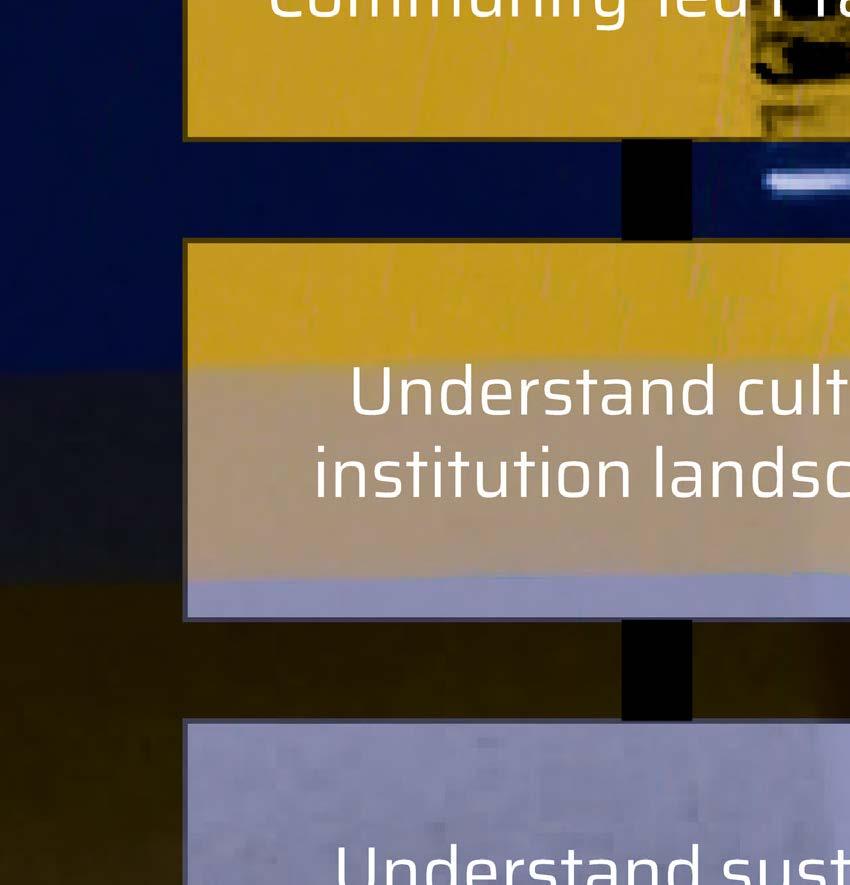




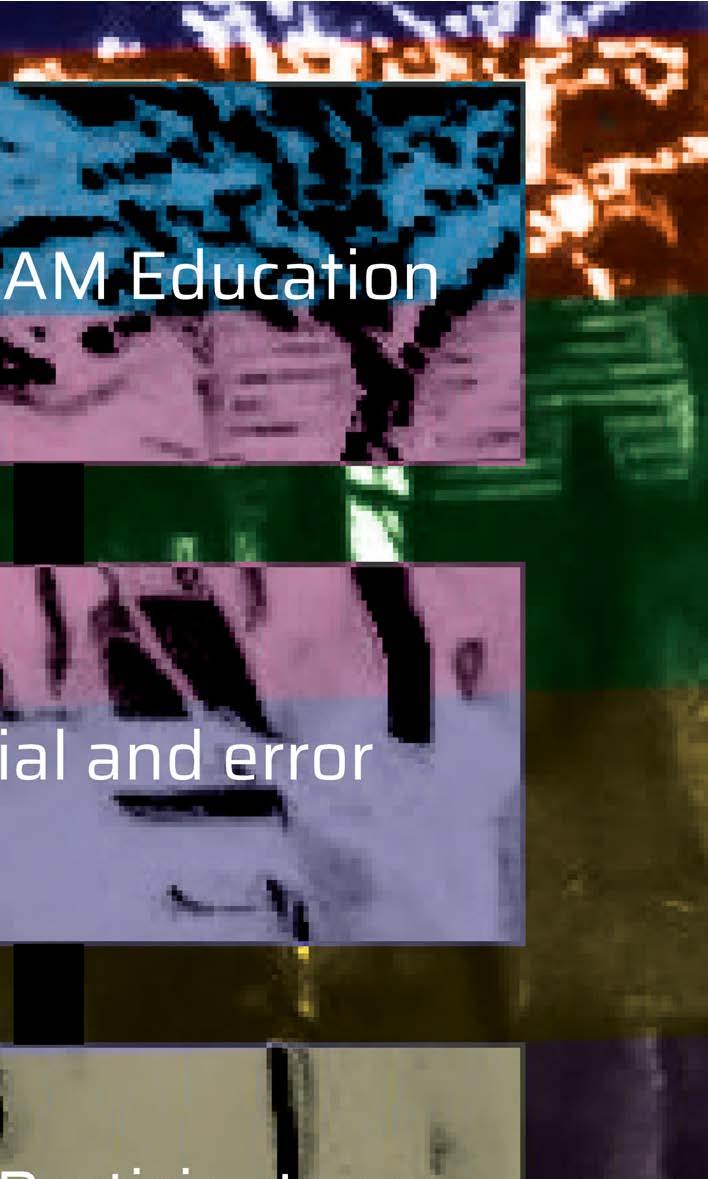
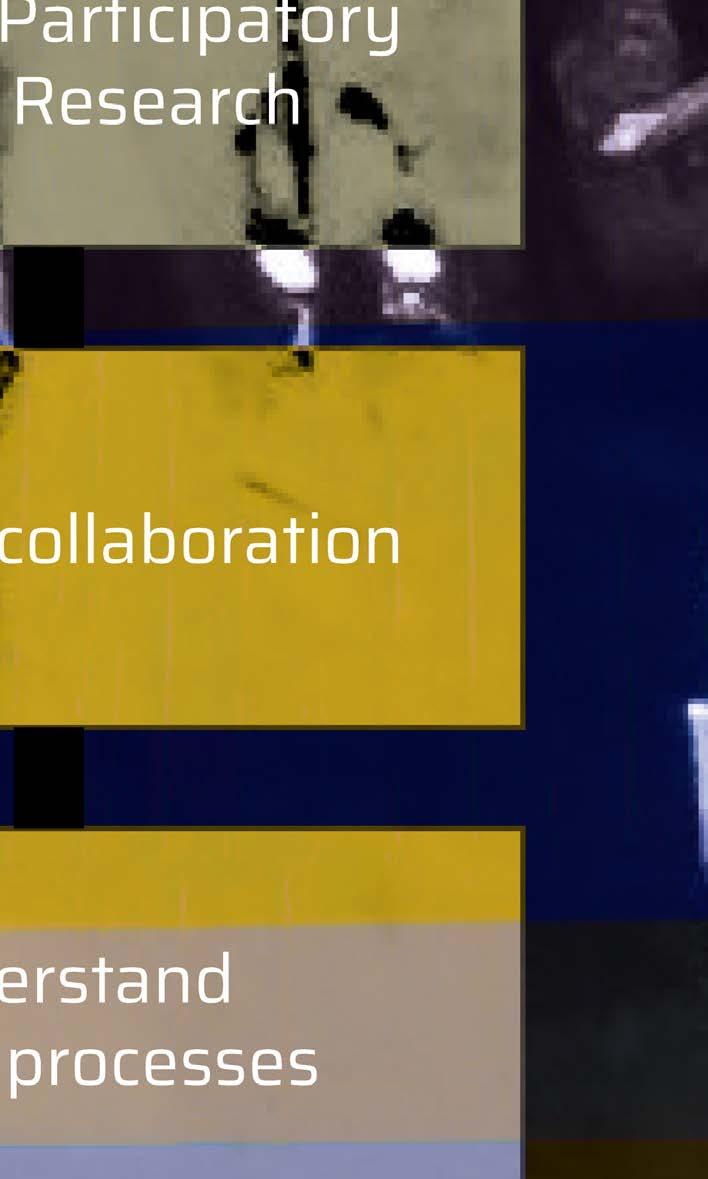

This interest form was part of my initial engagement with BIPoC community stakeholders. I had forty respondents, which eventually resulted in a subset of twenty folks for the interview, survey, or space activation project engagements.
• FOCUS: In order to respect people’s time, energy, and expertise for my primary research, I developed a short <5 min form to gauge initial interest for the more intensive engagement parts of my research i.e. 1-on-1 interviews, focus groups, and/or surveys.
• PROCESS: I collaborated with the chair of the CD/DS program, my CD/DS peers, and my thesis mentor Karim Hassanein to trial, test, and design this form.
• DESIGN: The structure and intent of the form is in alignment with Design Justice Principles, which emphasizes and centers relationship building, the needs and desires of the community, and accountability and transparency in the research process.
• CHOICE: This form provided respondents with the power to identify the engagement opportunities they were most interested in and specify the compensation/experience they were looking to receive for their time and expertises.
• DATA COLLECTION: General information collected included contact details, their art/design/cultural work mediums, years as an artist, organization affiliations, and their social media handles.
• SAMPLE REPRESENTATION: To make sure that I had a diverse representation of people, I asked respondents to share optional demographic information about their age, race/ethnicity, gender, and zip code.
• OUTREACH METHODS: I reached out to folks by sharing the form through word of mouth, asking for referrals, email blasts, and social media posts.




Hello there,
Welcome to my Space Activation Research (Interest Form)!
Introduction: My name is Miguel Rodriguez, and I'm currently studying Collaborative Design at the Pacific Northwest College of Art (PNCA). For my thesis, I'm exploring the concept of space activation between BIPoC artists, designers, and cultural workers in Portland and cultural institutions (museums, art galleries, community centers, pop-ups, etc.), and I would love to interview artists, designers, cultural workers, and more of varying disciplines and experiences!
Purpose of Research This research is incredibly important to me because I have both seen and experienced the effects of gatekeeping that cultural institutions engage in and how difficult it can be for BIPoC artists, designers, and cultural workers to work with them, and I hope that my research helps both groups better understand:
•What systems, processes, and politics are at play;
•Identifying opportunities for collaboration and alternative processes for space activation;
•Exploring what meaningful and authentic collaborations can look like.
Wrapping Up: By completing this short interest form (<5 mins), I can make sure that I'm respecting Design Justice principles, and that I also have a diverse representation of people (with an emphasis on BIPoC artists, designers, and cultural workers) for my research.
If you have any questions, please feel free to email me at [email]. Super excited to meet new people and reconnect with others as we explore space activation in Portland! -Miguel
How many years have you identified as an artist?* [text answer]
Are you affiliated with any organizations? e.g. non-profits, collectives, groups, etc.* [text answer]

Question 1
Which of the following engagements are ideal for you?* [multiple choice checkbox]
•1-on-1 Zoom Interview
•1-on-1 In-Person Interview
•Focus Group (Zoom)
•Focus Group (In-Person)
•Online Survey
•Space Activation Exploration
•Not interested at the moment, but I would like to follow your research!
•Other:
Question 2
What type of compensation/experience are you interested in for your time and expertise?* [multiple choice checkbox]
•Financial
• Coffee / share a meal
•Opportunity to meet other BIPoC creatives
•Networking opportunities
•Donation to an org
•Sharing your work / collaborating
•Game of chess
•None
•Other:
This information is OPTIONAL, and will not be shared with others without your permission.
Question 1
What is your age group? [single choice]
•17 or younger
•18 to 24
•25 to 34
•35 to 44
•45 to 54
•55 to 64
•65+
Question 2
With which race/ethnicity do you identify with? [multiple choice checkbox]
•Black / African / African-American
•Native-American / Alaska Native
• Native Hawaiian / Pacific Islander
•Latinx / Latina / Latino / Latine
•Middle Eastern
•Asian / Asian-American
•White / Caucasian
•Other:
Question 3
With which gender do you identify with? [text answer]
Question 4
What is your zip code? [text answer]
I had twenty BIPoC respondents that were interested in the survey aspect of my thesis work. This online survey helped facilitate a unique, interactive, and alternative method for data collection, with a focus on encouraging a positive experience for my respondents.
• FOCUS: the survey was designed to engage BIPoC community members in a digital format, with the survey ideally being completed ~20 to 45 minutes.
• PROCESS: I collaborated with the chair of the CD/DS program and my CD/DS peers to trial, test, and design this approach.
• DESIGN: because traditional research surveys have the potential of feeling less dynamic and engaging, I developed a survey through MURAL (an online tool used mainly in project management, design sprints, and other contexts) to encourage a different experience for my respondents.
• CHOICE: in general, the surveys were self-led; however, I did meet with some respondents in a 1-on-1 context to support them through the process.
• COMPENSATION / EXPERIENCE: in alignment with Design Justice Principles, I provided respondents with multiple options to choose (as well as write-in) for their time and expertise, including financial and non-financial options.
• SURVEY GOALS: the questions aimed to understand:
→ Their positionality within the arts and cultural landscape.
→ Needs and desires as artists / designers / cultural workers.
→ Comfort talking about their practice.
→ Comfort networking and working with institutions.
→ Exploring ideal experiences with institutions.
→ The types of space activations meaningful to them, including type, stakeholders, measurements of success, and how to sustain space activation projects in the long-term.



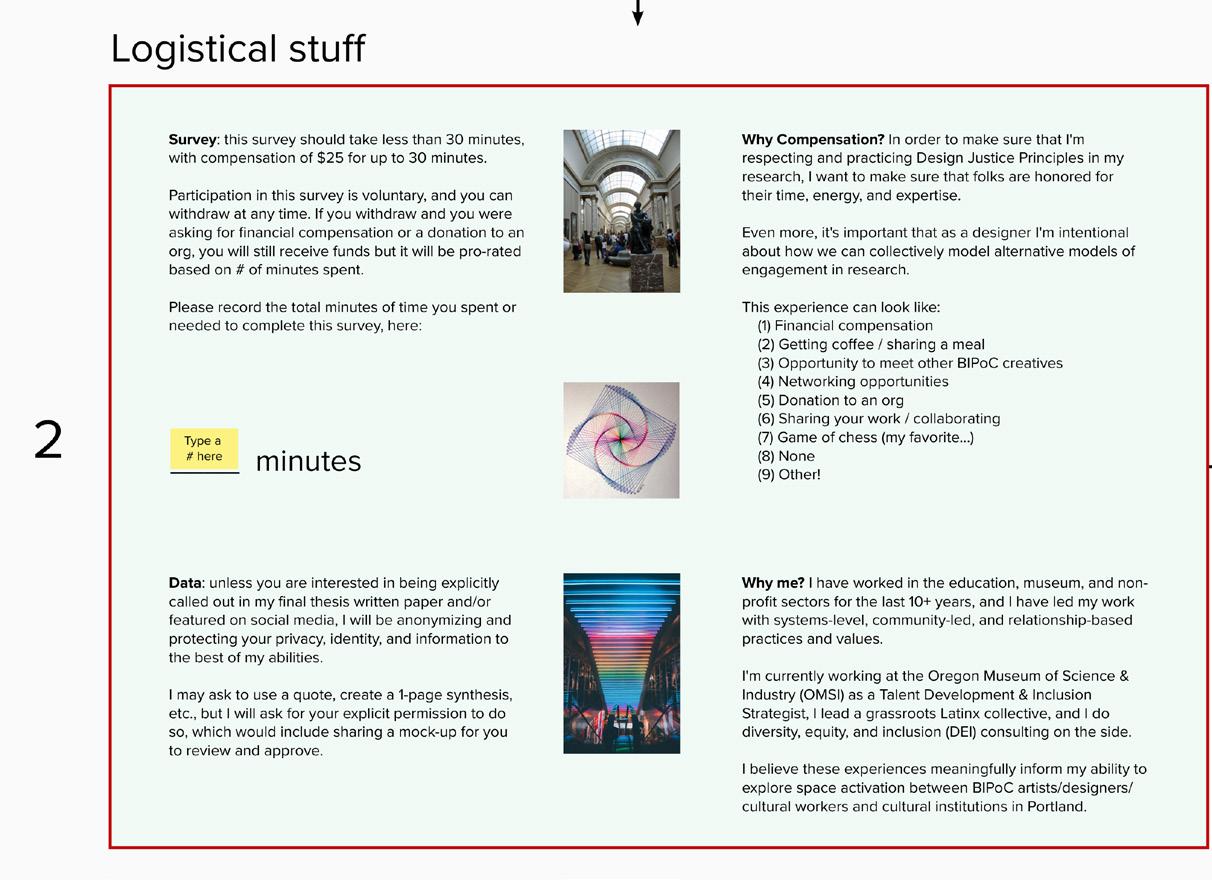
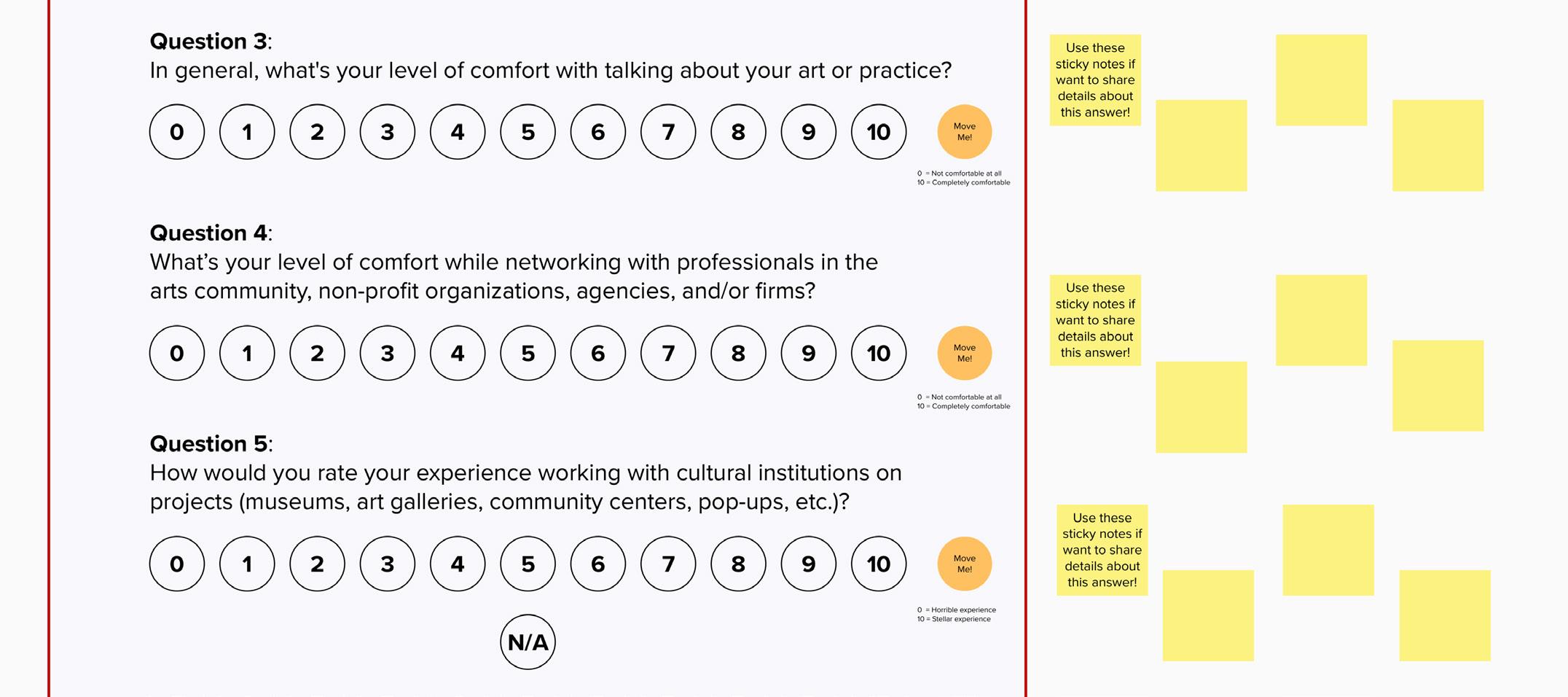



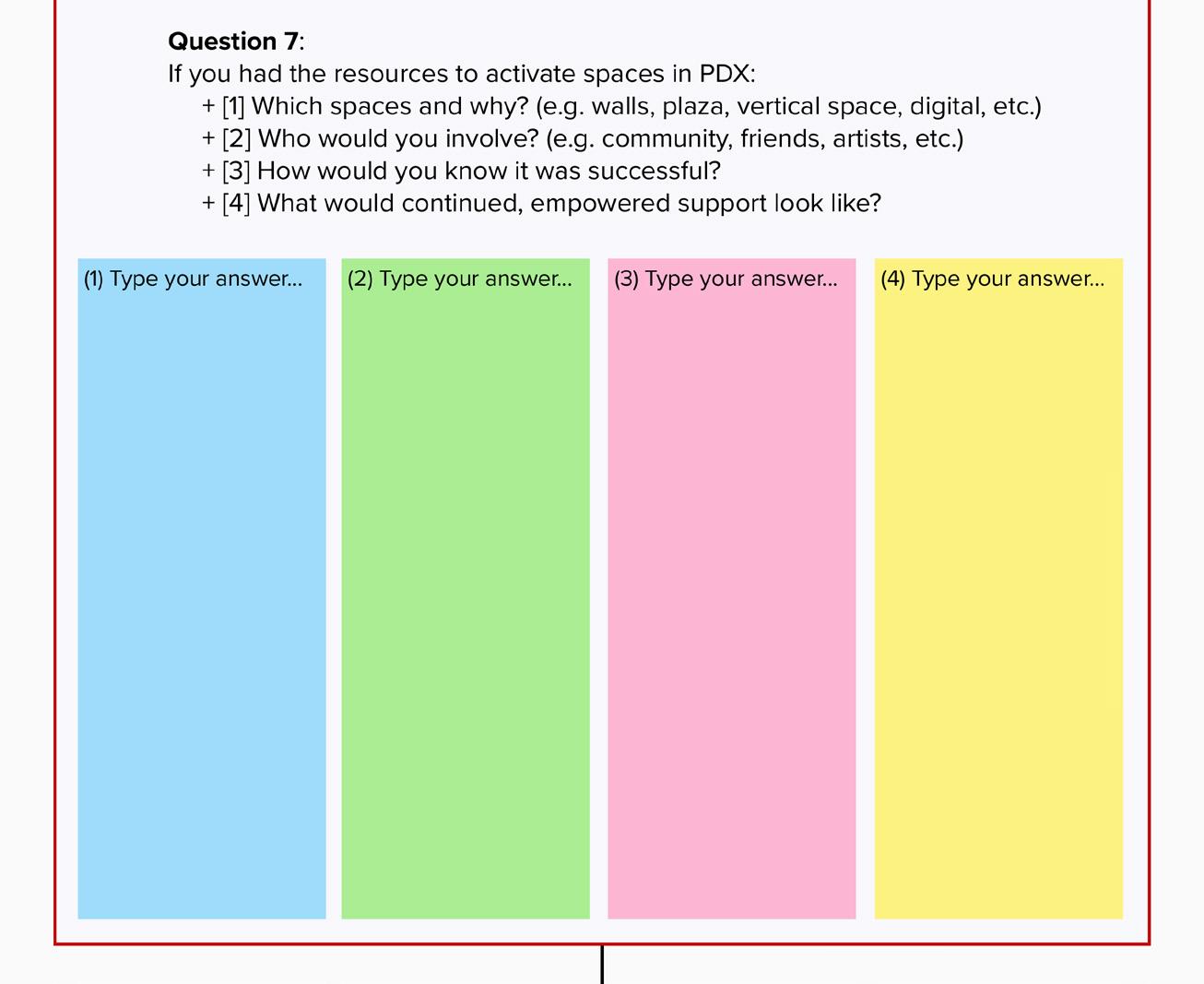
What’s this project, and why?
Introduction: Hello! My name is Miguel Rodriguez, and I'm currently studying Collaborative Design at the Pacific Northwest College of Art (PNCA).
For my MFA thesis, I'm exploring the concept of space activation between BIPoC artists/ designers/cultural workers in Portland and cultural institutions (museums, art galleries, community centers, pop-ups, etc.).
Purpose of Research: This research is incredibly important to me because I have both seen and experienced the effects of gatekeeping that cultural institutions engage in and how difficult it can be for BIPoC artists to work with them. I hope that my research (including this survey) helps both groups better:
1.Understand what systems, processes, and politics perpetuate gatekeeping and require intervention.
2.Identifying opportunities for collaboration and alternative processes for space activation.
3.Exploring what meaningful and authentic collaborations can look like.
Space Activation: When a public space is activated, a diverse range of people feel welcome there and use the space for a variety of purposes, making it vibrant and lively.
People develop a sense of ownership of the activated space, which encourages them to look after it and spend more time there.
Places can be activated by inviting people to use them on a permanent or temporary basis (definition from the NSW Guide to Public Space Activation by the NSW Department of Planning and Environment).
Questions: If you have any questions about completing this survey, please feel free to email me at [email].
Survey: This survey should take less than 30 minutes, with compensation of $25 for up to 45 minutes. Participation in this survey is voluntary, and you can withdraw at any time. If you withdraw and you were asking for financial compensation or a donation to an org, you will still receive funds but it will be pro-rated based on # of minutes spent. Please record the total minutes of time you spent or needed to complete this survey, here: _____ minutes.
Data: Unless you are interested in being explicitly called out in my final thesis written paper and/or featured on social media, I will be anonymizing and protecting your privacy, identity, and information to the best of my abilities.
I may ask to use a quote, create a 1-page synthesis, etc., but I will ask for your explicit permission to do so, which would include sharing a mock-up for you to review and approve.
Why Compensation: In order to make sure that I'm respecting and practicing Design Justice Principles in my research, I want to make sure that folks are honored for their time, energy, and expertise. Even more, it's important that as a designer I'm intentional about how we can collectively model alternative models of engagement in research.
This experience can look like:
1.Financial compensation
2. Getting coffee / sharing a meal
3.Opportunity to meet other BIPoC creatives
4.Networking opportunities
5.Donation to an org
6.Sharing your work / collaborating
7.Game of chess (my favorite...)
8.None
9. Other!
Why me? I have worked in the education, museum, and non-profit sectors for the last 10+ years, and I have led my work with systems-level, community-led, and relationship-based practices and values.
I'm currently working at the Oregon Museum of Science & Industry (OMSI) as a Talent Development & Inclusion Strategist, I lead a grassroots Latinx collective, and I do diversity, equity, and inclusion (DEI) consulting on the side.
I believe these experiences meaningfully inform my ability to explore space activation between BIPoC artists/designers/cultural workers and cultural institutions in Portland.
What are some resources or opportunities you are looking for that you currently don't have access to? [text answers]
What barriers are preventing you from accessing those resources or opportunities e.g. information, connections, anxiety, etc.? [text answers]
In general, what's your level of comfort with talking about your art or practice? [scale: 0 through 10 with 0 = not comfortable at all, and 10 = completely comfortable]
What’s your level of comfort while networking with professionals in the arts community, non-profit organizations, agencies, and/or firms? [scale: 0 through 10, with 0 = not comfortable at all, and 10 = completely comfortable]
How would you rate your experience working with cultural institutions on projects (museums, art galleries, community centers, pop-ups, etc.)? [scale: 0 through 10 + N/A, with 0 = not comfortable at all, and 10 =completely comfortable]
In general, what would make these experiences better for you i.e. how can cultural institutions be more responsive to your needs, requirements, and goals as an artist / designer / cultural worker? [text answers]
If you had the resources to activate spaces in PDX:
1.Which spaces and why? (e.g. walls, plaza, vertical space, digital, etc.)
2.Who would you involve? (e.g. community, friends, artists, etc.)
3.How would you know it was successful?
4.What would continued, empowered support look like?
Mapping Activity.
Note: please read pages 117-120 for more details on this activity.

I interviewed a total of thirty-seven people, with eight people from various cultural institutions and community organizations in Portland and twenty-nine staff from the Oregon Museum of Science & Industry (a significant case study at my place of employment).
• FOCUS: To better understand the affordances of cultural institutions and community organizations, including how their systems, processes, and relationships with BIPoC community members (including BIPoC artists, designers, and cultural workers) impact space activation projects.
• PROCESS: I collaborated with the chair of the CD/DS program + my CD/ DS peers + OMSI Staff + OMSI’s Visitor Studies Review Team (VSRT)* to develop these questions.
• DESIGN: I structured interviews to be facilitated in 1-on-1 or group formats, with an average time commitment of approximately 1-2 hours, which included through-line questions, person/group-specific questions, and a mapping activity (see pages 117-120 for more information).
→The person/group-specific questions (questions 5+) are not being shared to protect respondent anonymity; however, they are similar to the through-line questions. They are just a more targeted line of questioning that encourages more breadth and nuance to their answers, respective to their individual contexts.
*OMSI’s Visitor Studies Review Team (VSRT) an internal, cross-departmental group charged with protecting the rights and welfare of human subjects in research. They review research activities conducted at the museum with staff and visitors, similar to a university's Institutional Review Board (IRB).
• INTERVIEW STRUCTURE: Interviews were structured to include through-line questions, person/group-specific questions, and a mapping activity.
→The person/group-specific questions are not being shared to protect respondent anonymity; however, they are similar to the through-line questions. They are just a more targeted line of questioning that encourages more breadth and nuance to their answers, respective to their individual contexts.
• INTERVIEW GOALS: I seeked to better understand:
→ The types of community engagement experiences that have influenced / impacted / brought joy to people within these cultural institutions and community organizations.
→ Space activation opportunities—contextualized to their respective cultural institutions or community organizations— including the systems and processes influencing the use and access of space.
→The definition of “professionalism”, which has roots in upholding white, eurocentric norms and values, including potential influence on interactions and engagements between my priority stakeholder groups.
→ How cultural institutions and community organizations work with BIPoC communities, including successes and challenges, reflections, opportunities, and diversity, equity, and inclusion (DEI) efforts.
Question 1
Question 2
Question 3
Question 4
What has been your fondest collaborative and community-centered project, initiative, or partnership that you actively contributed to. What made it so special?
Space Activation Question:
•What are some underutilized spaces in the museum? Why do you think that is? (OMSI-specific)
•What are some underutilized spaces in Portland? Why do you think that is? (cultural institution / community organization-specific)
How do you define “professionalism” at [cultural institution / community organization], and how does it show up in your work?
What are some processes or systems in your work that support and/or prevent BIPoC communities from collaborating with [cultural institution / community organization]:
•What are some areas for opportunity?
•Areas for growth?
Question 5+
This set of questions are not being shared in order to protect respondent anonymity and confidentiality.
The following three diagrams were part of the MURAL survey and interview processes for all of my stakeholders, with slight modifications relative to the particular group(s). For the final results of these engagements, refer to pages 125, 139, and 149.
• FOCUS: This activity is an attempt to explore the concepts of exchangebased partnerships vs. collaboration-based partnerships + expert-led design and community-led design, including possible correlations and commonalities amongst my three priority group stakeholders.
• PROCESS: I collaborated with the chair of the CD/DS program + my CD/ DS peers + thesis mentor Karim Hassanein to trial, test, and design this activity. Secondary research supported incorporating elements of design justice and community-led definitions and practices to further define the activity.
• DESIGN: I structured the activity to be conducted in-person or digitally (MURAL format), with an emphasis on self-led reflections, clarification, and contextualization. Interviewees take time to read the definitions, followed by instructions for dot placements.
• ACTIVITY GOALS: The goal of the mapping activity is to explore the relationship between BIPoC community members and cultural institutions through three different states:
→ The red dot explores the past state of these relationships relative to the year of their self-imposed label as an artist / designer /cultural worker + the year they started working at OMSI.
→ The blue dot explores the present state of these relationships.
→ The green dot explores the future of these relationships in 2035.


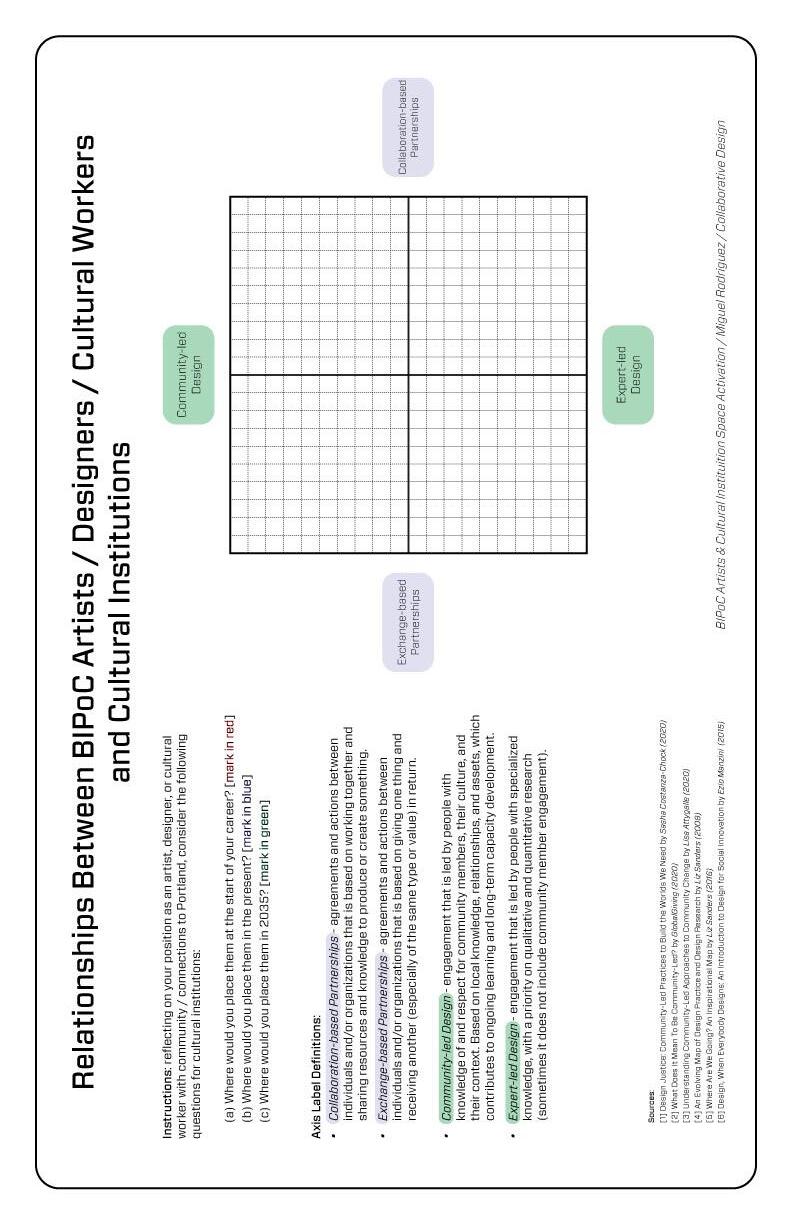
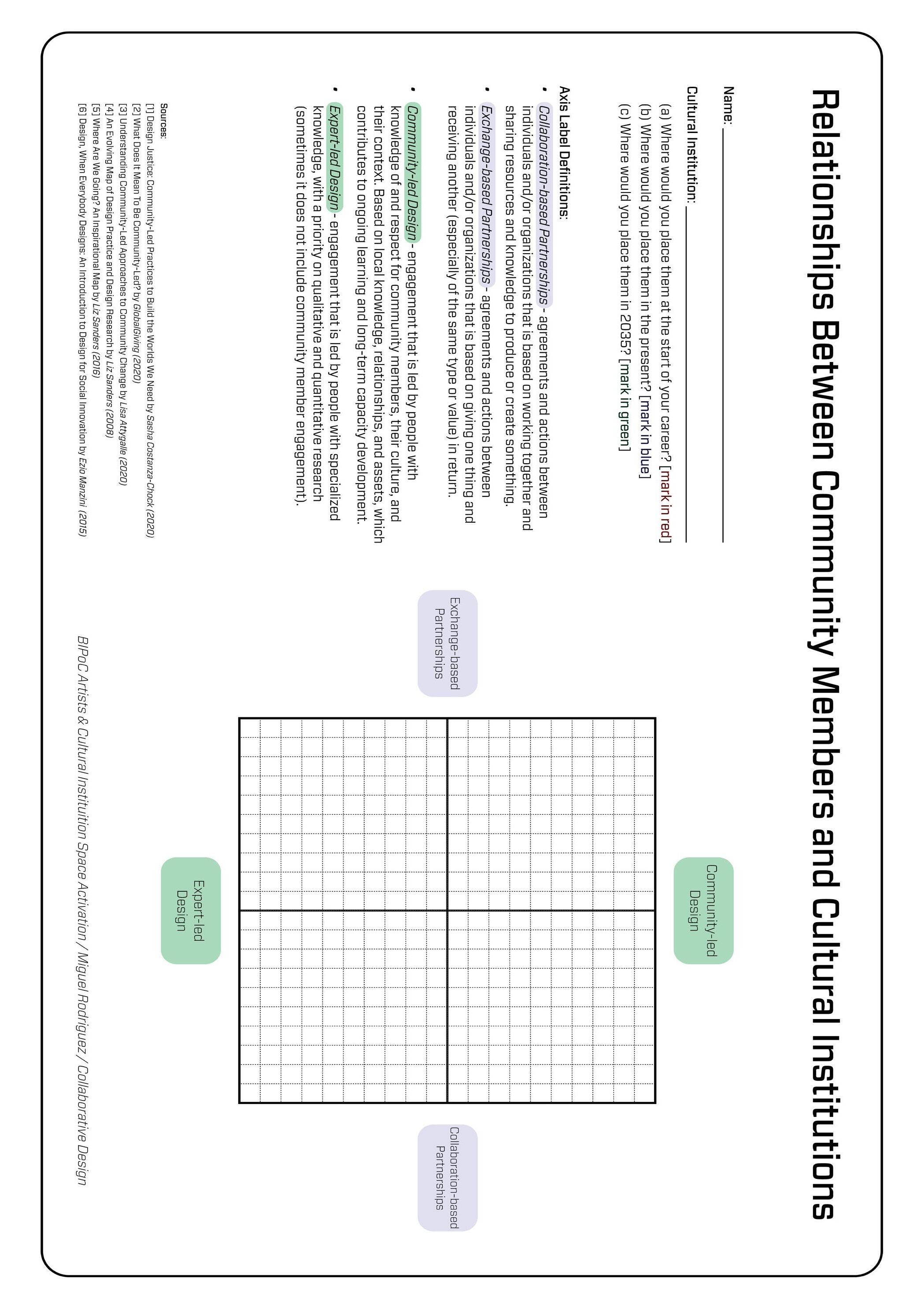


Throughout the span of eight months, I interviewed and surveyed four priority groups to better understand the affordances of space activation and placemaking. These engagements directly and indirectly translate to over one hundred stakeholders, collaborators, and supporters (inclusive of the space activation projects starting on page 169).
I interviewed and surveyed a large number of people because what might work for one cultural institution might not work for another, what one artist needs is different from another, and so forth. The four priority groups included:
• 26 Artists / Designers / Cultural Workers
→ 20 BIPoC folks
→ 6 White folks
• 8 Cultural Institution / Community Organization Representatives
→ Colloqate Design
→ Portland Center Stage
→ 5 Oaks Museum
→ Open Signal
→ SE Uplift Neighborhood Coalition
→ Regional Arts and Culture Council (RACC)
• 29 Staff at the Oregon Museum of Science & Industry (OMSI)
• 3 Mathematicians / Creative Math Artists
In order to protect respondent privacy and confidentiality—unless noted otherwise, and with their permission—this section provides a big picture overview of general findings and themes.
This data was critical to the collaborative design process by actively challenging the assumptions, frameworks, and types of space activation engagements I was exploring, developing, and executing as a designer. I believe this is indicative of and speaks to the power and responsibility designers hold in practicing and leading with community-led design (with an explicit focus on design justice and participatory frameworks).
In sum, I'm thankful, appreciative, and honored for the knowledge, input, and creativity that my stakeholders shared, because it provided all of the priority groups with the necessary tools and information to navigate systemic barriers as we engaged in the space activation and placemaking framework and process.
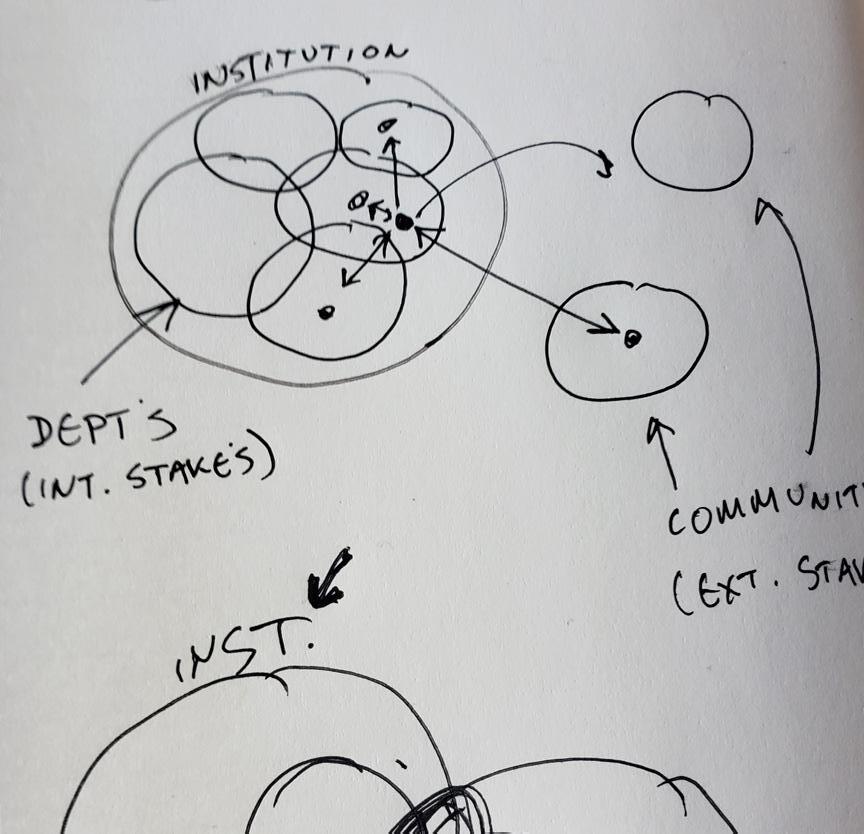
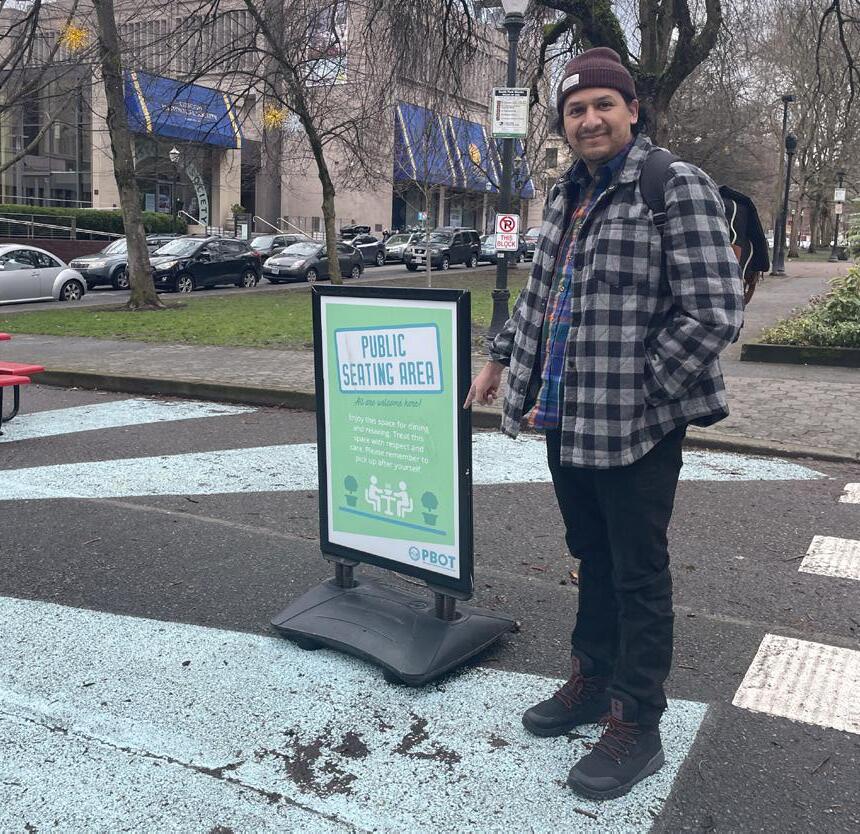
The culmination of my research with twenty BIPoC artists, designers, and cultural workers revealed five major insights that paralleled aspects of my secondary research of Oregon and Portland's history (pages 31-46) and the systemic factors preventing Black and brown communities from thriving in predominantly white spaces (page 57).
• There were overarching feelings of distrust in cultural institutions, non-profits, corporations, etc., because of past negative experiences.
→ Respondents talked about cultural institution's practices and cultures that normalize racist policies, microaggressions, gatekeeping, and tokenization of people of color.
→ Some folks were open to collaborations, as long as they knew someone within an institution that they could trust. However, this has not fully resolved potential issues of tokenization.
→ Respondents shared their preferences for collaborative experiences, but that they have mainly experienced transactional ones. This has translated to increased research into an institution's mission and values, and if alignment with an artist's own values can be verified through tangible actions + recommendations from other BIPoC folks.
• A signficant subset of the respondents are looking for opportunities that lead with unrestricted funding.
→ Respondents want to focus more on the creative process, rather than administrative responsibilities stemming from grant requirements and funder demands (see Lillyanne Pham's profile on page 131).
→ Some folks are searching for or have implemented alternative models, which provides them with more autonomy and power (see Bayo Olympio's profile on page 132).
• Many respondents were connecting the space activation and placemaking framework and process to larger societal issues.
→ Respondents discussed access issues with space activation projects in relation to private vs. public spaces.
→ Folks wanted space activation projects centered on addressing societal issues like housing and food insecurity, lack of dedicated spaces for BIPoC communities, and restoring peoples' connection to ancestral homelands e.g., redistribution of spaces and resources, land back efforts, green spaces and farming, and the effects of displacement on diaspora communities (see Adrianne Sebastian and Spencer Garland's profiles on pages 128-129).
•There was an overarching theme of feelings of isolation amongst the BIPoC community here in Portland.
→Many respondents shared troubles with finding community and a sense of belonging, including associations or assumptions of what culture looks like in their respective communities (tied to factors of race, upbringing, art mediums, and in/out group dynamics).
• Accessing resources is difficult when you don't know where to start or who to talk to as an emerging artist (see Kevin Yatsu's profile on page 130).
→ In general, respondents saw cultural institutions as purveyors of resources and opportunities. However, they are actively engaged in gatekeeping practices that cater to a particular type of artist.
→Many respondents shared troubles with finding community and a sense of belonging, including associations or assumptions of what culture looks like in their respective communities (tied to factors of race, upbringing, art mediums, and in/out group dynamics).

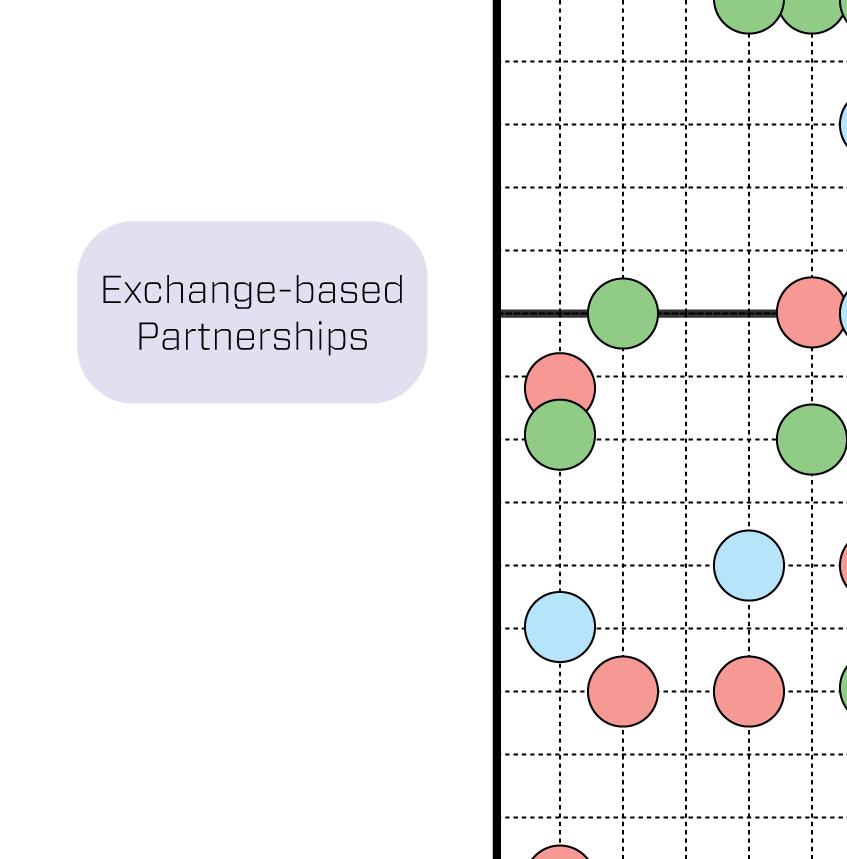

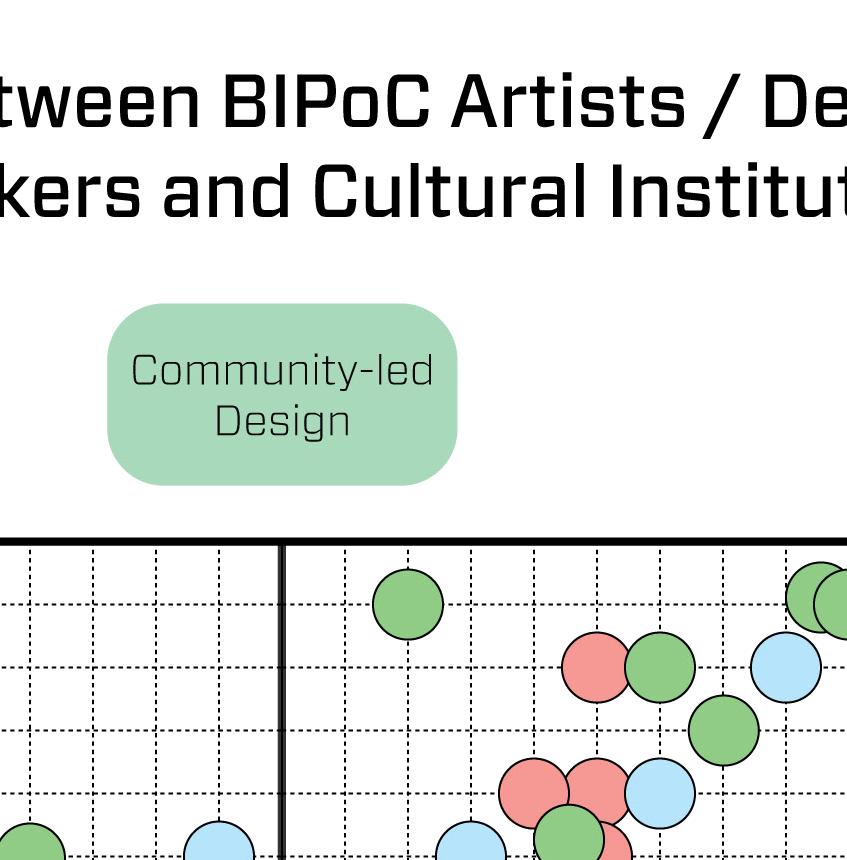
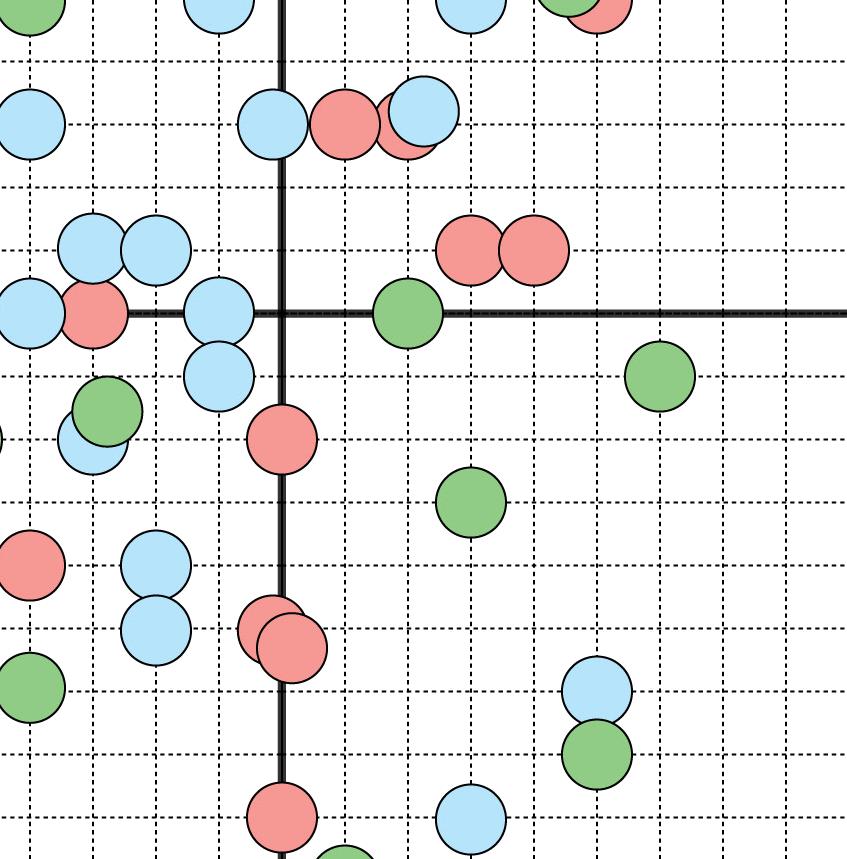
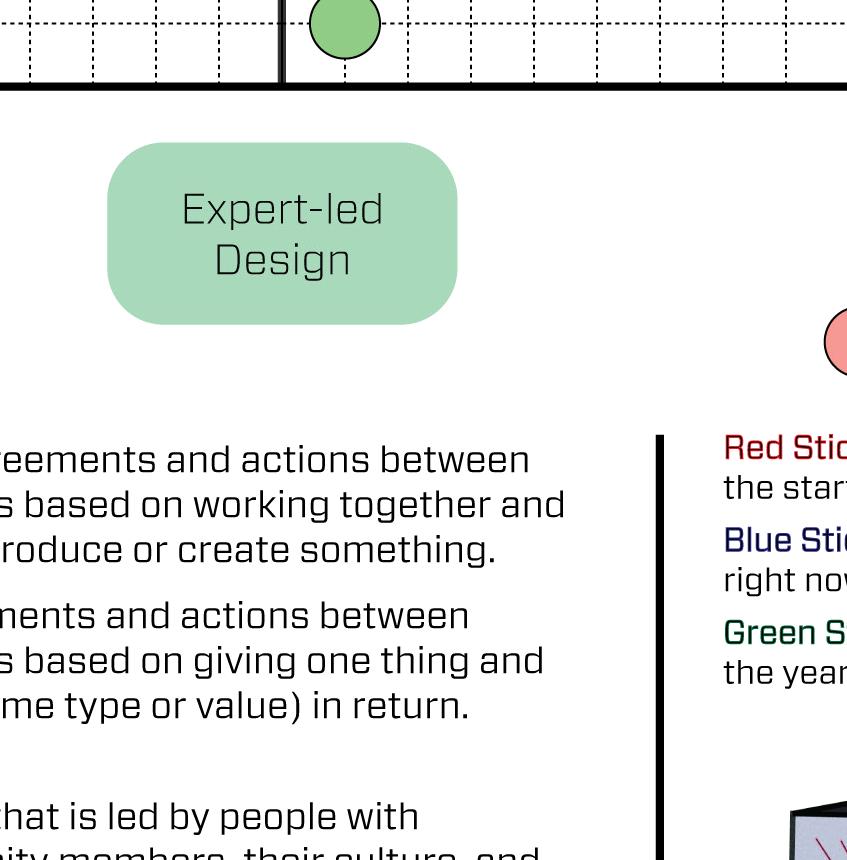

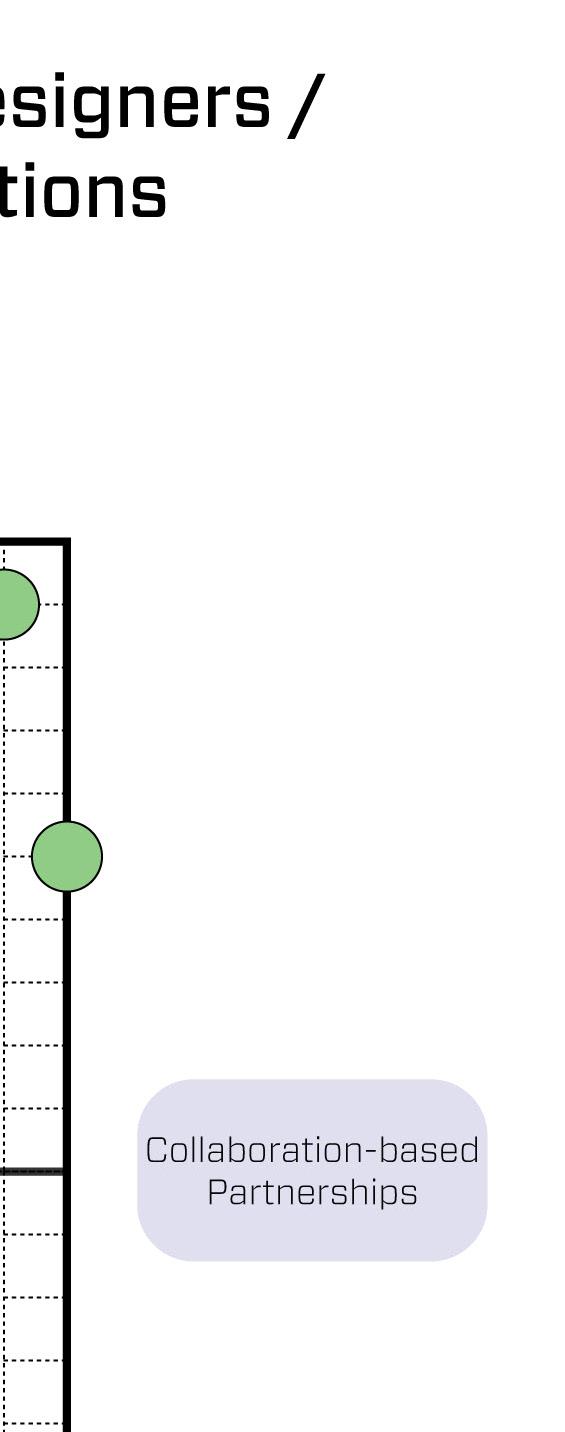






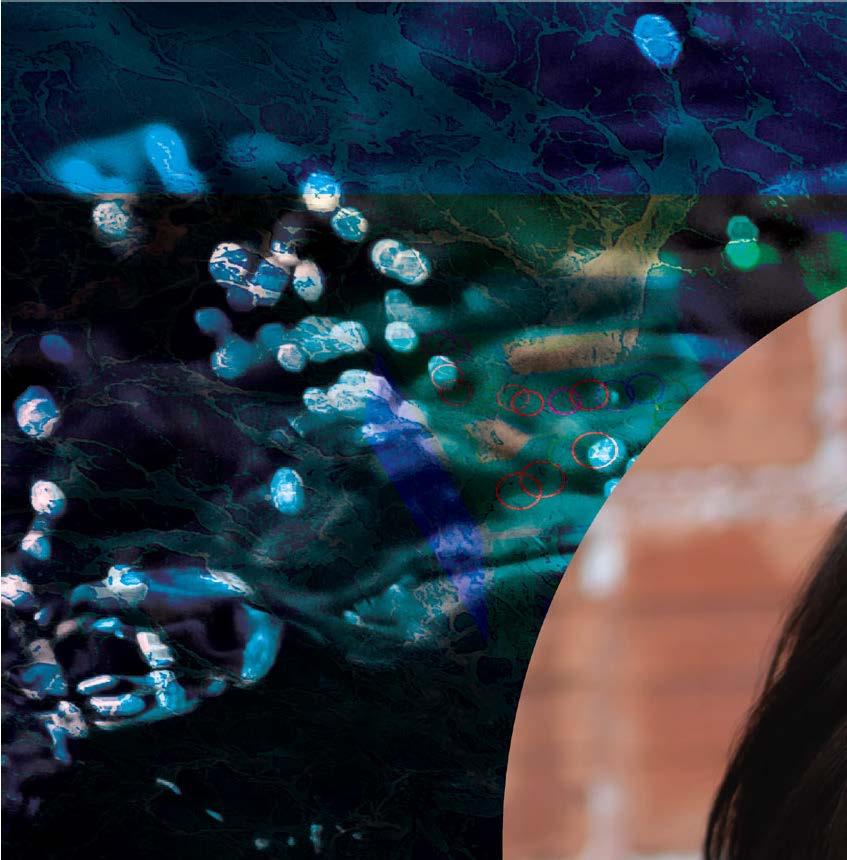




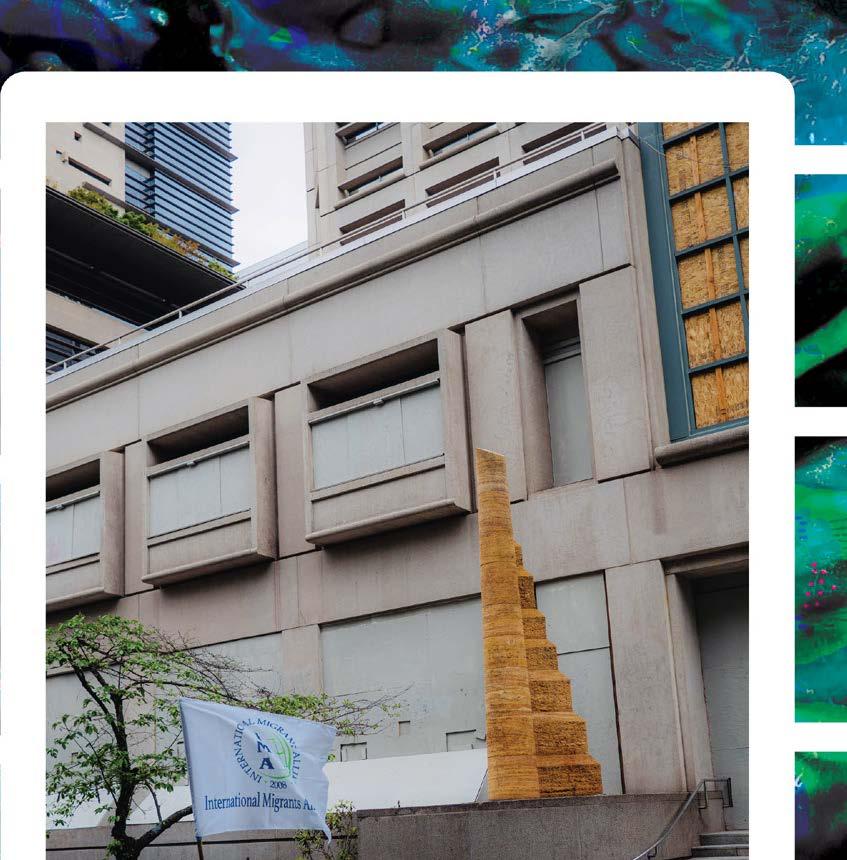

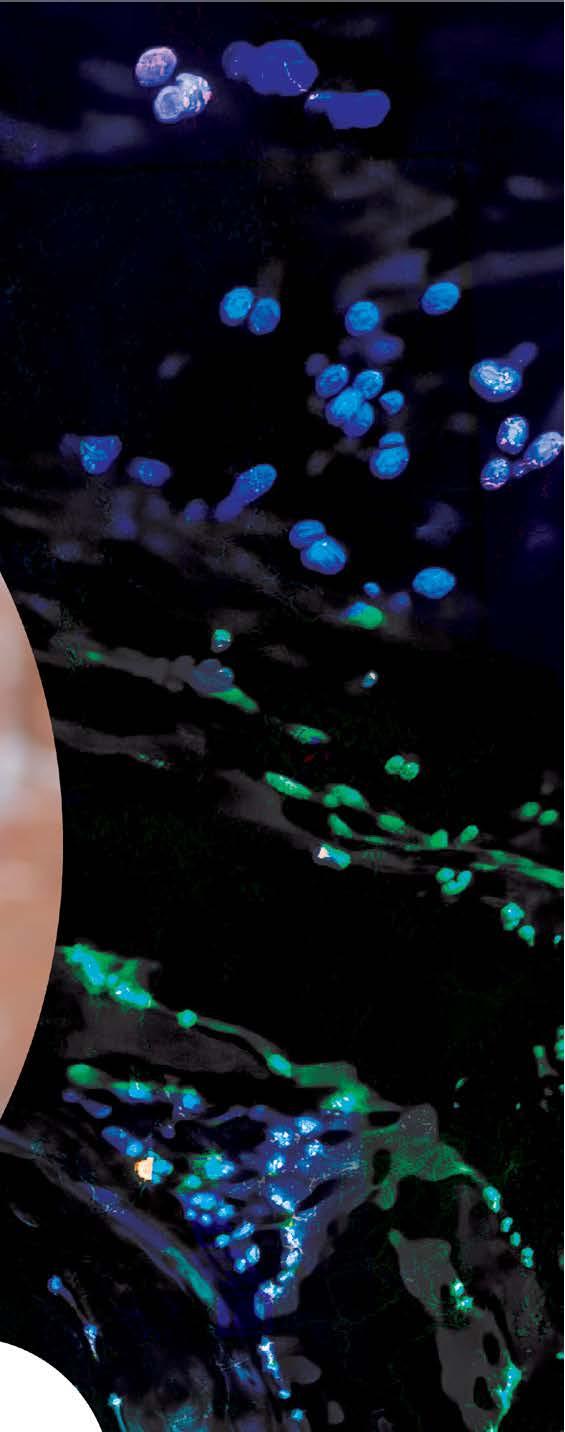





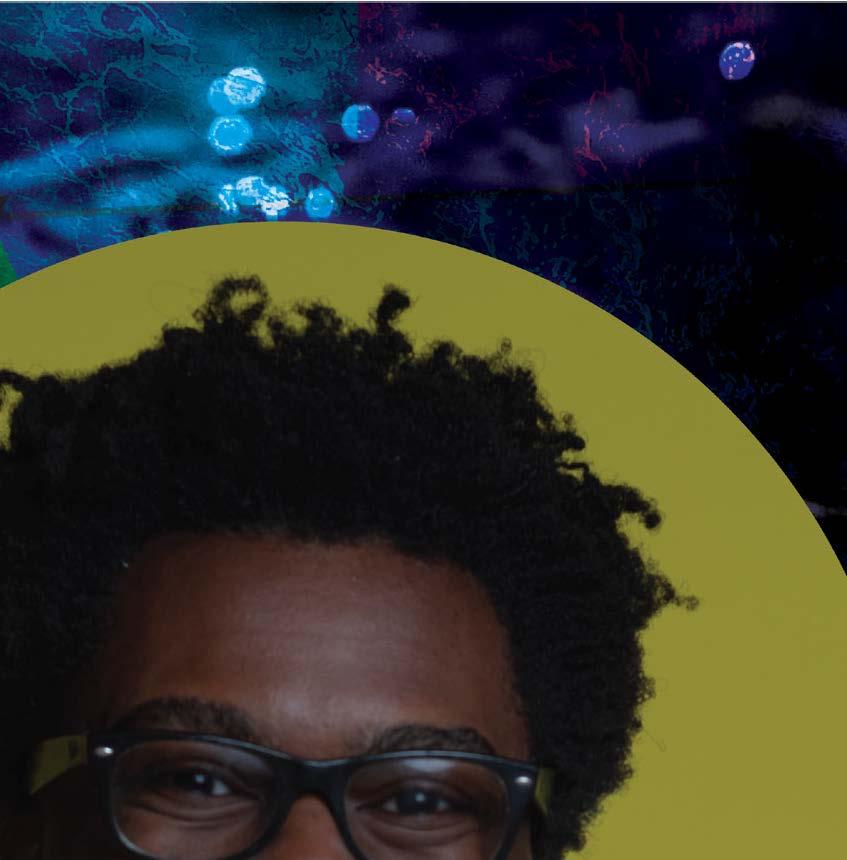

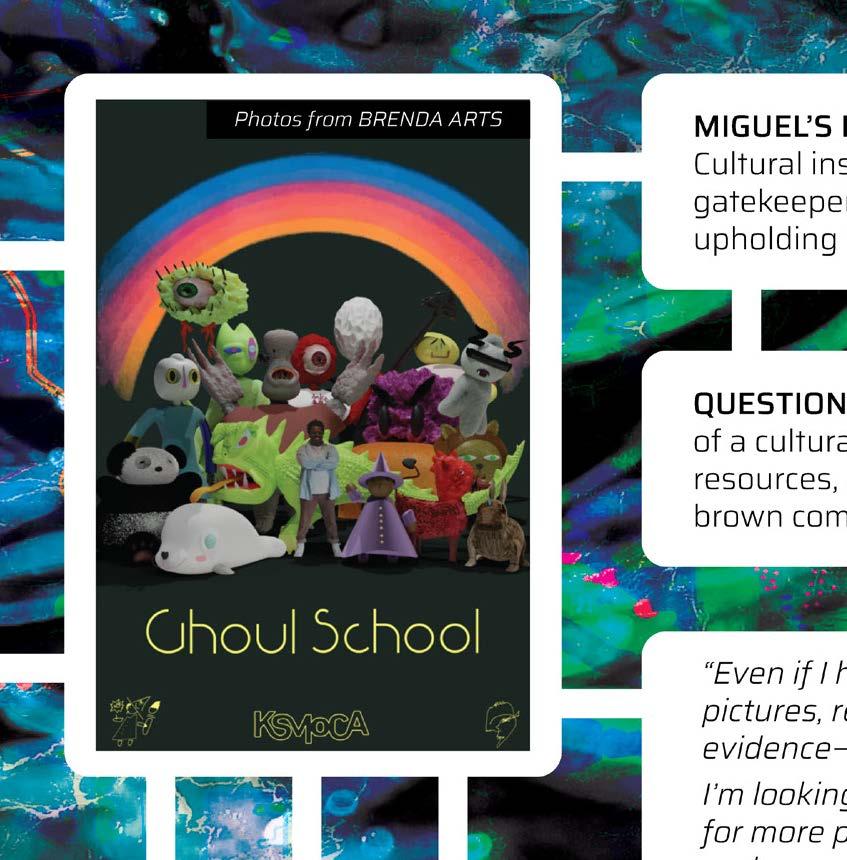

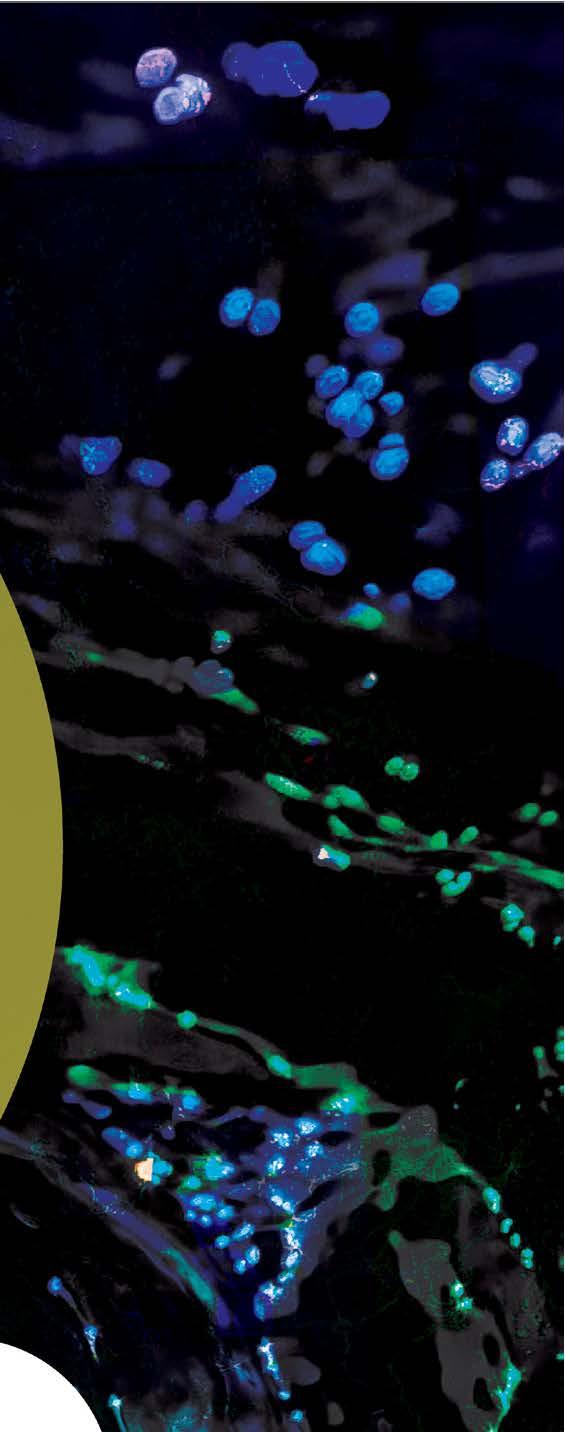
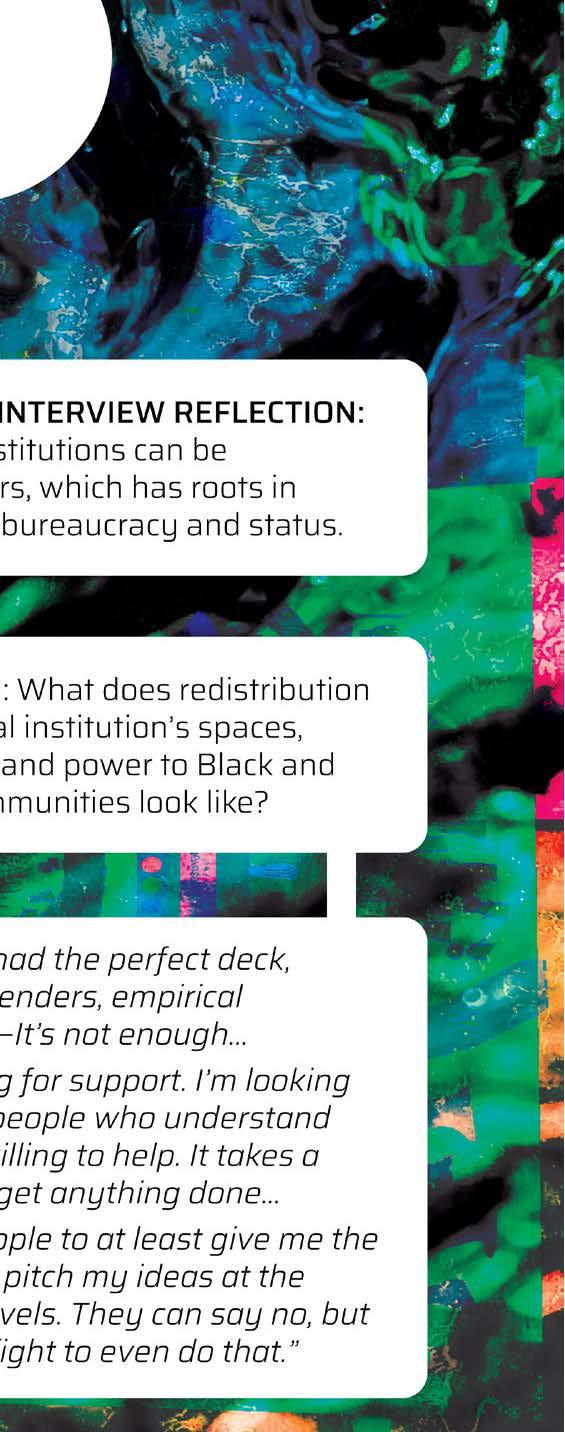


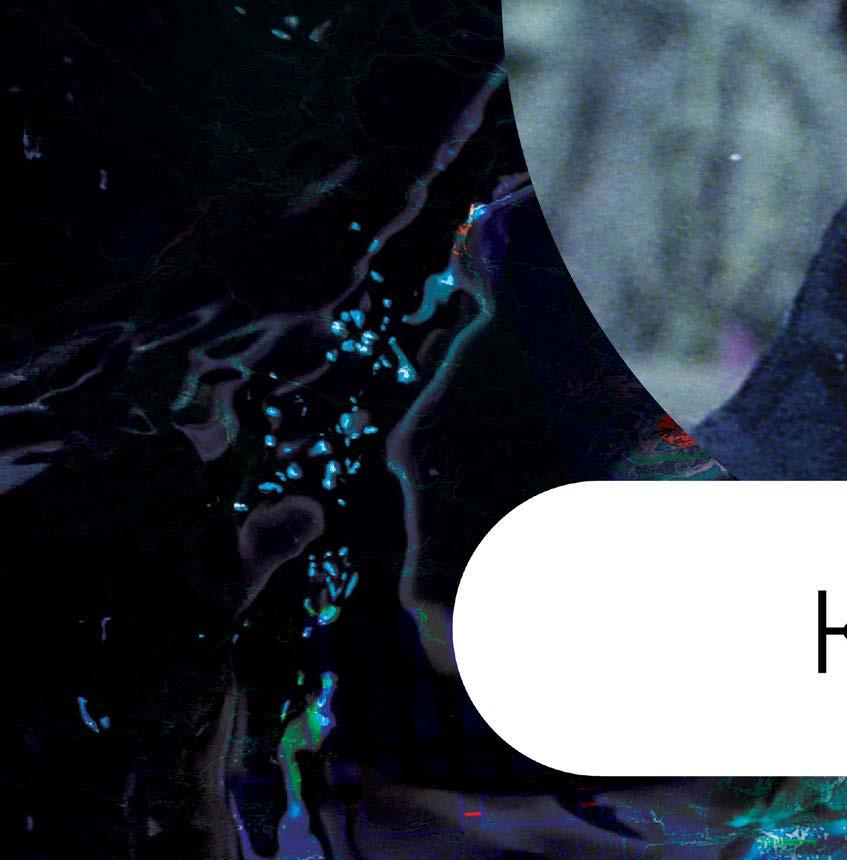


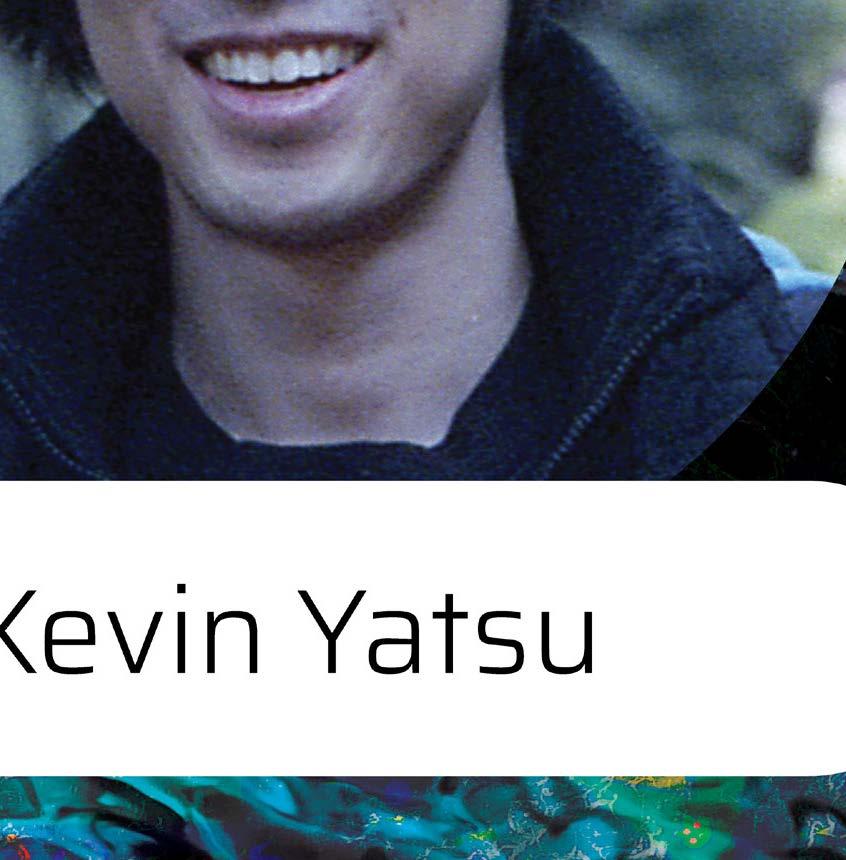



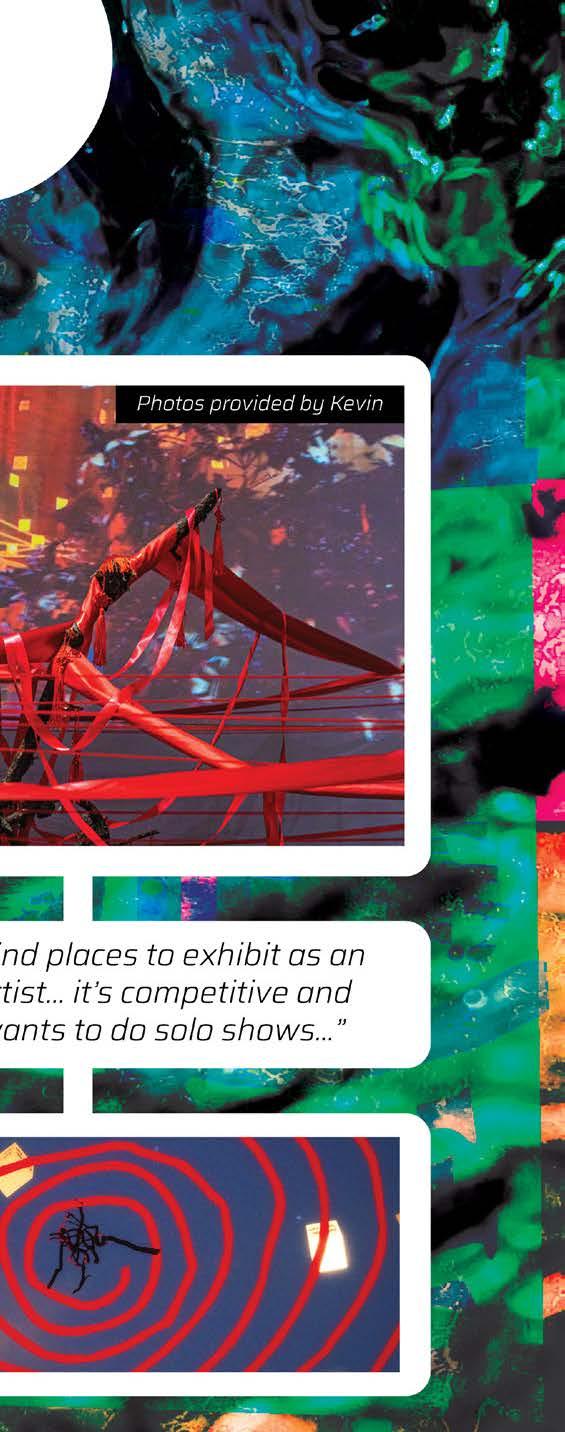

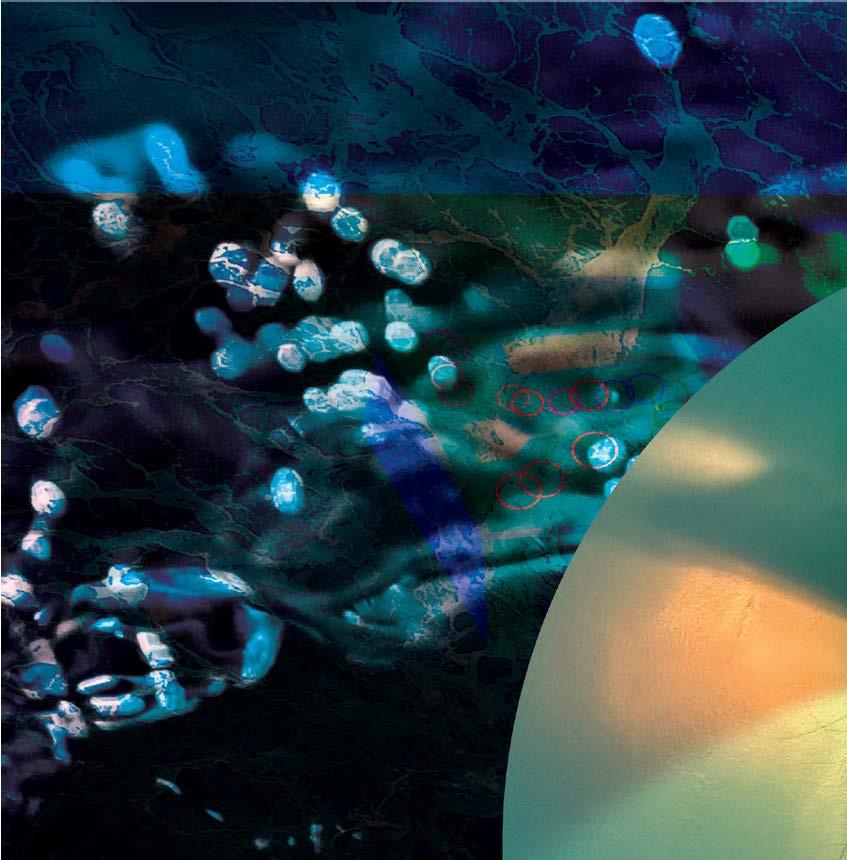
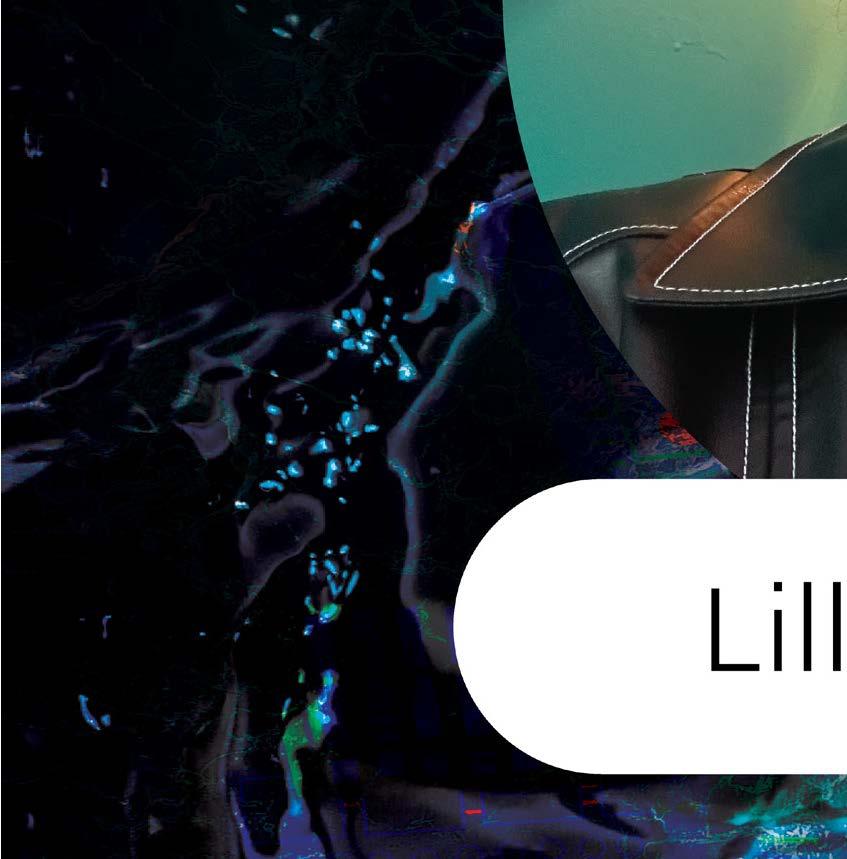
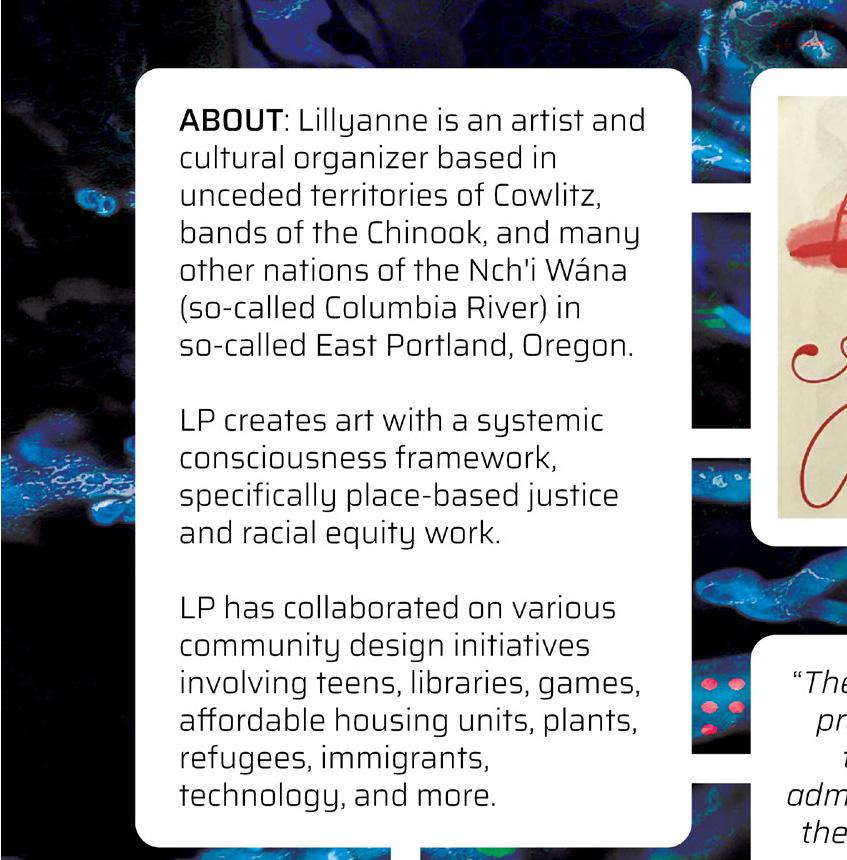


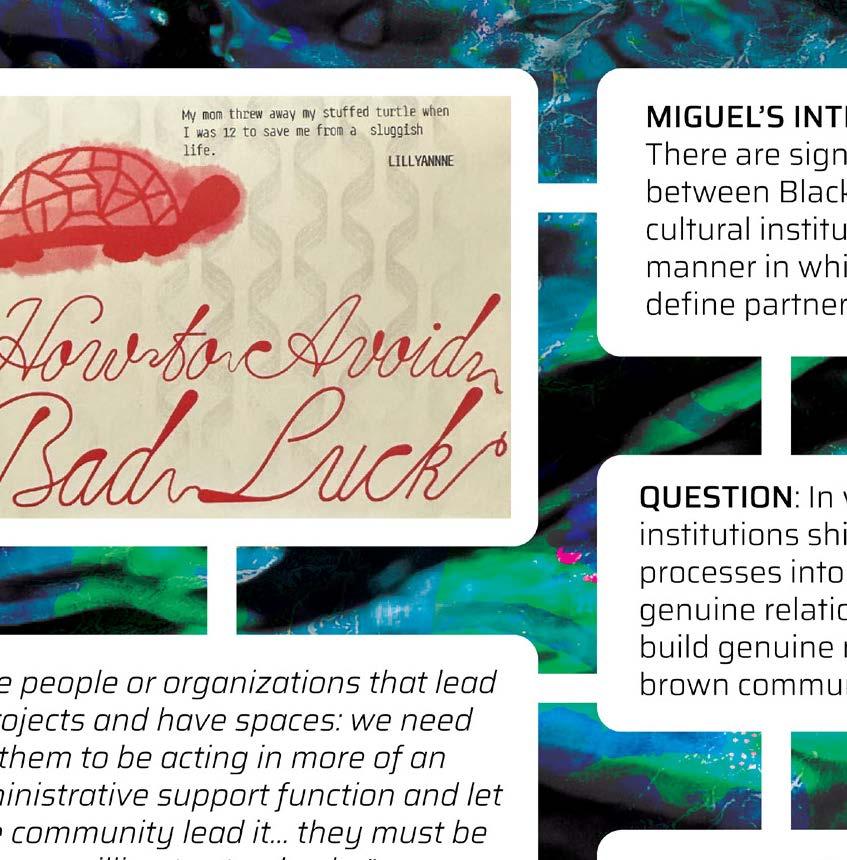




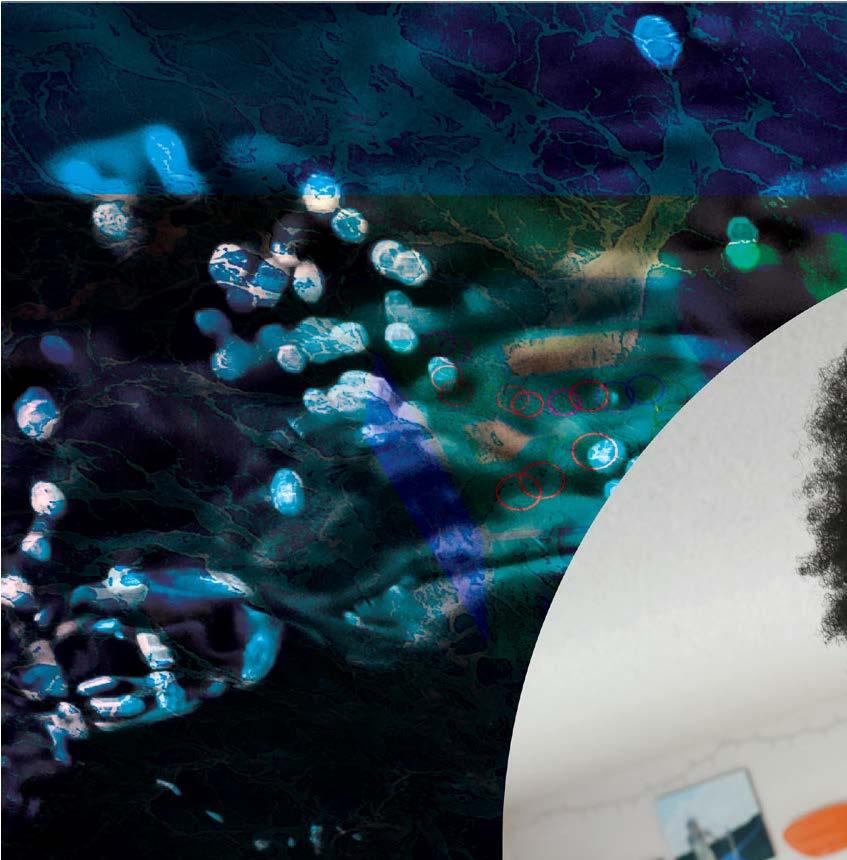
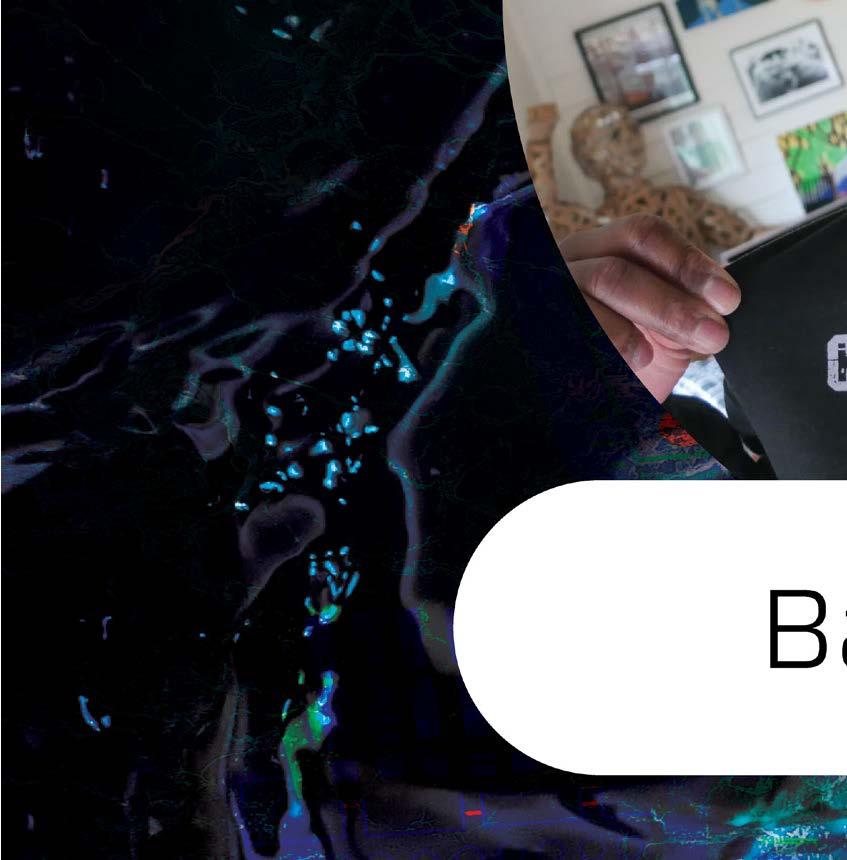
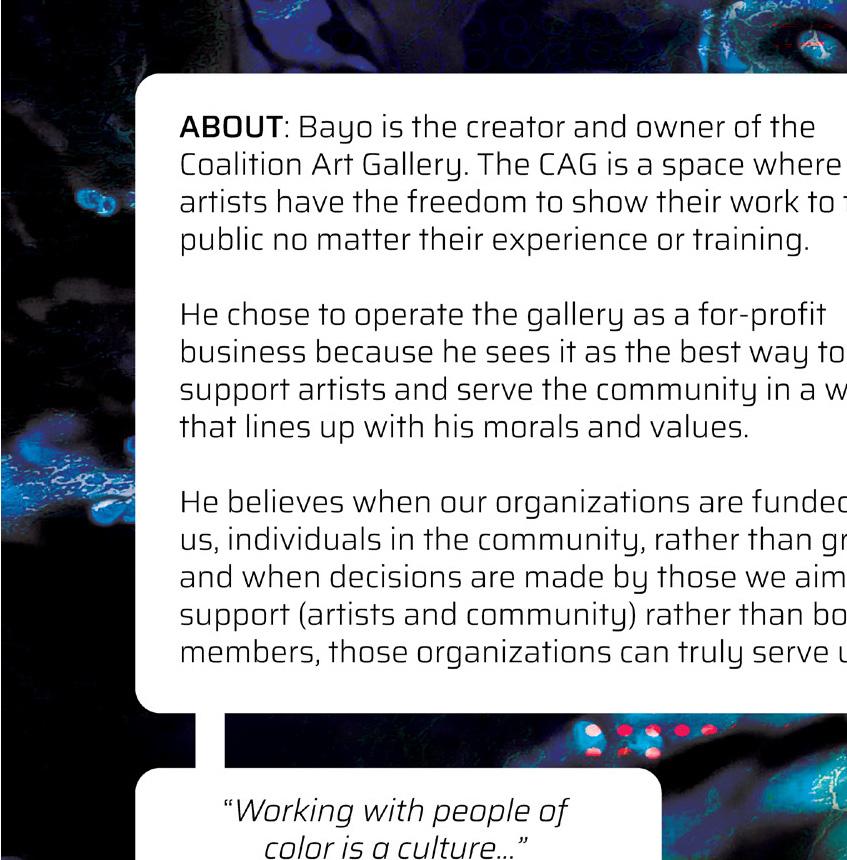







The culmination of my case study at the Oregon Museum of Science & Industry (OMSI) resulted in a deeper understanding of the systems, processes, and dynamics at play between BIPoC communities and cultural institutions at large.
Even more, this engagement had the strongest potential for impact considering my own level of influence and power to facilitate conversations and space activation projects with twenty-nine key stakeholders (directors, managers, and other influential staff).

• There was a wide spectrum of reflections by staff on the use of space and opportunities at OMSI:
→ Some respondents focused on the "underutilization" of space, while others focused on "mismanagement" of space.
→ There was consistent confusion about who holds the authority over a space i.e. key stakeholders vs. decision makers vs. consultants vs. contributors.
→A significant amount of respondents focused on the need for vertical spaces to be activated e.g. the overhead space in the Turbine Hall, the roof, stairs, and windows.
→Outdoor spaces are difficult to activate and maintain because of weather conditions e.g. front plaza, courtyards, and parking lots.
→ A small group of respondents focused on space activation in the digital realm e.g. the website, online exhibitions and programming, and podcasts.
→ While public spaces were the primary focus of my case study, a majority of respondents also emphasized the desire and need to activate private spaces as well e.g. conference rooms, offices, backstage hallways, volunteer spaces, and classrooms.
→ Some respondents described the need for a comprehensive plan or procedure for the coordination of space activation projects. These efforts must prioritize aesthetic consistency with the rest of the museum by adhering to our brand guidelines.
• Relationships with BIPoC communities are complicated, but there are efforts to establish stronger and healthier collaborations:
→ Majority of respondents highlighted the organization's predominantly white staff and member base, which makes it difficult to build trust and rapport with BIPoC communities. Even more, when previous collaborations have felt or been transactional.
→ Many respondents shared that there's too much bureaucracy, and in some places, there's a lack of process. This can be frustrating and confusing for BIPoC organizations and community members, as well as for OMSI staff.
→ There's an acute awareness of the time, energy, and resources it takes to build meaningful relationships with BIPoC community members, including the need to build capacity for long-term commitments and partnerships to counter power dynamics.
→Some respondents focused on the recent and significant individual and institutional knowledge accumulation that's been happening when collaborating with communities of color. In particular, there's a consistent negotiation and back-and-forth about cultural norms and how they impact people e.g. how people gather, how groups communicate with each other, and timelines and expectations.
→Diversity, equity, and inclusion efforts are evolving based on community partner feedback, especially as the institutional journey pushes staff to be more aware and accountable to their needs and expectations.
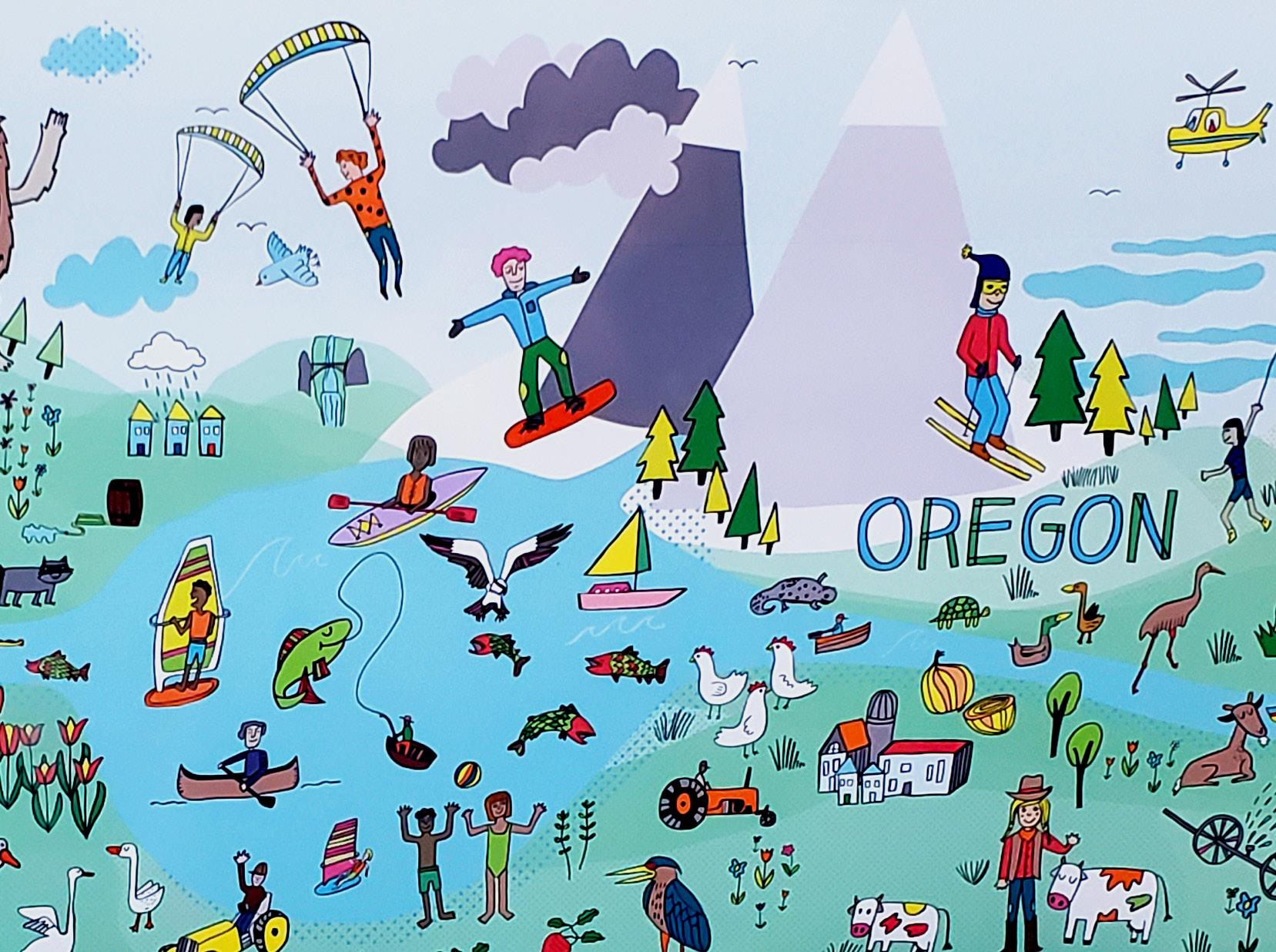
• Trying to define "professionalism" within OMSI's context is nuanced, compex, and not entirely possible. However, trying to do so helped me better understand other aspects of the staff experience:
→ Some folks focused on business practices (e.g. policies, dress code, communication styles) while others focused on how it affects norms and values in a work environment (e.g. interactions amongst staff, expectations, respect, and timeliness).
→ Some folks do not like the connotations associated with the term, especially since it can introduce power dynamics. For a majority of the BIPoC respondents, this term was attached with examples of microaggressions and imposter syndrome, which they directly attributed to cultural norms of whiteness and white supremacy.
→This term, and the culture around it, influences collaborations and interactions with BIPoC communities. Some folks shared how they have to shift or adapt their language, expectations, and approach depending on the group they're interacting with.
• A majority of the respondents want OMSI, as an institution, to take more risks in its operations and programming e.g. activating more spaces across the museum, creating spontaneous experiences, and providing more moments of meaningful interaction between staff, volunteers, and visitors.
• Some respondents discussed desires to embed their own creativity into their regular activities, but that they are actively searching for opportunities. They are hoping to contribute to less time intensive space activation projects e.g. pop-ups, games, and demos.






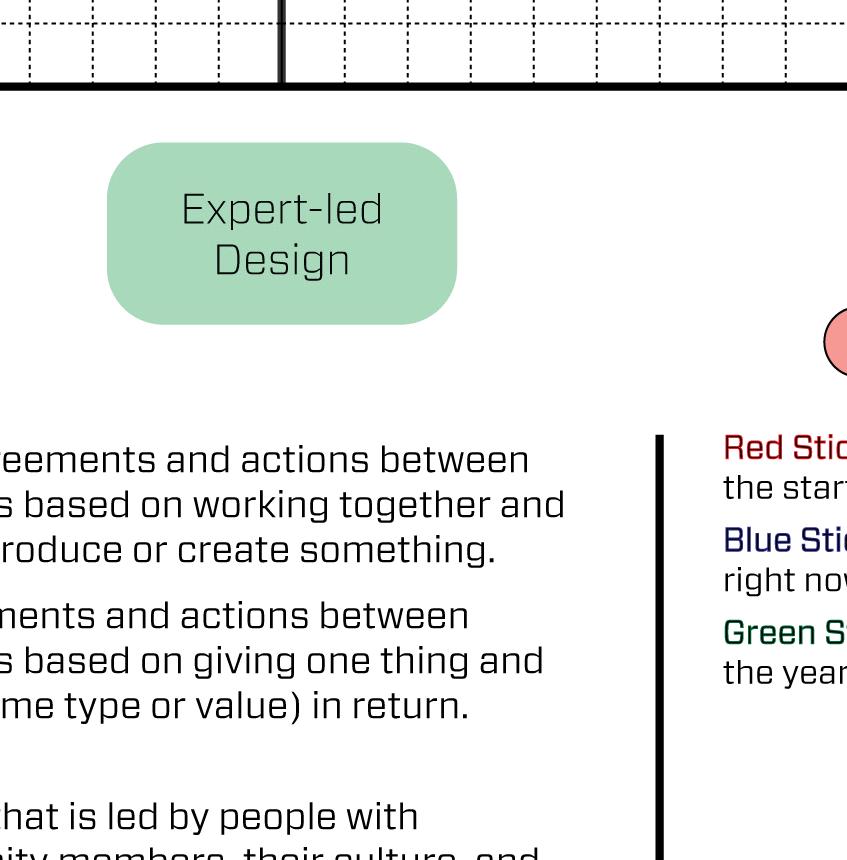







Figure 72: "Relationships Between Community Members and the Oregon Museum of Science & Industry (OMSI)." Diagram by author and interview participants.
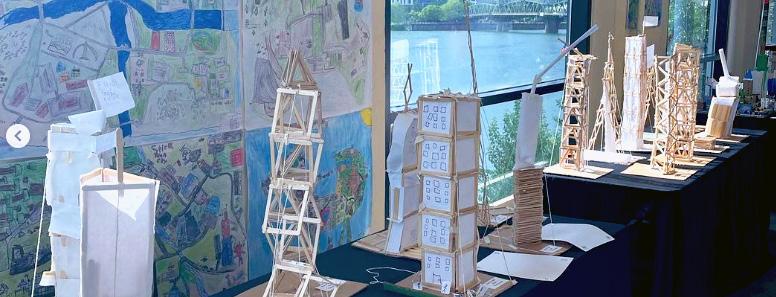
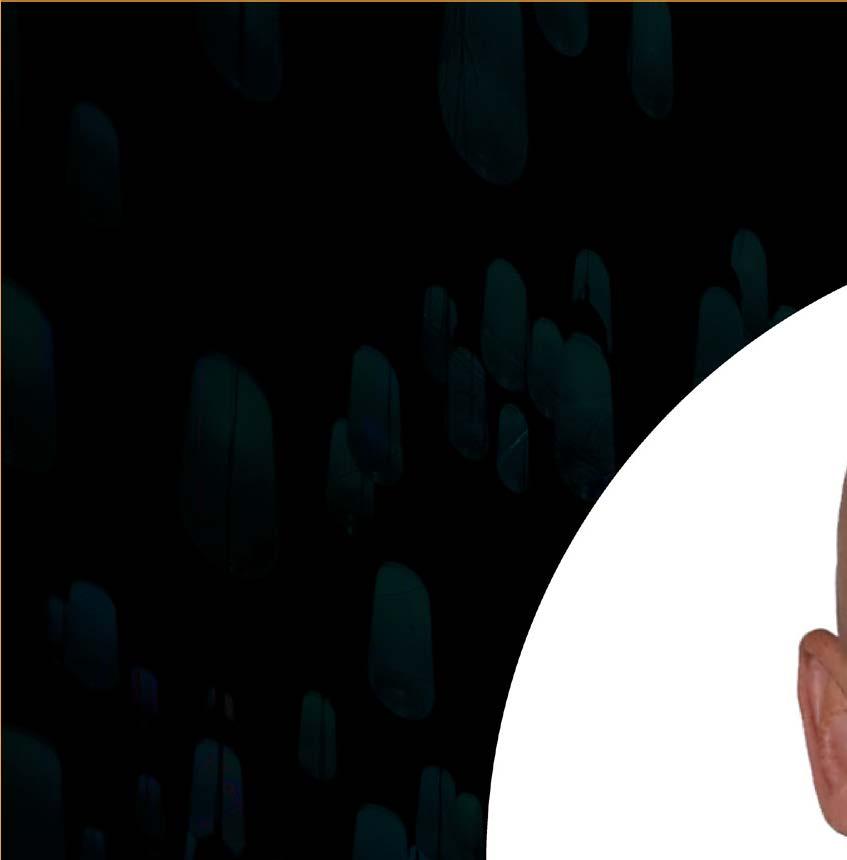

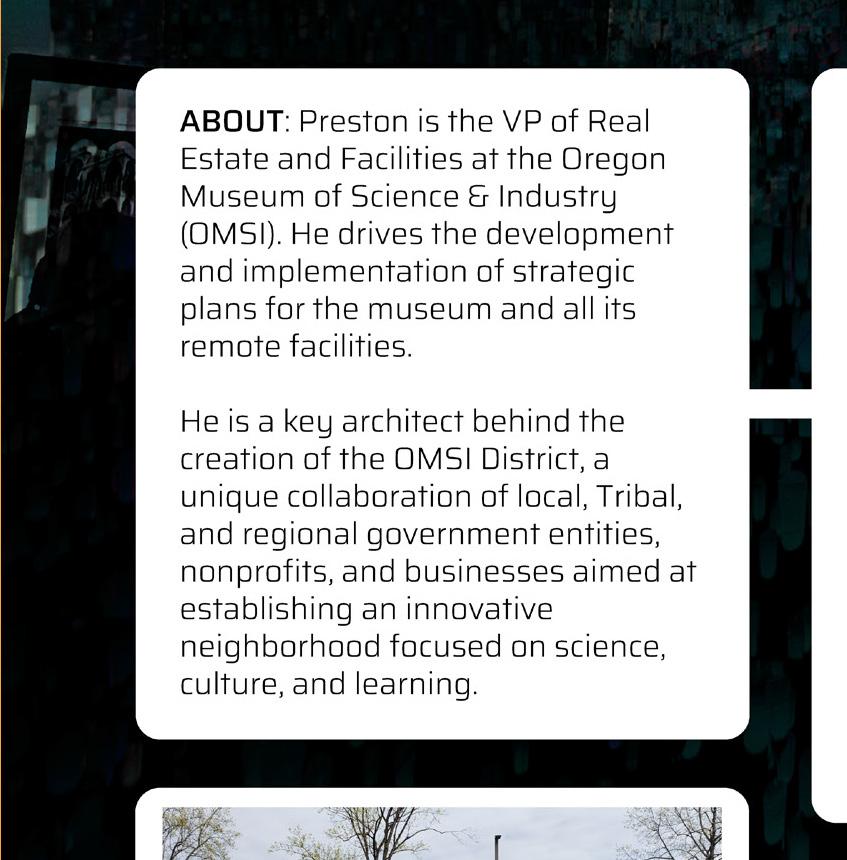




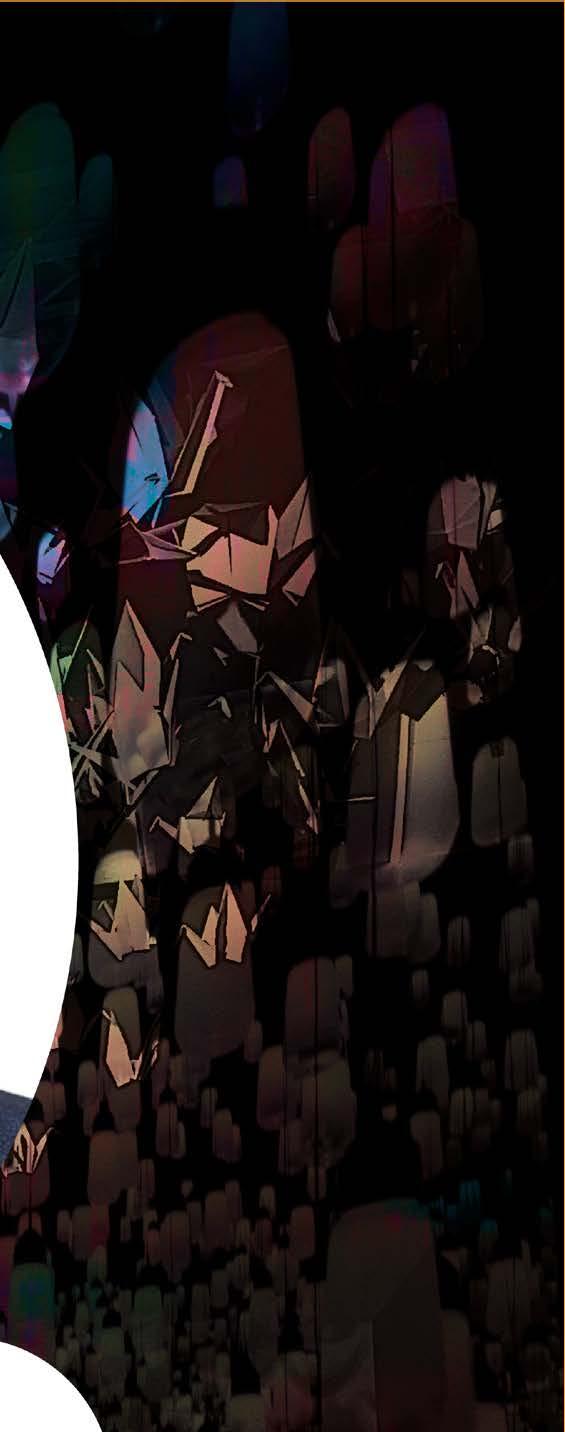


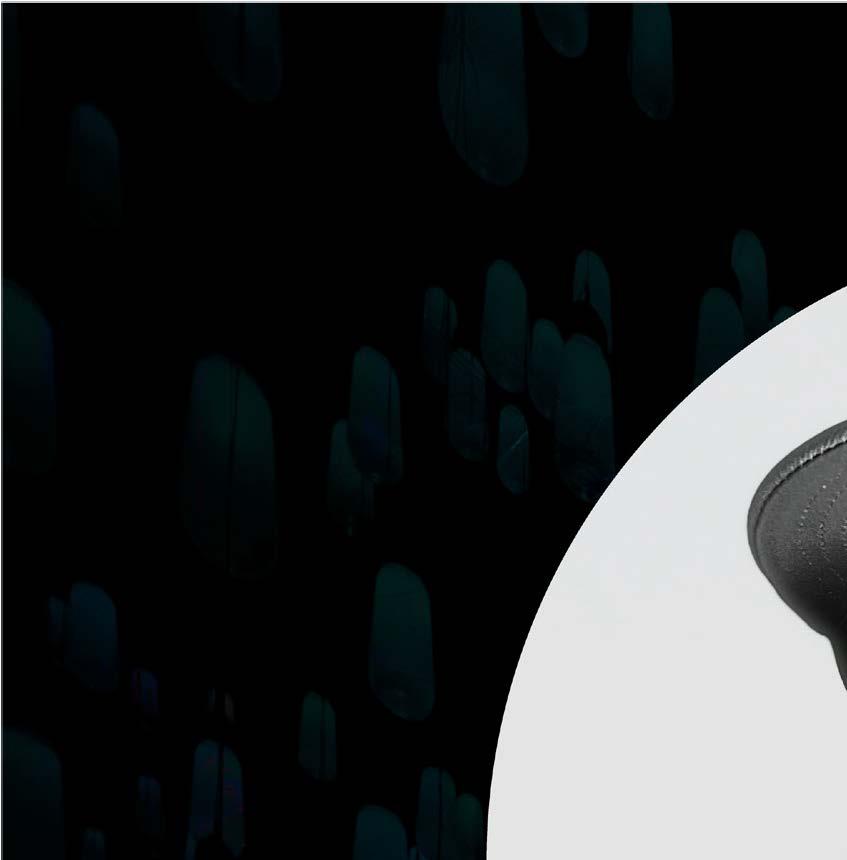

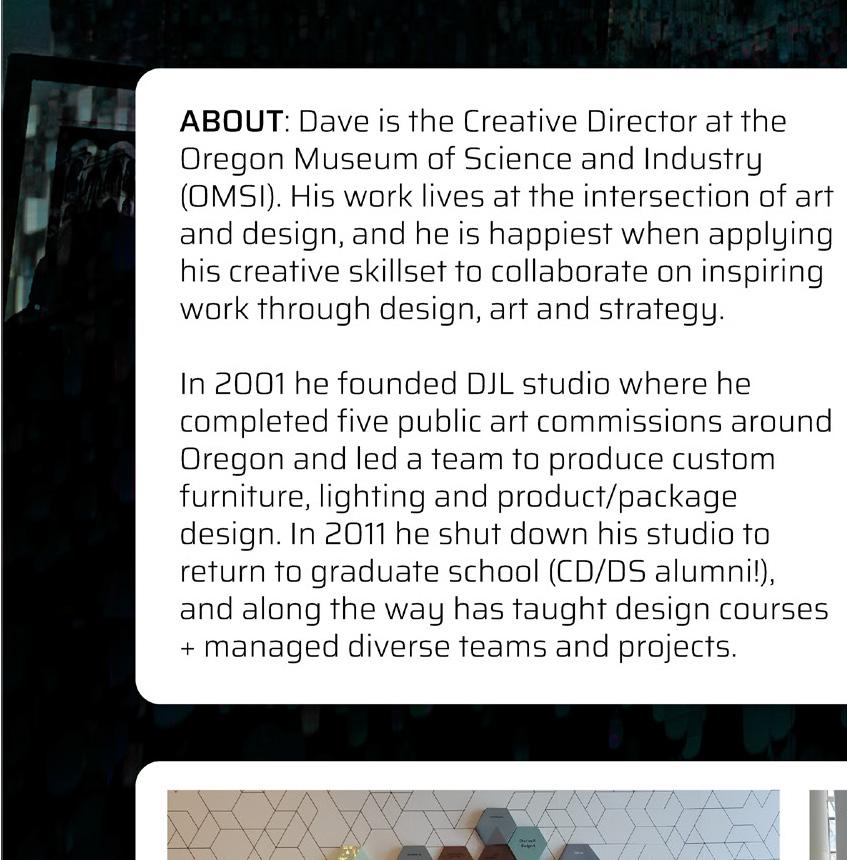
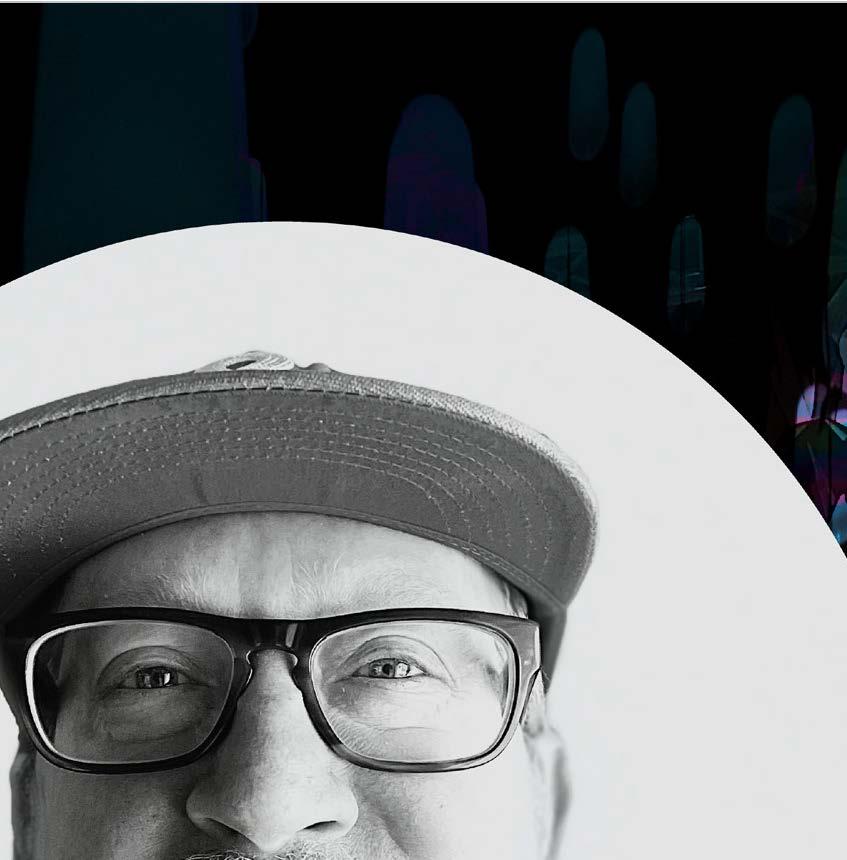








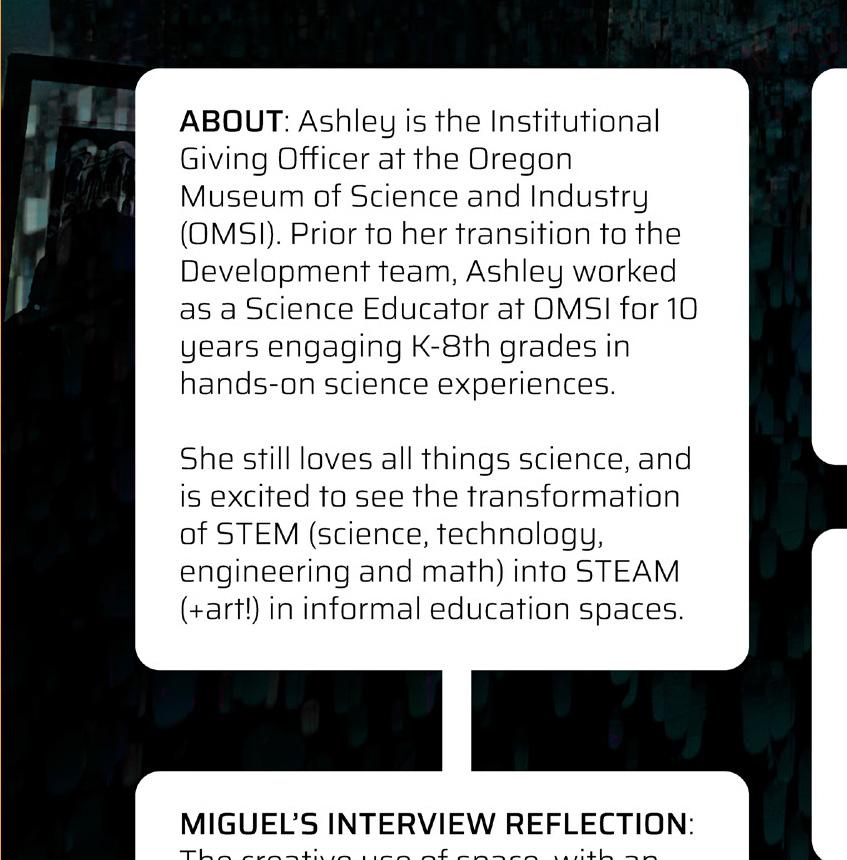
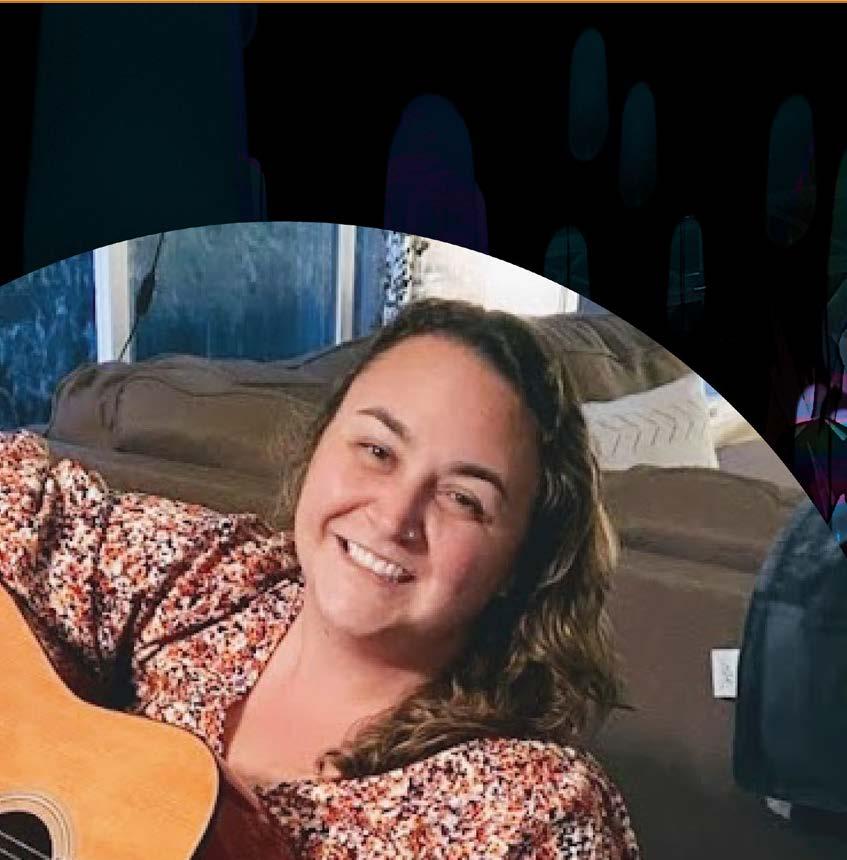






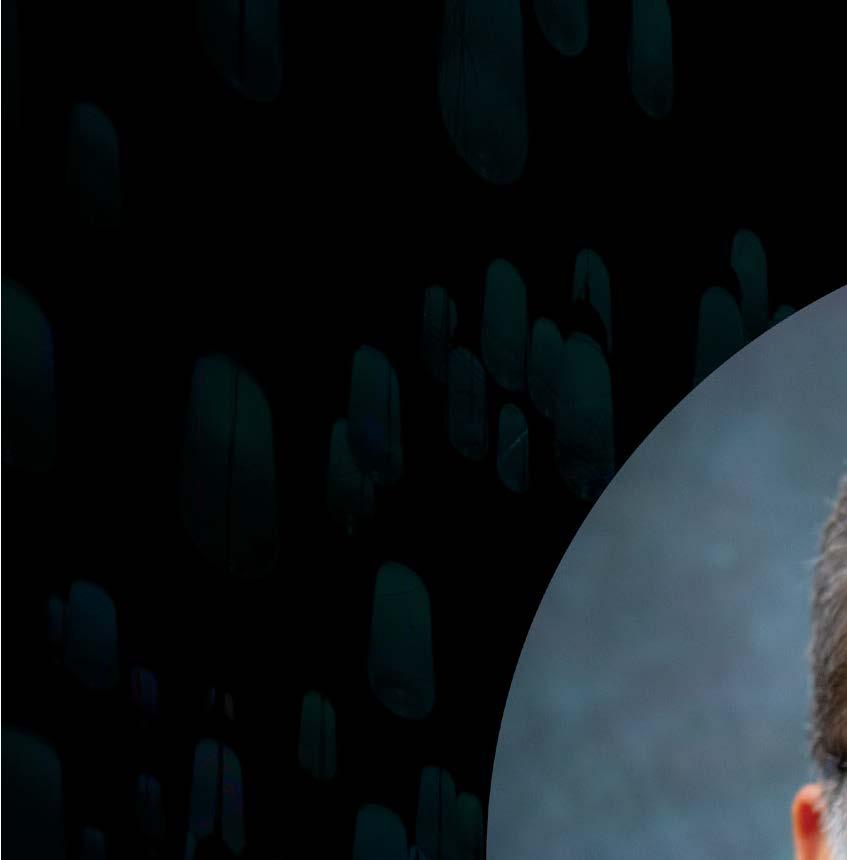

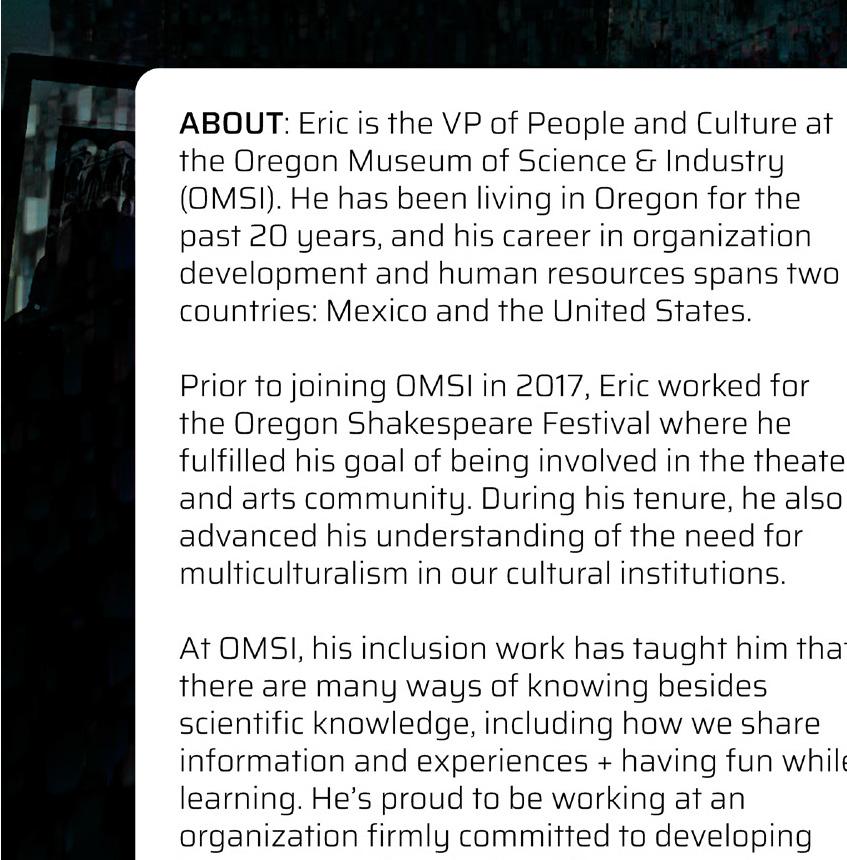




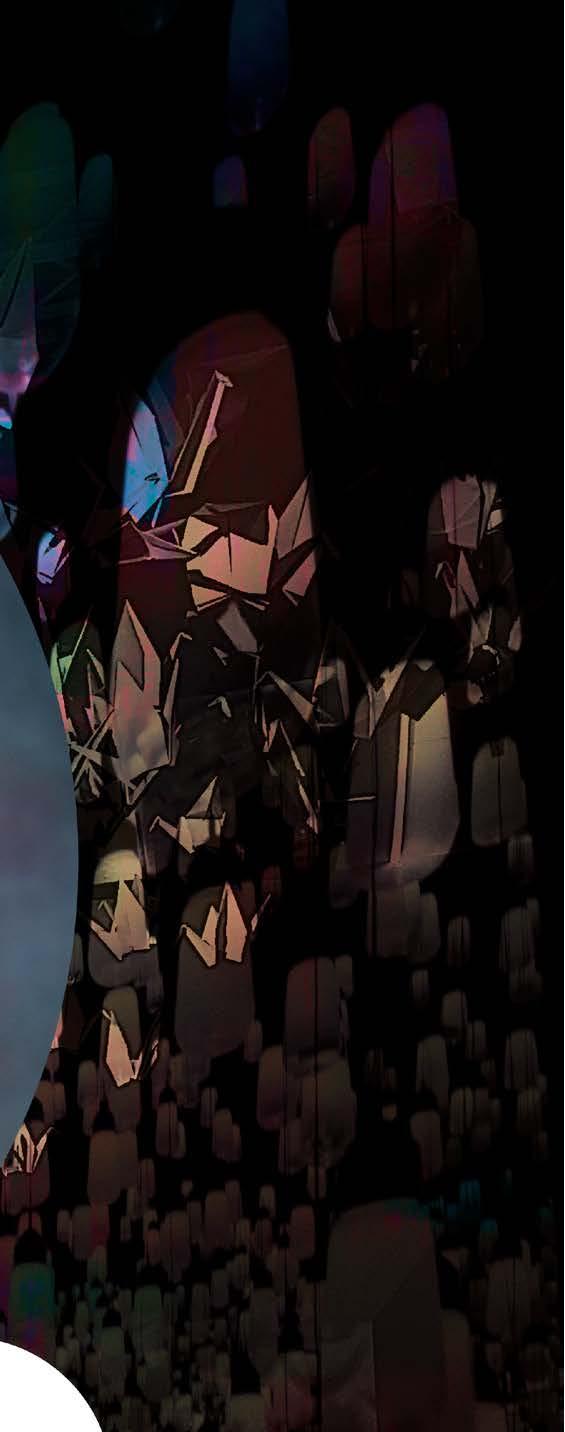


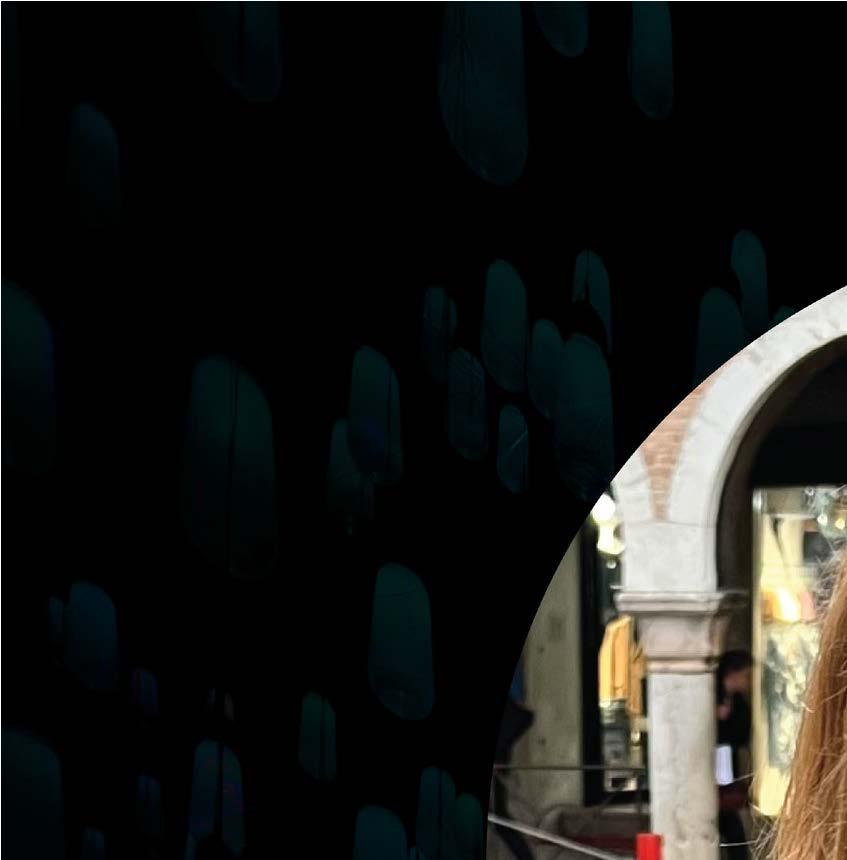
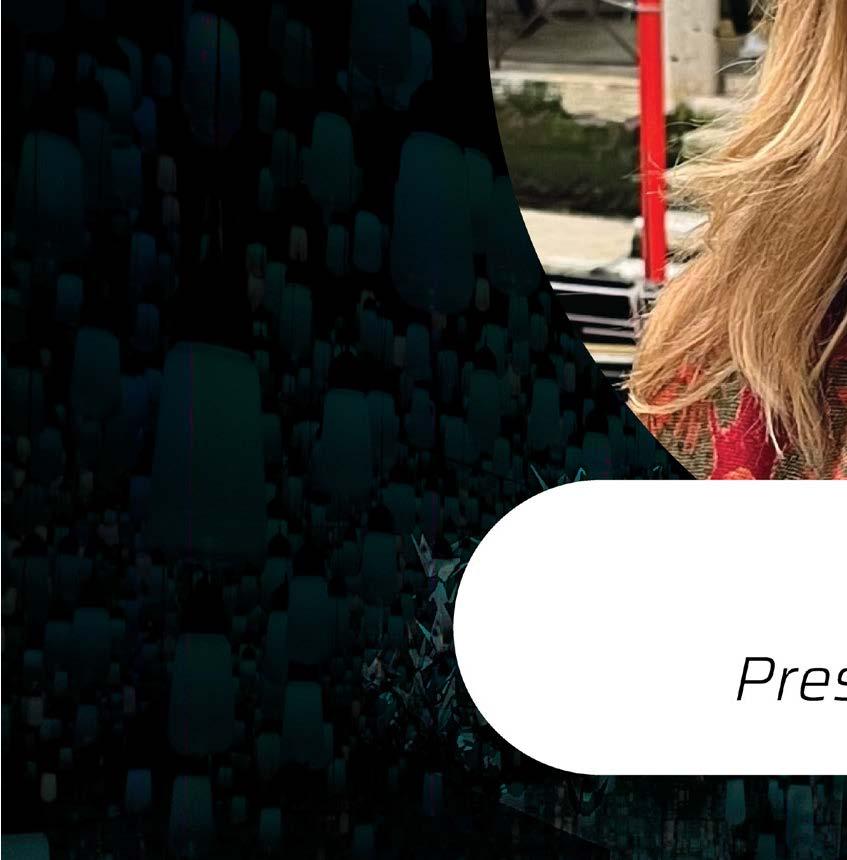
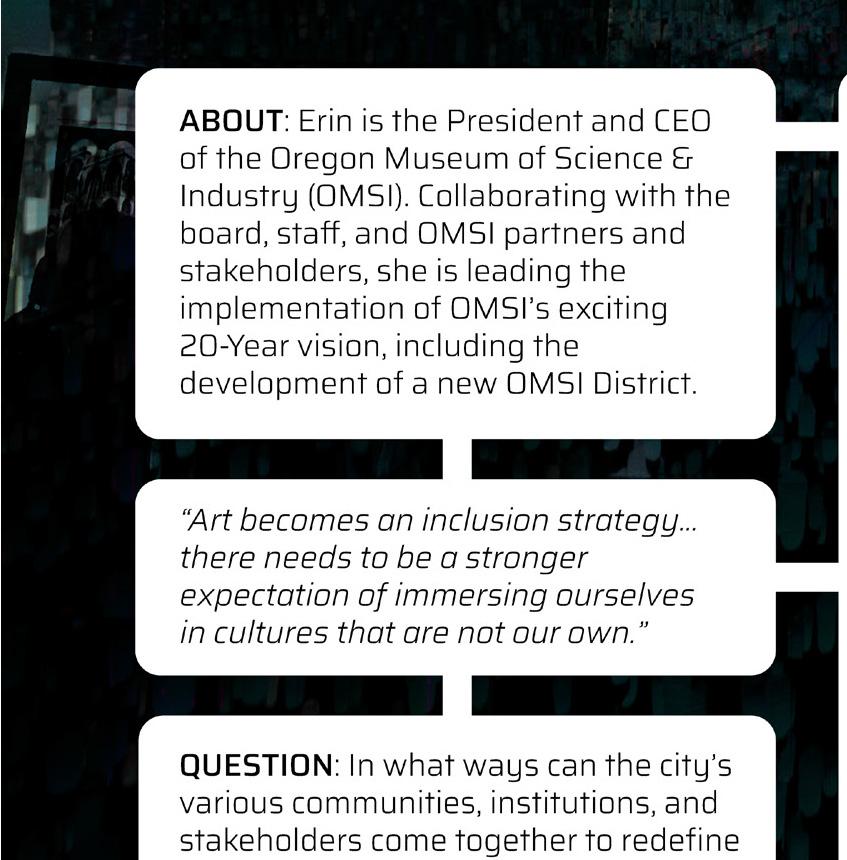
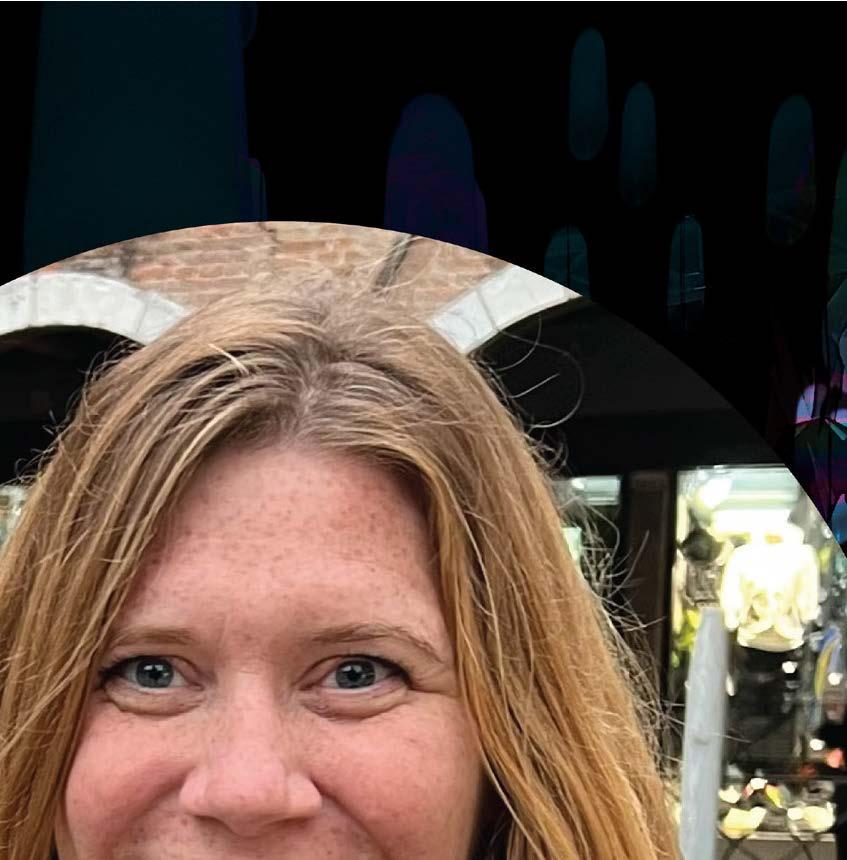
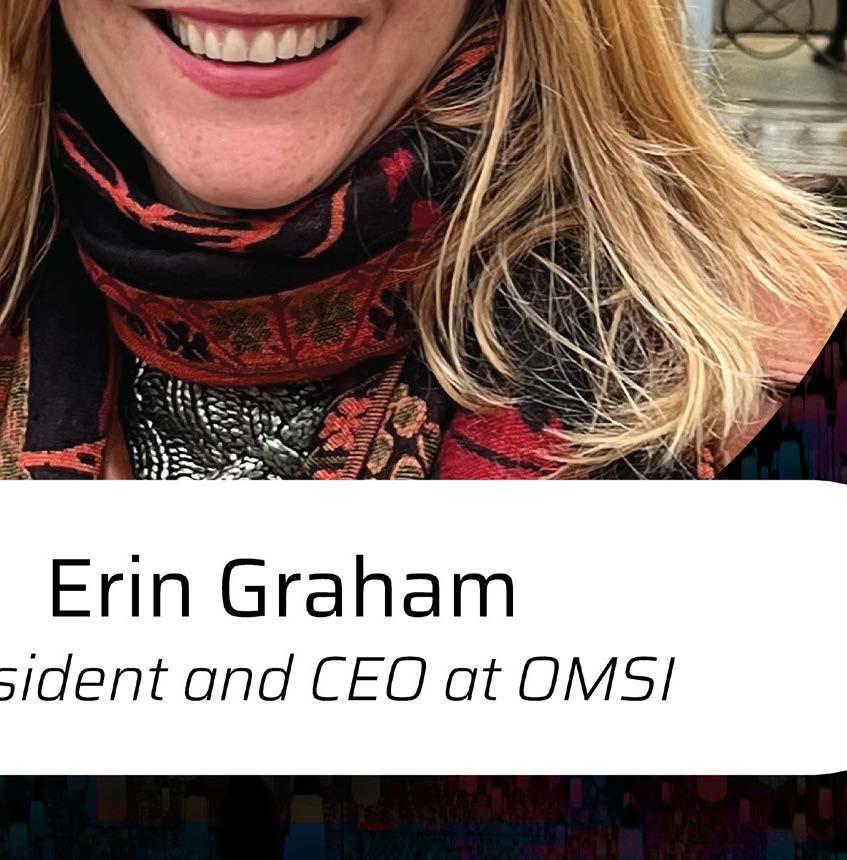


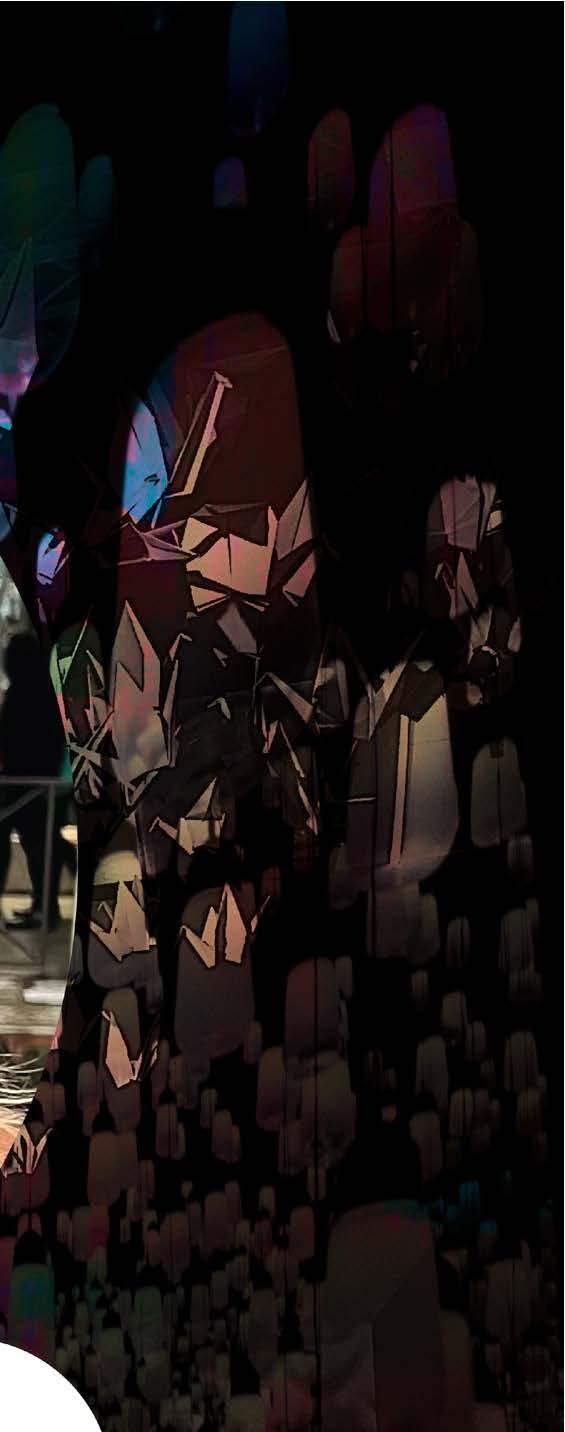
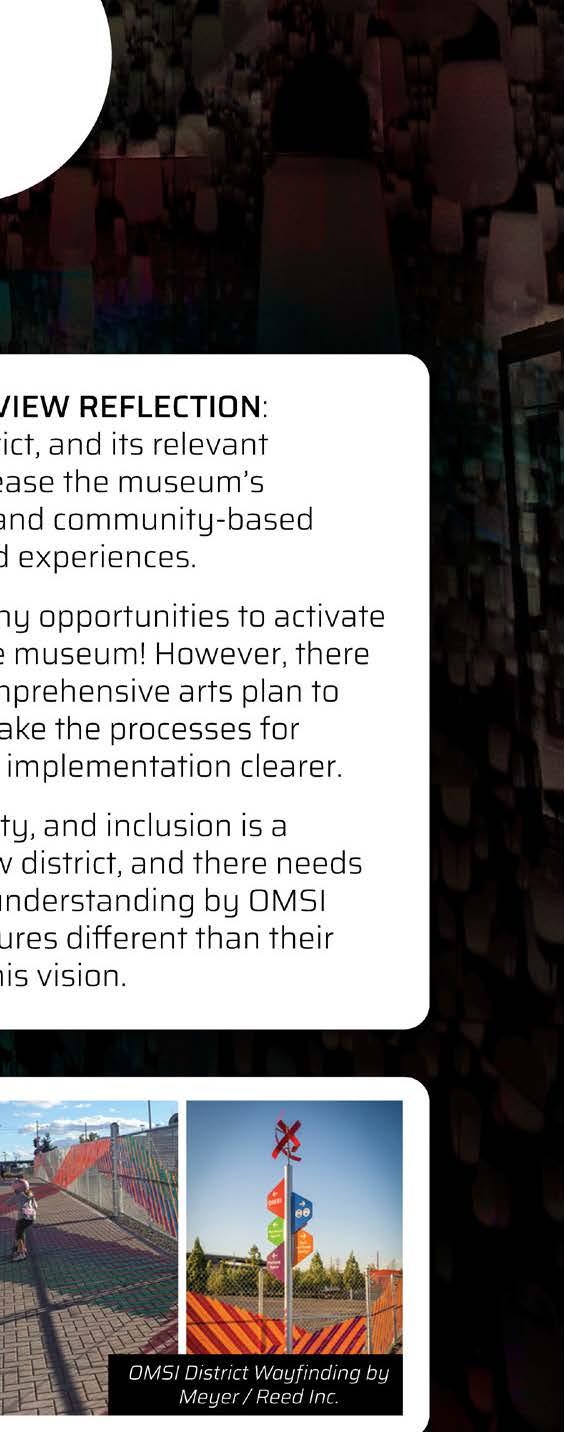

The culmination of my research with eight cultural institution and community organization representatives resulted in four key insights, which highlighted the varied progress between all of them (OMSI included) in establishing and maintaining stronger relationships with BIPoC community members and the potential for meaningful space activation projects and partnerships.
• Respondents discussed the need for intentional systems and processes that center BIPoC communities by addressing barriers through equitable and inclusive practices.
→ Some respondents shared how they provide access to space for the community e.g. pro-bono or sliding scale.
→Others discussed limiting programming to culturally-specific identities e.g. Black only spaces, fishbowl conversations.
→ Others shared how they practice pro-active access tactics e.g. stipends, food, interpretation services, and childcare.
→ Others approached inclusion from a decision-making standpoint e.g. community-led committee panels, guest curators, and providing multiple and varied services and programming.
• Establishing relationships and partnerships with BIPoC communities is difficult because of Oregon and Portland's racist history and practices rooted in whiteness.
→ All respondents discussed the need to build trust and rapport before engaging in conversations about potential partnerships with the cultural institution itself.
→ Word of mouth goes a long way during the initial exploration phase, because the experience or relationship of a past collaborator with a cultural institution can help alleviate concerns.
→ Many respondents talked about not having BIPoC collaborators re-inventing past work or best practices; if it happens, it can create feelings of tokenization or perceptions of microaggressions. It's helpful when cultural institutions can do some of the prep work before asking for the support or expertise of BIPoC communities.
• Cultural institution representatives have to be mindful of the power dynamics that are introduced when they enter spaces.
→ All respondents shared examples of how their title or association with a cultural institution / community organization impacted conversations, collaborations, or partnerships. Folks must remain cognizant of and address underlying power dynamics.
→ A majority of respondents talked about grant funding, and how cultural institution representatives have to navigate related conversations with care and intentionality or risk frustration and other emotions from potential applicants.
→ All respondents discussed the differences between exploration of and promising of resources, which is a point of tension throughout all aspects of a collaboration or partnership. As a result, there's consistent confusion and miscommunication between both groups when it comes to deliverables, outcomes, authority, and longevity. However, respondents are hopeful that the landscape is evolving, which can support in further defining these factors in their systems and processes.
•Space activation is not limited to these spaces, and cultural institutions can help influence the city's use of space from a benefit to the community perspective.
→ Respondent imagined the conversion of single-use spaces to multi-use spaces, the introduction of more green spaces, and activating empy walls and asphalt spaces across the city.
→ All respondents emphasized the need for alternative spaces that address societal issues e.g. all age spaces, services for houseless folks, and the redistribution of spaces and resources that combat gentrification and displacement of communities of color.
→ All respondents discussed how the arts can create a stronger sense of community and belonging amongst people, especially when they are included throghout an entire space activation project and process.
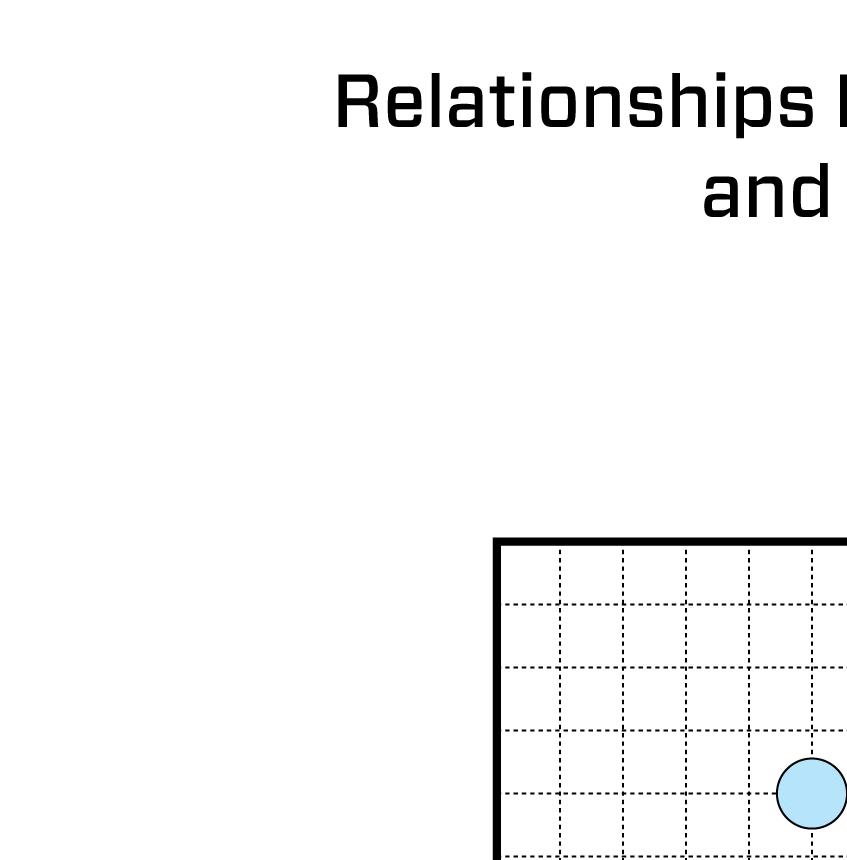
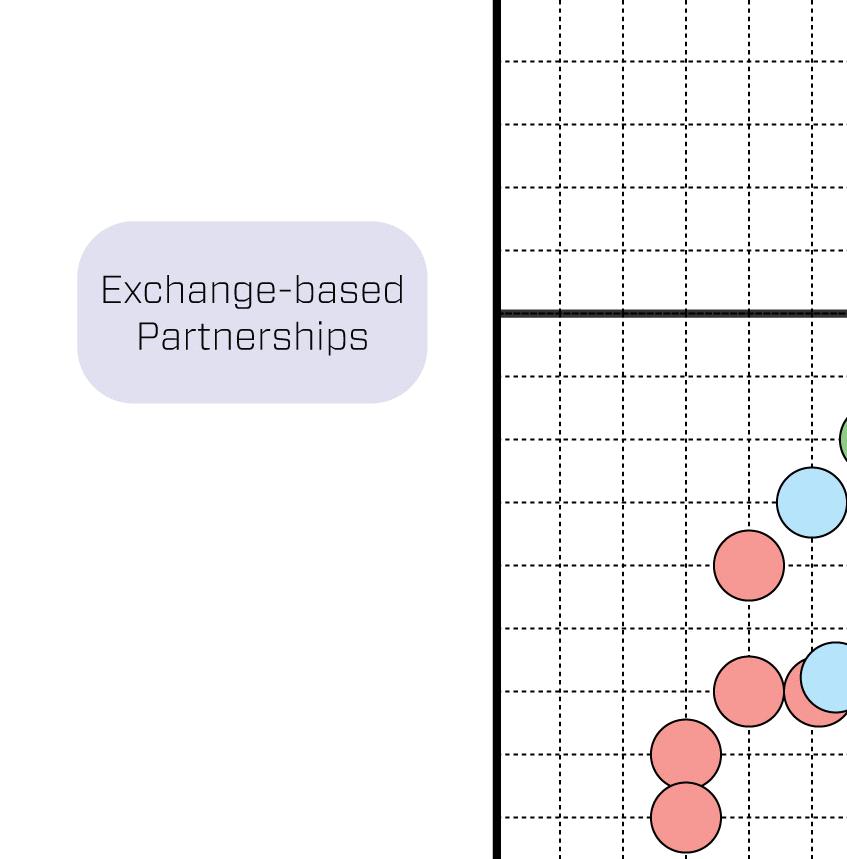


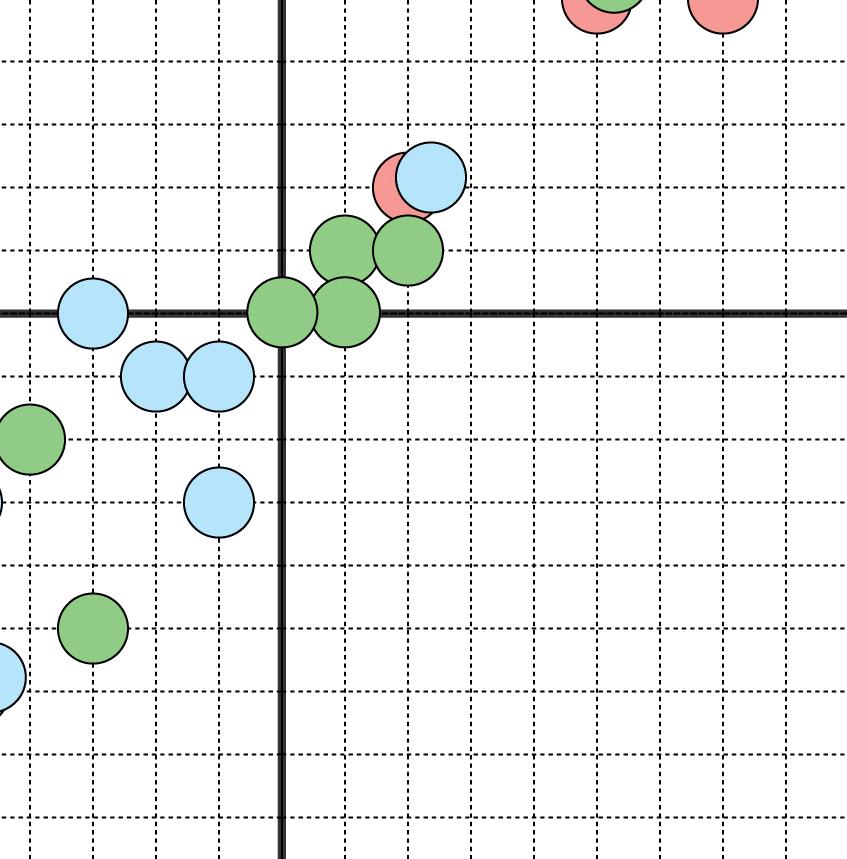
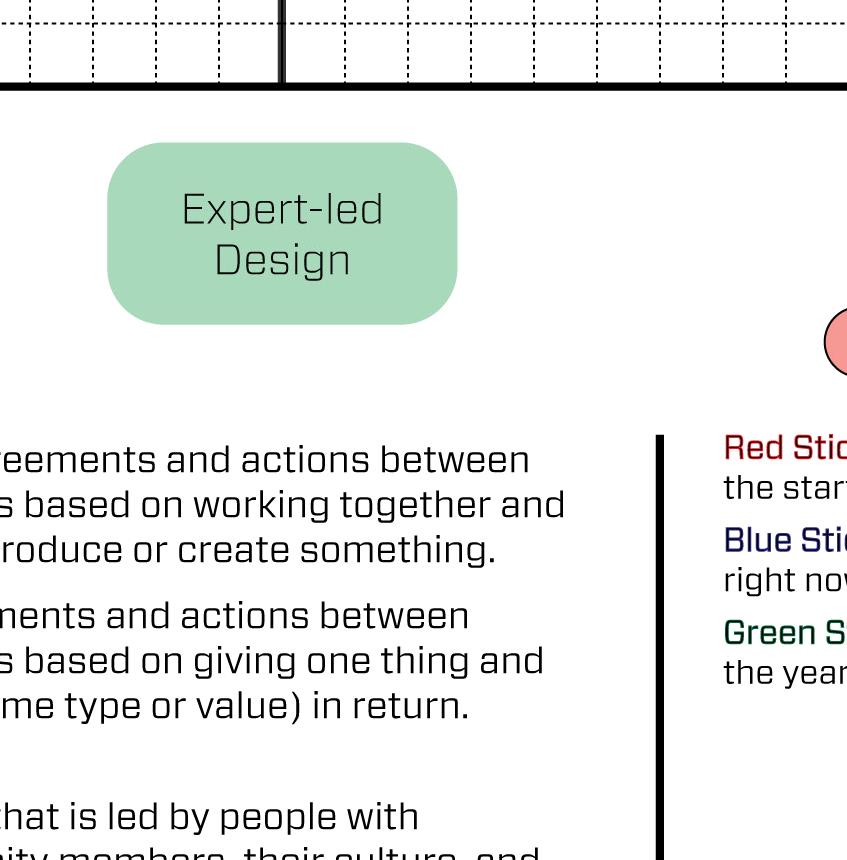







79: "Relationships Between Community Members and Cultural Institutions." Diagram by author and interview participants.
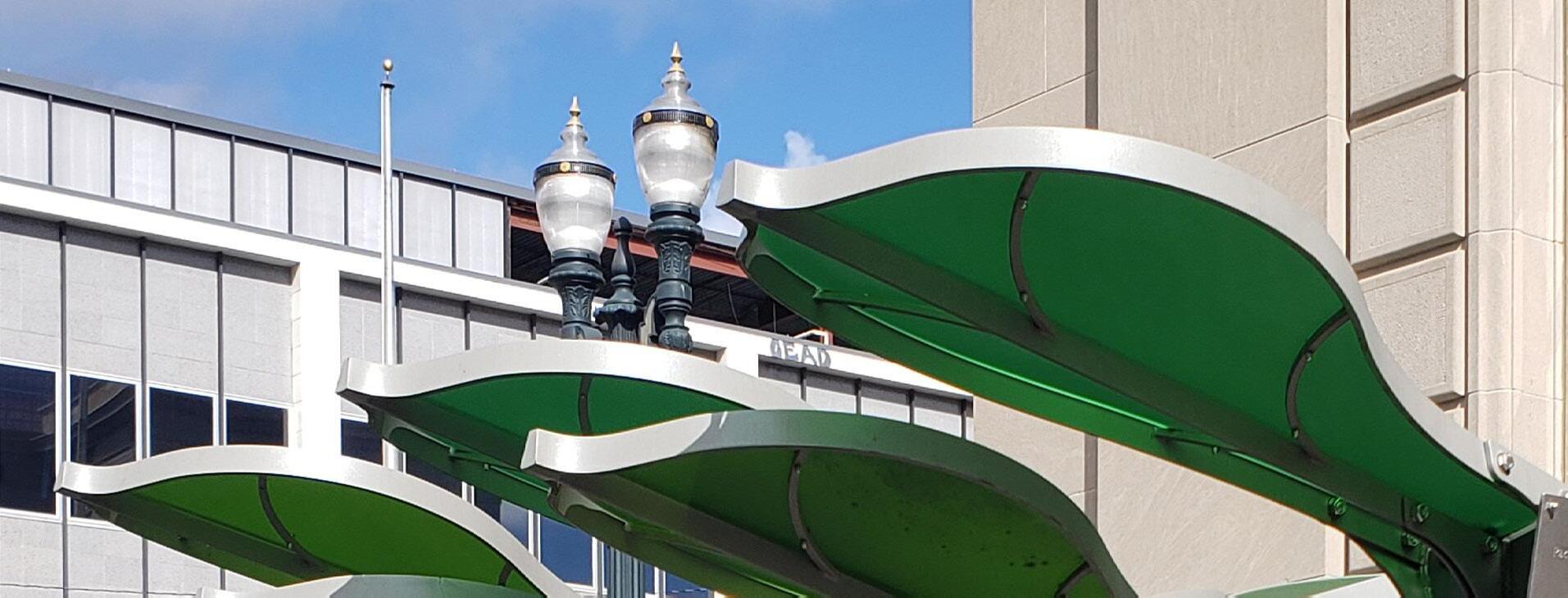
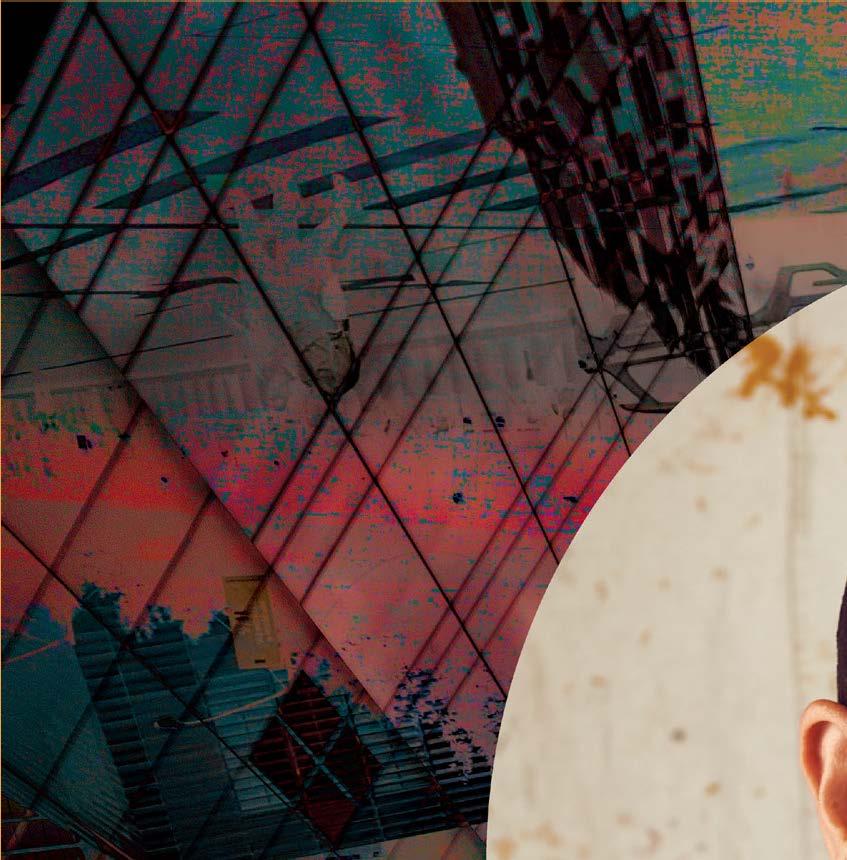
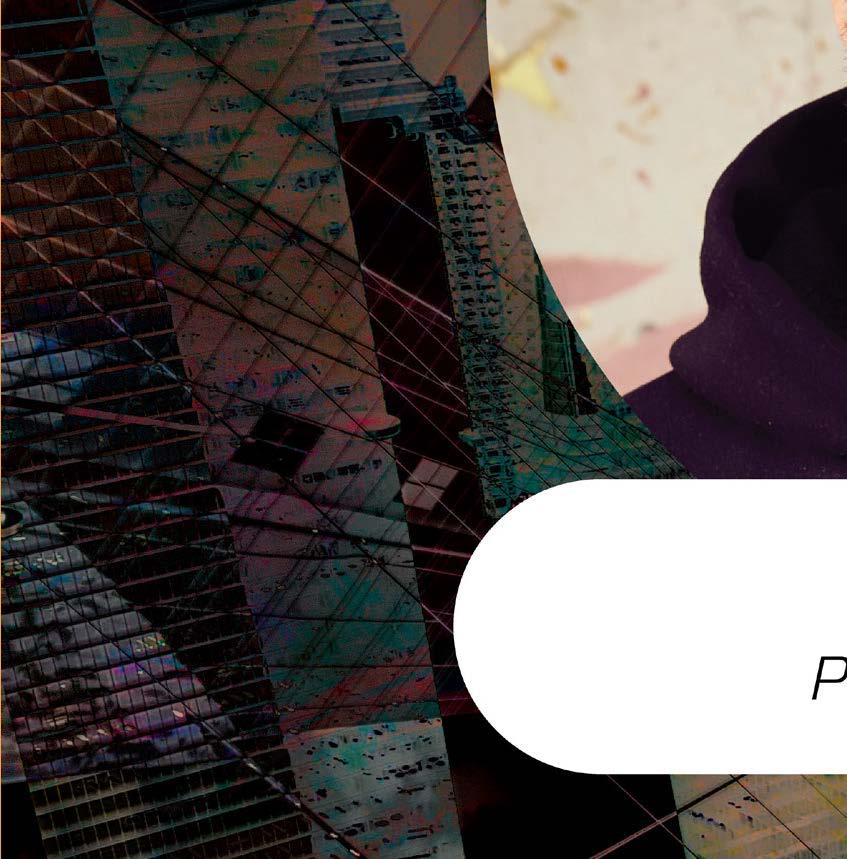

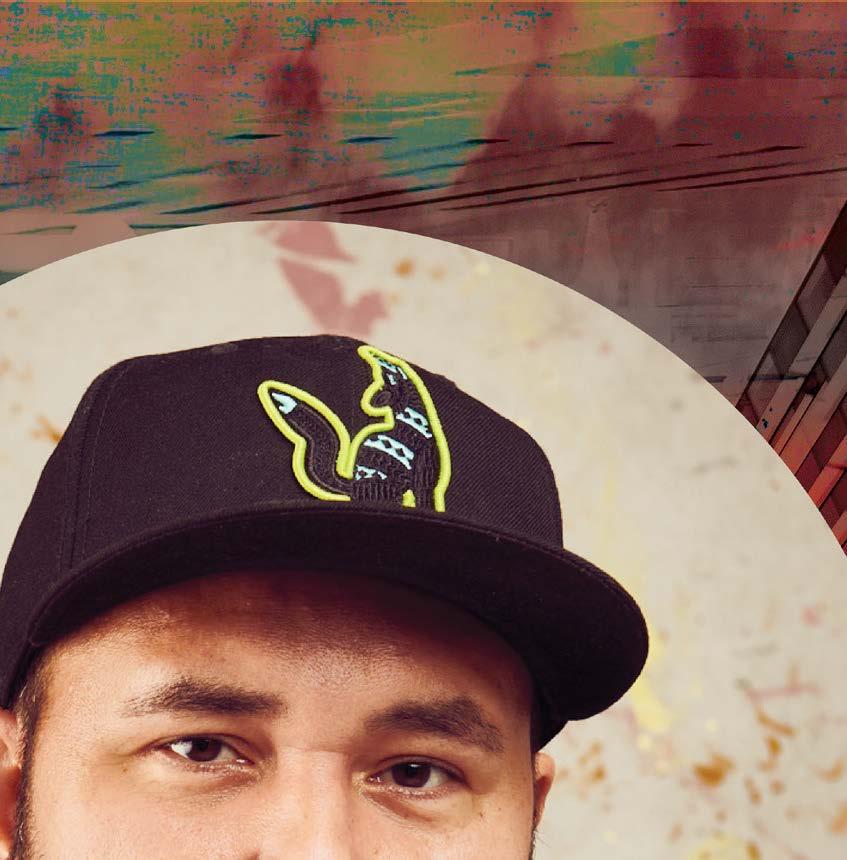

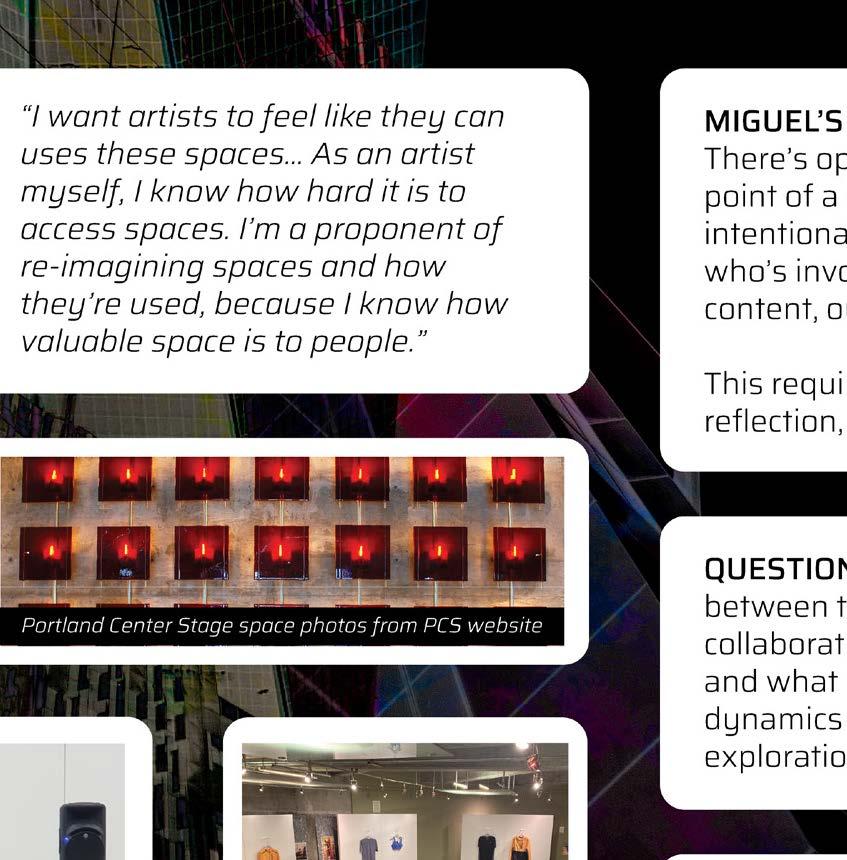






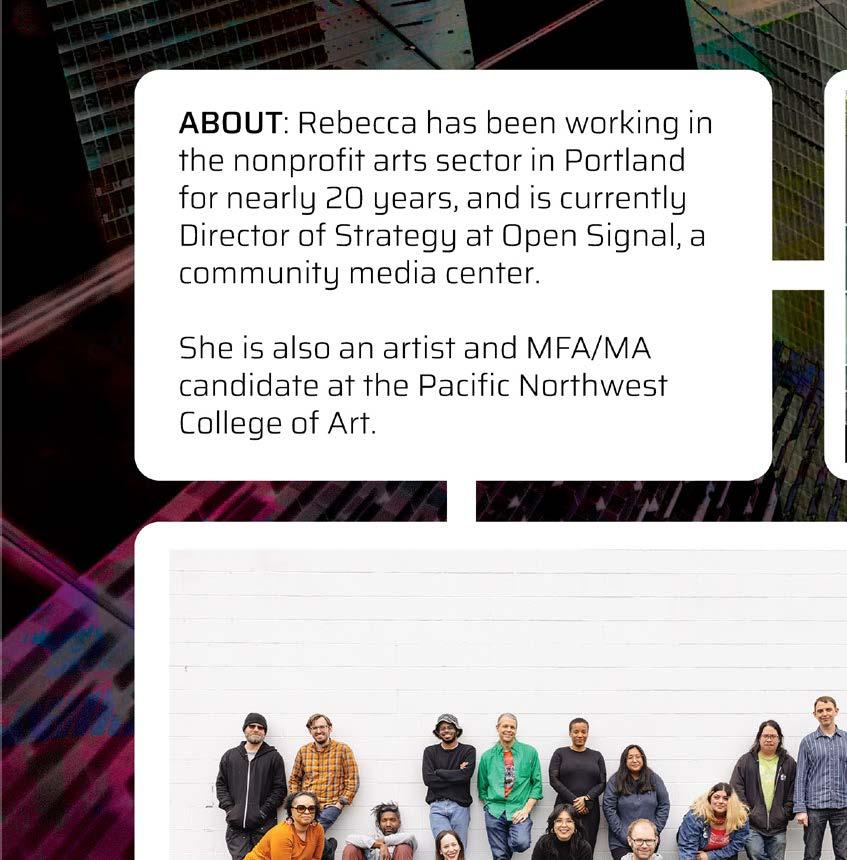

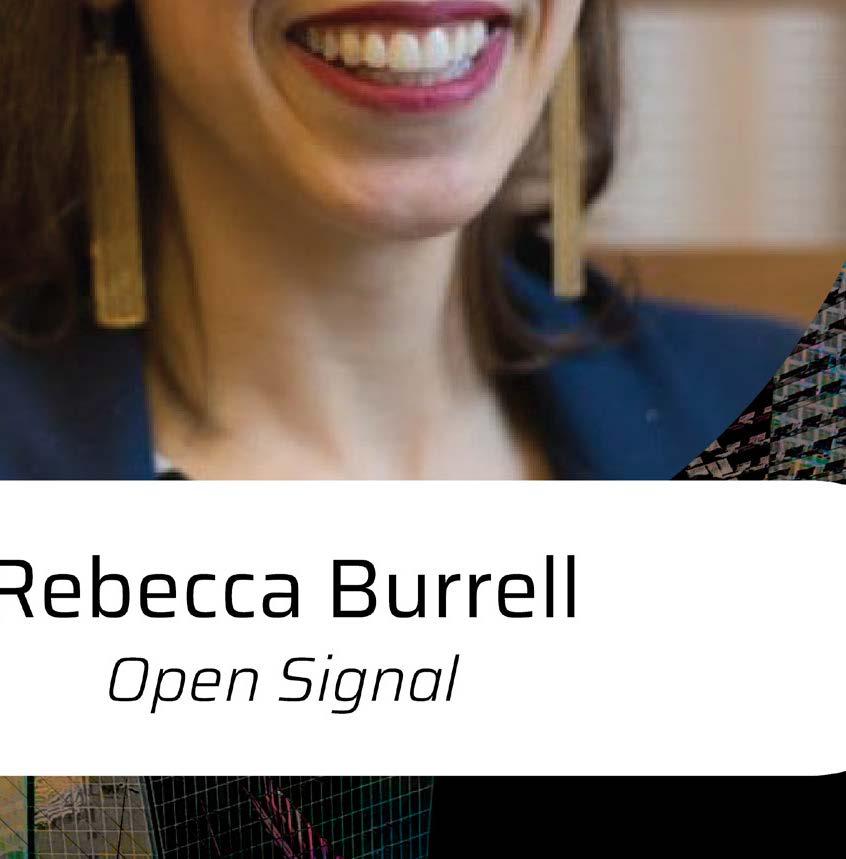
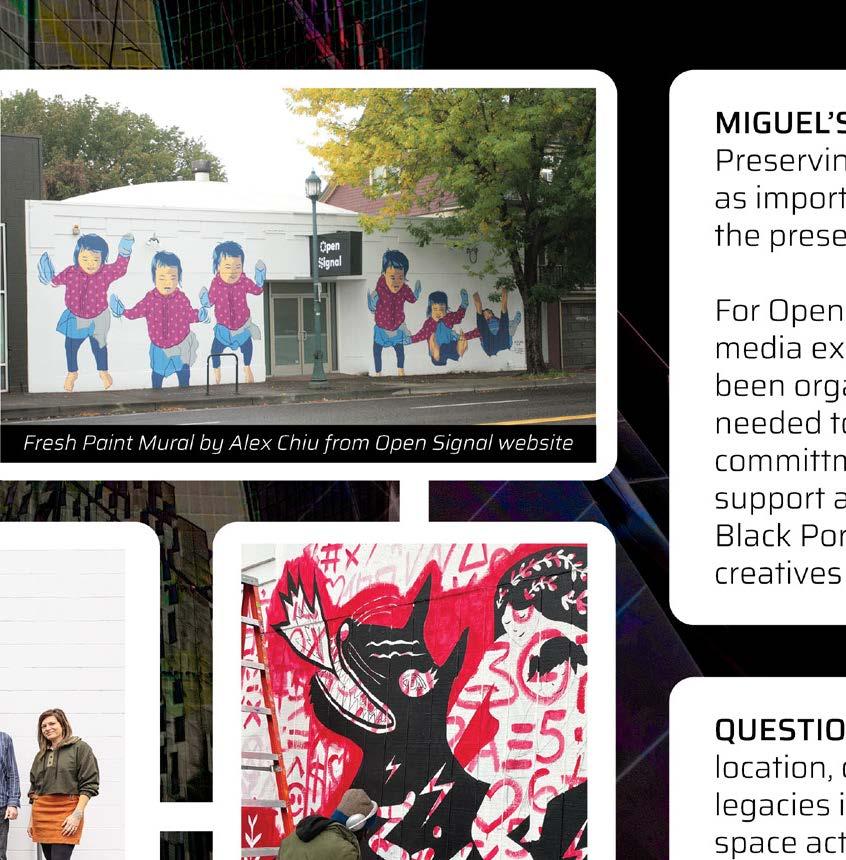




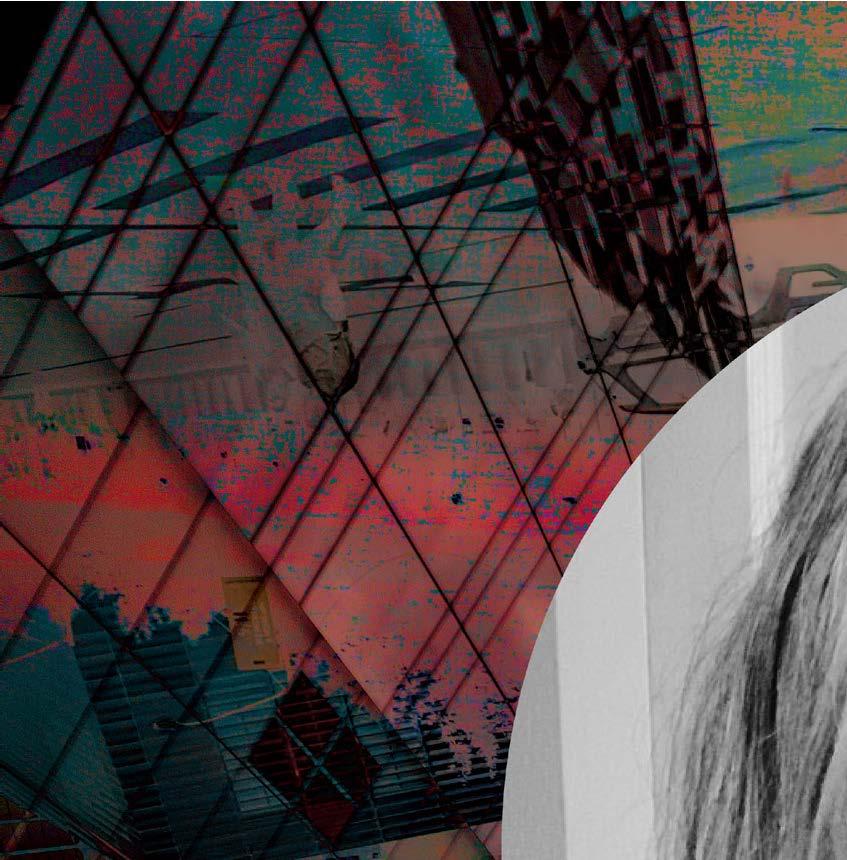
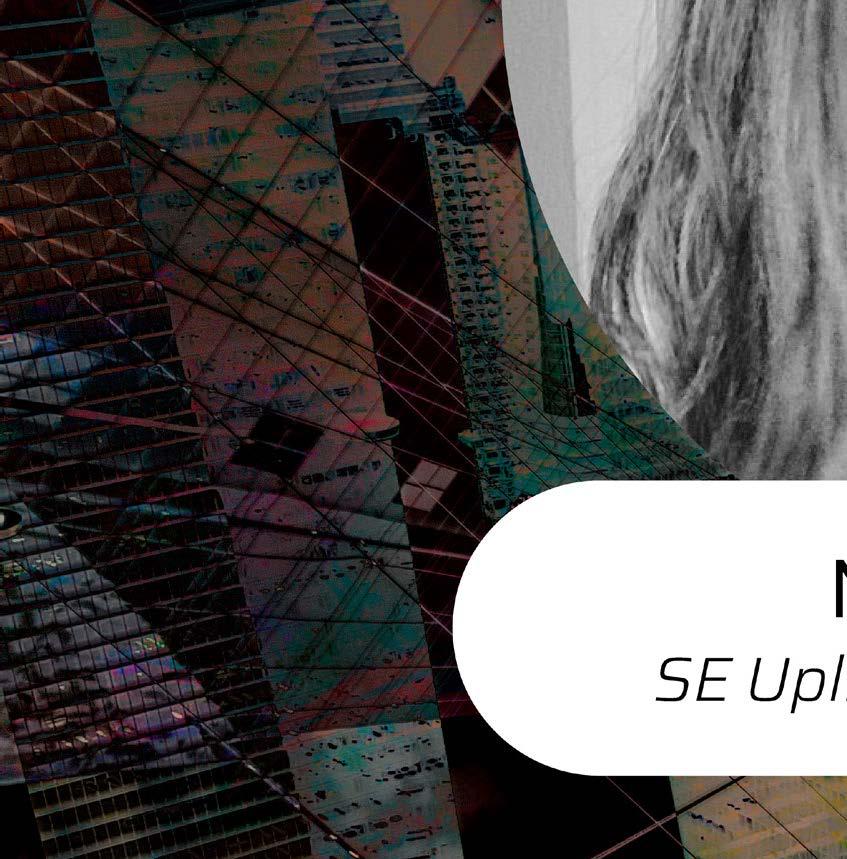
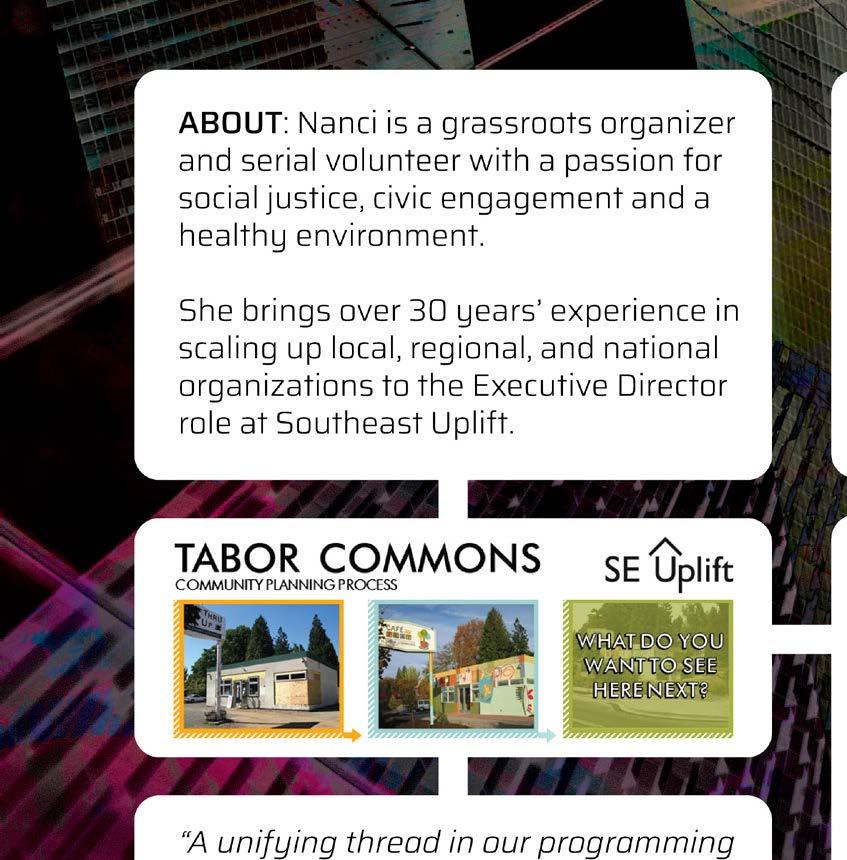




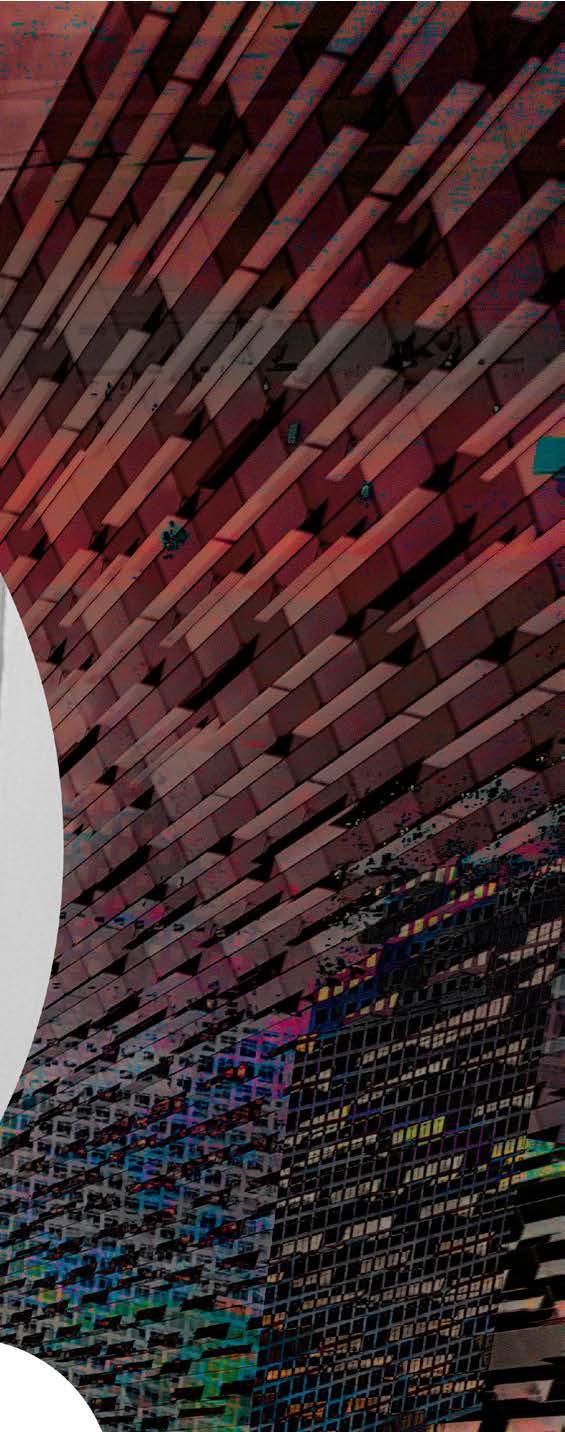
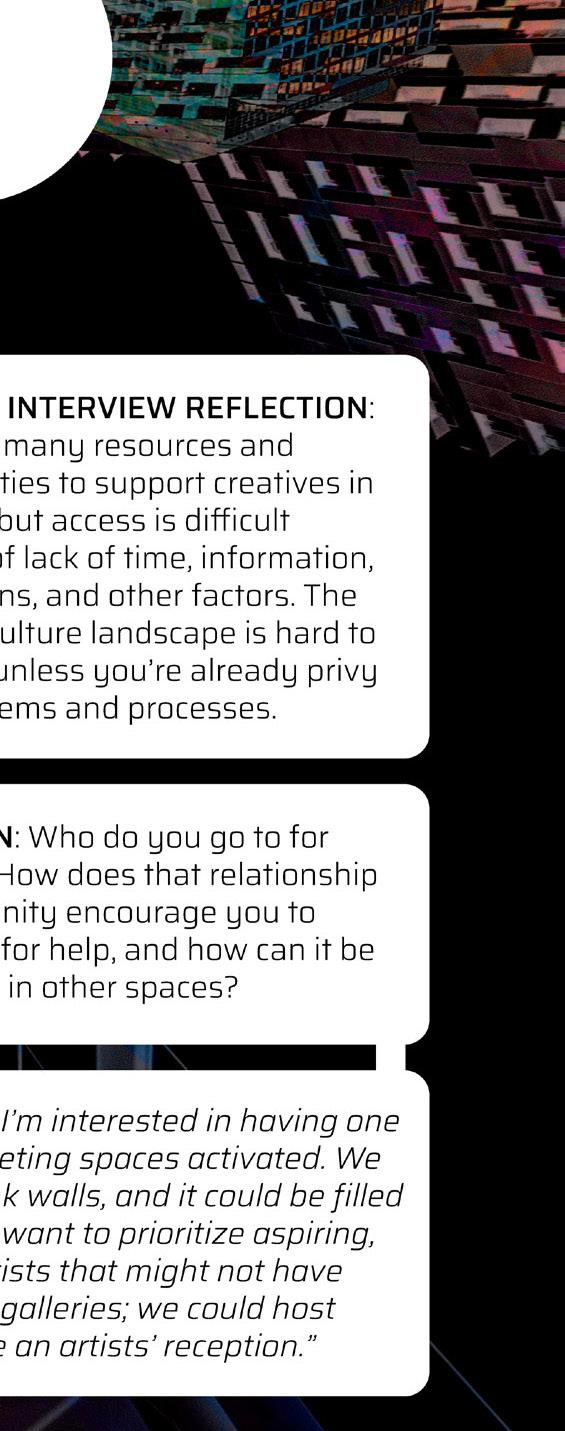


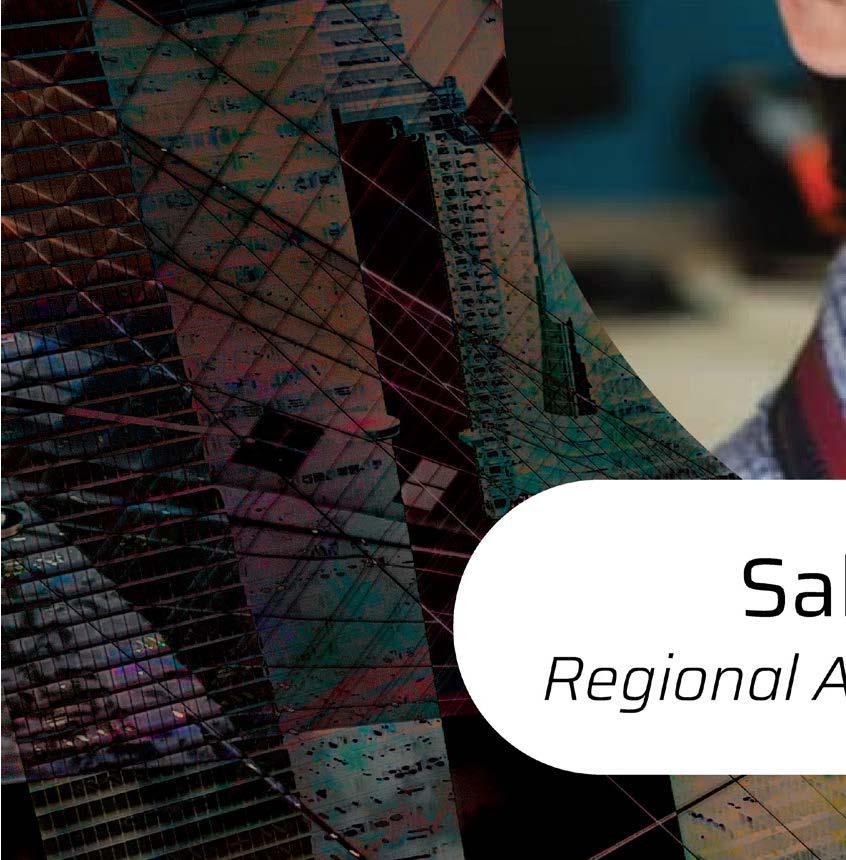
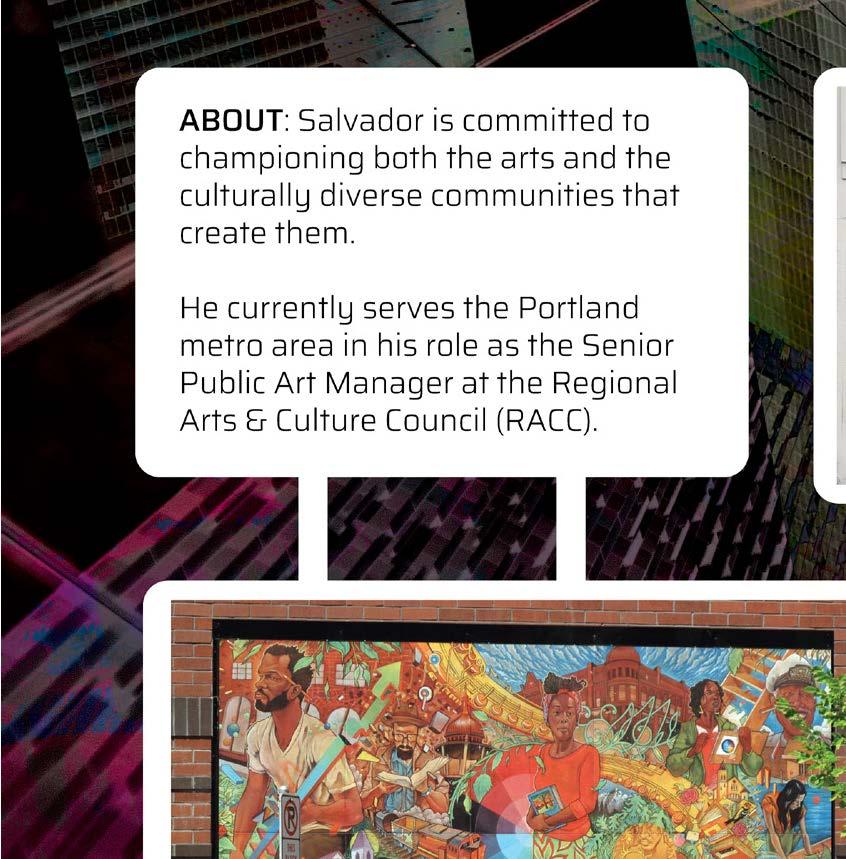

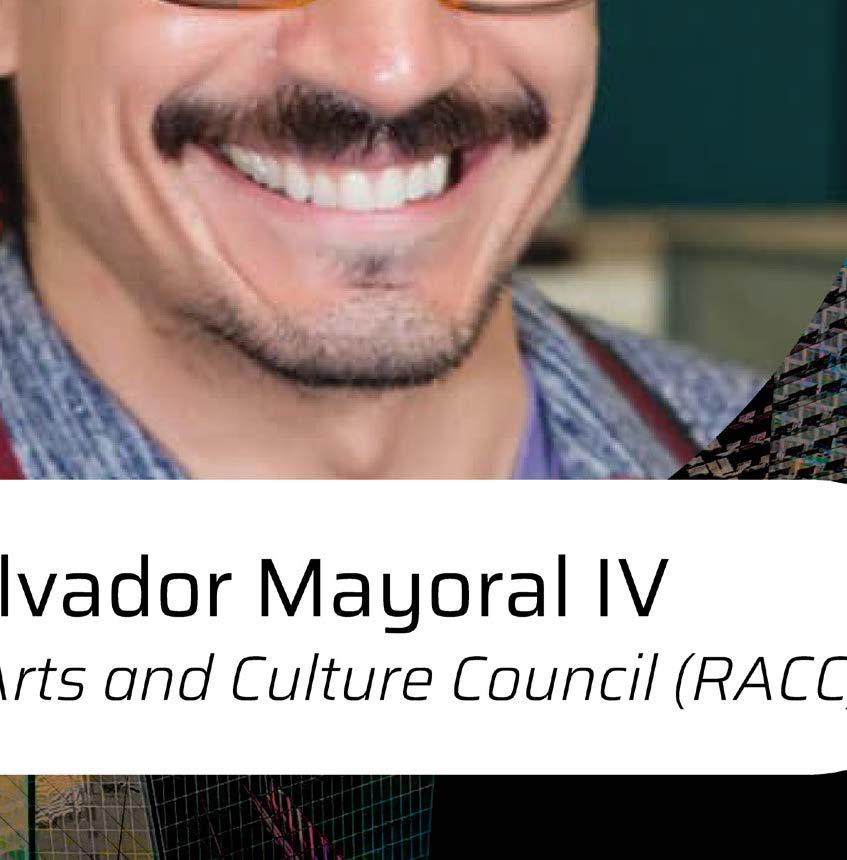


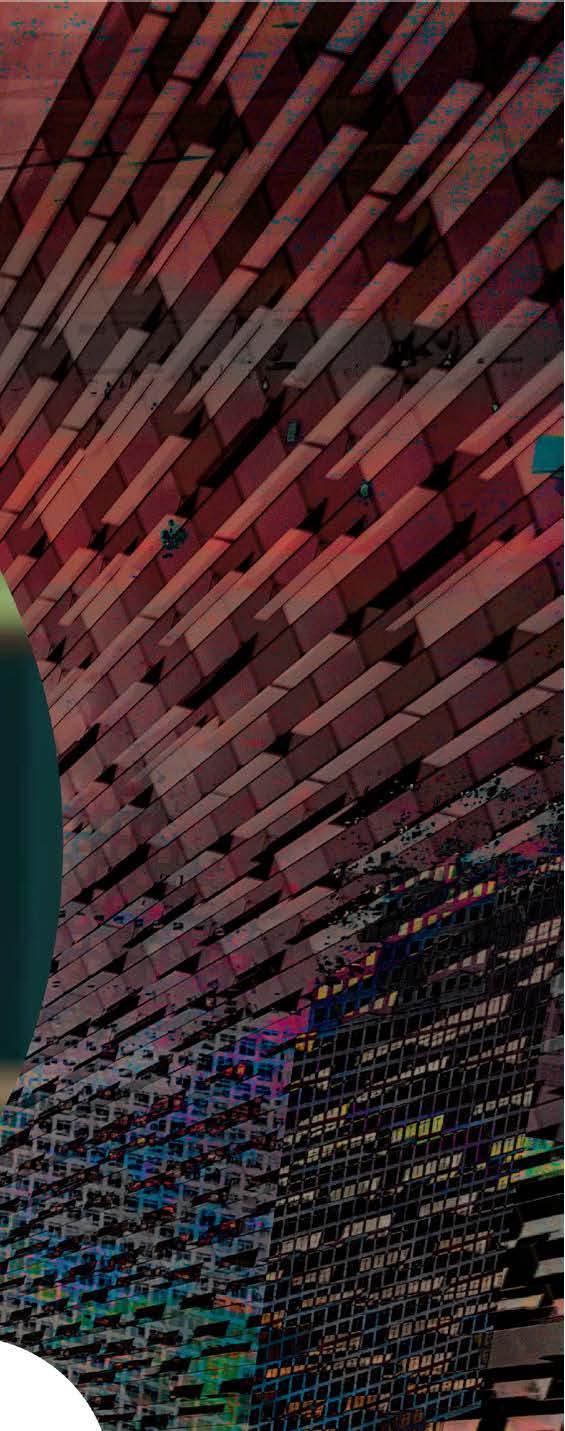
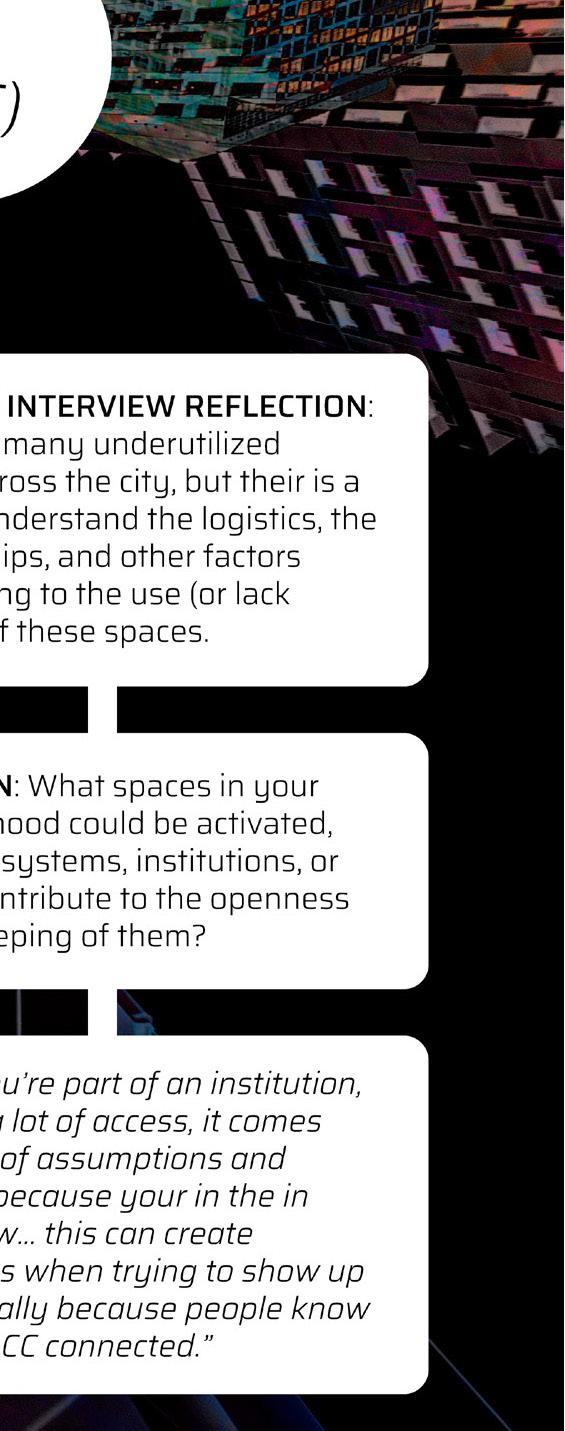


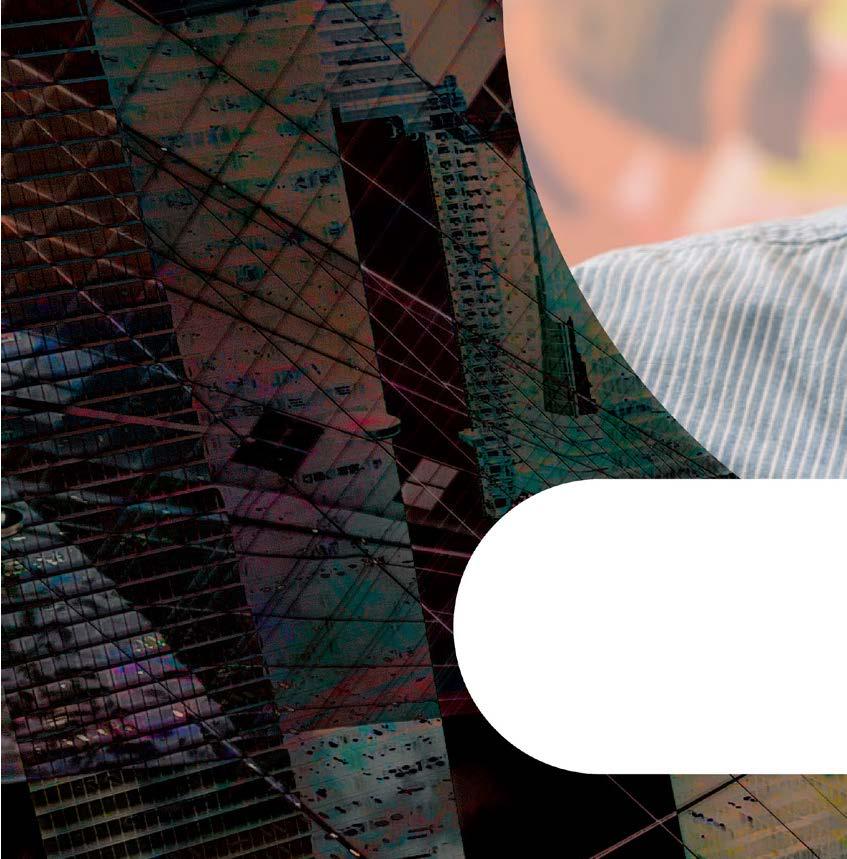



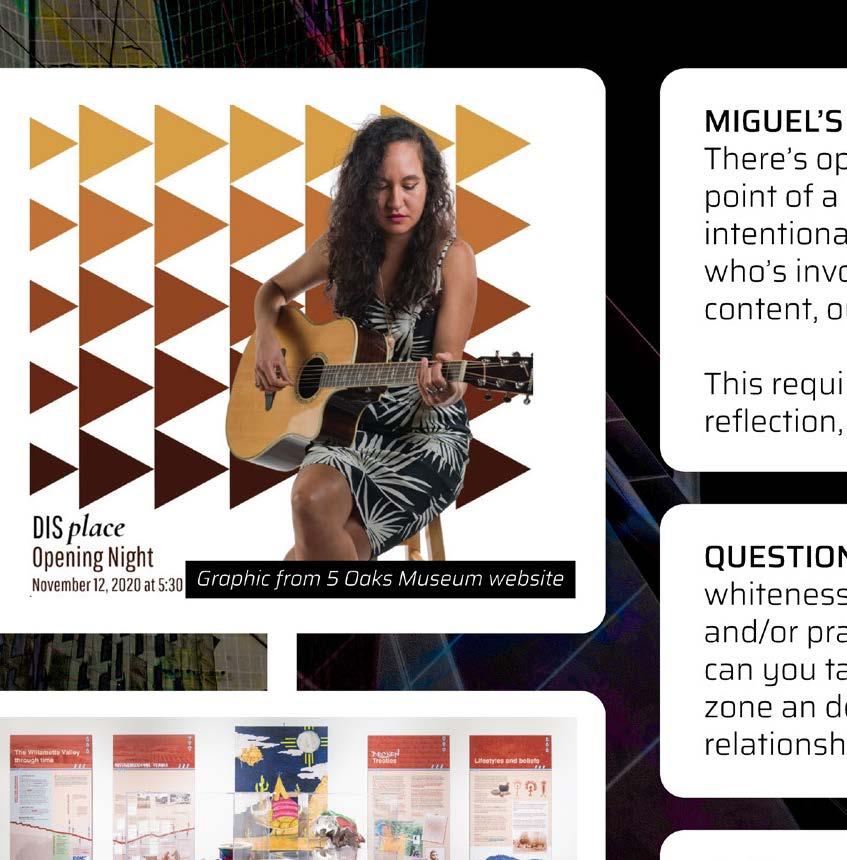




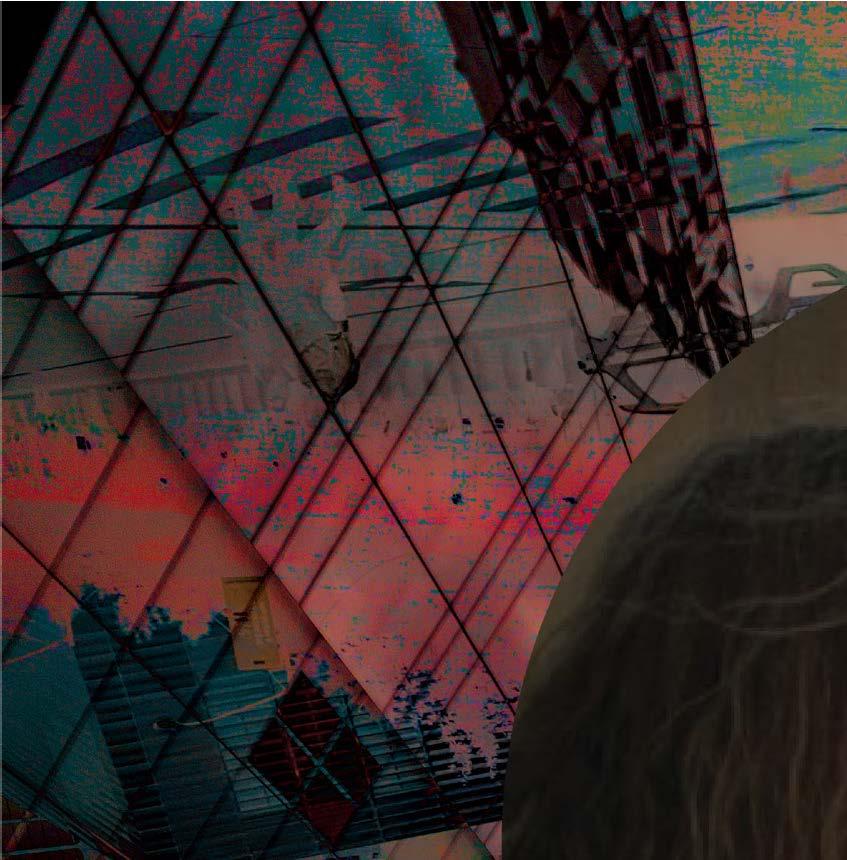

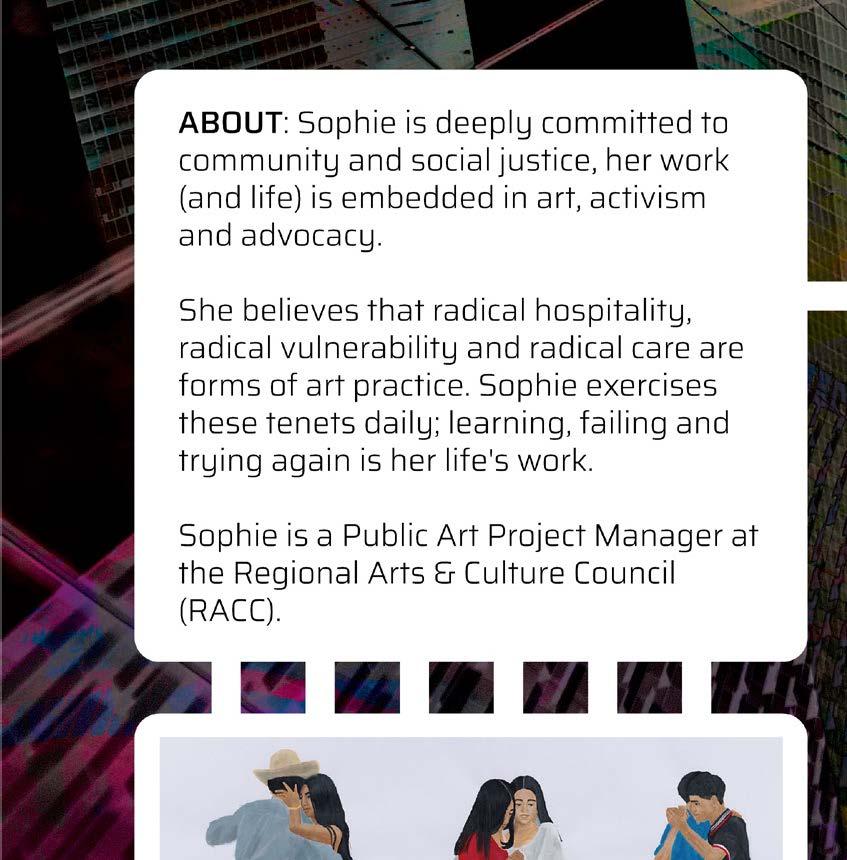







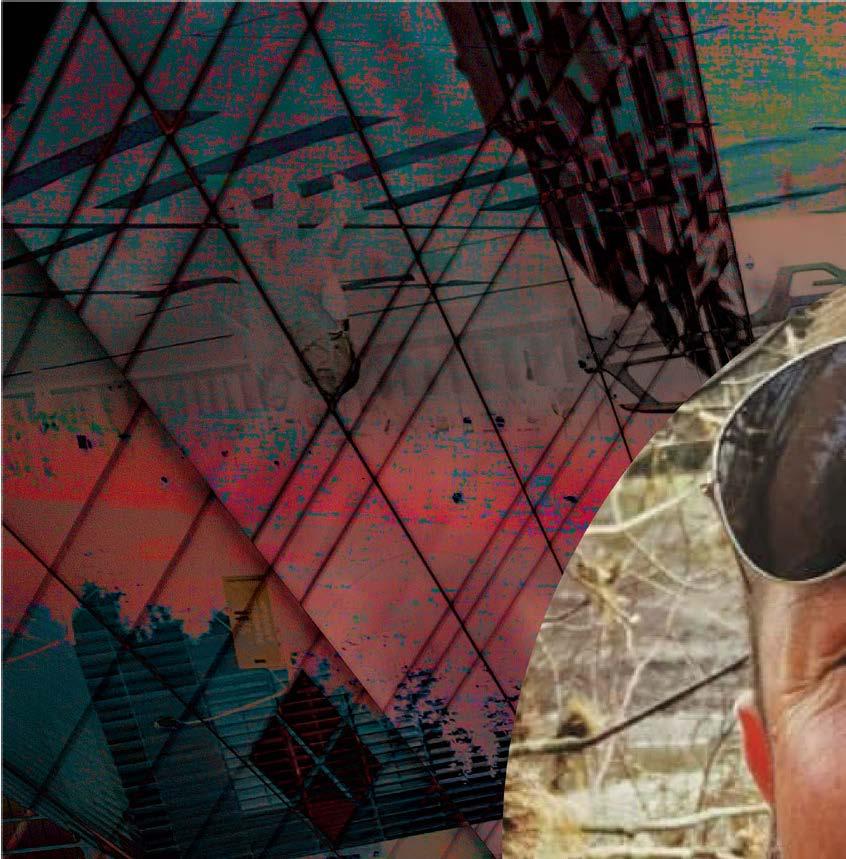



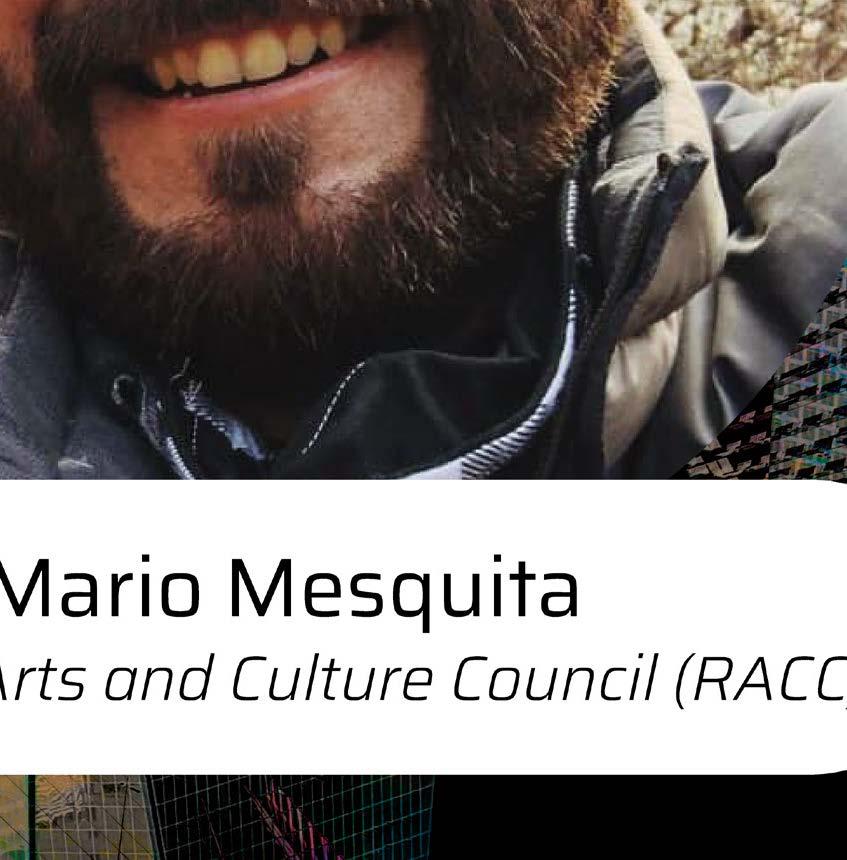


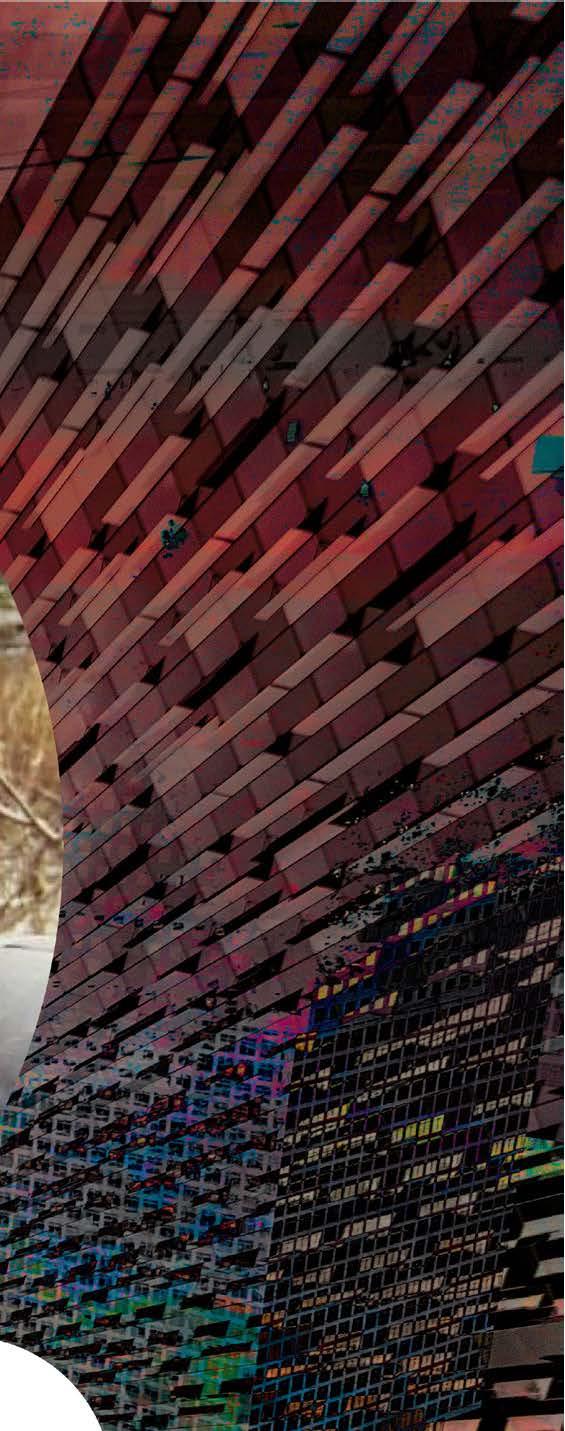
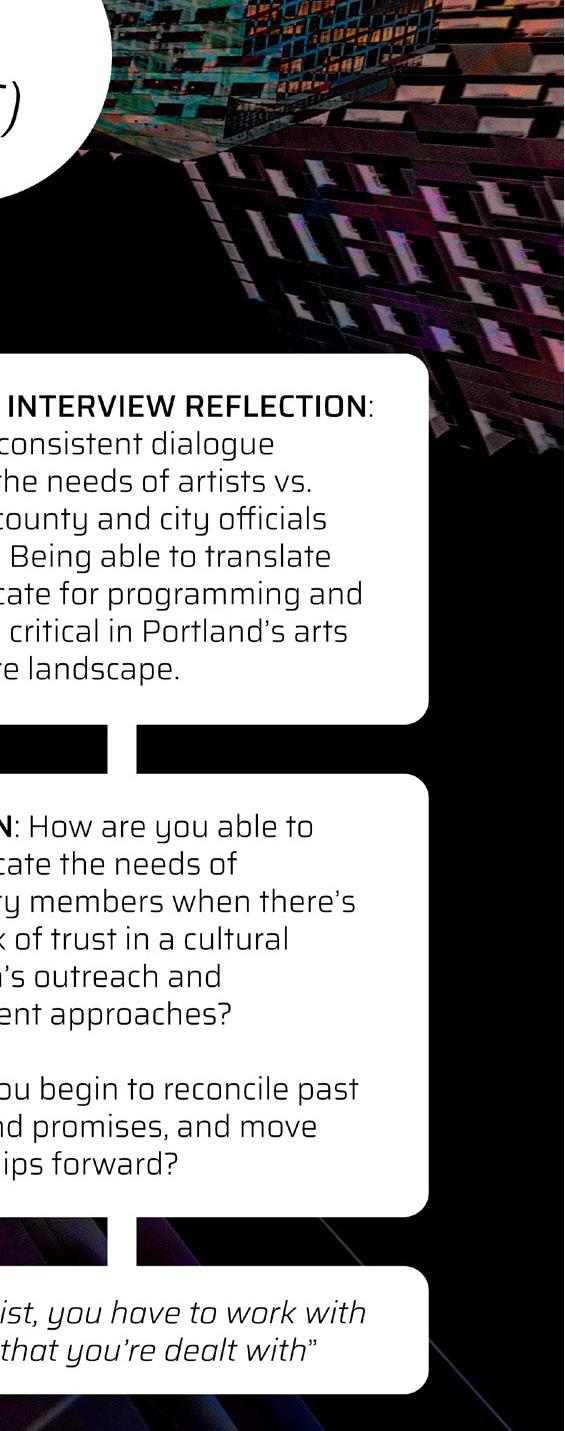

At the start of the second year of the CD/DS program, I decided to do an independent study with PNCA professor Kate McCallum. My focus was to investigate and explore the incorporation of mathematical concepts into exhibit curation and installations, as well as the design considerations required for effective exhibit engagements.
With the support of Kate, I had the incredible opportunity to meet and interview three people practicing at the intersection of these frameworks:
•Henry Segerman is a mathematician working mostly in 3-dimensional geometry and topology, and is a mathematical maker/artist working mostly in 3D printing.
•George Hart is a freelance mathematical sculptor and designer. He spent four years as a co-founder of the Museum of Mathematics (MoMath) in New York City.
•Nick Sayers is an international artist, maker, and graphic designer. He makes science-inspired art from recycled materials, and is based in Brighton, UK.
These conversations highlight key insights, space activation themes, process considerations, and takeaways that informed my individual and collaborative practices for the space activation projects I would eventually embark on (especially for the projects hosted at OMSI).
For example, I appreciated learning more about the tension between academic vs. non-academic mathematics language in engagements (exhibits, installations, and community-based interactions), learning more about their respective creative practices and processes (affordances of materials, collaborations, and experimentation), and much more.
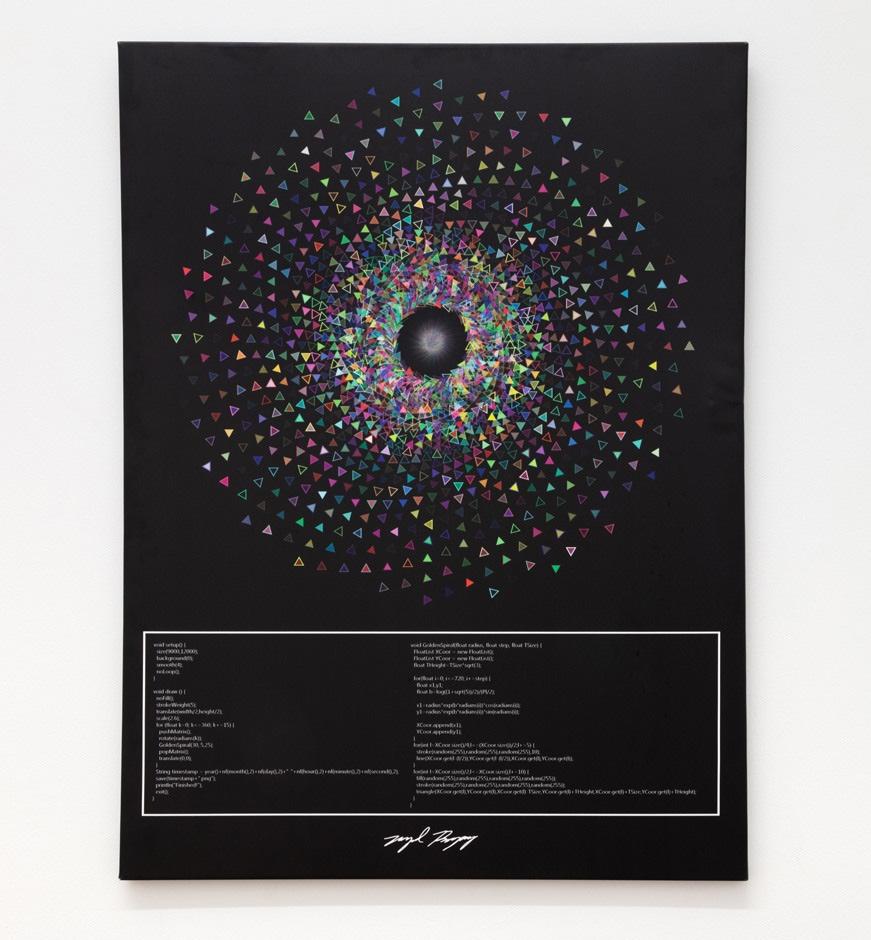
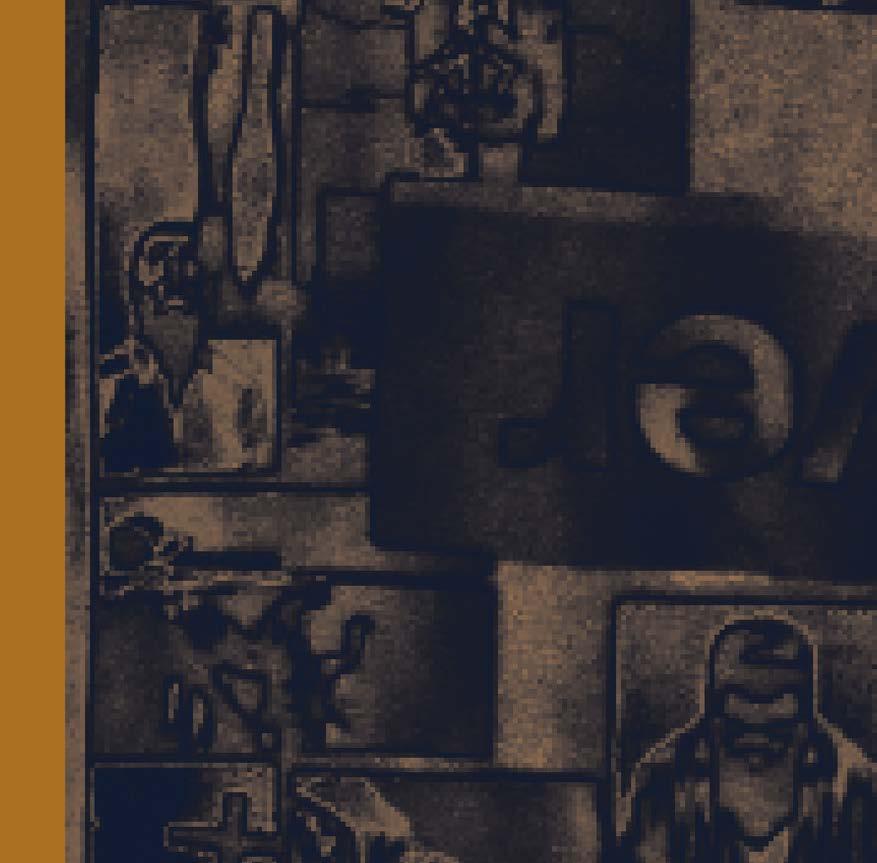
•Henry got involved with 3D printing at a time when no one was making math art; he always liked math and art, and when he was doing his A-levels (UK) he chose math, physics, and chemistry as his focus.
•He made a point to distinguish illustrations vs visualizations, with a preference for the latter; his goal is not to make artwork, but to illustrate a mathematical idea.



“Art
is subjective... I was always interested in visualizing things”

•He also highlighted the breadth and diversity for creating i.e. his approach for 3D printing vs Bathsheba Grossman who leans more into aesthetics.
•Mathematics culture can be di cult to understand and navigate e.g. mathematical writing and its intricacies.
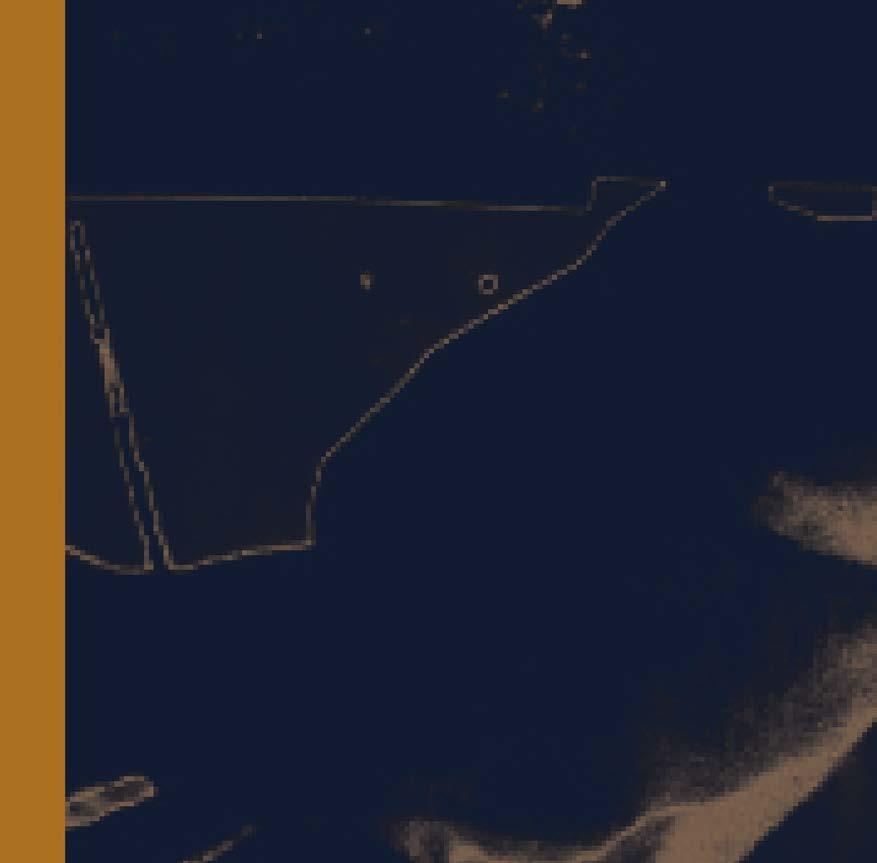

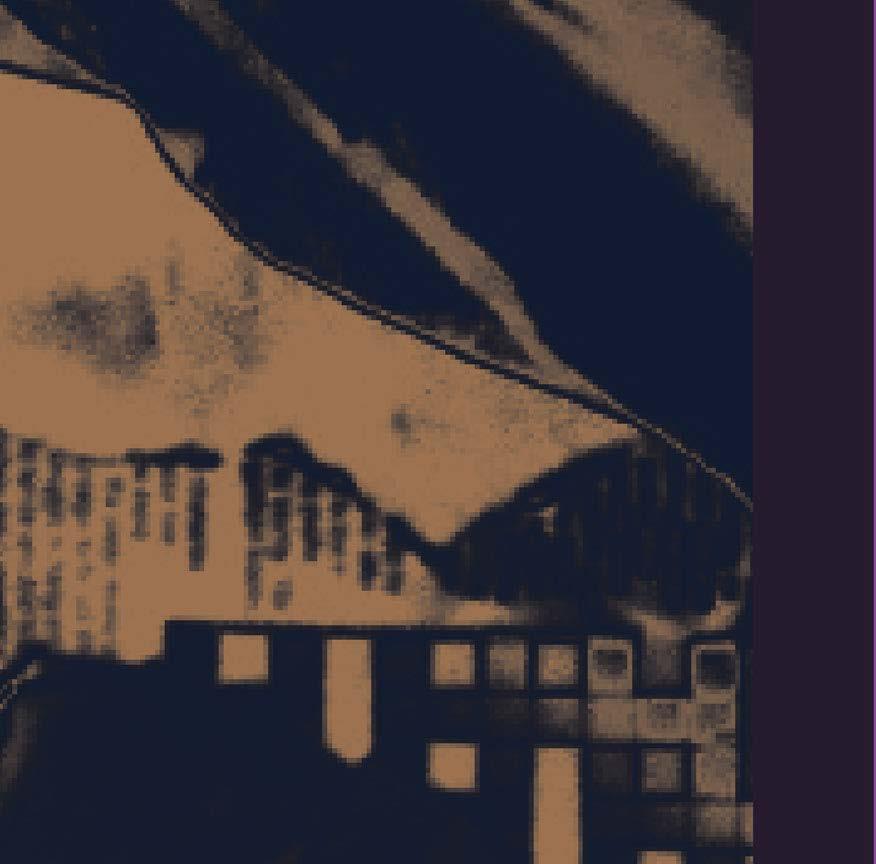
•There is nuance in completing a project vs building technical debt i.e. code and proofs that are dense /convoluted, which is in contrast to things like elegant proofs and elegant code.
•Emphasized the bait and switch that happens between public school mathematics into more theoretical and proof-based mathematics, and how this can dissuade or leave negative impressions on students interested in exploring the subject and their creativity.
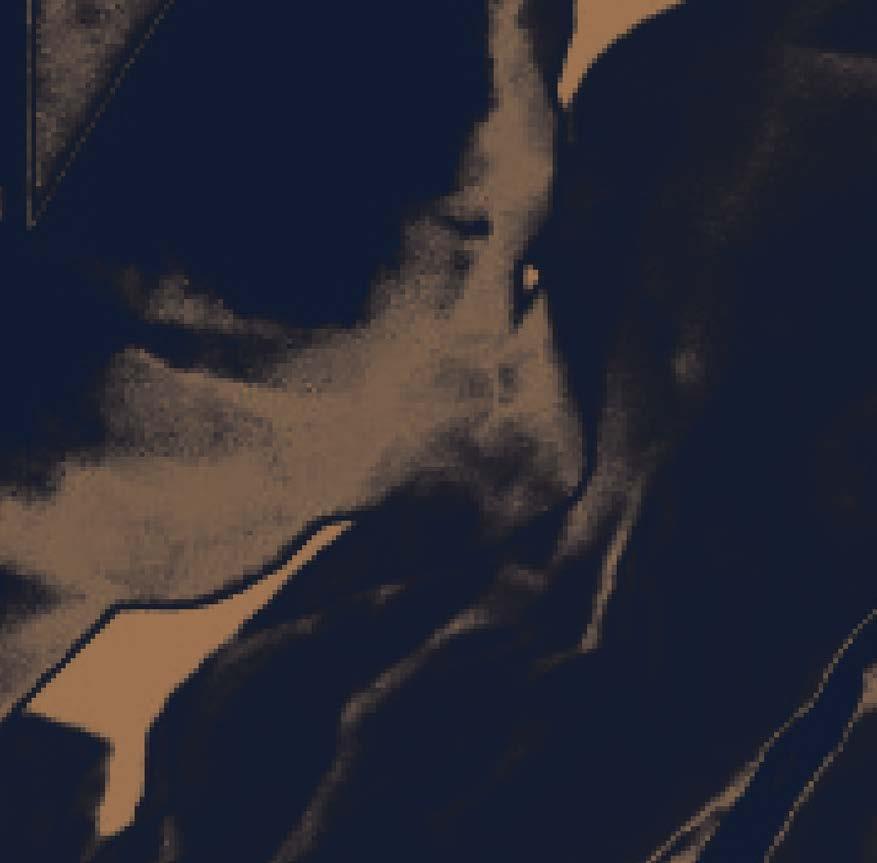

•Collaboration is a lot more fun and easier, and the focus on complementary skills helps with project process. Working with people across disciplines and from diverse backgrounds is important for creativity.

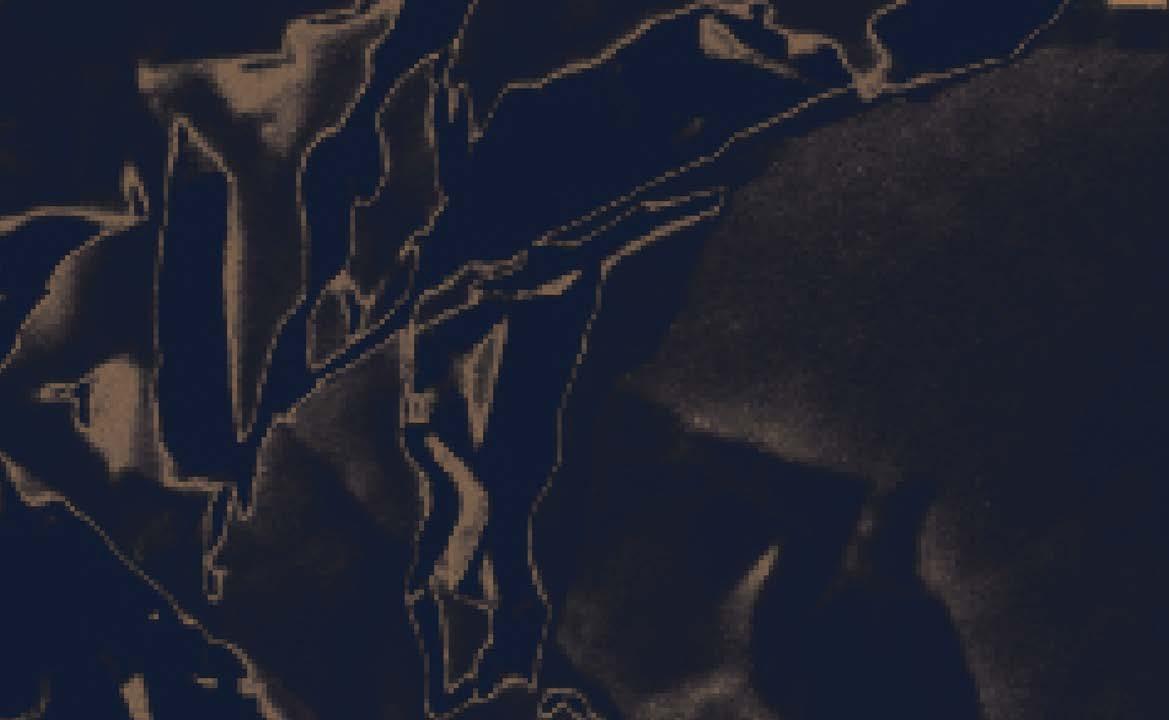
ABOUT: Henry Segerman is a mathematician working mostly in 3-dimensional geometry and topology, and is a mathematical maker/artist working mostly in 3D printing.
Learn more and follow at @henryseg



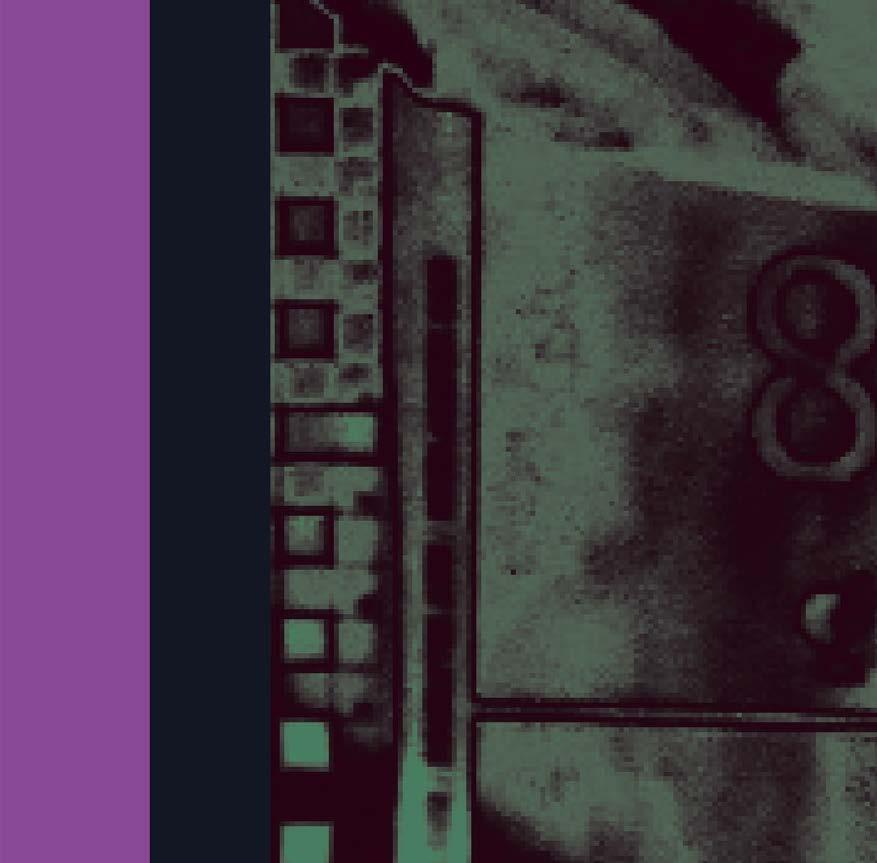
“Do one thing, and do it as best as possible. That’s the whole point”


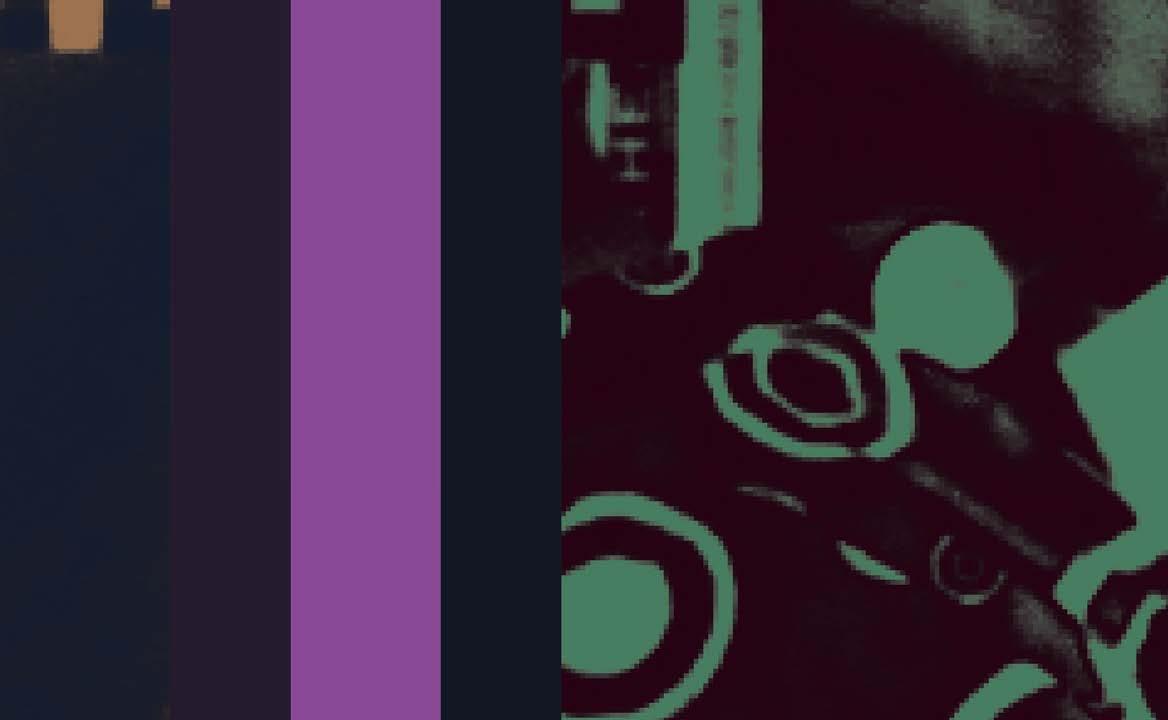


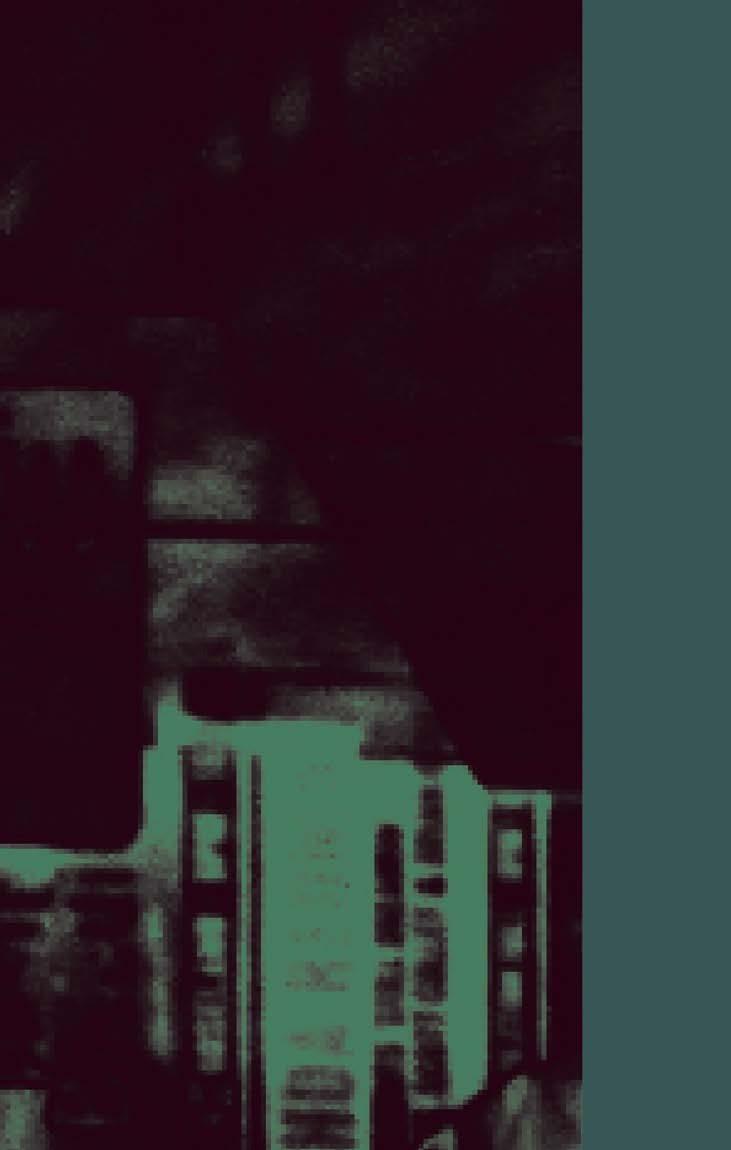
•Henry would rather be mathematical and accurate, than focus on the aesthetics.

•He developed a workflow for stereographic projection, which includes software and code for cleanup.
•He focuses on scale, materials, and simplicity for his pieces.
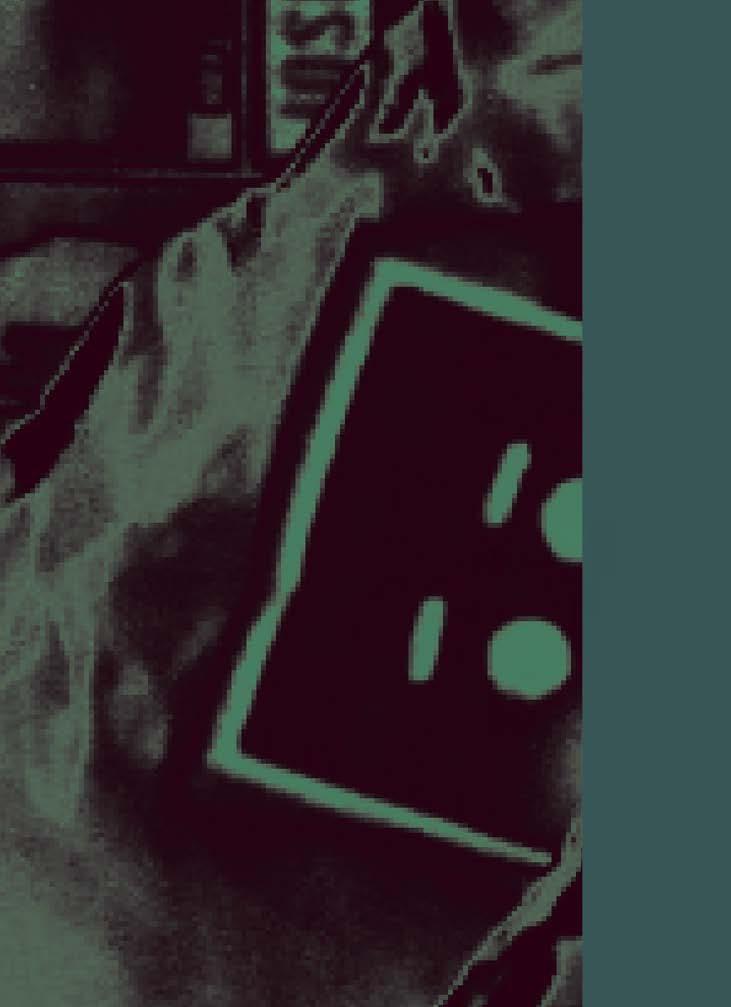

:
•Creating an emotional connection is important, especially when trying to instill a sense of wonder, curiosity, and engagement with mathematics.
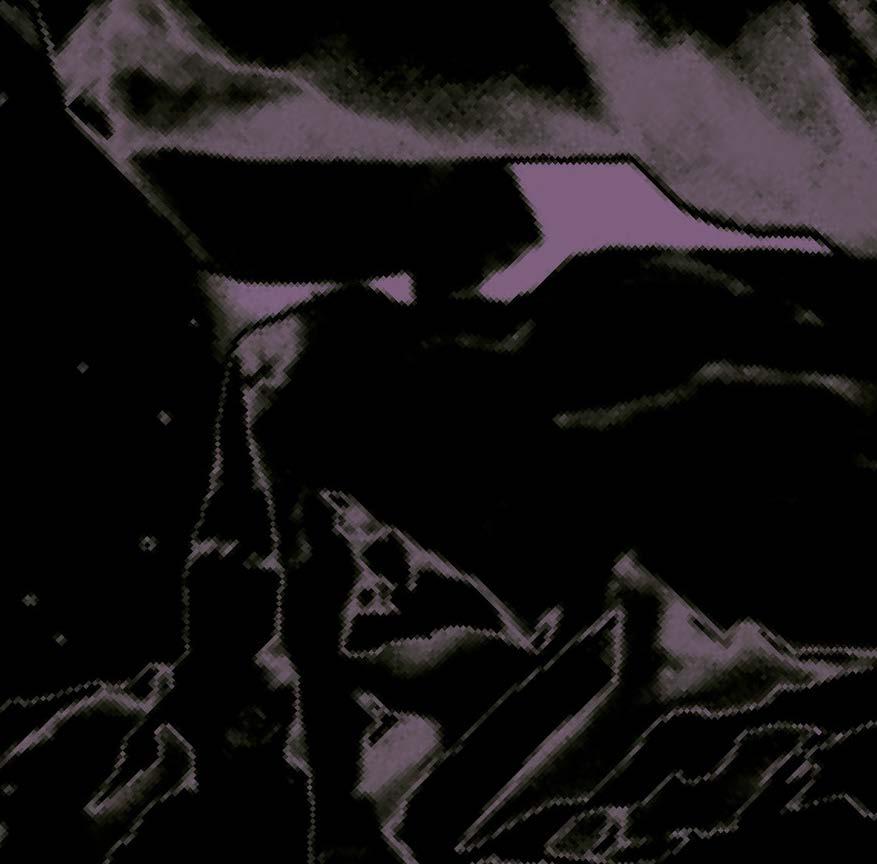
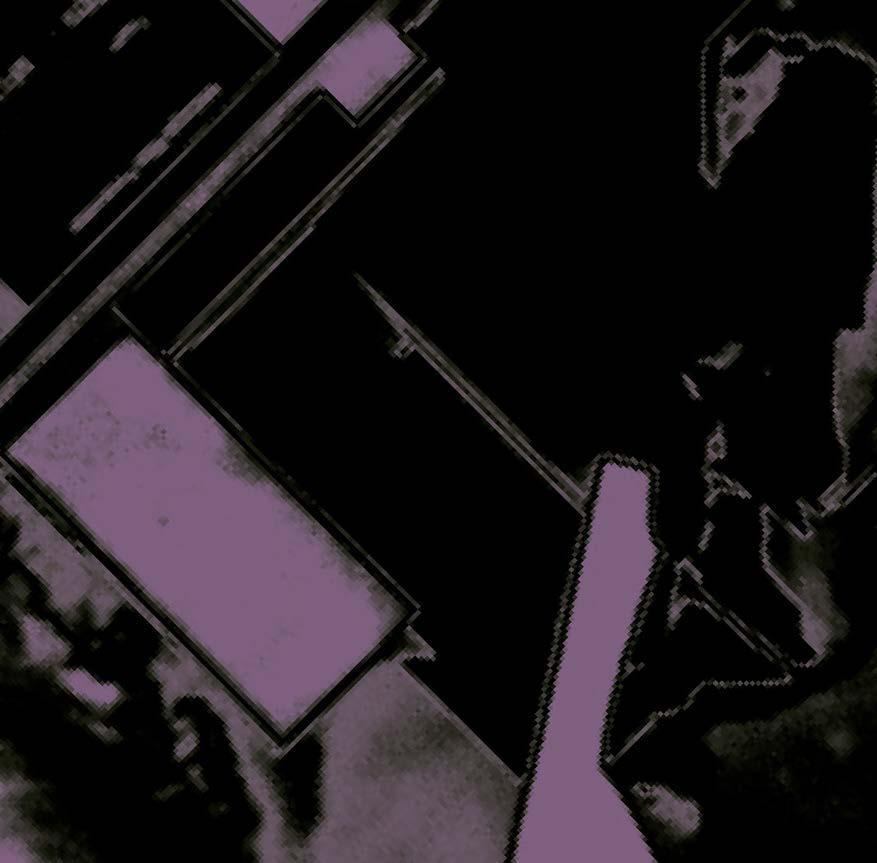
•Politics in a museum context creates tension between stakeholders with di erent visions; you have to make sure there’s a collective agreement and/or understanding for collaboration.
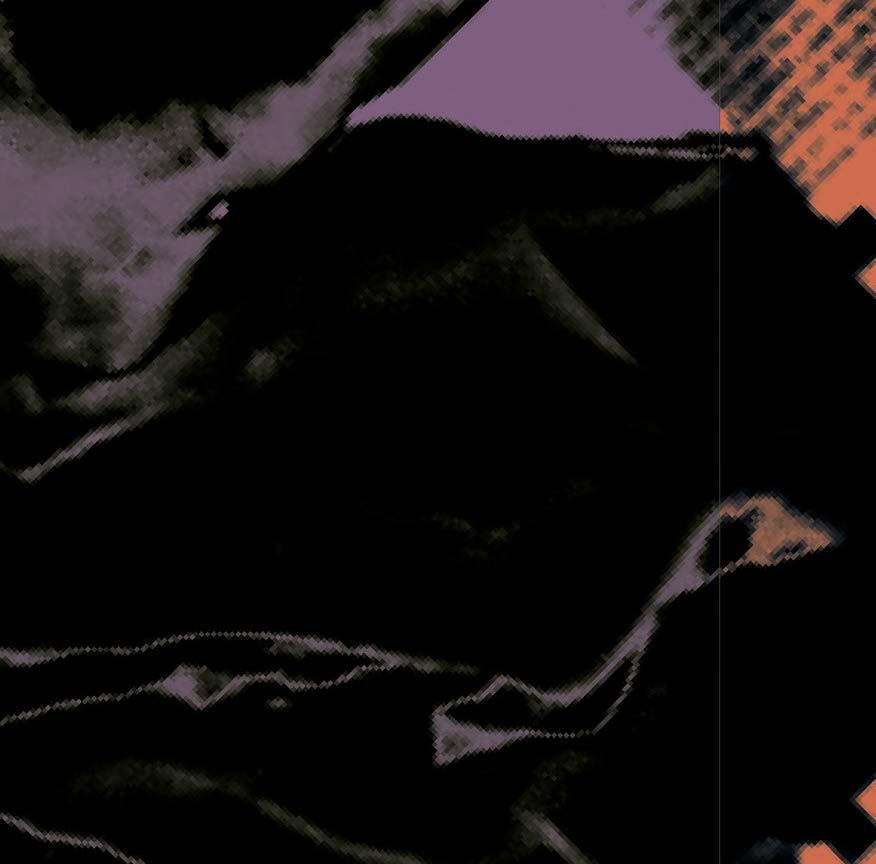
“Building stu together is helpful in talking about these concepts in a natural context… they take this ownership… it’s a powerful thing.”

ABOUT: Geroge Hart is a freelance mathematical sculptor and designer. He spent four years as a co-founder of the Musuem of Mathematics (MoMath) in New York City.
Learn more and follow at @george.hart.sculptor
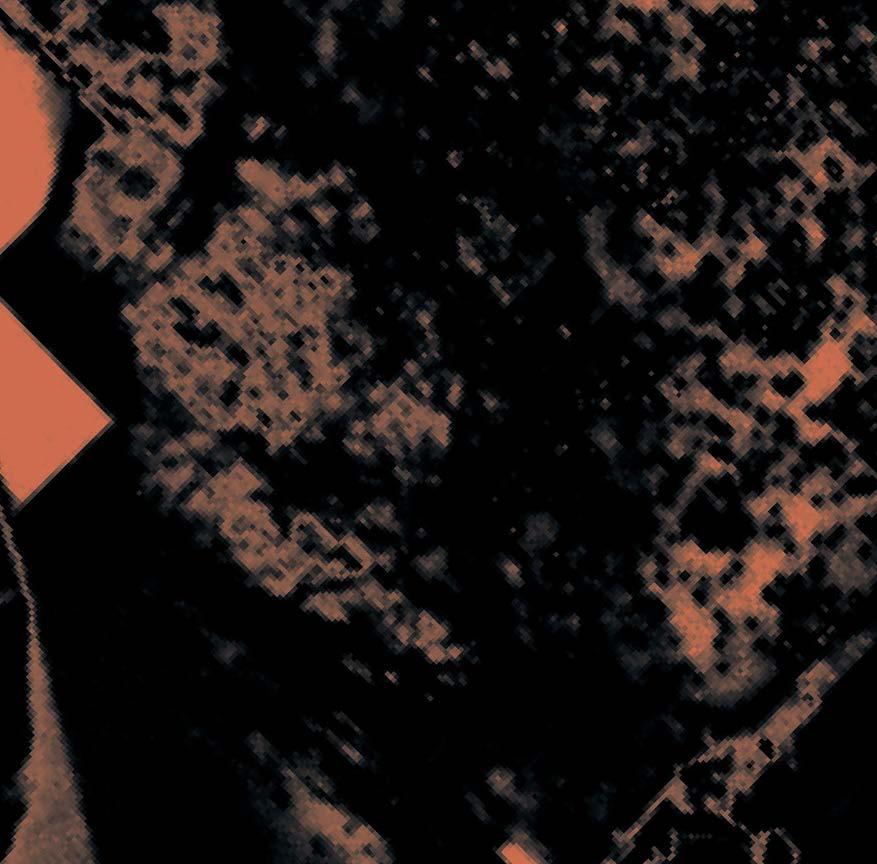
•Math museums in Germany have been successful because of both institutional buy-in and historical significance. There’s a significant appreciation for mathematical exhibits, installations, and interactives.
•Creating inexpensive models (with laser cutters, 3D printing, etc) and making it open source is one of George’s goals: making exhibits cheaper and everywhere. It’s great to have a hub/center for math, but it’s much more useful to have it spread across e.g. MoMath in NYC vs. small math museums in every town.

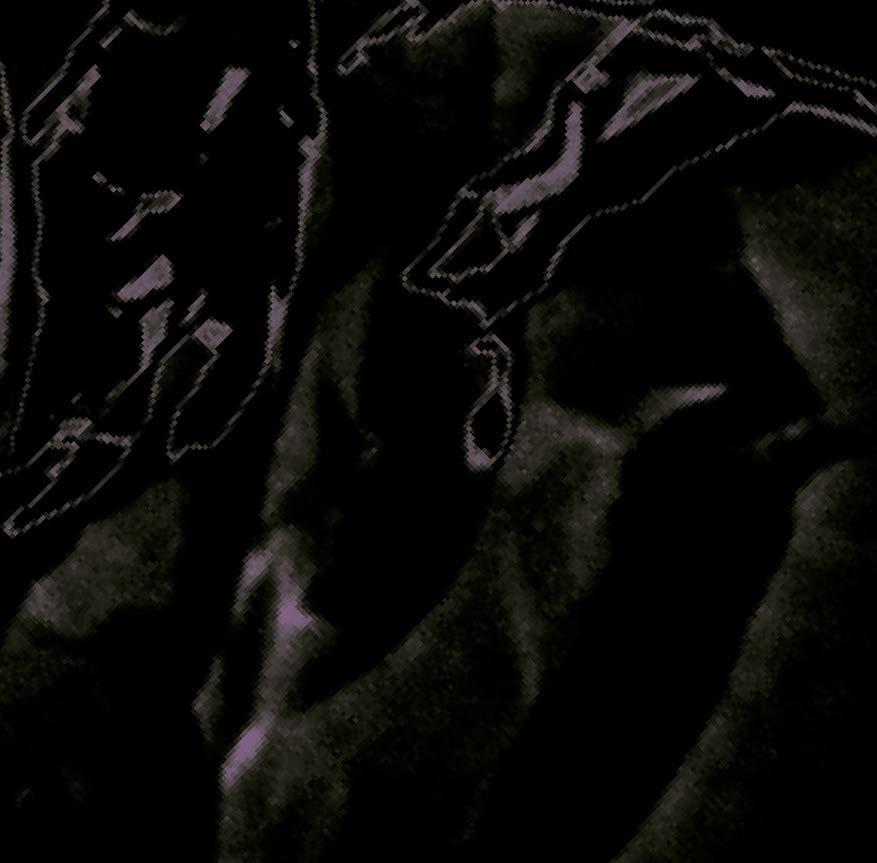
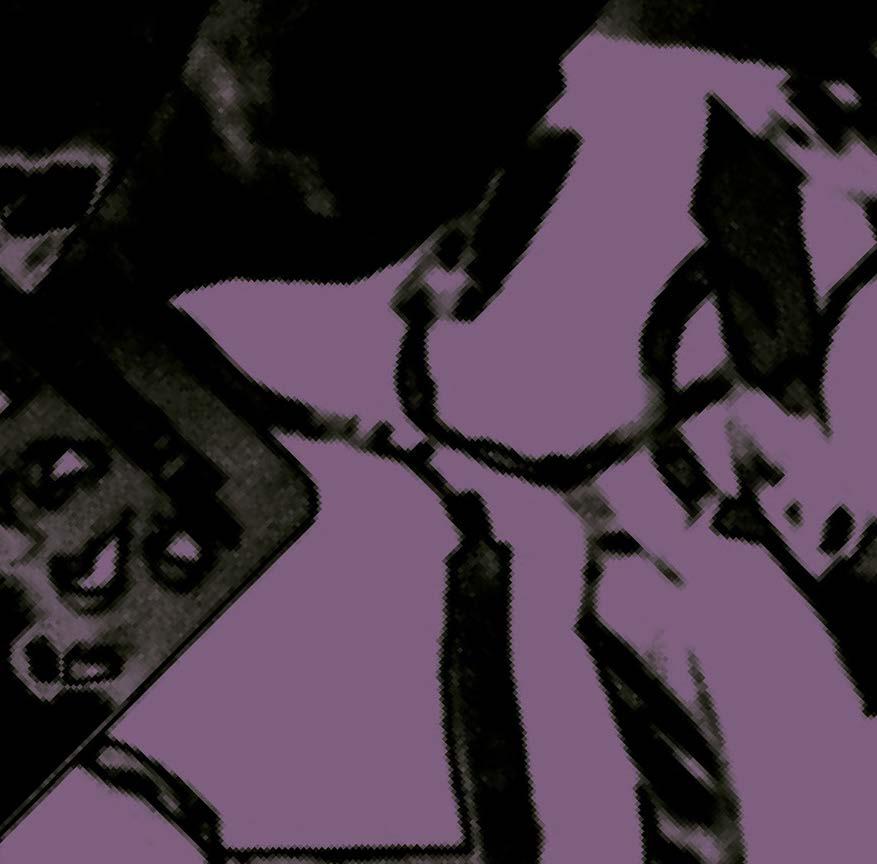



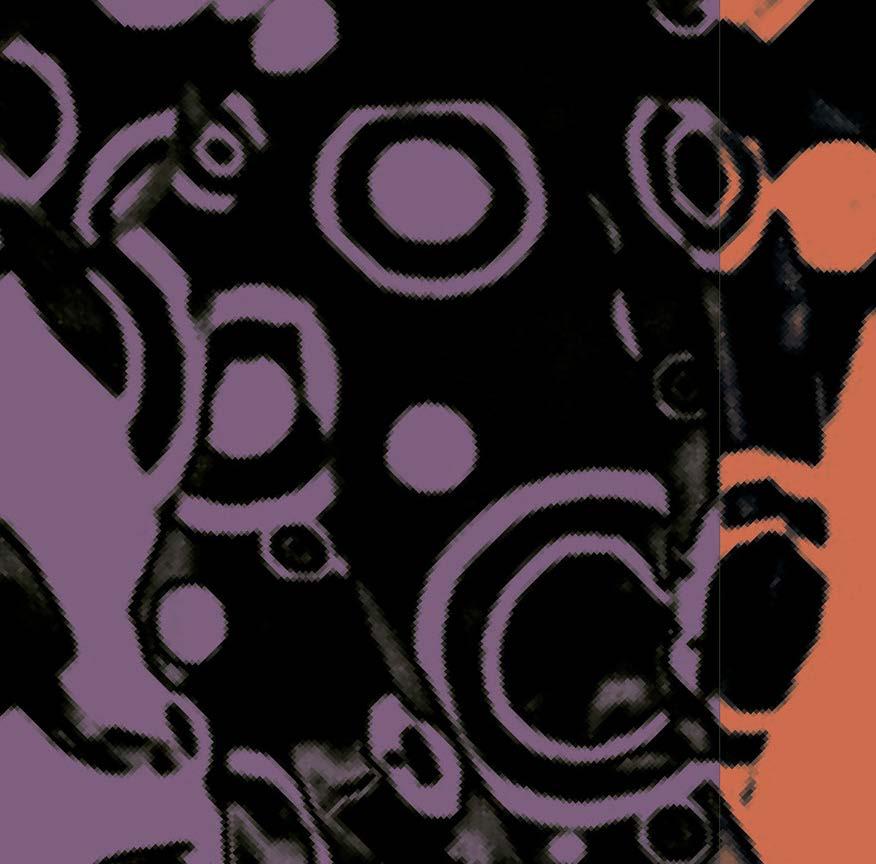

“Any science museum should be able to invite artists, mathematicians, teens, etc to explore, design, and build constructions that have a mathematical story to talk about.
But, they have to make people excited about asking and answering questions.”



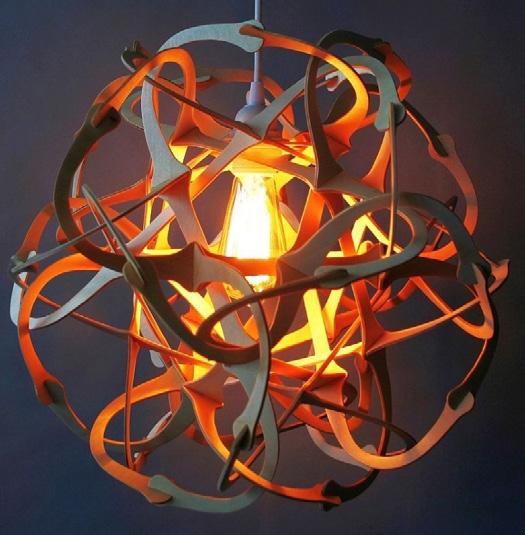

:


•Exhibit Criteria 1: it has to have some interesting math design.
•Exhibit Criteria 2: can’t deliver on a screen - it has to be physical.
•Exhibit Criteria 3 (main one): making an emotional connection!
•He focuses on scale, materials, and simplicity for his pieces.

•Beautiful and visually interesting is a plus, but it’s not the main thing.
•Having multiple options for understanding the actual mathematics e.g. a digital interface with a slider that can adjust the level between middle schoolers, high schoolers, and college level students.
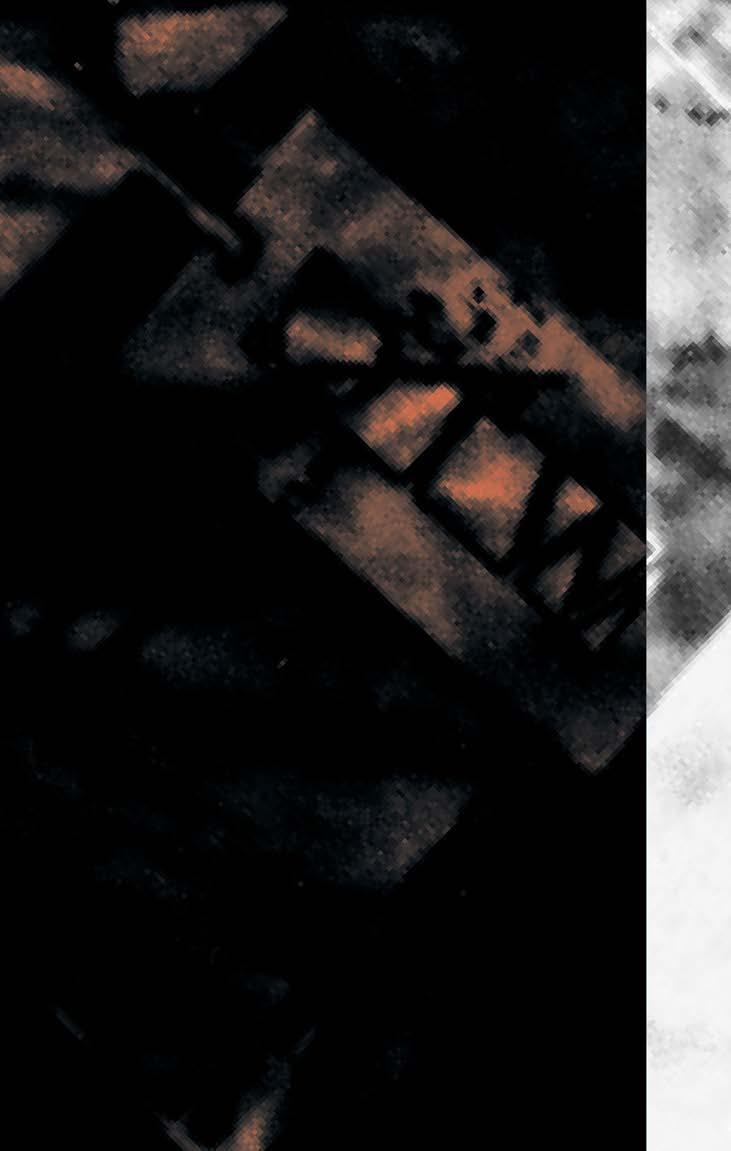
•Art gallery spaces that treat math as high art are useful for audiences that might otherwise disengage e.g. setting up quilts, sculptures, math art on white walls.

•Collaborations where complementary skills, experiences, and common vision are great. Make sure you keep the art in it, and that it doesn’t become a committee type of thing.

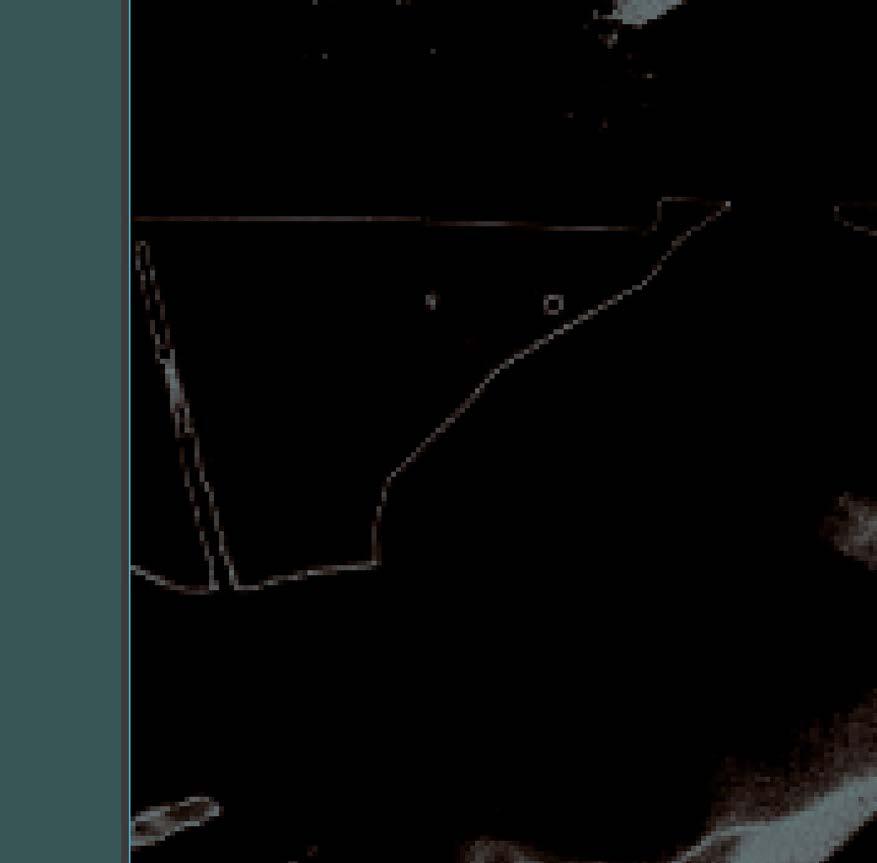
:
•His early art was more geometrical and mathematical. More recently, has expanded to become more about general science.
•He likes making things and creating experiences that highlight math, but sometimes he worries that he is becoming more of a science communicator.
•Collaboration and sparking curiosity and imagination are significant to him. He provides the platform, tools, and the context for people to explore mathematical concepts in environments that foster learning and where their emboided experiences take priority.

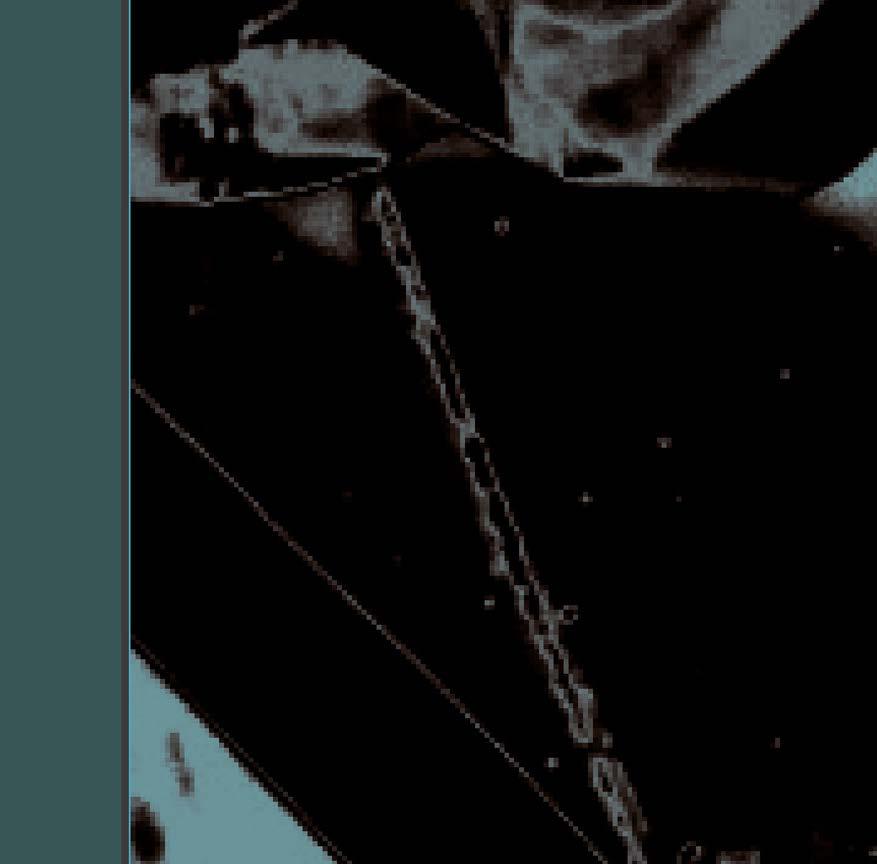
:
•The breadth of his engagements through art encompass art, science, design, societal issues, and more – e.g. Cycle The Solar System (astronomy bike tour), experimental photography, drawing machines, recycled sculpture – at science festivals, schools, art residencies and commissions.
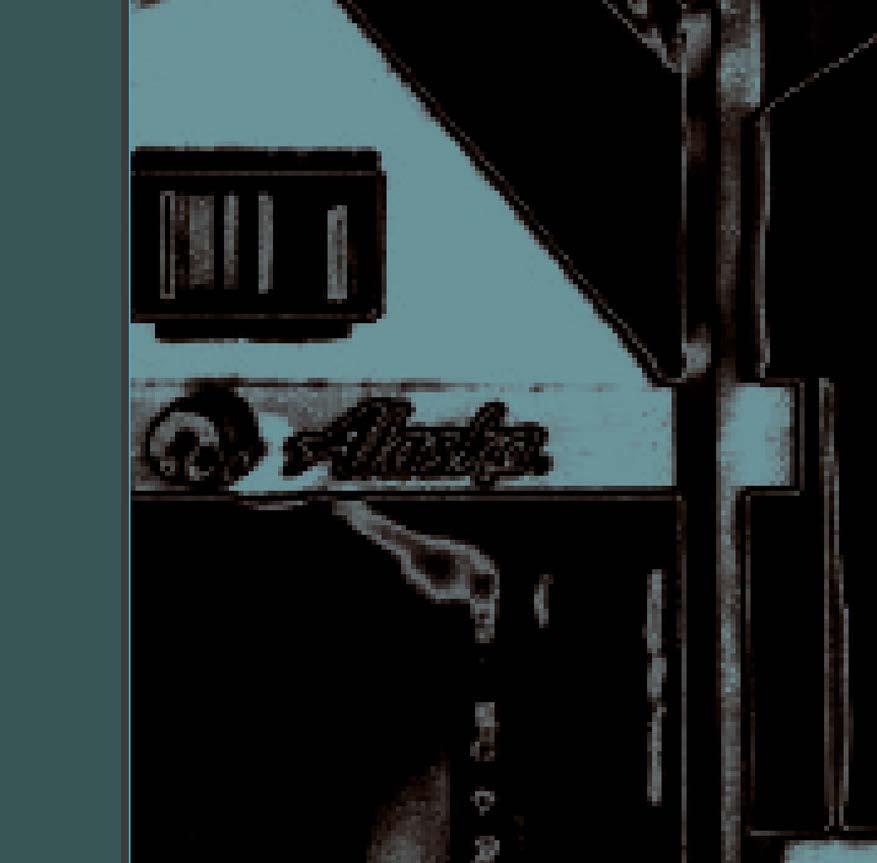
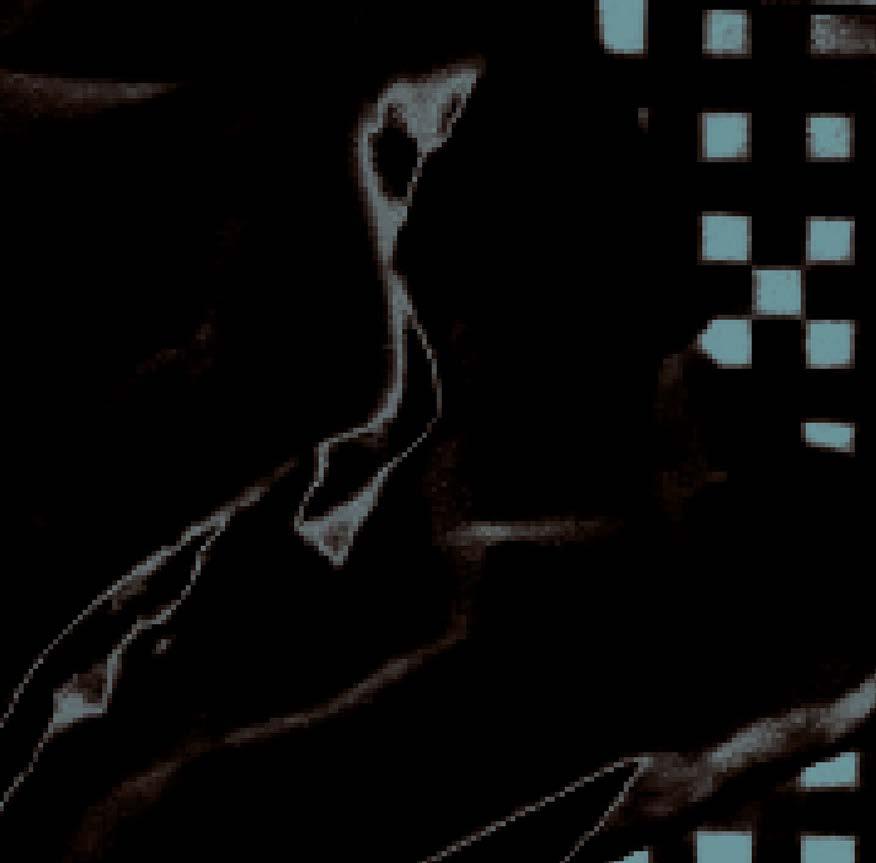

•Tactile and physical interactive science/art communication is more successful, because people create an emotional connection to the engagement.


“For adults, there’s nostalgia, e.g. I had a Sketch-A-Graph when I was a kid.”


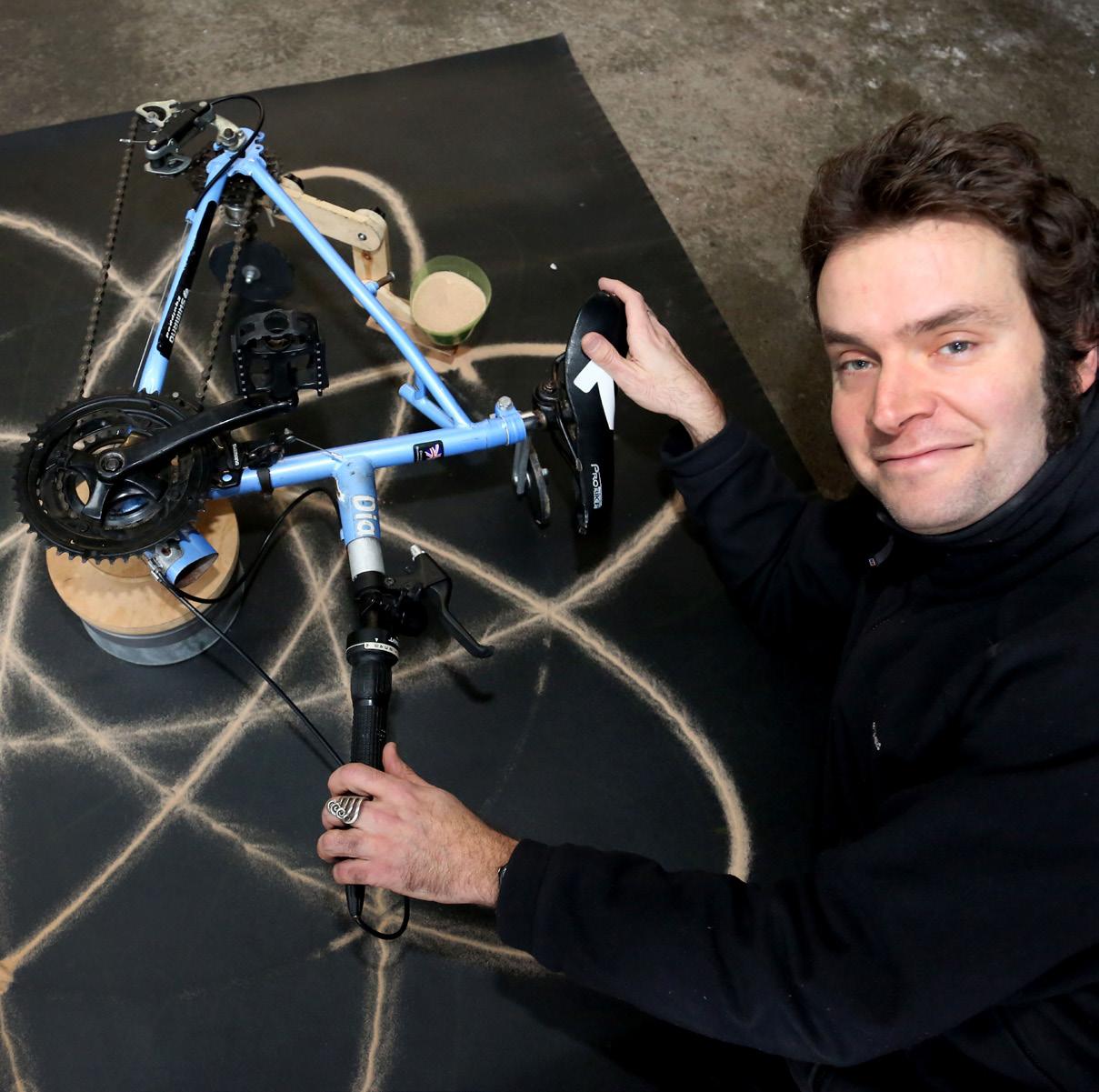

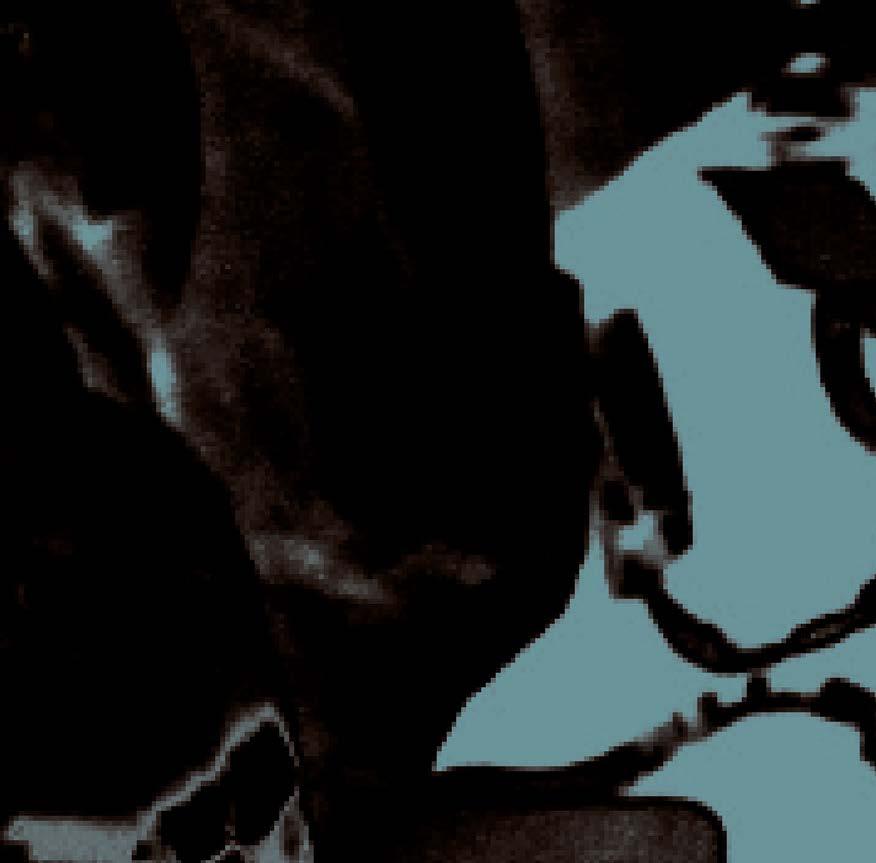

ABOUT: Nick Sayers is an international artist, maker, and graphic designer. He makes science-inspired art from recycled materials, and is based in Brighton, UK.
Learn more and follow at behance.net/nicksayers



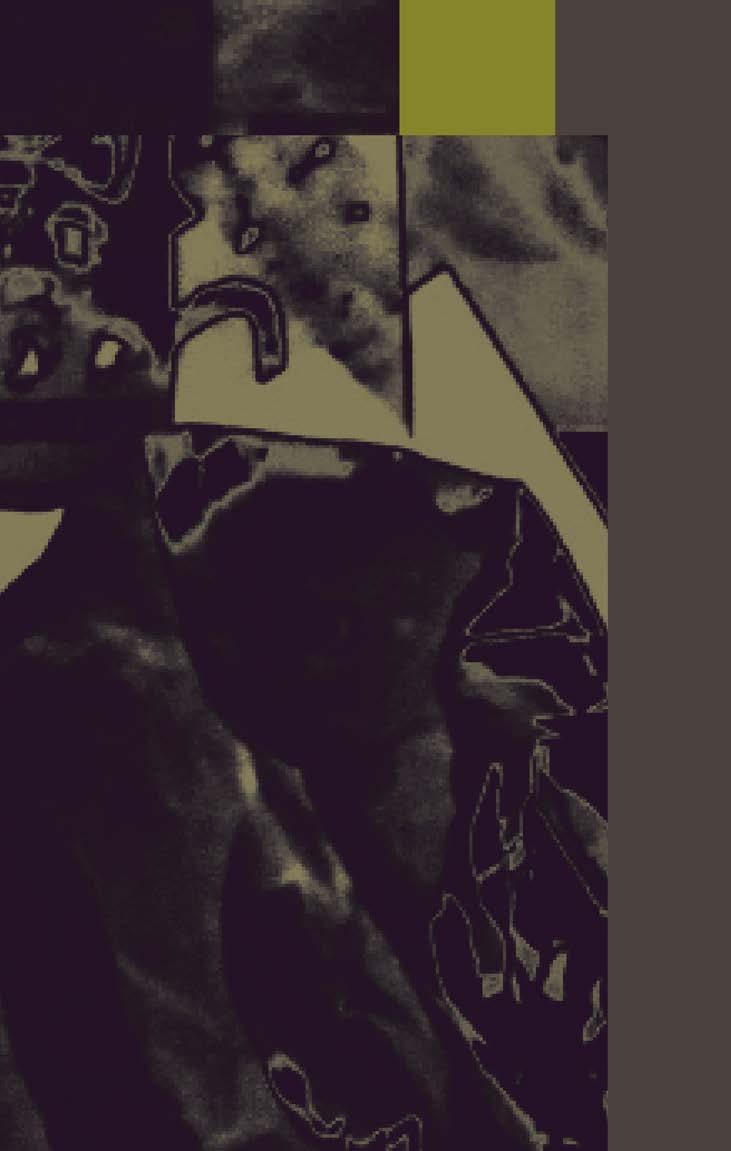
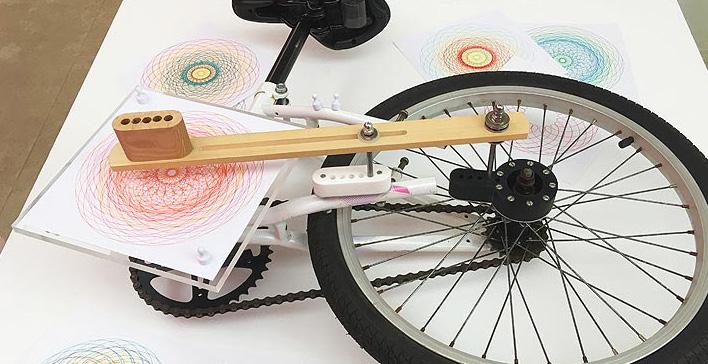
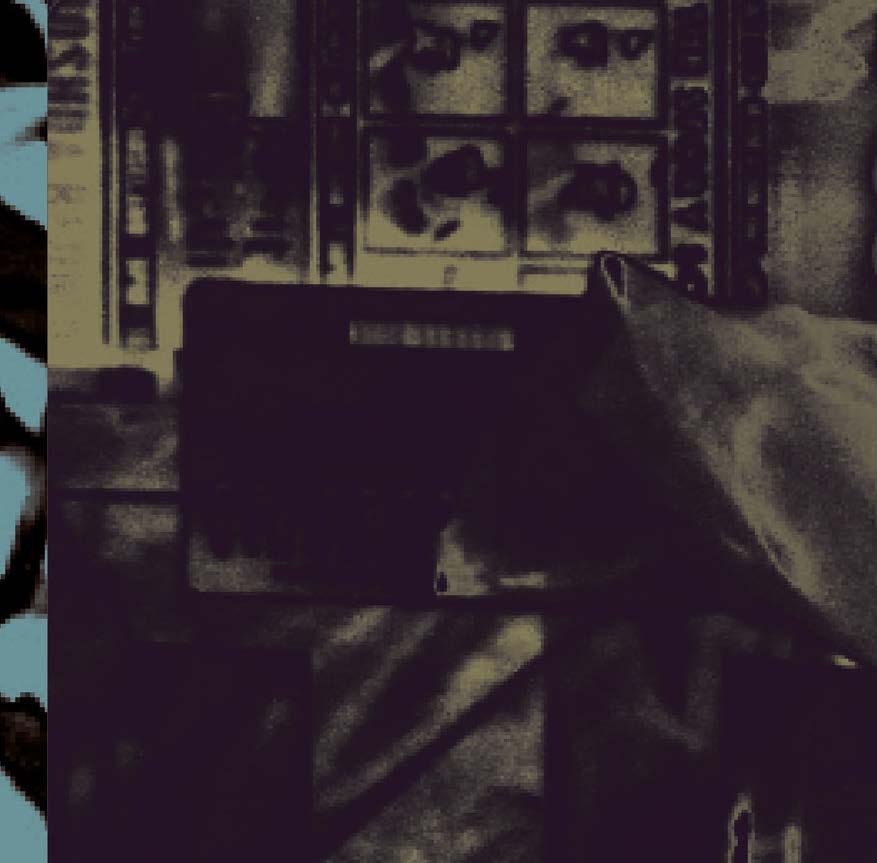
“I try to find ways to describe these concepts so that they are not full of mathematical jargon.”

:
•Repurposes everyday objects to make beautiful and artistic artworks. Scientific concepts underpin each piece, but are not the main focus of his work - e.g. Baku New Year Tree (2013) and other recycled art explore ideas of sustainability and waste.

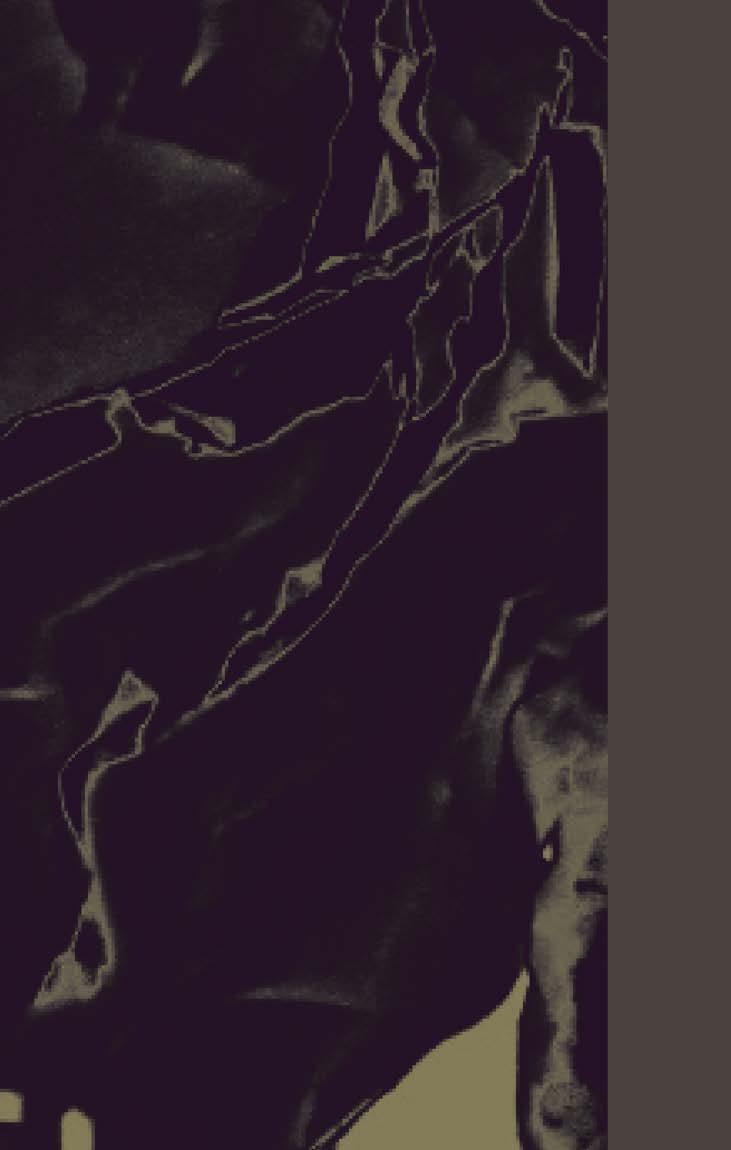
•Introduced the basics of photography to diverse audiences of children and adults with his camera obscura and pinhole photography projects.
•Transitioning to online and Zoom during the pandemic was a challenge, but his #NickDrawsNationals pandemic portraits project got him back into drawing, and it was inspiring to see how quickly people took to it.




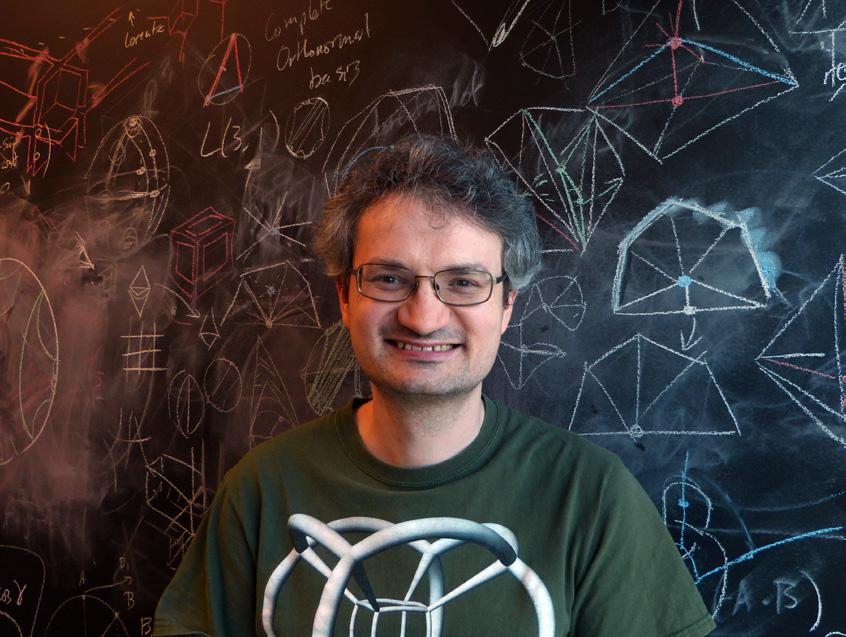

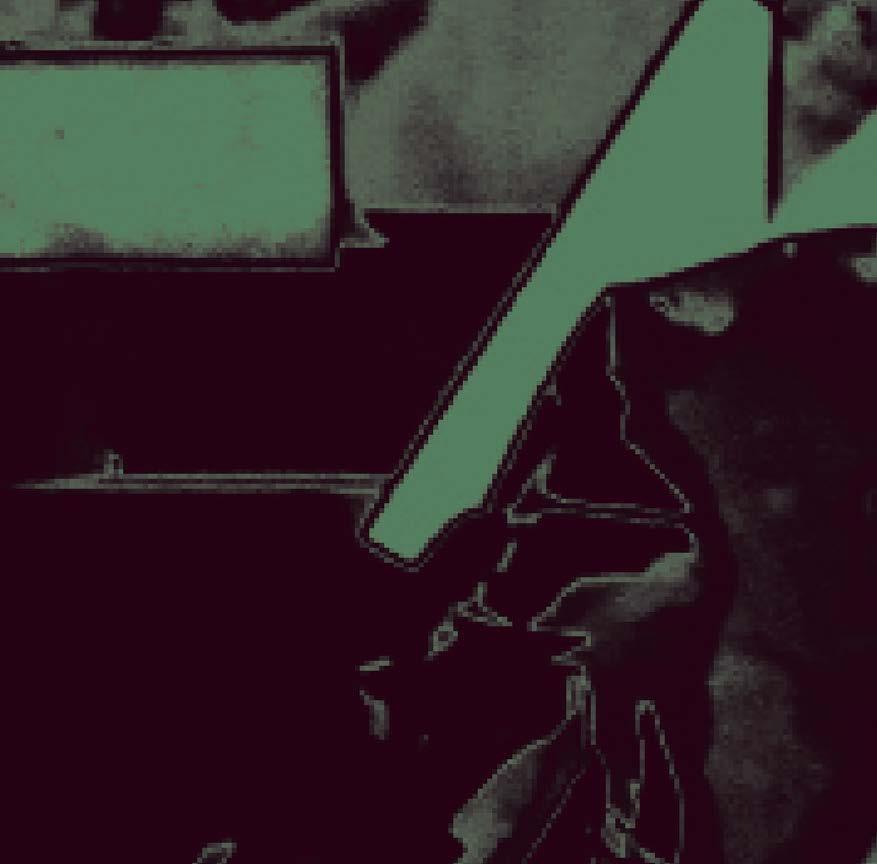

•There are di erent approaches to making art, and some are more procedural vs aesthetically based; it reminded me of the common form follows function argument.
•Mathematics culture can be both uplifting and discouraging. Finding ways to incorporate or engage people across disciplines, expertise, and interests requires significant thought, intentionality, and respect for teaching as a medium.
•I want to experiment with 3D printing! While Henry’s designs appear complicated, they don’t have to be i.e. his approach vs Bathsheba’s. Have to find a middle ground.

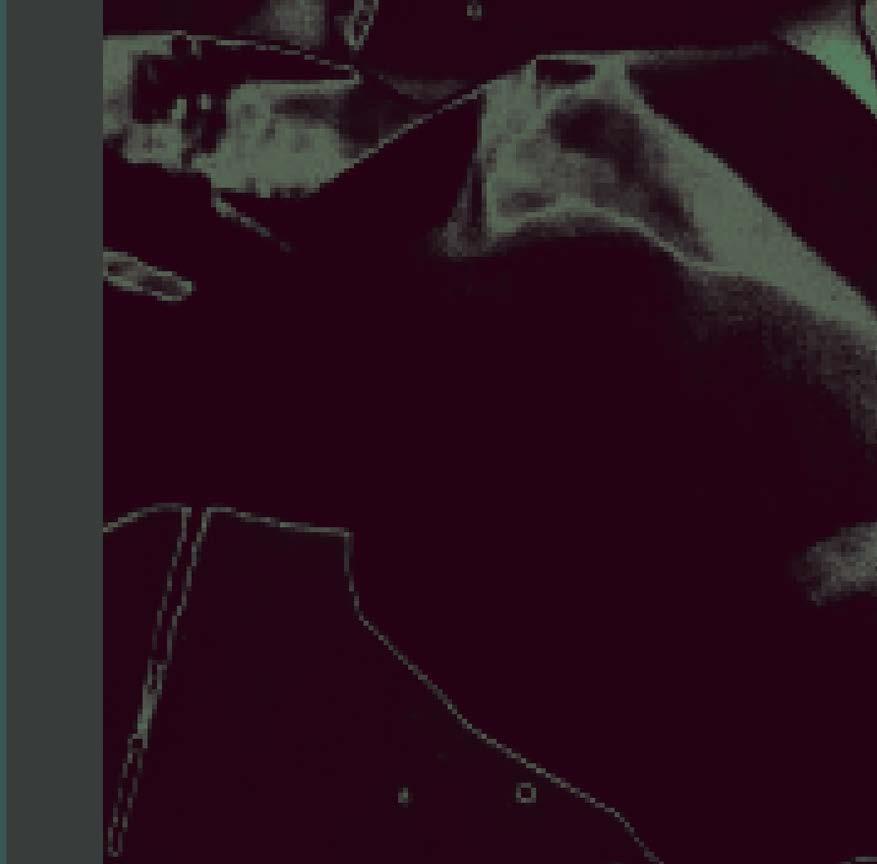
•Collaborative and individual work do not have to be polar opposites; it depends on the process, the goal, and what you want yourself and your audiences to experience.




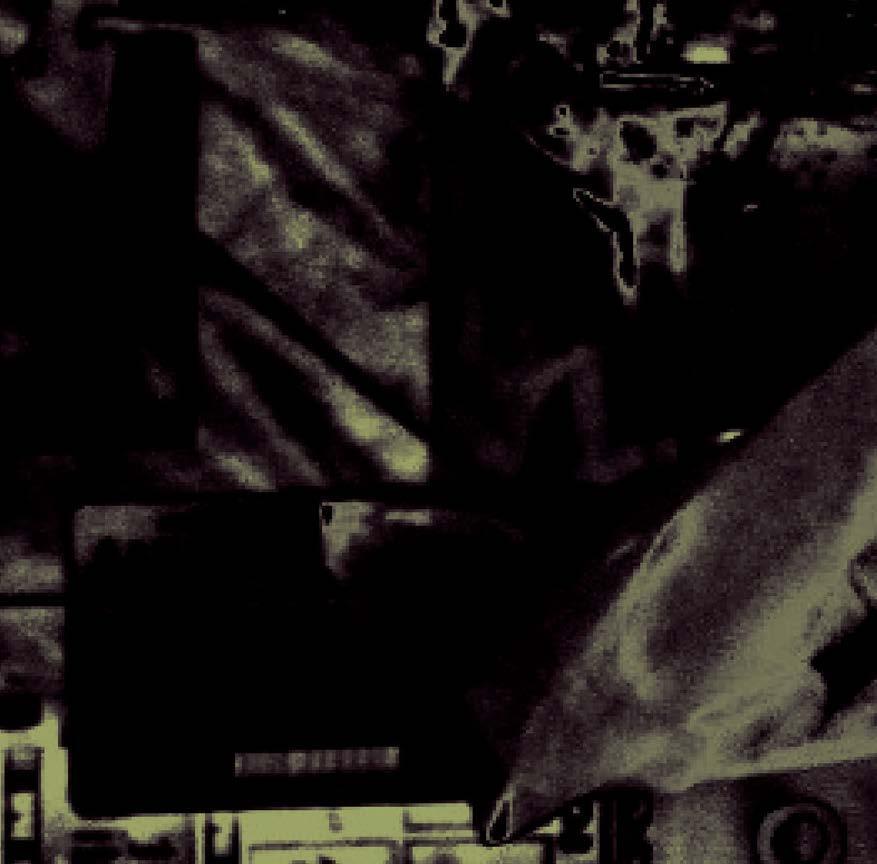

•Don’t let process, politics, etc. take over what you’re creating, for who, and why.
•Consider multiple perspectives in the research and creative processes, especially since collaboration fosters emotional connections with the pieces.
•Consider the types of audiences you’re trying to reach - the space, materials, and context are all of importance.
•You don’t have to do everything on your own. Practice and lean on working collaboratively; complementary skills of peers and colleagues can amplify your own work, and also free your time.



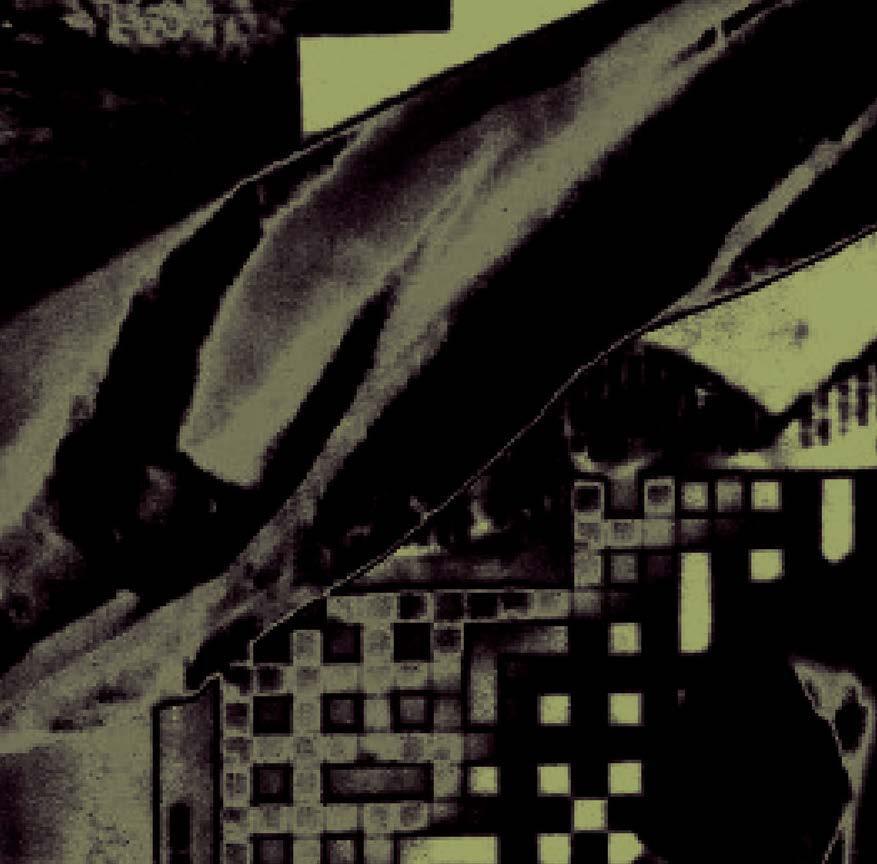



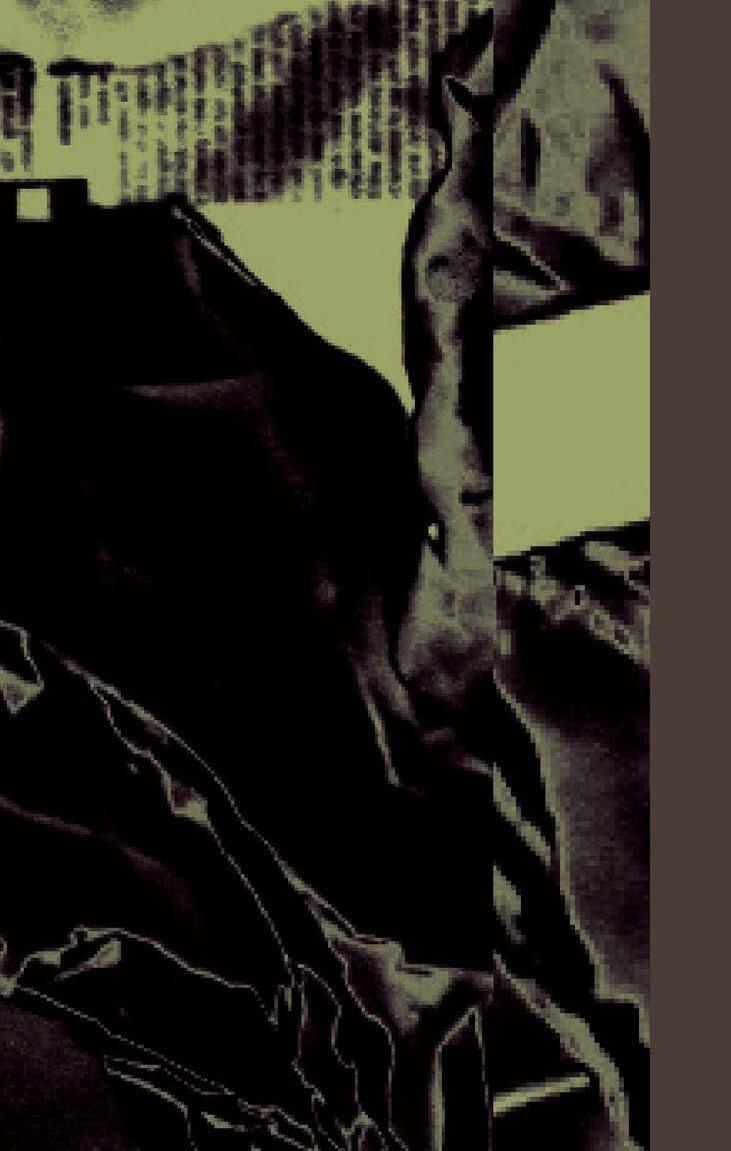
•Try to explore as many materials as you can! Nick’s work highlighted for me that you can make anything out of anything through sheer experimentation, intention, and perseverance. Furthermore, if it fails, it’s still a learning experience and you can adapt e.g. the initial record player engagement not being received too well.

•Connecting with people through art and science is a great way to break down barriers and increase communication and understanding.

•The wow factor in engagements is of the utmost importance! Additionally, unless you choose so, it’s not always your responsibility to explain the mathematical concepts behind your engagement; it can be meant to spark curiosity in your art/ topic only, and that’s completely okay!

The following section highlights the five space activation and placemaking projects I facilitated through my thesis engagement, and I describe the respective contexts, focuses, stakeholders, impact, process, and takeways for each:
1.Student Art Installation at OMSI—collaboration between OMSI staff and PNCA students and faculty, with an emphasis on emerging artists and mathematics-based art and science communication.
2.Temporary Mural Engagement and Installation at OMSI—exploration between OMSI staff, with an emphasis on centering BIPoC artists through the grant application and open-call process.
3.BIPoC Art Gallery at SE Uplift Neighborhood Coalition—exploration between SEUL executive director and Miguel, with an emphasis on centering emerging BIPoC artists by providing access to space.
4.MFA Thesis Exhibition at Stelo Arts—installation by Miguel, with an emphasis on centering thesis stakeholders and experimenting with interactive and collaborative design elements.
5.Neon Light Table at various locations—creative project by Miguel, OMSI staff, PNCA staff, and BIPoC community memebers, with an emphasis on better understanding the design and creative process.
As you read through them, I hope that they inspire your inner kid and that we can explore similar projects that center BIPoC communities in Portland across our cultural institutions (and beyond)! I'm confident that these experiences and frameworks can directly inform the systems and processes we need to dismantle, renew, and/or create to design spaces where Black and brown communities can thrive.

• CONTEXT + FOCUS: Within the Oregon Museum of Science & Industry (OMSI), the Science Playground and Discovery Lab spaces have high visitor counts. Some factors contributing to this include a high need for early childhood education spaces in the city and the recent closure of the Portland's Childrens Museum.
Recently, key stakeholders of the space instituted new procedures and policies in an attempt to abate visitor capacity concerns and to increase staff capacity. Two of the main tactics resulted in the addition of a visitor queuing line and additional staff during high visitor times.
This, however, has also created lengthy lines right outside of the space, which can contribute to visitor frustration and disengagement before they enter the spaces.
Immediately outside of these spaces is a hallway leading to a set of bathrooms, which serves as a natural wrap around for the visitor queuing line. According to some OMSI staff, this space has been empty for 10+ years.
In an attempt to help alleviate these visitor concerns, activate the space, encourage cross-institutional collaboration, and highlight the work of emerging artists, the idea of a OMSI + PNCA Student Art Installation started coming to fruition.



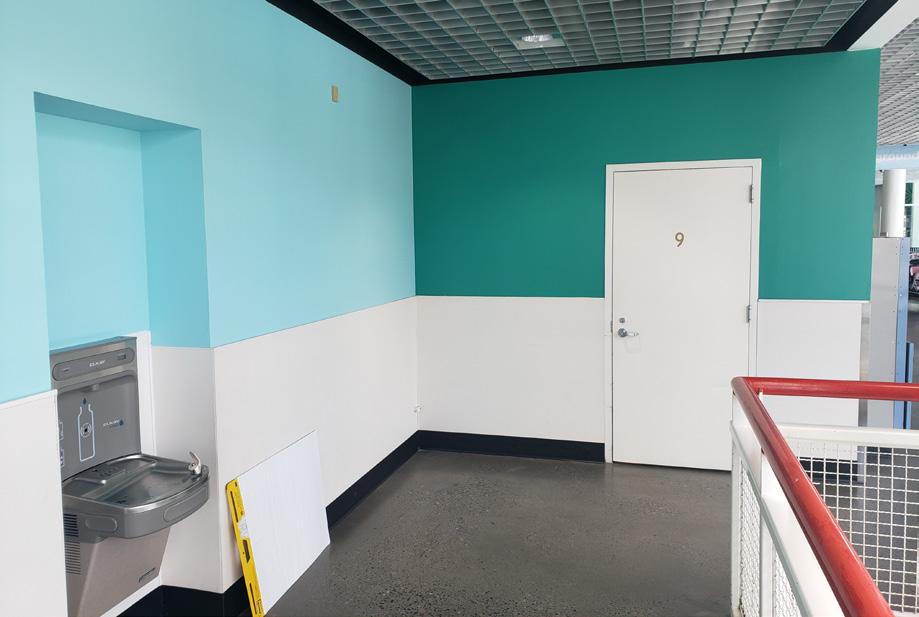
• STAKEHOLDERS + IMPACT: This one month, temporary space activation project engaged PNCA professor Kate McCallum, ten students from her Visual Mathematics class, and about fifteen OMSI staff during the design process. Additionally, our hope is that the installation engages and has a positive impact on a breadth of visitors and other OMSI staff, with an emphasis on increasing their STEAM affinity and understanding of mathematics concepts.
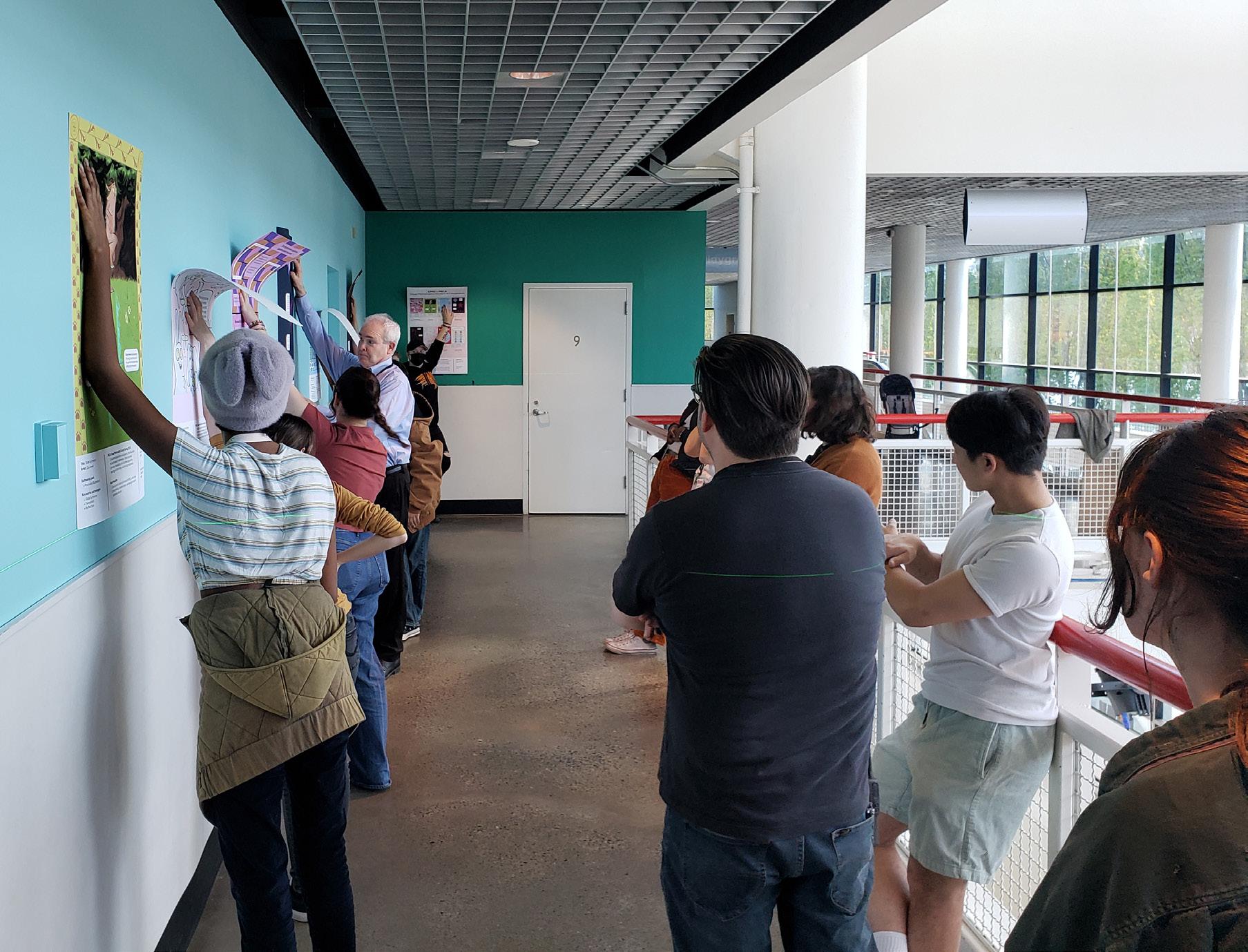
• PROCESS: I reached out to PNCA professor Kate McCallum to explore this space activation project, and we decided to convert her class's final project into the design and creation of individual arts + mathematics-related posters for the space.
Kate and I developed a pitch that was presented to the relevant OMSI stakeholders for consideration, which was positively received and highlighted the desire to include more STEAM learning experiences in the museum.
Throughout the span of four weeks, I collaborated with my stakeholders on installation considerations such as:
→ Painting and retouching of the space.
→ Exploring and understanding our mounting options.
→ Incorporating OMSI's brand guidelines and aesthetics into the installation and poster designs.
→ Reviewing the content for consistency and relevancy.
→Adhering to ADA (The Americans with Disabilities Act of 1990).
→ Identifying the facilitation approach for the install day.
On install day, our stakeholder groups came together and learned about each others' shared art appreciation, learned about and practiced mounting, color, and curation best practices, and most importantly, we had a lot of fun!
• TAKEAWAYS: While this is was a one month, temporary space activation project, I'm excited about the foundation we collectively created to inform future collaborations.
A key outcome for myself and my stakeholders was a better understanding of the people, systems, and processes informing the use and management of space.
Looking forward, I'm hopeful that we can iterate and elevate the experience with Kate's future Visual Mathematics students, explore other types of installations and artists in the space (e.g. themes, other PNCA classes, community artists, etc.), and being able to standardize and document the process for others at OMSI and PNCA to replicate.

• CONTEXT + FOCUS: As noted in the Design Findings section (page 133), the front plaza of the Oregon Museum of Science & Industry (OMSI) tends to be empty, and it is considered by many staff across the museum to be underutilized.
While I was conducting secondary research, I came across a grant opportunity from the Regional Arts and Culture Council (RACC) that could infuse funds into OMSI to support a front plaza space activation with a focus on artists of color.
The Arts3C Grant Program offers up to $5k to qualifying individual artists, arts organizations, arts or other businesses, or other nonprofit organizations who are working on art projects.
• STAKEHOLDERS + IMPACT + TAKEAWAYS: This multi-day, temporary space activation is in-progress, pending communication of OMSI being a grant awardee (or not being selected), with programming occuring in August or September.
If selected, we would prioritize three BIPoC artists to paint individual murals based on a STEAM topic of their choosing + encourage OMSI visitors and community partners to inform the final design through facilitated activities from Science Educators and other staff at the plaza.
Despite not being informed of RACC's decision yet, this experience has already engaged six OMSI staff in understanding and navigating the grant application process. In particular, we worked on removing barriers for artists of color i.e., exploring alternative art call structures and processes, incorporating generous stipends, and defining the intent of selecting artists of color from the beginning.



Uplift Neighborhood Coalition: BIPoC Art Gallery
• CONTEXT + FOCUS: SE Uplift Neighborhood Coalition (SEUL) is a local non-profit whose mission is "to collaborate with the SE Portland community to build informed, inclusive, and participatory neighborhoods that support our social and ecological well-being."53 They engage various people, groups, and collectives through a suite of capacity-building opportunities, such as providing fiscal sponsorship, grant funding, and insurance.
Because of SEUL's Community Small Grants, Portland Through a Latinx Lens was able to build out its programming and capacity. As a result, three folks from our collective decided to reciprocate support and join the board for a couple of years to advance SEUL's mission, values, and programming within our communities. Our partnership has established strong rapport, collaboration, and trust amongst SEUL's staff, our collective, and me.
Through my interview and profile of SEUL's executive director, Nanci Champlin, we began to explore a space activation project for future engagement. Our idea? Activating one of their community spaces— The Fireside Room—to highlight the work of emerging BIPoC artists in the form of a permanent art gallery.
• STAKEHOLDERS + IMPACT + TAKEAWAYS: Nanci and I are expecting to engage SEUL's board of directors in the next couple of months to inform the framework, vision, and execution of the art gallery. Similar to the OMSI Temporary Mural Engagement and Installation, we intend to center and prioritize emerging BIPoC artists from the beginning. We hope that this process can also inform other aspects of SEUL's operations and programming, tied to their own DEI initiatives.

53 "Mission/Values," SE Uplift Neighborhood Coalition, n.d. https://www.seuplift.org/who-we-are/missionvalues/
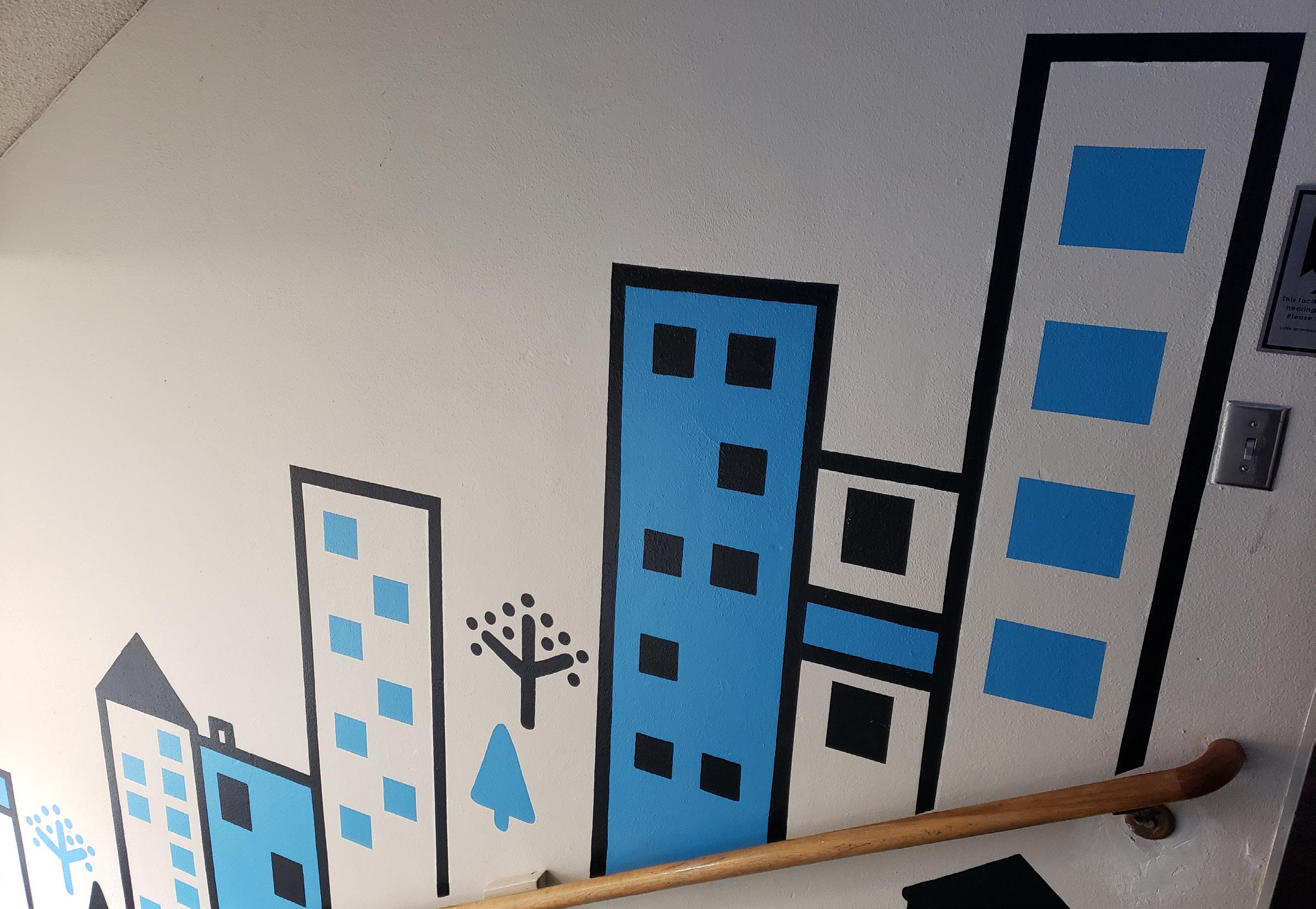
• CONTEXT + FOCUS + STAKEHOLDERS: One of my program's degree requirements involved presenting my thesis work in the culminating MFA Thesis Exhibition, with the CD/DS installations hosted at Stelo Arts.
While many art galleries and curators encourage artists to showcase their art from an individualized perspective, I saw this installation as another opportunity to break the mold and help in shifting the paradigm towards a more collaborative experience.
Taking inspiration from my primary and secondary research, as well as my interview with and the work of daelyn lambi (MA in Critical Studies and MFA in Visual Studies)54, I led with the intention of honoring and providing space for my stakeholders and collaborators to be highlighted.
In order to achieve this experience, I took a multi-faceted approach in my design considerations. The installation components included:
→Five BIPoC artists / designers / cultural worker interview profiles
→ Seven cultural institution / community organization representative interview profiles
→Five Oregon Museum of Science & Industry (OMSI) staff interview profiles
→Interactive panels, with two different activities i.e., research survey and arts and culture activity + collaborative arts canvas
→Nook for BIPoC artist business cards, fliers, and prints
→Neon Light Table (more info starting on page 149)
54 lambi, daelyn, "about this project," chimaera.site, 2023. https://www.chimaera.site/about "bio," n.d. https://www.daelynlambi. com/bio

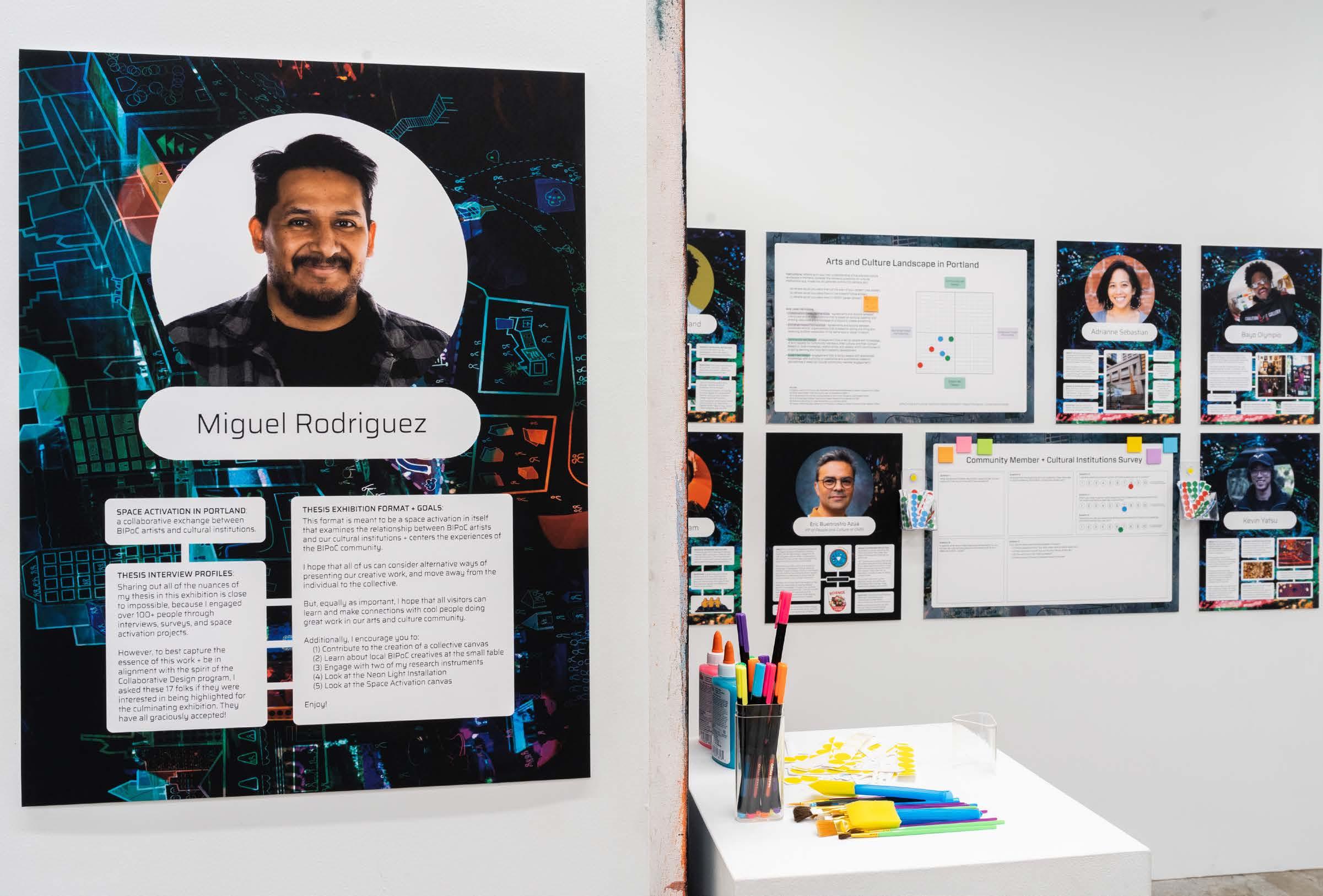



• IMPACT + TAKEAWAYS: While the installation was only up for three weeks, the impact was significant and palpable.
The installation brought many people together (arts and culture workers, the general public, and the PNCA community) to learn about our arts and culture landscape and explore the framework and process of space activation and placemaking through a fun, approachable, informative, and engaging experience.
Moving forward, I aim to replicate components of the installation in future space activation projects and engagements, and encourage others to experiment with alternative formats in their own exhibitions.
By exploring and implementing these alternative practices, artists and cultural institutions can tap into collective creativity, engage new audiences, and identify space activation as a priority in exhibition or installation design.

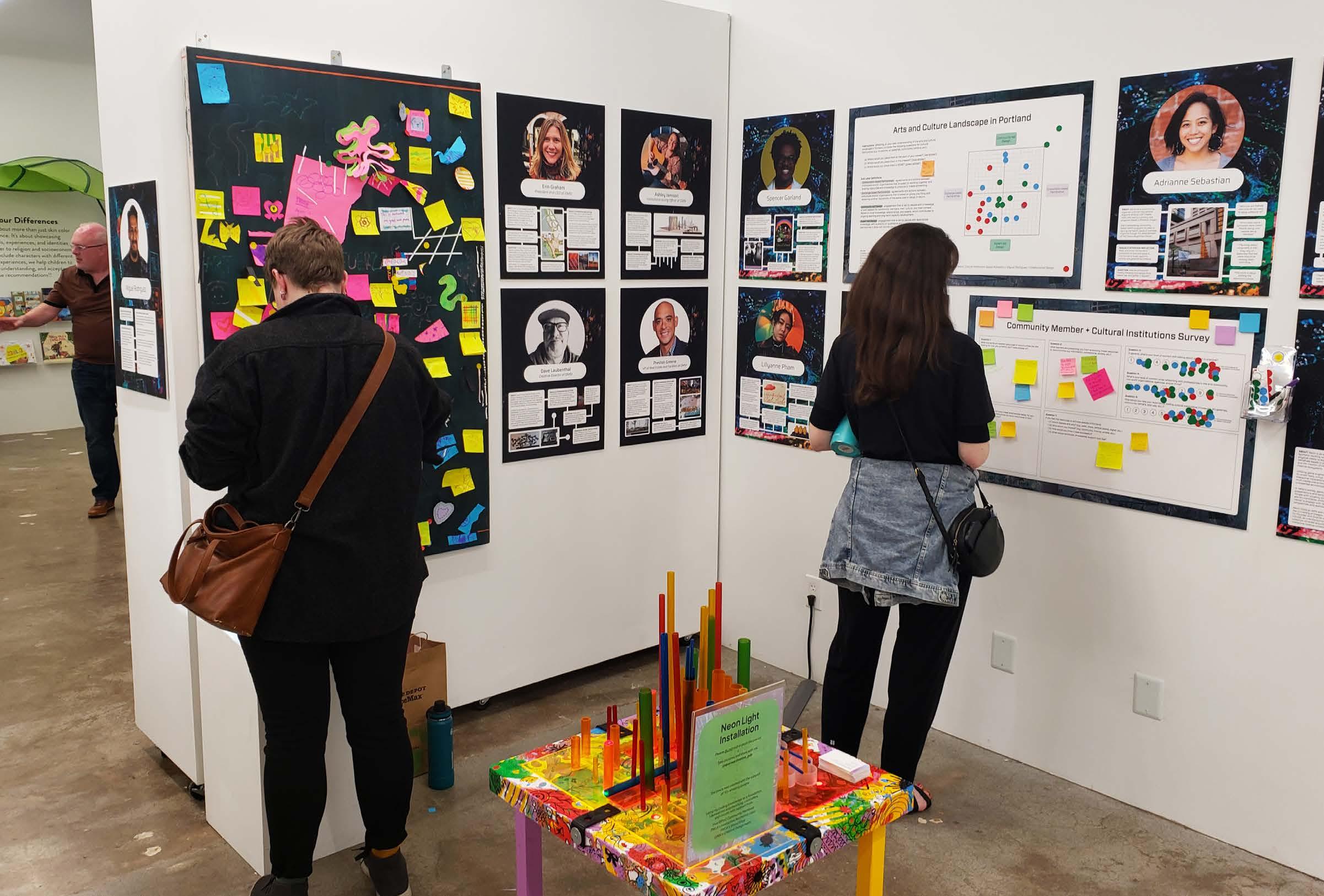
• FOCUS + CONTEXT: Reflecting on the interviews I conducted with the group of mathematicians / creative math artists and creativeadjacent OMSI staff, I wanted to better understand the type of design considerations needed for exhibits, interactives, and installations in service of a space activation project.
And for me, there's no better way to learn than by doing! Trying to step outside of my comfort zone, I landed on the idea of making a neon light table that would be exhibited in my MFA thesis exhibition with a public audience.

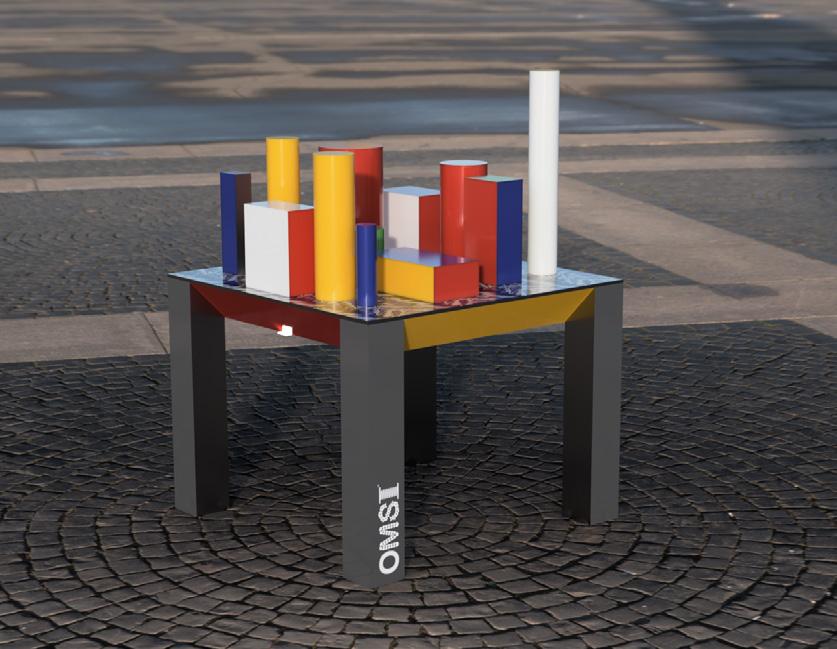

• STAKEHOLDERS + PROCESS + IMPACT + TAKEAWAYS: Using my coding knowledge as a foundation, I delved into woodworking and experimenting with controllers, circuits, acrylics, and plastics with support, guidance, and training from:
→ Megan McKissack (Program Coordinator of the Make+Think+Code space at PNCA)
→ Andrew Newell (3D Studio Manager of the wood shop at PNCA)
→ Dave Laubenthal (Creative Director at OMSI)
→ Aaron De Lanty (Technology Fabricator at OMSI)
Additionally, I collaborated frequently with my CD/DS peer, Hafsa Aden, since she was working on her own MFA Thesis Exhibition installation. Because of our shared time in the wood shop, we pitched the idea of hosting a paint night to four of her friends.
The end result was an interdisciplinary, informative, and fun design process for all parties involved. The finished neon table's future is uncertain, but I'm hoping that I can make a second prototype and/ or lend it to groups or non-profits that would like to host it in their spaces for stakeholder engagement.
Lastly, one of the most exciting things to come out of this experience were the additional ideas people brought up for future space activation projects, such as projection-based murals, motionbased light interactives, and more. I'm glad and excited that we were able to tap into peoples' creative energies and passion, as well as create a space for continued momentum.
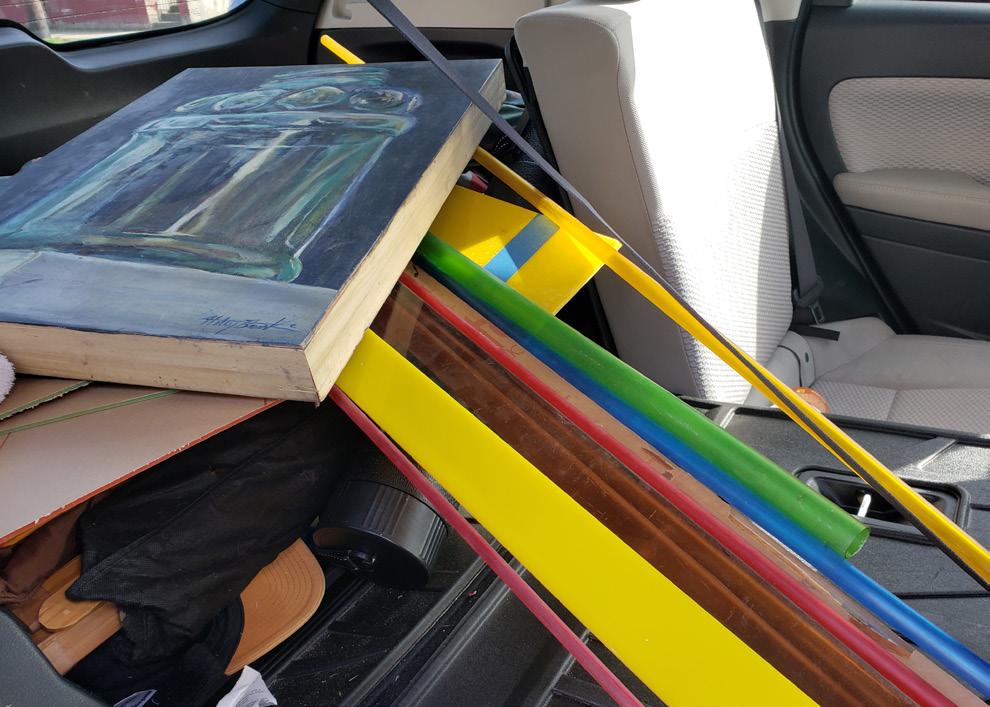

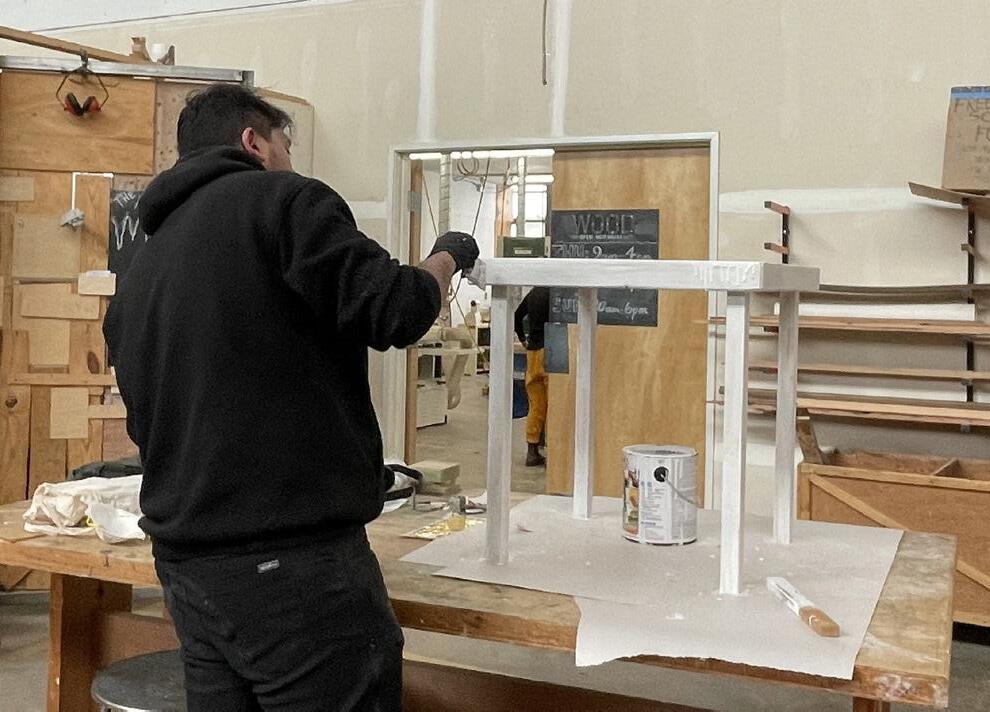


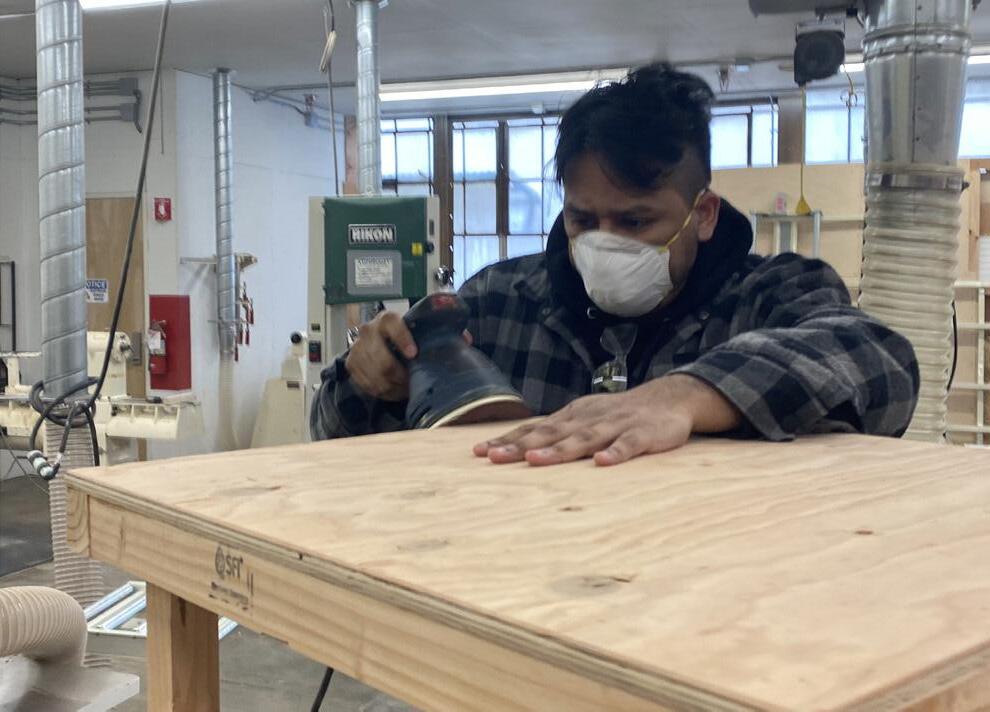

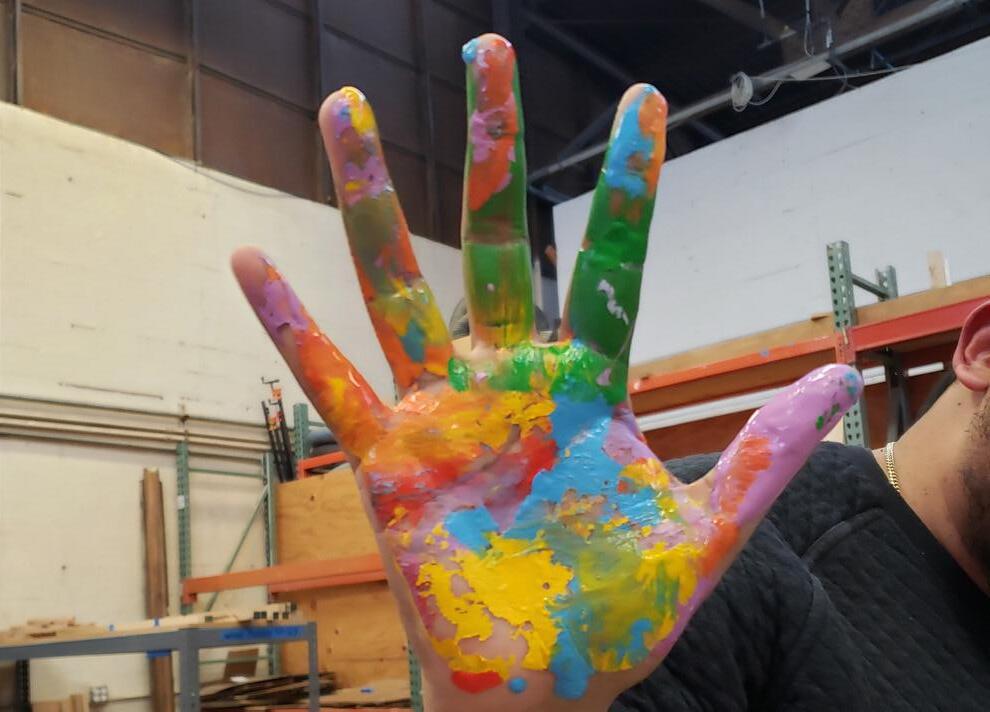



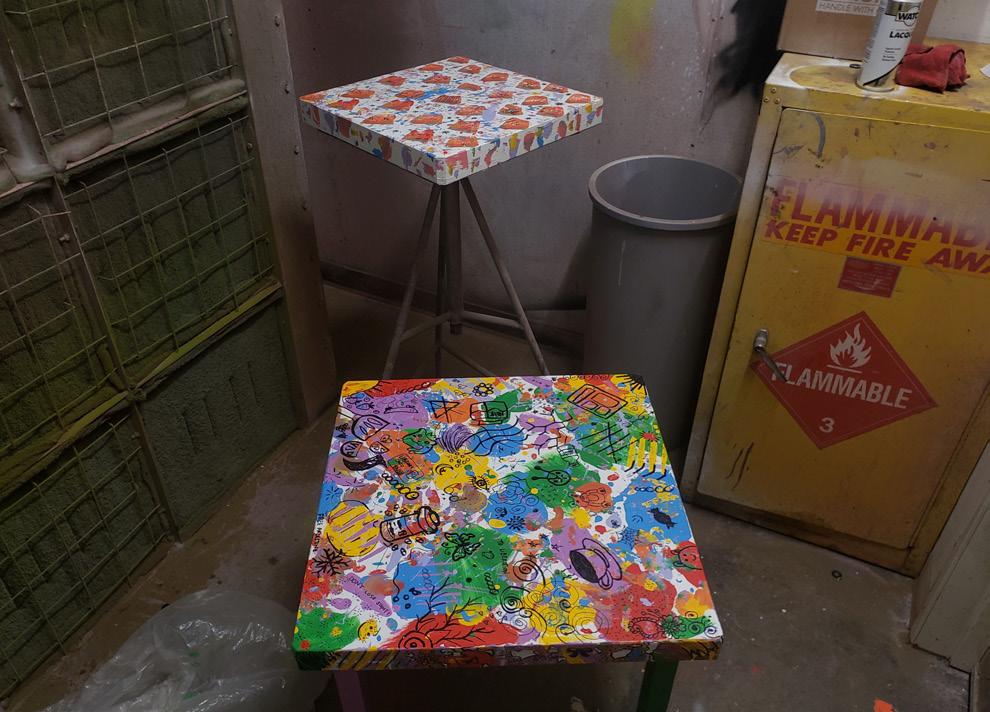

Reflecting on the positive, rewarding, and coalition-building aspects of my thesis work, I can confidently state that:
• I explored the arts and culture landscape across various scopes, which informed my space activation and collaborative process. It was so cool to learn about other space activation and placemaking work being done by communities across national and global contexts, which informed my own collaborative process and space activation engagements.
• I successfully activated physical spaces with two different cultural institutions (OMSI and PNCA) and set the foundation for other spaces (SE Uplift Neighborhood Coalition and other collaborators).
• I met and created new relationships with artists, cultural workers, community organization and cultural institution-adjacent people, and I also had the amazing opportunity to better understand my colleagues at OMSI.
• Many of my collaborators were both directly and indirectly inspired by my thesis work, which I hope extends into their own realms of influence. Ideally, this research and space activation projects translate and spark curiosity with other people (regardless of their arts background).
• In my current role as a Talent Development & Inclusion Strategist at OMSI, I was able to identify key systems, processes, and stakeholders required to navigate the use and activation of spaces. Even more, I have the support of various influential OMSI stakeholders to infuse my thesis work into larger strategic initiatives that will continue to elevate our STEAM programming, with an emphasis on advancing our racial equity journey.
• I expanded my creative practice by using different mediums (woodworking and painting) and collaborating with others outside of my usual process.
Reflecting on the more challenging, iterative, and foundation-building aspects of my thesis work, I had to:
• Navigate time constraints and time management concerns, especially since I consistently experienced scope creep and difficulties in conducting my secondary research.
• Address scalability and replication concerns, as well as identify proper documentation methods and practices. This was pivotal for engagement because I wanted to ensure my work transcended the academic realm and supported the larger community.
• Compromise on the sample size of the Cultural Institution / Community Organization interviews. In particular, I wish that it was larger and that more museums were represented. Nevertheless, my decision to prioritize the BIPoC community and the OMSI case study still provided me with a solid snapshot of the local context.
• Work through official approval of my OMSI case study. It was an arduous and lengthy process, and it created tension between internal and external stakeholders involved in the process. However, despite the difficulties, I'm thankful for the insights and learning that came out of it. If you're interested in learning more about this experience, I would encourage people to learn more about Human Rights Protection Programs (HRPP), Institutional Review Boards (IRBs), and the ever changing research ethics field:
→ Research Involving Human Subjects by the National Science Foundation (NSF) [link]
→ Institutional Review Boards and Social Science Research by the American Association of University Professors [link]
→ Institutional Review Boards: A Flawed System of Risk Management by Simon N Whitney, MD, JD [link]
→ Institutional Review Board: Ally not Adversary by Melanie M. Domenech Rodriguez, Samantha M. Corralejo, and Nicole Vouvalis [link]
Reflecting on the past eight months, I’m both excited and curious to see how my thesis work resonates with people I haven’t met. There were tangible feelings of inspiration, curiosity, and momentum with my space activation stakeholders; however, I’m hoping that it extends to other cities, contexts, and communities.
But, most importantly, I’m hopeful and excited to see how this thesis work can create spaces where Black and brown communities cannot only survive, but thrive. My intention for this work's future impact on the space activation and design field includes:
→ An increase in BIPoC artists, cultural institutions, and other organizations and groups creating their own frameworks and strategies for space activation. While there have been many contributions to the space activation and placemaking field, my thesis centered design justice, racial equity, and participatory principles as its foundation, which some of the other frameworks are missing.
→ Continued and evolving coalition-building that is based on collaboration, trust, and having fun. We cannot change these systems if we aren’t in relationship with others. And, my thesis is a testament to the power of community in getting shit done! All of us have the potential of being catalysts, and we don’t have to do it alone. We shouldn’t be operating in an individualistic manner when collective power is more effective.
→ Modeling community-based sharing of knowledge and information i.e., open-source. I do not want my thesis to just sit within PNCA’s library or behind a paywall. Information and knowledge needs to be openly shared with others, which is in alignment with Design Justice Principles and my own values.
Looking towards the future of this work beyond my thesis, the following are some goals and things to look out for:
→ I will complete the space activation projects that are in progress i.e., SE Uplift collaboration and a second neon light table prototype.
→ I want to collaborate further with AUGURY House, Lillyanne Pham, Spencer Garland, Bayo Olympio, and other creatives to support their respective space activation goals and projects. In essence, being able to scale up, continue our momentum, and further solidify the coalitions and partnerships we have been building.
→ I would like to explore hosting community workshops that build on the interviews I conducted. In particular, providing people the space, time, and community to envision their ideal spaces, using materials like cardboard, legos, and other arts and crafts.
→ I will be exploring the concept of third spaces and how it connects to space activation, with a focus on youth (thank you to my colleague, Jackie Irwin at OMSI, for the suggestion).
→ For the Mapping Activities:
» I would be interested in iterating and improving the framework based on feedback and observations. Mainly, tightening up the language and instructions; because definitions are open to interpretation, some folks needed more guidance than others to understand the activity.
» I would be interested in conducting more parsing of my three data sets, especially since there’s a lot to dissect; I would’ve wanted to have this section expanded, but it was impacting my scope and timeline.
» I would be interested in doing a deeper analysis that compares the differences between BIPoC and white creatives (this would require interviewing a similar sized sample of white artists, instead of the twenty-six vs. six in this context).


For you—the reader—I hope that you found something in my thesis that resonated with you, that inspired you, or helped you iterate on an idea that you’ve been wanting to explore but didn’t know where to start. Even more, I hope that you not only learned about the power of this framework and process, but that you saw and read about tangible examples that can influence your own space activation projects in your context and within your realms of influence.
While this framework and process cannot dismantle systemic racism (and a myriad of other social issues) on its own, it’s a tactic that can support our collective journey towards shared liberation: everyone deserves spaces where they can thrive, and we can create those spaces together.
Through this thesis, I’m confident that we have explored what stronger and healthier collaborations can look like between BIPoC artists and cultural institutions here in Portland, and that we can encourage others to do the same. I'm looking forward to seeing your own space activation projects!
:)

Arts and Culture Landscape
Art Council of Portland. 2018. “A Plan for Preserving and Expanding Affordable Arts Spaces in Portland.” Portland.gov. https://www. portlandoregon.gov/fish/article/667747.
City of Portland. 2022. “Community Healing Through Art: A Final Report.” City of Portland. https://www.portland.gov/omf/news/2022/2/23/ community-healing-through-art-final-report.
City of Portland's Bureau of Planning and Sustainability Commission. 2009. “Portland Plan: Background Report Overviews.” Portland Online. https:// www.portlandonline.com/portlandplan/index.cfm?c=51427&a=279502
City of Portland’s Bureau Planning and Sustainability Commission. 2011. “The Portland Plan: Arts & Culture.” Portland Online. https://www. portlandonline.com/portlandplan/index.cfm?c=51427&a=373231
Curtis Cosgrove, Kathleen, Jeff Hawthorne, Regional Arts & Culture Council, and Creative Advocacy Network. 2009. “Act for Art: The Creative Action Plan for the Portland Metropolitan Region.” Regional Arts and Culture Council. https://racc.org/wp-content/uploads/2016/02/Act4Art_FINAL-1. pdf.
Google Arts & Culture. n.d. “United States of Culture — Google Arts & Culture.” Google Arts & Culture. https://artsandculture.google.com/ project/american-wonders
Hillsboro Parks & Recreation. 2018. “Create Hillsboro: Hillsboro's Cultural Arts Action Plan.” Hillsboro-Oregon.gov. https://www.hillsboro-oregon. gov/our-city/departments/parks-recreation/about-us/arts-culture
Hull Caballero, Mary, Kari Guy, Jenny Scott, and Martha Prinz. 2018. “Regional Arts and Culture Council: Clear City Goals Aligned with Strong Arts Council Strategy will Improve Arts and Culture Services.” Portland City Auditor: Audit Services. https://www.portlandoregon.gov/fish/ article/685075.
International Confederation of Societies of Authors and Composers and EY. 2015. Cultural Times — The First Global Map of Cultural and Creative Industries. Neuilly-sur-Seine, France: International Confederation of Societies of Authors and Composers. https://en.unesco.org/creativity/ files/culturaltimesthefirstglobalmapofculturalandcreativeindustriespdf.
Maia, Gaby. 2022. “Top 15 Best Art And Cultural Attractions In Portland.” Global Grasshopper. https://globalgrasshopper.com/destinations/northamerica/best-art-and-cultural-attractions-in-portland/.
Mayor Sam Adam's City Council and Regional Arts and Culture Council. 2012. “Arts East: A Plan for Increasing Arts Equity, Access, and Resources in East Portland, Oregon.” http://billflood.org/pdfs/ EastPortlandPlan.pdf.
Metropolitan Arts Commission. 1992. “Arts Plan: Animating Our Community.” Regional Arts and Culture Council. https://racc.org/wpcontent/uploads/2016/02/Arts-Plan_Animating-our-Community-1992_ Summary.pdf
National Endowment for the Arts. 2020. Paths to Participation: Understanding How Art Forms and Activities Intersect. Washington DC: National Endowment for the Arts. https://www.arts.gov/impact/ research/publications/paths-participation-understanding-how-artforms-and-activities-intersect
National Endowment for the Arts. n.d. “Exploring Our Town.” National Endowment for the Arts. https://www.arts.gov/impact/creativeplacemaking/exploring-our-town
National Endowment for the Arts. n.d. “What Is the NEA?” National Endowment for the Arts. https://www.arts.gov/about/what-is-the-nea.
Portland Relocation Guide. n.d. “Arts and Culture.” Portland Relocation Guide. https://portlandreloguide.com/museums-theaters-galleriesmusic-and-more/.
SMU DataArts. 2022. “The Top 40 Most Arts-Vibrant Communities of 2022.” SMU DataArts. https://culturaldata.org/what-we-do/arts-vibrancyindex/
State of Oregon. n.d. “Blue Book - Oregon's Major Arts Organizations.” Oregon Secretary of State. https://sos.oregon.gov/blue-book/Pages/ cultural/arts-major.aspx
Travel Portland. n.d. “Arts | The Official Guide to Portland.” Portland, Oregon. https://www.travelportland.com/culture/arts/
TripAdvisor. n.d. “THE 10 BEST Museums You'll Want to Visit in Portland.” TripAdvisor. https://www.tripadvisor.com/Attractions-g52024-Activitiesc49-Portland_Oregon.html
Wolff, Benjaim. 2022. “New NEA Report Reveals How Bad Covid Was For The Arts — With A Silver Lining.” Forbes. https://www.forbes.com/sites/ benjaminwolff/2022/03/21/new-nea-report-reveals-how-bad-covidwas-for-the-arts---with-a-silver-lining/?sh=36c2564766c1

Agnew, John A. 1987. Place and Politics: The Geographical Mediation of State and Society. 1st ed. Crows Nest, Australia: Allen & Unwin.
Baum, Fran, Colin MacDougal, and Danielle Smith. 2006. “Participatory Action Research.” National Library of Medicine: National center for Biotechnology Medicine. https://www.ncbi.nlm.nih.gov/pmc/articles/ PMC2566051/.
Cresswell, Tim. 2015. Place: An Introduction. 2nd ed. Chichester, United Kingdom: John Wiley & Sons Ltd.
Design Justice Network. 2018. “Design Justice Network Principles.” Design Justice Network. https://designjustice.org/read-the-principles
FrameWorks Institute. 2020. “Mindset Shifts: What Are They? Why Do They Matter? How Do They Happen?” https://www.frameworksinstitute. org/wp-content/uploads/2021/02/FRAJ8064-Mindset-Shifts-200612WEB.pdf
Imagine Black. 2017. “The People's Plan.” Imagine Black. https://static1. squarespace.com/static/5c1ad1377106994934ad2548/t/616cd794ed e41951358def30/1634523053052/_PAALF+Peoples+Plan_2017_final. pdf
Immigrant and Refugee Community Organization. 2022. “2022 Community Needs Assessment.” IRCO. https://irco.org/who-we-are/reports/
Institute for Self Active Education. n.d. “Principles of Play.” https://isaeplay. org/the-power-of-play/principles-of-play/.
Myerson, Jeremy. 2017. “Scaling Down: Why Designers Need to Reverse Their Thinking.” She Ji: The Journal of Design, Economics, and Innovation 2, no. 4 (September): 288-299. https://doi.org/10.1016/j. sheji.2017.06.001.
Project for Public Spaces. 2017. “The Placemaking Process.” Project for Public Spaces. https://www.pps.org/article/5-steps-to-making-places
Project for Public Spaces. 2022. “Placemaking: What If We Built Our Cities Around Places?” Project for Public Spaces. https://www.pps.org/product/ placemaking-what-if-we-built-our-cities-around-places
Tuan, Yi-fu. 2012. Humanist Geography: An Individual's Search for Meaning. 1st ed. Staunton, Virginia: George F. Thompson Pub.
University of Plymouth. n.d. “Changing Places.” https://www.plymouth. ac.uk/uploads/production/document/path/19/19721/Geography_ Changing_Places_Poster.pdf.
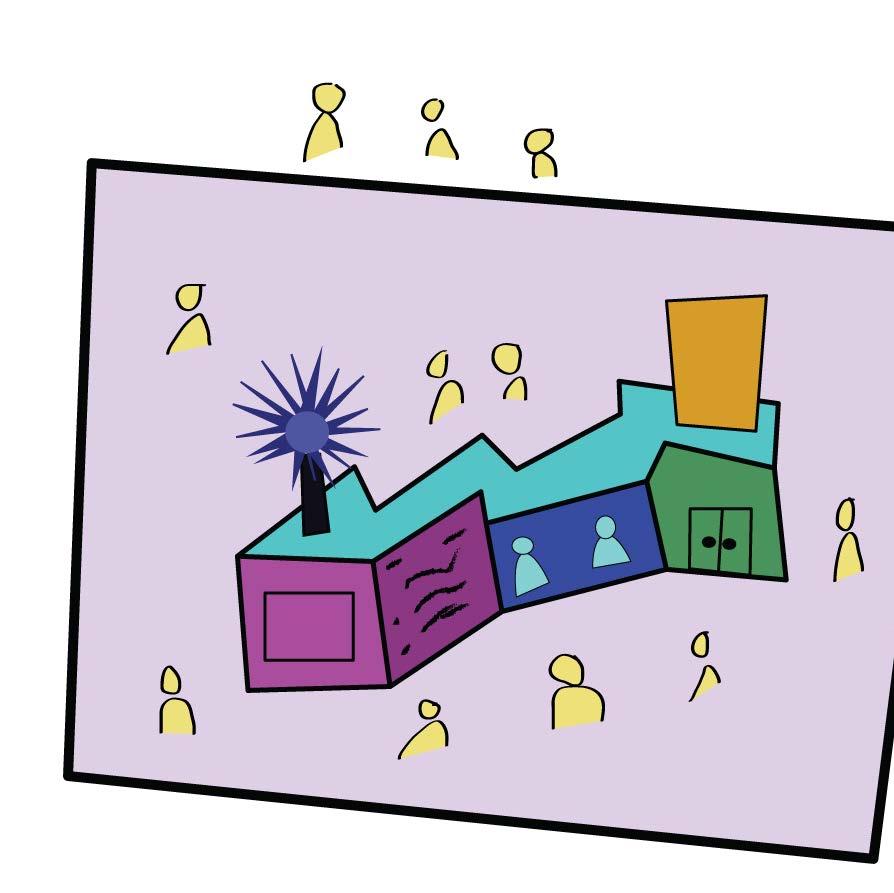

Bureau of Planning and Sustainability (BPS). 2019. “Historical Context of Racist Planning: A History of How Planning Segregated Portland.” City of Portland. https://www.portland.gov/bps/documents/historicalcontext-racist-planning/download
Burkett, Red. 2021. “Racialized Space: Historical, Economic, and Social Factors Contributing to the Gentrification of North & Northeast Portland's Albina.” PDXScholar. https://pdxscholar.library.pdx.edu/cgi/ viewcontent.cgi?article=2349&context=honorstheses
Camhi, Tiffany. 2020. “A Racist History Shows Why Oregon is Still so White.” Oregon Public Broadcasting. https://www.opb.org/news/article/ oregon-white-history-racist-foundations-black-exclusion-laws/
Cox, Kiana, and Khadijah Edwards. 2022. “Black Americans' Views of Racial Inequality, Racism, Reparations and Systemic Change.” Pew Research Center. https://www.pewresearch.org/race-ethnicity/2022/08/30/blackamericans-have-a-clear-vision-for-reducing-racism-but-little-hope-itwill-happen/
Curry-Stevens, Ann, Amanda Cross-Hemmer, and Coalition of Communities of Color. 2010. “Communities of Color in Multnomah County: An Unsettling Profile.” Portland State University. https://pdxscholar.library. pdx.edu/cgi/viewcontent.cgi?article=1091&context=socwork_fac
Frost, Allison. 2018. “Celebrating The Life Of And Justice For Mulugeta Seraw.” Oregon Public Broadcasting. https://www.opb.org/radio/ programs/think-out-loud/article/mulugeta-seraw-portland-ethiopiaafrica-white-supremacist-murder/
Jaquiss, Nigel. 2022. “The City of Portland Tried to Undo Gentrification. Black Portlanders Are Conflicted About the Results.” Willamette Week. https://www.wweek.com/news/2022/05/25/the-city-of-portland-triedto-undo-gentrification-black-portlanders-are-conflicted-about-theresults/.
Law, Steve. 2020. “Unburying History: Portland's Shameful Anti-Chinese Violence.” Portland Tribune. https://www.portlandtribune.com/ opinion/unburying-history-portlands-shameful-anti-chinese-violence/ article_4f1d5d16-1f25-5737-a966-0f582640eade.html.
Powell, Meerah. 2020. “Portland MAX Stabbing Victims Call Out Racist System During Sentencing Hearing.” Oregon Public Broadcasting. https://www.opb.org/news/article/jeremy-christian-sentencing-hearingvictim-impact-statements-portland-oregon/.
Semuels, Alana. 2016. “The Racist History of Portland, the Whitest City in America.” The Atlantic. https://www.theatlantic.com/business/ archive/2016/07/racist-history-portland/492035/.
Taylor, Yamahtta. 2021. “Did Last Summer's Black Lives Matter Protests Change Anything?” The New Yorker. https://www.newyorker.com/news/ our-columnists/did-last-summers-protests-change-anything
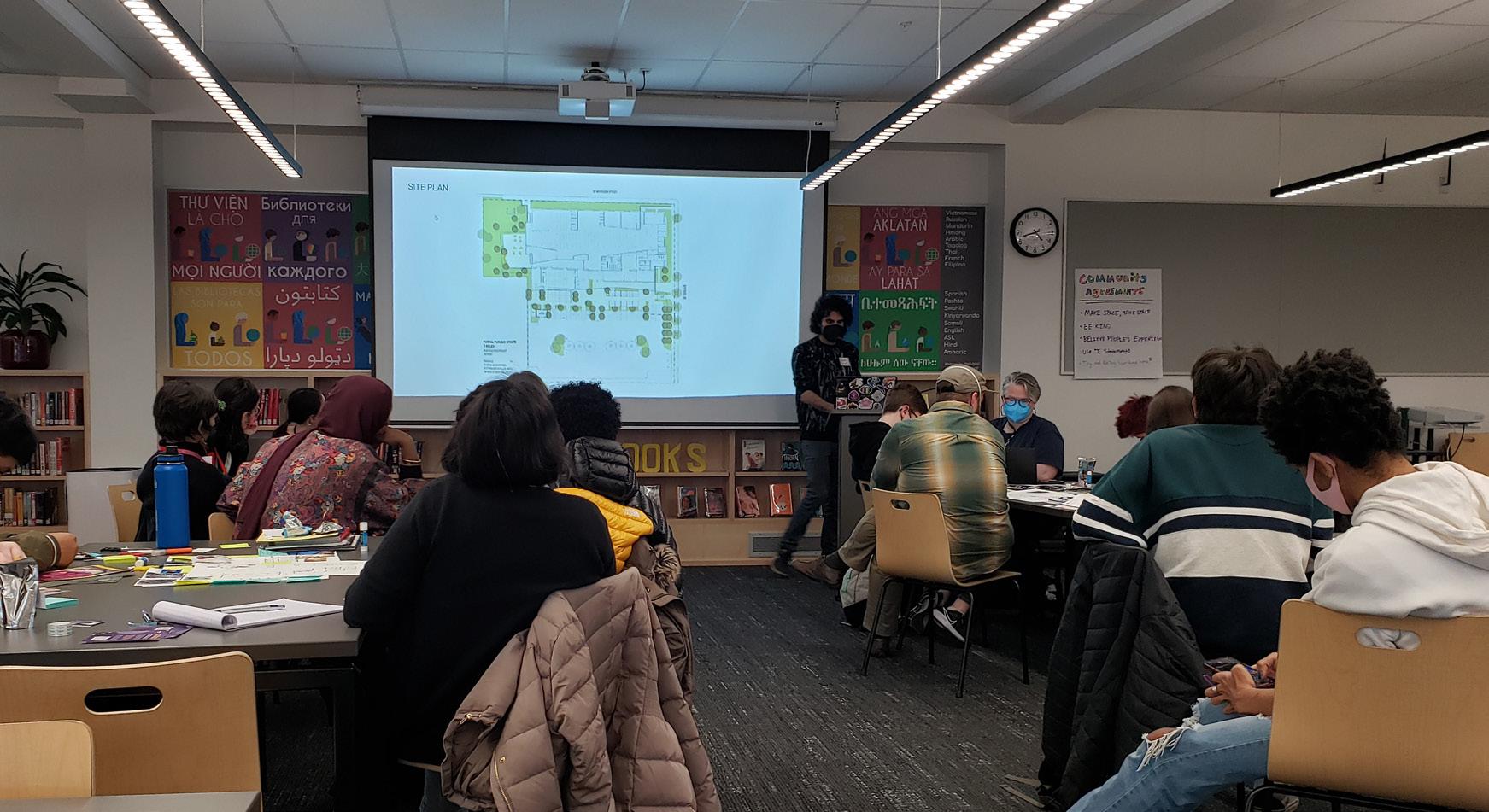
Adams, Geraldine K. 2021. “Black Lives Matter: One Year On.” Museums Association. https://www.museumsassociation.org/museums-journal/ analysis/2021/05/black-lives-matter-protests-one-year-on/.
American Alliance of Museums. 2020. “Diversity, Equity, Accessibility and Inclusion.” American Alliance of Museums. https://www.aam-us.org/ programs/diversity-equity-accessibility-and-inclusion/.
Bishara, Hakim. 2019. “Artists in 18 Major US Museums Are 85% White and 87% Male, Study Says.” Hyperallergic. https://hyperallergic. com/501999/artists-in-18-major-us-museums-are-85-white-and-87male-study-says/.
Campbell, Eileen, and Shawn Lani. 2022. “Public Spaces and Potential Places.” American Alliance of Museums. https://static1. squarespace.com/static/58fa260a725e25c4f30020f3/t/616f3 0f83e0225214a21b252/1634676997066/09_Exhibition_21FA_ PublicSpacesPotentialPlaces.pdf
Charr, Manuel. 2020. “How Have Museums Responded to the Black Lives Matter Protests?” MuseumNext. https://www.museumnext.com/article/ how-have-museums-responded-to-the-black-lives-matter-protests/
Cotter, Holland. 2020. “Museums Are Finally Taking a Stand. But Can They Find Their Footing?” The New York Times. https://www.nytimes. com/2020/06/11/arts/design/museums-protests-race-smithsonian.html.
Diez, Isabel, David Solís, and Gabriela Torres. 2022. “Effective Museums and Exhibits Should Build Community: La Rodadora.” American Alliance of Museums. https://static1.squarespace. com/static/58fa260a725e25c4f30020f3/t/635a8bf5d8 9bad67e70daae5/1666878454018/07_Exhibition_22FA_ EffectiveMuseumsShouldBuildCommunity.pdf
Grady, Constance. 2020. “If museums want to diversify, they'll have to change. A lot.” Vox. https://www.vox.com/the-highlight/21542041/ museums-diversity-guston-national-gallery-hiring
HBO, dir. 2022. Last Week Tonight. Season 9, episode 24, “Museums.” Aired October 2, 2022.
Kenney, Nancy. 2021. “Exclusive Survey: What Progress have US Museums Made on Diversity, After a Year of Racial Reckoning?” The Art Newspaper. https://www.theartnewspaper.com/2021/05/25/exclusivesurvey-what-progress-have-us-museums-made-on-diversity-after-ayear-of-racial-reckoning
King, Rebecca, Adria R. Walker, Marina Affo, and Micaela Hood. 2020. “Systemic Racism is Shaping our Access to Art. How East Coast Art Institutions Strive for Change.” https://www.northjersey.com/story/ entertainment/arts/2020/10/22/racism-rampant-in-arts-world-howeast-coast-art-institutions-strive-for-equitable-change/5856580002/.
Lawson-Tancred, Jo. 2022. “Two Years Ago, Museums Across the U.S. Promised to Address Diversity and Equity. Here's Exactly What They Have Done So Far.” Artnet News. https://news.artnet.com/art-world/ museum-dei-plans-2022-2161690
Sweeney, Liam, and Joanna Dressel. 2022. “Art Museum Director Survey 2022.” Ithaka S+R. https://sr.ithaka.org/publications/art-museumdirector-survey-2022/.

Albina Trust Vision. n.d. “Arts and Culture.” Albina Vision Trust. https:// albinavision.org/arts-and-culture/
Arnold, Chris. 2020. “Podcast: What is Space Activation and Placemaking?” Authentic Form & Function. https://authenticff.com/insights/what-isspace-activation-and-placemaking
Blake Stevenson, WBA Creative Architecture, and Scottish Government. 2019. “Evaluation of Community-led Design Initiatives: Impacts and Outcomes of the Charrettes and Making Place Funds: People, Communities, and Places.” https://www.gov.scot/publications/ evaluation-community-led-design-initiatives-impacts-outcomescharrettes-making-places-funds/
Breon, Autumn. 2023. “Be a part of my new artwork and share where your leisure lives ��.”Instagram. https://www.instagram.com/p/CofdLuIpJqU/.
Centre on African Public Spaces. n.d. “Who We Are.” Centre on African Public Spaces. https://www.africanpublicspaces.org/about-us/
City of Austin Downtown Commission Alley Activation Workgroup. 2013. “Activating Austin's Downtown Alleys as Public Spaces.” AustinTexas. gov. https://www.austintexas.gov/sites/default/files/files/EGRSO/ Activating_Austins_Downtown_Alleys_as_Public_Spaces.pdf
City of Los Angeles Department of Cultural Affairs. n.d. “Public-Space Activation Fund (PAF).” Los Angeles Department of Cultural Affairs. https://culturela.org/grants/paf/
“Creative Homies.” n.d. https://www.creativehomies.com/
District of Columbia: Office of Planning. 2018. “District of Columbia Public Space Activation & Stewardship Guide.” District of Columbia: Office of Planning. https://planning.dc.gov/page/district-columbia-public-spaceactivation-stewardship-guide
Downtown Seattle Association. n.d. “Parks & Public Spaces.” Downtown Seattle Association. https://downtownseattle.org/programs-services/ parks-and-public-spaces/
Edúcate Ya. n.d. “AVANZA: Programa de Liderazgo para Jóvenes Adultos Latinos.” https://www.educateya.org/avanza.html
8 80 Cities. n.d. “Creating Cities for All.” 8 80 Cities. https://www.880cities. org/ Filipino Bayanihan Center. n.d. https://www.bayanihanoregon.org/
Future Cape Town. 2021. “A New Placemaking Agenda for African Cities.” Issuu. https://issuu.com/futurecapetown/docs/ofc_placemaking_ magazine
Future Cities Africa. n.d. “About Future Cities Africa - Shaping the Future of African Cities.” Future Cities Africa. https://futurecitiesafrica.com/aboutus.php
Hacienda CDC. n.d. “About Us — Portland Mercado.” Portland Mercado. https://www.portlandmercado.org/about-us
Heritage as Placemaking: The Politics of Solidarity and Erasure in South Asia. n.d. “Heritage as Placemaking: The Politics of Solidarity and Erasure in South Asia.” Heritage as Placemaking. https:// heritageasplacemaking.com/
Intersection for the Arts. n.d. “Space Activation Artist in Residence Program.” Intersection for the Arts. https://theintersection.org/space-activationartist-in-residence-program/
The Journal of Public Space. n.d. “About the Journal.” The Journal of Public Space. https://www.journalpublicspace.org/index.php/jps/about.
lambi, daelyn. 2023. “about this project.” chimaera.site. https://www. chimaera.site/about
Latino Network. n.d. “La Plaza Esperanza.” Latino Network. https://www. latnet.org/la-plaza-esperanza
Marrow PDX. n.d. Instagram. https://www.instagram.com/ marrowpdx/?hl=en
Massiv Art. n.d. “The first AI Public Art Piece in Latin America is the Heart of Mixed-use Development in Mexico City.” Massiv Art. https://massivart. com/project/public-art-creative-placemaking-neuchatel-mixed-usedevelopment/.
Maus, Jonathan. 2022. “Mt. Scott-Arleta Residents Celebrate Vibrant Plaza on Formerly Violent Street.” Bike Portland. https://bikeportland. org/2022/09/09/mt-scott-arleta-residents-celebrate-vibrant-plaza-onformerly-violent-street-363247.
Mugo, Kari. 2016. “Envisioning an Art-driven Economy with Little Africa's Creative Placemaking.” Twin Cities Daily Planet. https://www. tcdailyplanet.net/little-africa-envisioning-art-driven-economy-creativeplacemaking/.
Native Arts & Culture Foundation. n.d. “Center for Native Arts & Cultures.” Native Arts and Cultures Foundation. https://www. nativeartsandcultures.org/center-for-native-arts-and-cultures.
NSW Department of Planning and Environment. 2022. “NSW Guides to Public Space Activation.” Transport for NSW. https://www.transport.nsw. gov.au/industry/cities-and-active-transport/cities-revitalisation-andplace/great-public-spaces-toolkit-4.
NYC's Mayor's Office of Criminal Justice. n.d. “Safe Places, Active Spaces!” Mayor's Office of Criminal Justice. https://criminaljustice.cityofnewyork. us/reports/safe-places-active-spaces/.
Olympio, Bayo. n.d. “About Us - Coalition Art Gallery.” https:// coalitionartgallery.com/about/
Oregon Convention Center. 2021. “Public Art: Walking Tour Guide.” Oregon Convention Center. https://www.oregoncc.org/sites/default/files/ FY21%20OCC%20Public%20Art%20Walk%20Brochure_0.pdf
Oregon Museum of Science & Industry (OMSI). 2022. “Visioning a Center for Tribal Nations and Waterfront Education Park in the OMSI District.” OMSI. https://omsi.edu/articles/visioning-a-center-for-tribal-nationsand-waterfront-education-park-in-the-omsi-district/
Otte, Dave. 2022. “Holst Designs Street Roots Headquarters in Old Town.” Holst Architecture. https://holstarc.com/news/holst-designs-new-streetroots-headquarters-in-old-town
Our Creative Future. 2023. “About – Our Creative Future.” Our Creative Future. https://ourcreativefuture.org/about/
PDX Dinorama and PDX FLAG. n.d. “PDX Sidewalk Joy Map.” https://drive. google.com/file/d/1FaWWxF0rTxmP_6twtVC7yXGKe7PJTf7s/view
Placemaking Europe. n.d. “The Toolbox.” Placemaking Europe. https:// placemaking-europe.eu/toolbox/.
Portland State University. n.d. “Cultural Resource Centers.” Portland State University. https://www.pdx.edu/cultural-resource-centers/
Portland Street Art Alliance. n.d. “Finding Portland Street Art.” http://www. pdxstreetart.org/findingstreetart
Regional Arts and Culture Council and Travel Portland. 2014. “Portland Public Art.” Regional Arts and Culture Council. https://racc.org/wpcontent/uploads/2016/01/ArtWalk_2014.pdf
Sasaki. 2020. “A Voice at the Table: An Exploration Around Affirmative Space for Black Womxn in Roxbury, MA.” A Voice at the Table. https:// avoiceatthetable.us/resources.html
Smith, Michael. 2021. “The Summer Series at Madison Plaza featuring The Numberz FM.” Portland Art Museum & PAM CUT. https://nwfc.pam.org/ the-summer-series-at-madison-plaza-featuring-the-numberz-fm/.
Tri-County Metropolitan Transportation District of Oregon (TriMet). 2004. “Interstate MAX Public Art Guide.” TriMet. https://trimet.org/publicart/ pdf/yellowline-guide.pdf.
Urban Land Institute. 2021. “Creative Placemaking in Denmark Report.” ULI Denmark. https://denmark.uli.org/creative-placemaking-in-denmarkreport/.
Urban Redevelopment Authority (URA). 2021. “How to Make a Great Place: Placemaking Stories and Lessons in Singapore from Communities and Designers.” URA. https://www.ura.gov.sg/Corporate/Event/Placemakingbook.
Vivas, Maya, and Leila Haile. n.d. “About — Ori Gallery.” Ori Gallery. https:// oriartgallery.org/about-ori
Winn, Phillip. 2017. “This Must be the Place: Learning by Doing in Mexico City.” Project for Public Spaces. https://www.pps.org/article/must-placelearning-mexico-city
World Landscape Architecture. 2018. “Book Review | Staging Urban Landscapes by B. Cannon Ivers.” World Landscape Architecture. https:// worldlandscapearchitect.com/book-review-staging-urban-landscapesby-b-cannon-ivers/?v=7516fd43adaa

American Association of University Professors. n.d. “Institutional Review Boards and Social Science Research.” AAUP. https://www.aaup.org/ report/institutional-review-boards-and-social-science-research.
Caballero-Pateyro, Ann. 2018. Portland Through a Latinx Lens. https:// pdxlatinx.org/#/ann-caballeropateyro/
Domenech Rodriguez, Melanie M., Smantha M. Corralejo, Nicole Vouvalis, and Alan K. Mirly. 2017. “Institutional Review Board: Ally Not Adversary.” PSI CHI JOURNAL 22 (2): 76-84. https://doi.org/10.24839/2325-7342. JN22.2.76.
lambi, daelyn. n.d. “bio.” daelyn lambi. https://www.daelynlambi.com/bio
National Science Foundation. n.d. “Research Involving Human Subjects - Funding at NSF.” National Science Foundation. https://new.nsf.gov/ funding/research-involving-human-subjects
SE Uplift Neighborhood Coalition. n.d. “Mission/Values.” https://www. seuplift.org/who-we-are/missionvalues/.
Whitney, Simon N. 2016. “Institutional Review Boards: A Flawed System of Risk Management.” Research Ethics 12, no. 4 (July): 182-200. https://doi. org/10.1177/1747016116649993.

Bachelard, Gaston. 2014. The Poetics of Space. London, England: Penguin Classics.
@blackspaceorg. 2022. “we have a new look....” Instagram. https://www. instagram.com/p/Cjiu6b4LMBj/
Chicago Mobile Makers. n.d. “About.” Chicago Mobile Makers. https:// mobilemakers.org/about
Copeland, Mathieu, and Balthazar Lovay. 2017. The Anti-Museum: An Anthology. Edited by Mathieu Copeland and Balthazar Lovay. Köln, Germany: Verlag der Buchhandlung Walther Konig.
Culture Track. n.d. "Reports." Culture Track. https://culturetrack.com/ research/reports/.
@deemjournal. 2023. “What does it mean to design for dignity?” Instagram. https://www.instagram.com/p/CqqrGj4gsVR/
@ehdd_architecture. 2023. “How do you design a public space that is welcoming for all?” Instagram. https://www.instagram.com/p/ Csbve9UJAZw/
@hyperallergic. 2023. “I Was a Museum's Black Lives Matter Hire....” Instagram. https://www.instagram.com/p/CpVK4ukDfs9/
Lieu, Clara, Jordan McCracken-Foster, and Alex Rowe. 2021. “Racism in the Art World & Art School.” Art Prof: Create & Critique. https://artprof.org/ pro-development/racism-in-the-art-world/
Low, Setha. 2016. Spatializing Culture: The Ethnography of Space and Place. London, England: Routledge.
@mexicocity_streetart. 2023. “that's a lot of art reel” Instagram. https:// www.instagram.com/p/CncUY1OplRg/
Miami Ad School. 2022. "Dori Tunstall Shares the Truth About Decolonizing Design." YouTube. https://www.youtube.com/watch?v=-ALR4KbhmFQ
@multnomahcountylibrary. 2023. “Midland Library Groundbreaking Ceremony: Expanding and investing in this library for great communities.” Instagram. https://www.instagram.com/p/CoxhJfmtyBd/
@naya_pdx. 2023. “Native Art Consultant needed! Naya is looking for....” Instagram. https://www.instagram.com/p/CpjPWYYhw3O/
@pearmentor. 2023. “It's a total joy making work for organizations I love. For this short documentary...” Instagram. https://www.instagram.com/p/ Cr4RP_6u71O/
Powell, John A., Stephen Menendian, and Wendy Ake. 2019. "Targeted Universalism: Policy & Practice." Othering & Belonging Institute at UC Berkeley. https://belonging.berkeley.edu/targeted-universalism
@regionalarts. 2023. “Immerse yourself in the virbant spirit of...” Instagram. https://www.instagram.com/p/Cscd_Txvv3E/.
Sen, Nayantara and Terry Keleher. 2021. "Creating Cultures and Practices for Racial Equity: A Toolbox for Advancing Racial Equity for Arts and Cultural Organizations." Race Forward. https://www.raceforward.org/ practice/tools/creating-cultures-and-practices-racial-equity






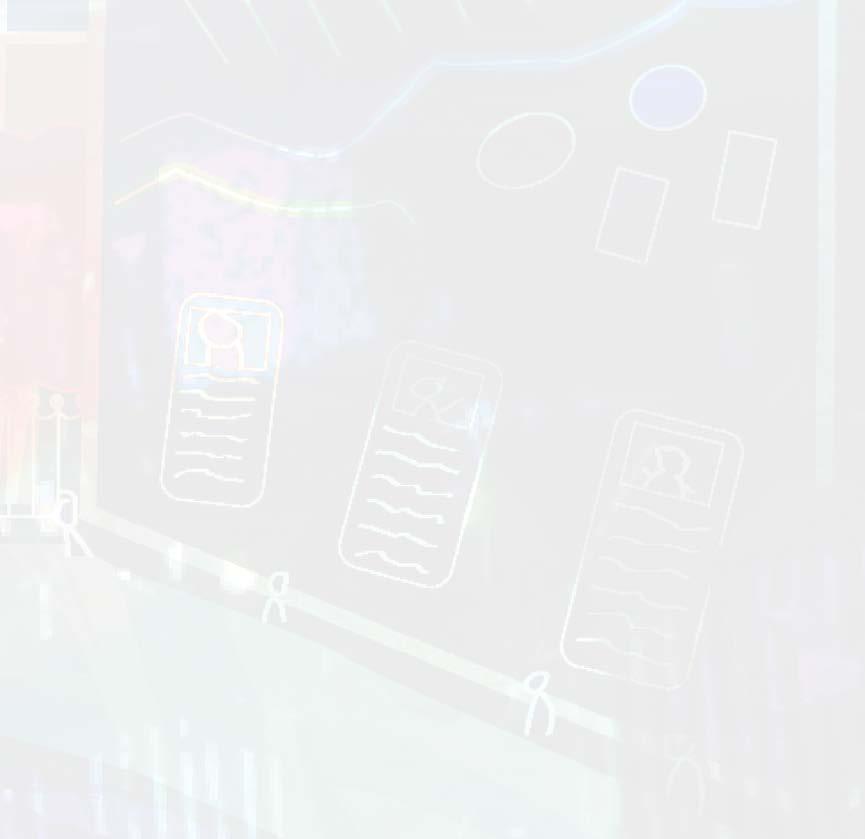

Cultural institutions have been at the nexus of many conversations about their role in appropriation, extraction, and gatekeeping with BIPoC communities. However, they have also been described as conduits for cultural exchange, preservation, and educational incubators that spark conversation, inspire calls for action, and provide artists with platforms for creativity and expression.
Through a blend of interviews, case studies, design sprints, and collaborative projects, join Miguel in exploring how space activation can encourage and foster stronger and healthier collaborations between BIPoC artists and cultural institutions in Portland, and what it can look like through design justice and participatory frameworks.



